Author: Mr A
Location: Noosaville, Noosa River, Queensland
Thursday: We left Tin Can Bay to drive down to Coolum and drop our van off at Zone for a service. I was reflecting on how well things had gone as we approach the final leg of this trip….Lo and behold, a logging truck approaches on the other side of the road, and suddenly there’s a big crash as a massive stone puts a hole in our windscreen and showers Catherine and Tassie with shards of glass!
We quickly paint the broken area with nail polish lacquer to prevent the cracks spreading. A phone call to NRMA and a repair is easily organised. It could have been a lot nastier if the windscreen had totally shattered.
We arrived at Zone and ran through the job sheet of minor warranty work and service items, then left them to it and headed up to Noosa. Our friends who live there had invited us to stay with them for the weekend. Just driving along the river to their place brought back so many happy memories from our last stay here on the way up the coast back in April.
We all piled into their car and headed for lunch to one of our favourite spots in town, Belmondo’s, a deli on steroids. You can find every kind of produce here and lunch was a taste sensation after so many outback miles of fine food deprivation!
Back at Wendy and Ray’s apartment, the next treat is a quick trip out on their boat up the river. The water is pristine after weeks with no rain.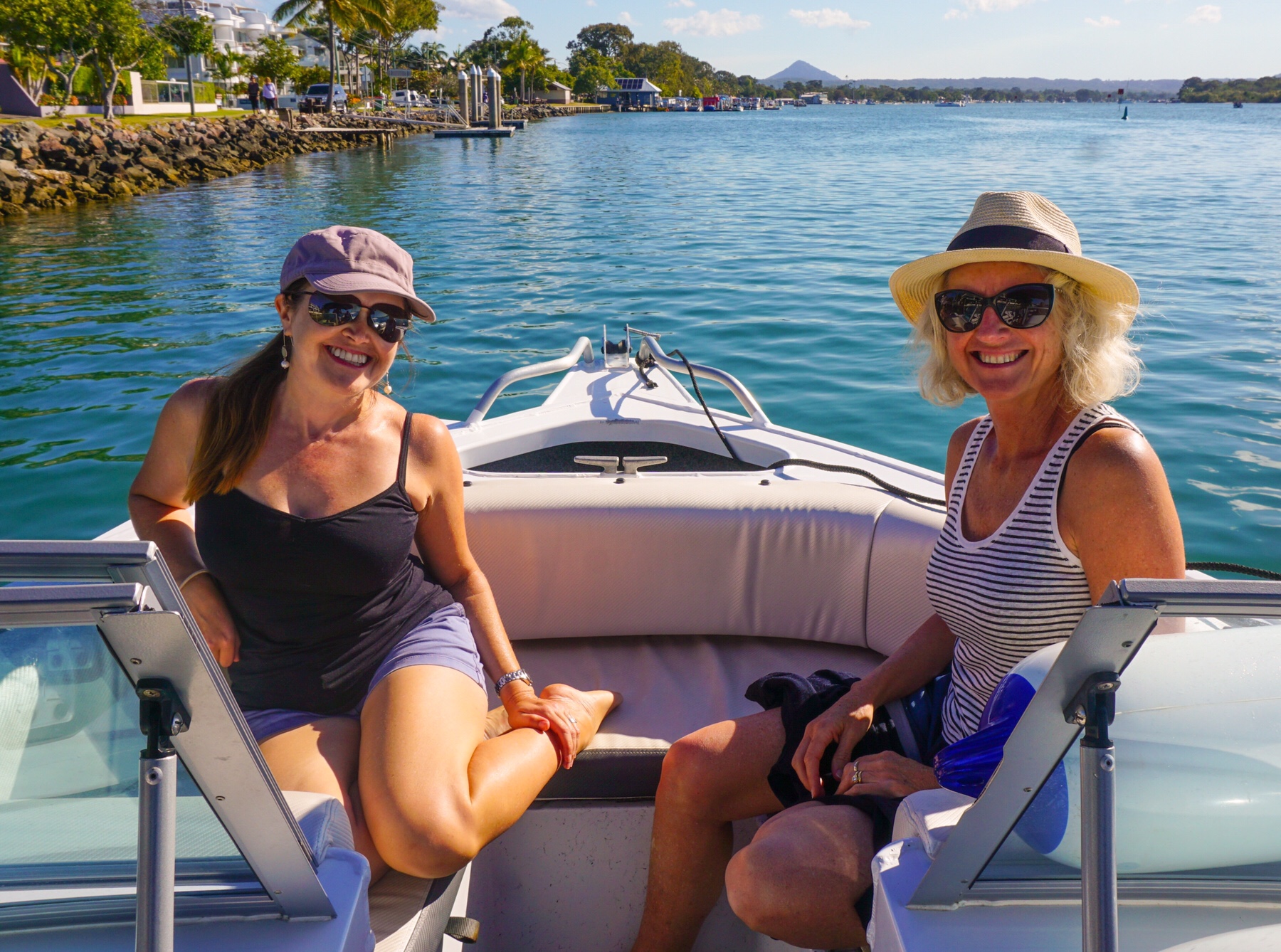

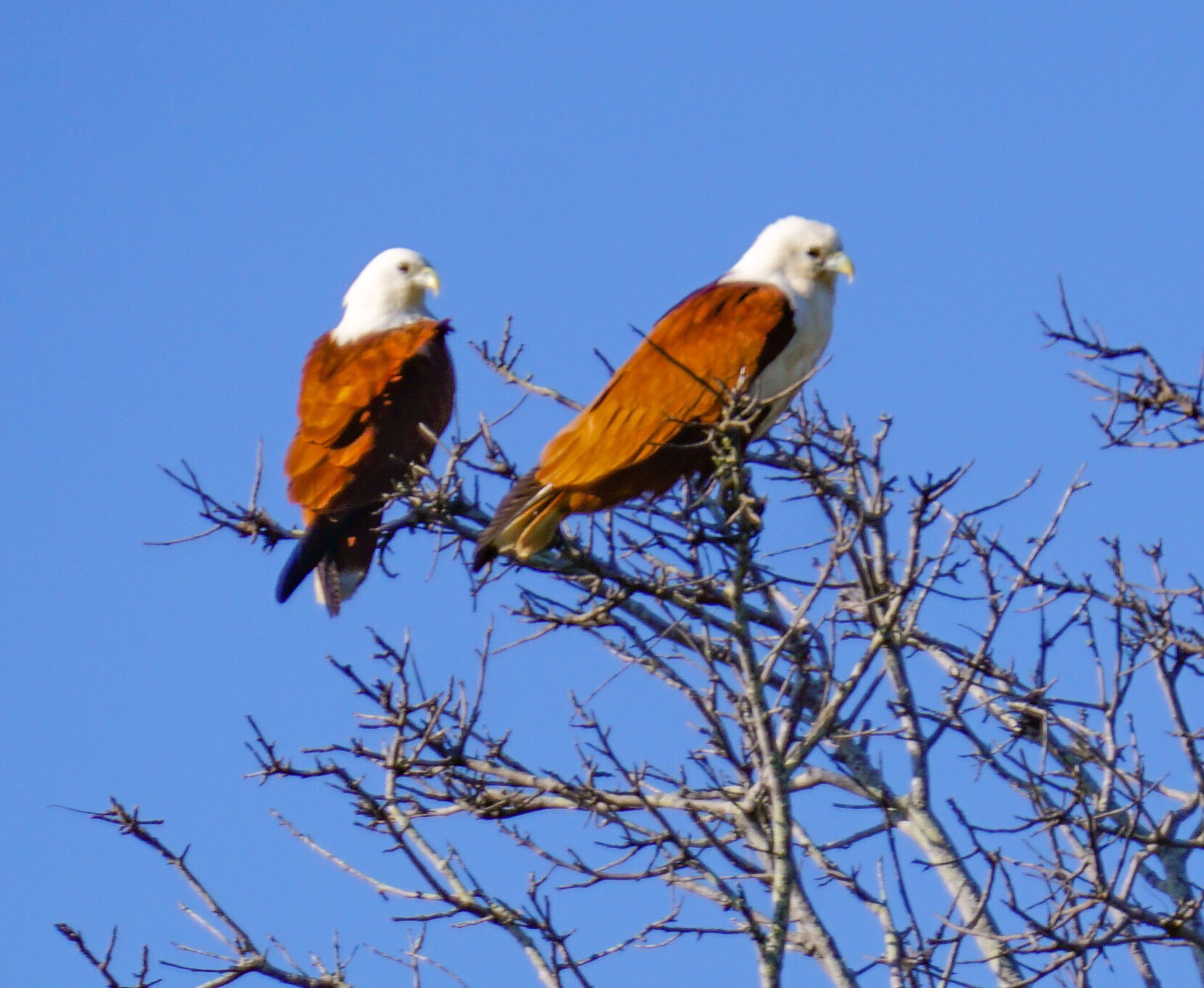
 We chat about our plan to come and rent here when we have had enough of our full time nomadic phase. It certainly is nice to be in an apartment again with endless water on tap and a toilet I don’t have to empty every morning! Tassie also approves, taking up her position on the day bed watching the non-stop action on the river.
We chat about our plan to come and rent here when we have had enough of our full time nomadic phase. It certainly is nice to be in an apartment again with endless water on tap and a toilet I don’t have to empty every morning! Tassie also approves, taking up her position on the day bed watching the non-stop action on the river.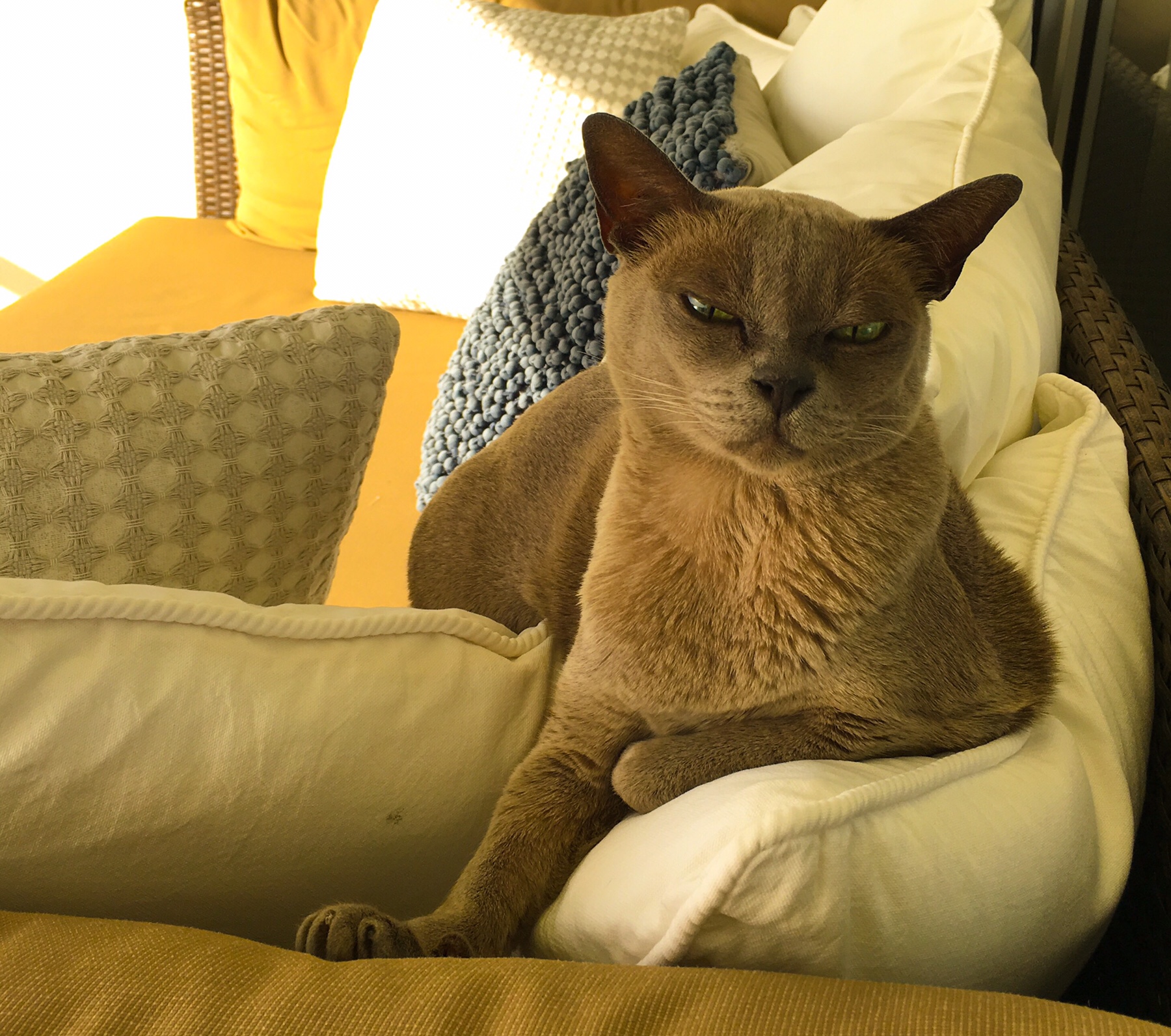
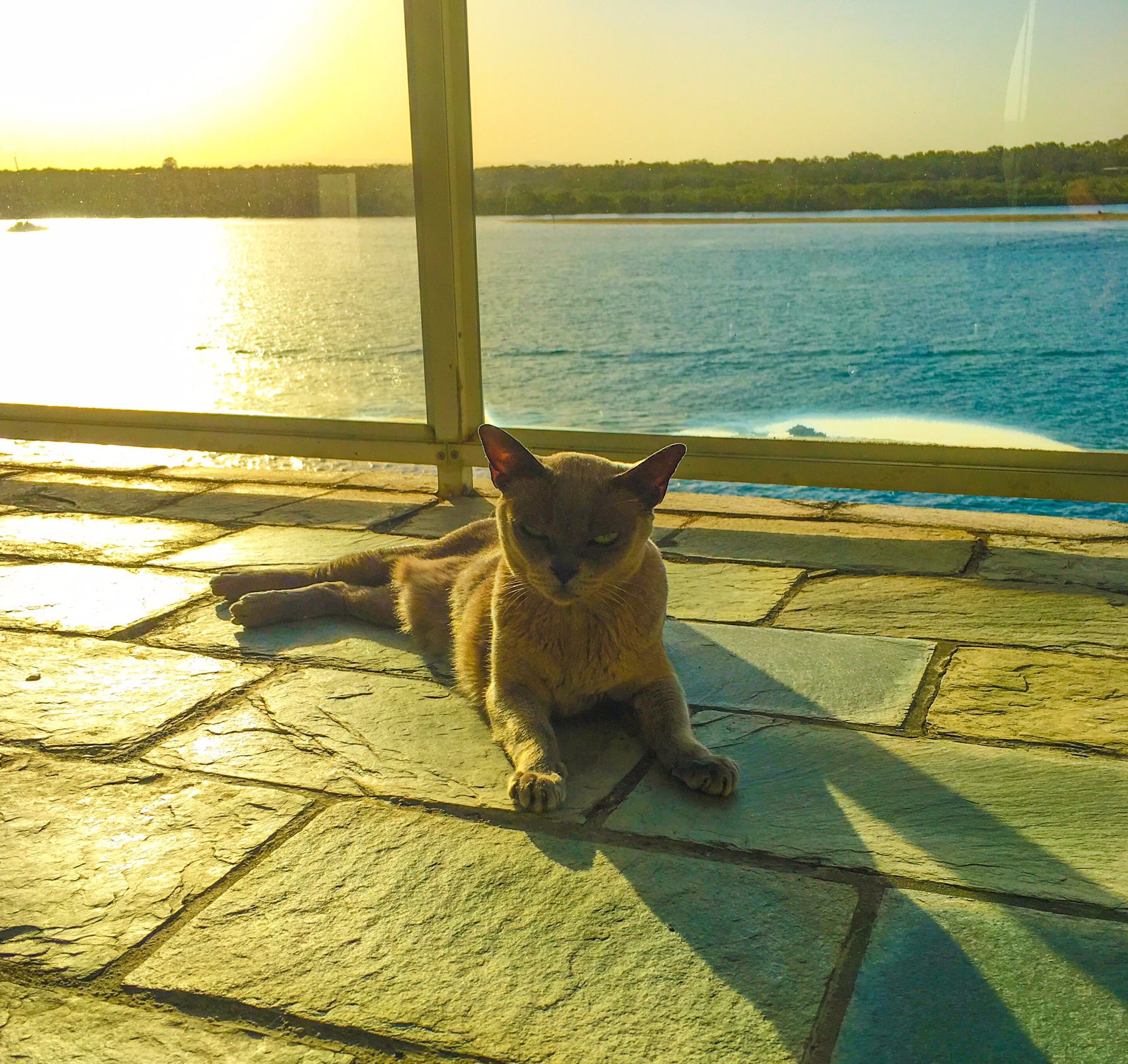 Watching the sunset turn the water to red, we both feel that we want to see this view a LOT more.
Watching the sunset turn the water to red, we both feel that we want to see this view a LOT more.
Friday: The windscreen repairer made short work of popping in a new one, and we are ready to roll. We met up with some fellow Zoners in the evening, plus Caroline and Brian, with their lovely kids, Hannah and Hamish, who we knew from Sydney before they took the plunge and moved up here. It was a great evening, and reminds us how much we miss friends being on the road and constantly travelling.
Saturday: We headed off to the Eumundi markets, we had loved them last time we visited and had some present buying to do.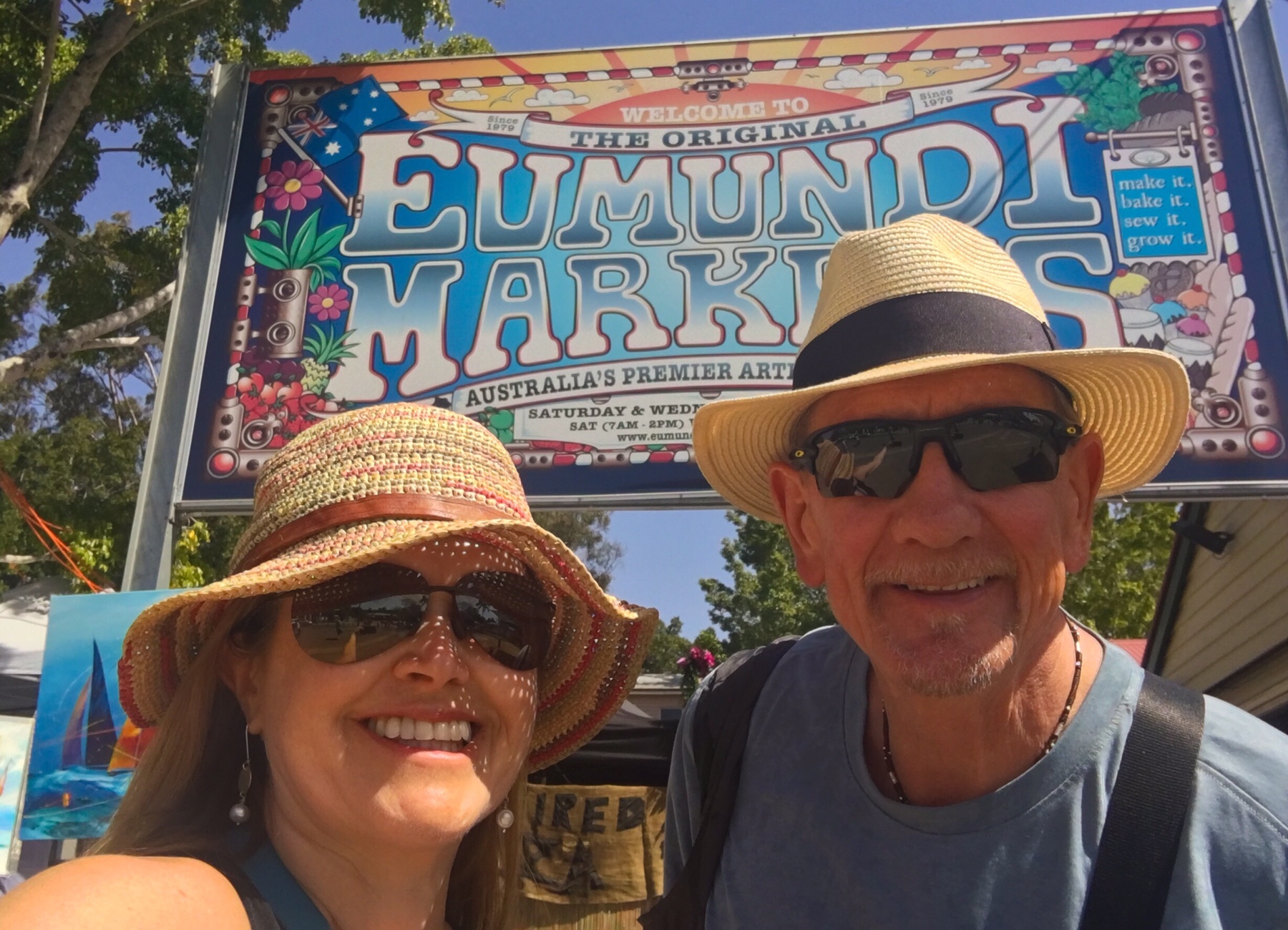
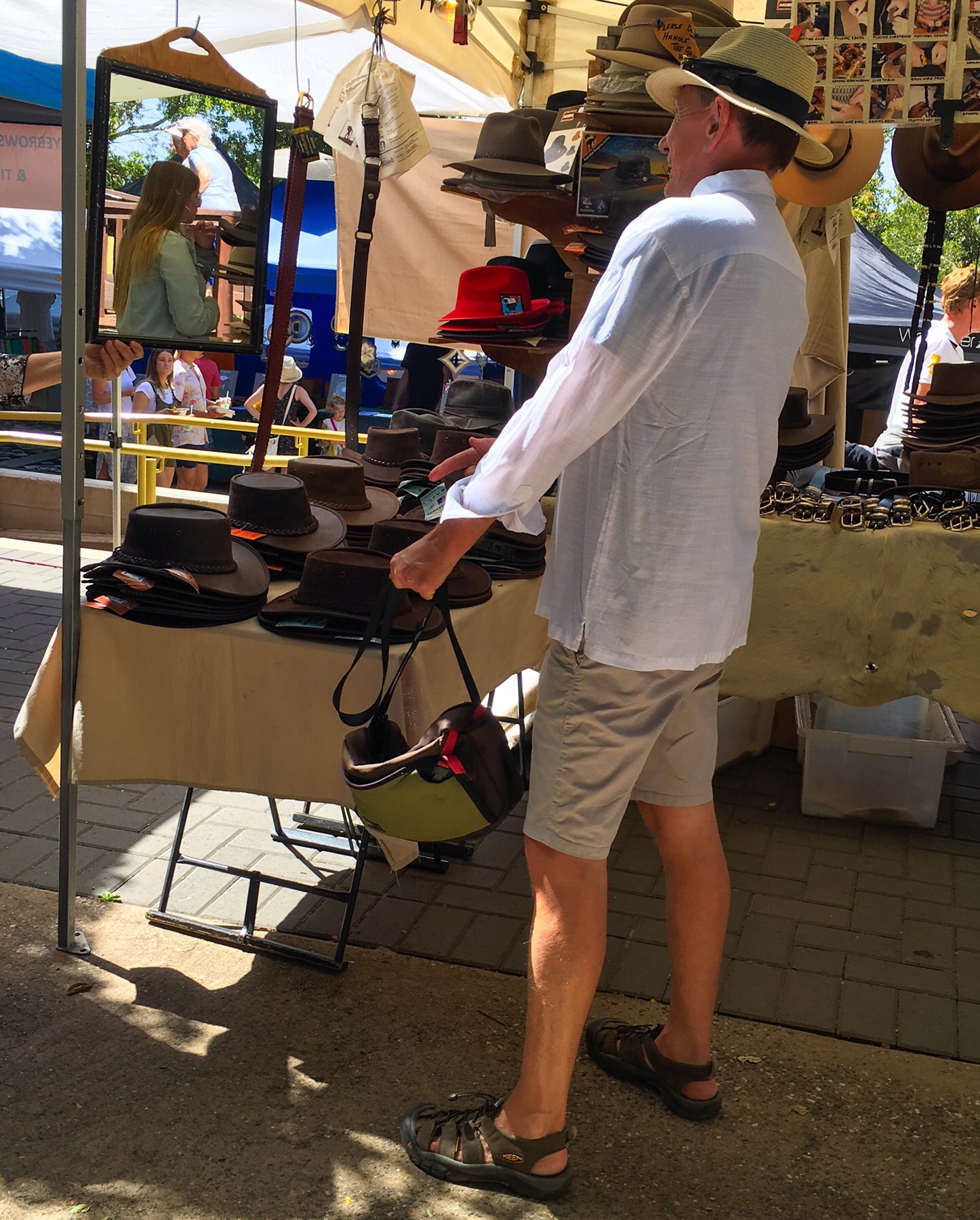 All sorts of local folk are selling their wares, or cooking up tasty treats. We could so get used to this life!
All sorts of local folk are selling their wares, or cooking up tasty treats. We could so get used to this life!
Back in Noosa we had a bit of a special dinner planned with our fabulous hosts. A new restaurant had just opened up down the road, so we gave it a whirl. What awesome food, very innovative taste combinations right from the pre-dinner coacktails. I had a cheeky little number containing bourbon, Shiraz (yes!) sugar and lemon. Delicious – check out YoYo next time you’re up this way.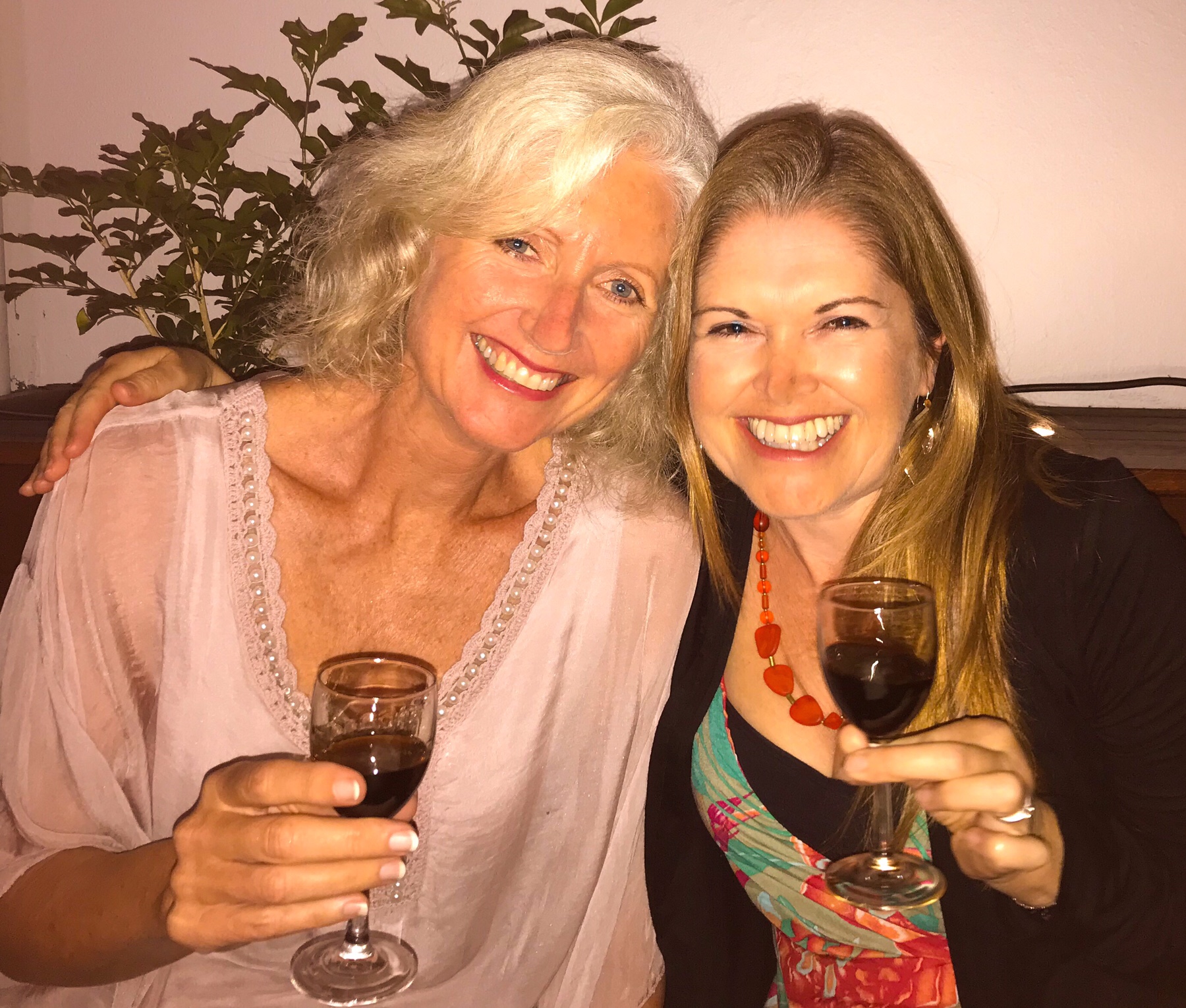 Sunday: A little worse for wear this morning, it was market time again – this time at the local Noosa farmers market. It seems the whole town turns out to buy their weekly fruit and veg, so you can see it is a bit of a social catch up as well. The food we buy is all just so yummy. Fresh olives with flavours that just leap out at you. Nitrate free bacon. Oranges and apples that are bursting with juice.
Sunday: A little worse for wear this morning, it was market time again – this time at the local Noosa farmers market. It seems the whole town turns out to buy their weekly fruit and veg, so you can see it is a bit of a social catch up as well. The food we buy is all just so yummy. Fresh olives with flavours that just leap out at you. Nitrate free bacon. Oranges and apples that are bursting with juice.
Our hosts again take us out on their boat and we pull up onto the white sand at the mouth of the river and wander down the beach. It’s just simply the most beautiful lifestyle I can imagine.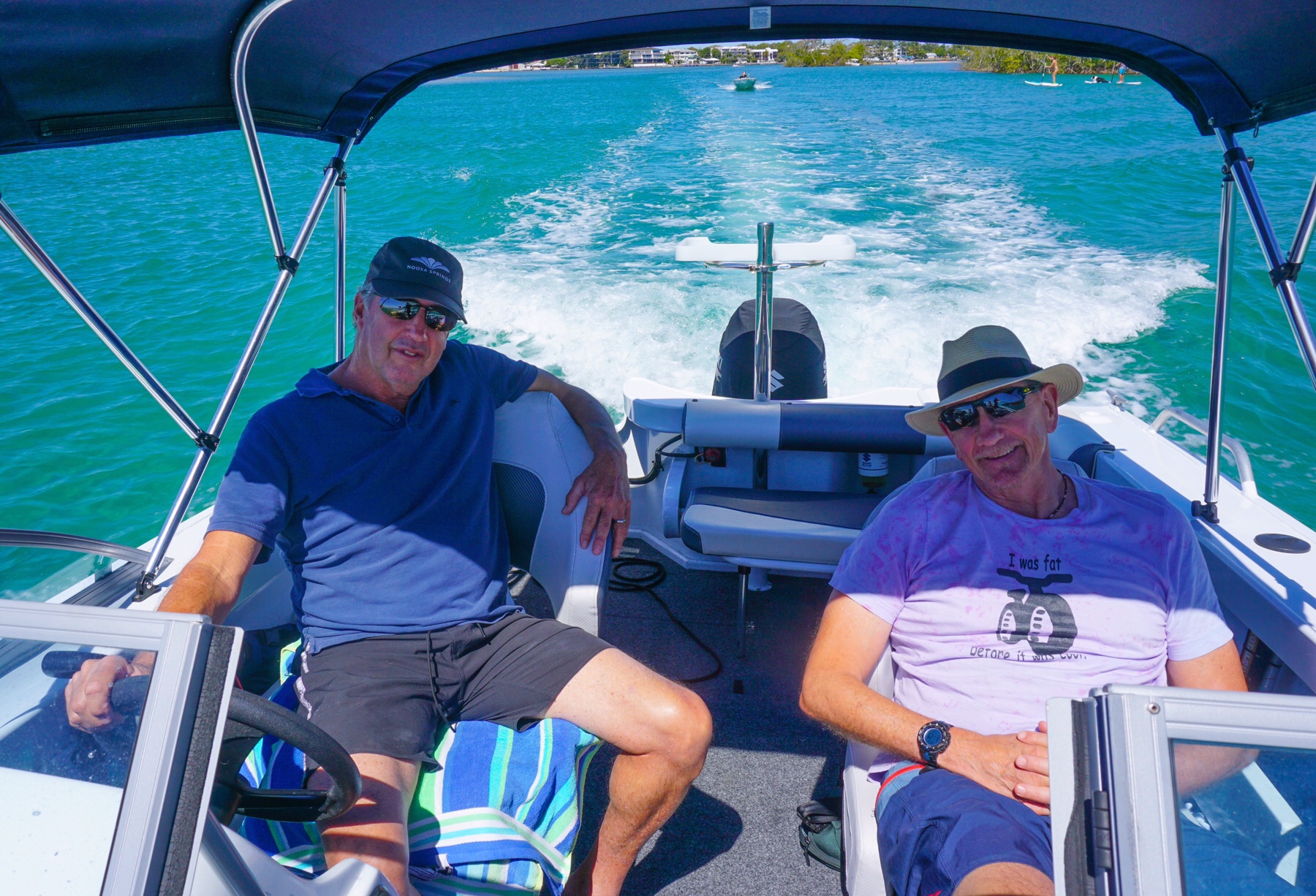
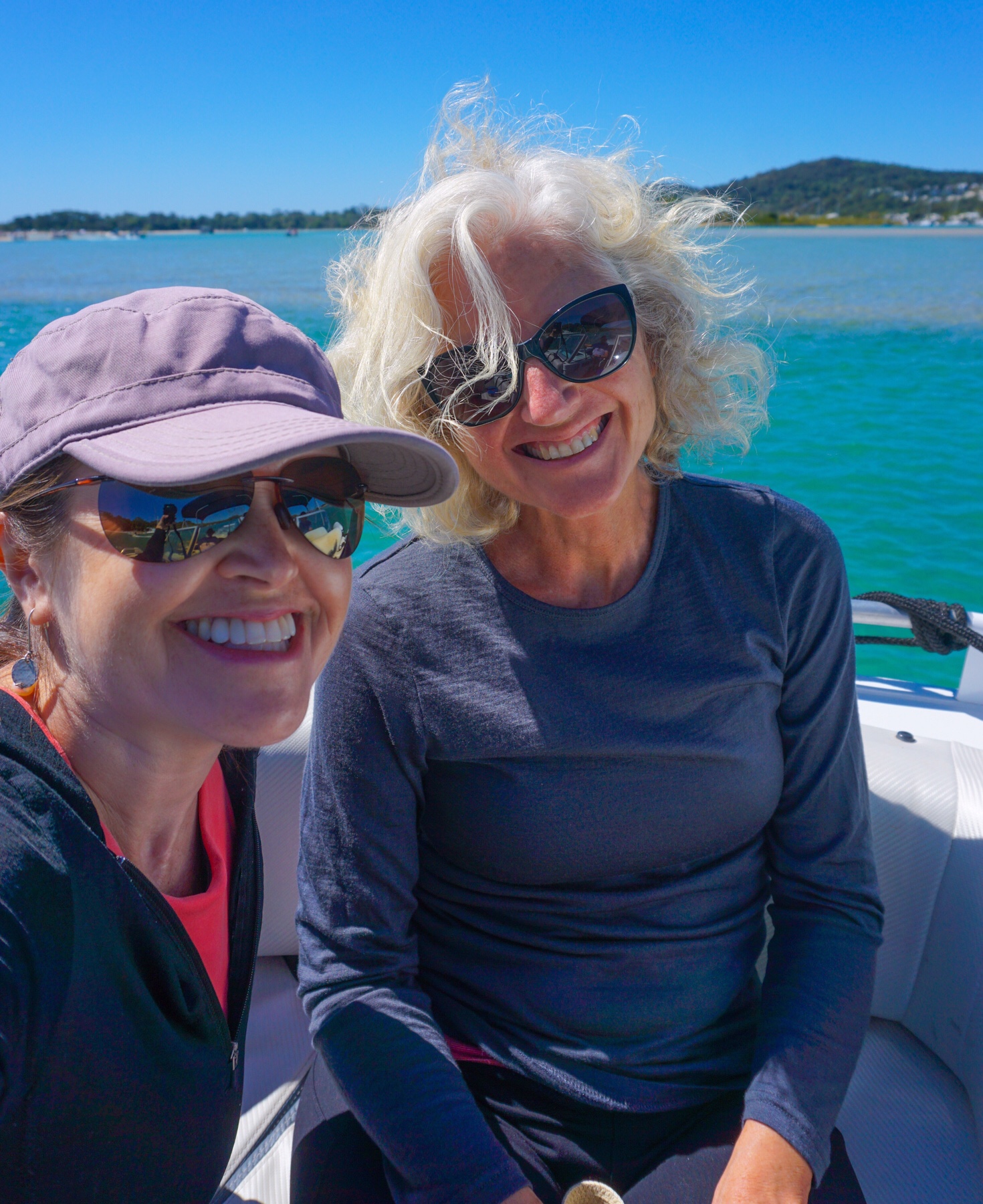
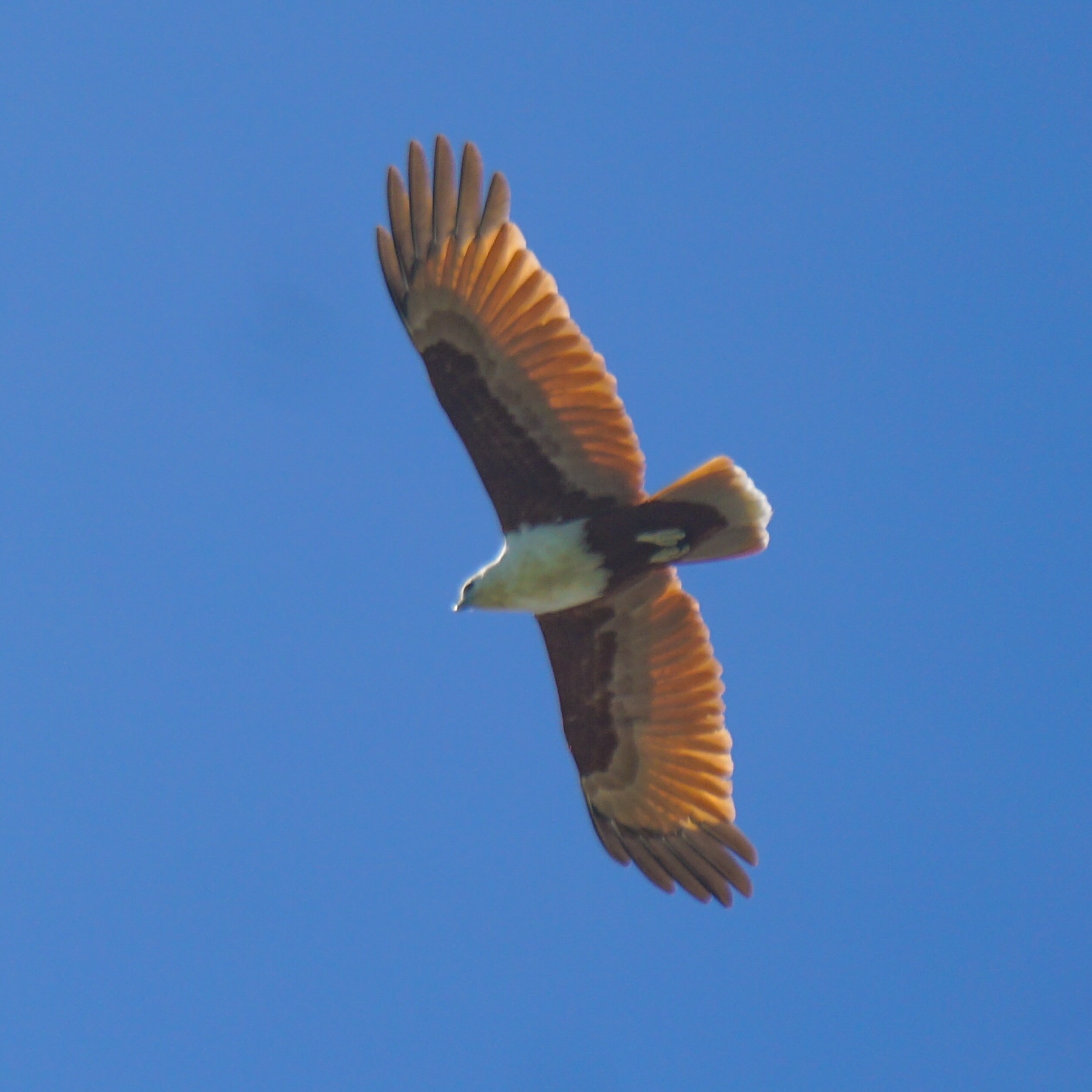
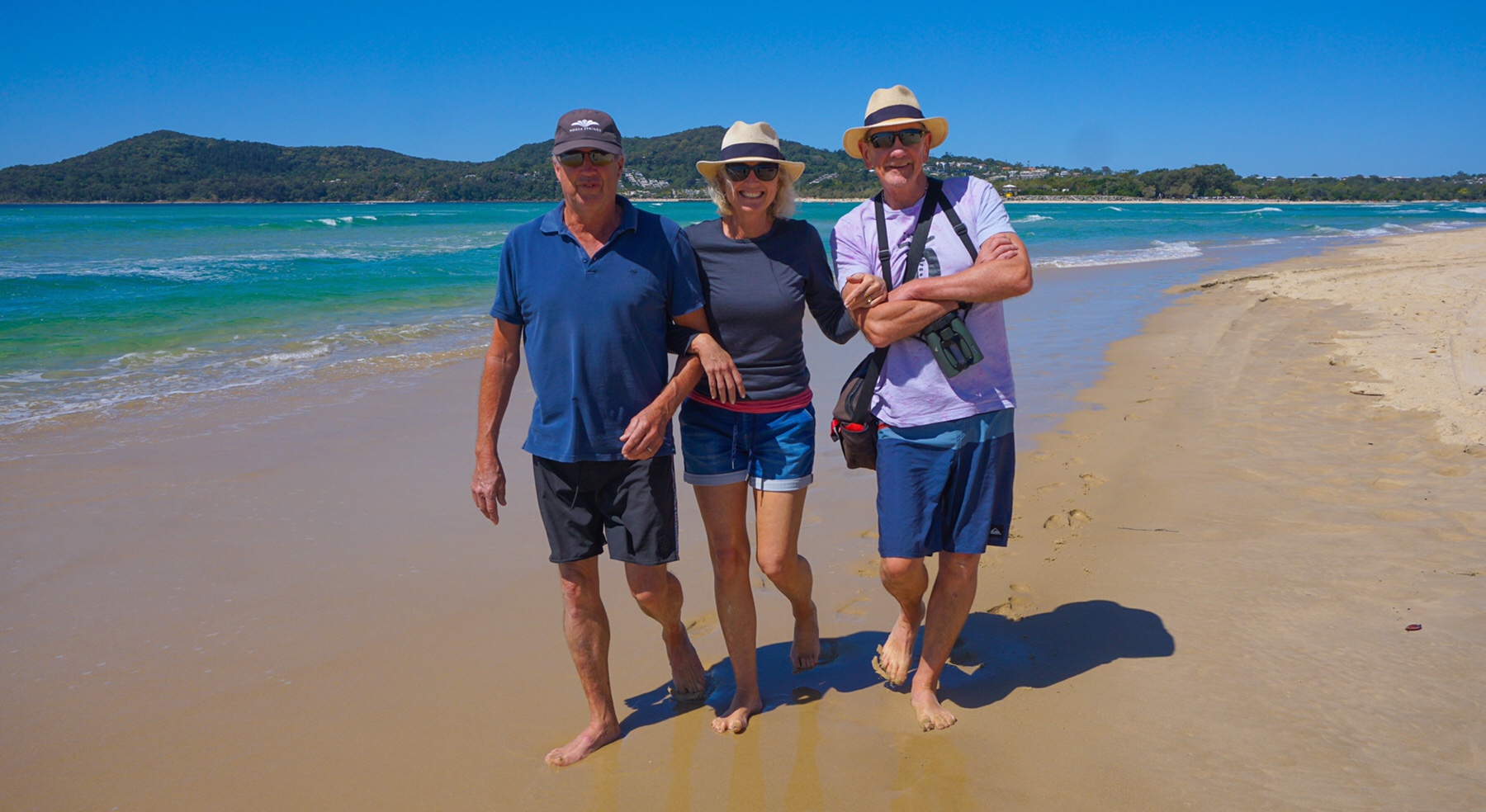
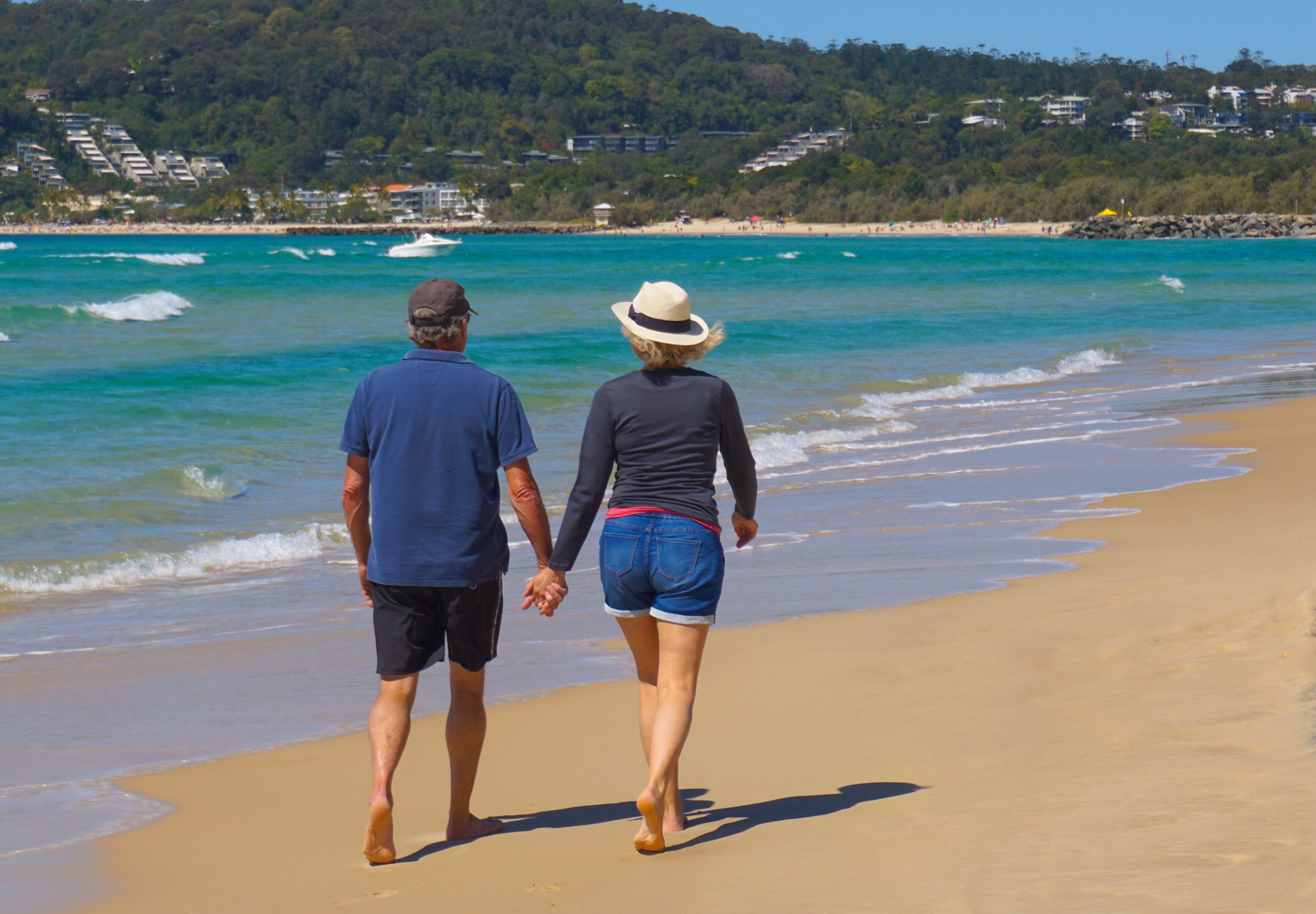
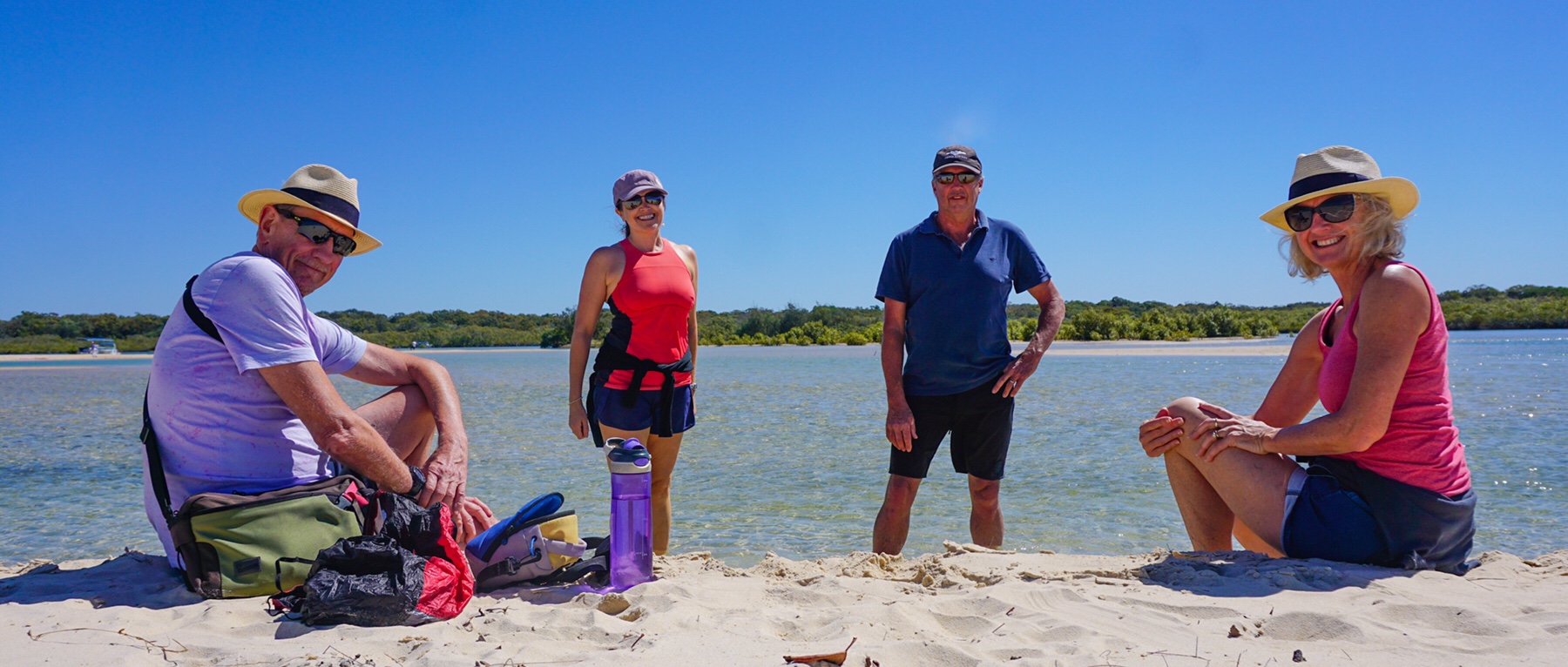 We come back and pile into the fresh produce for lunch.
We come back and pile into the fresh produce for lunch.
No wonder everyone we meet here is so friendly and jolly. Yes, its an expensive area to live in compared to other parts of Queensland, but if you can afford it why wouldn’t you try it? It will be interesting to be here through the hot and muggy three months of summer though. Let’s see…
To finish off the weekend we went to the Sunset Bar for a couple of drinks…guess why they called it that?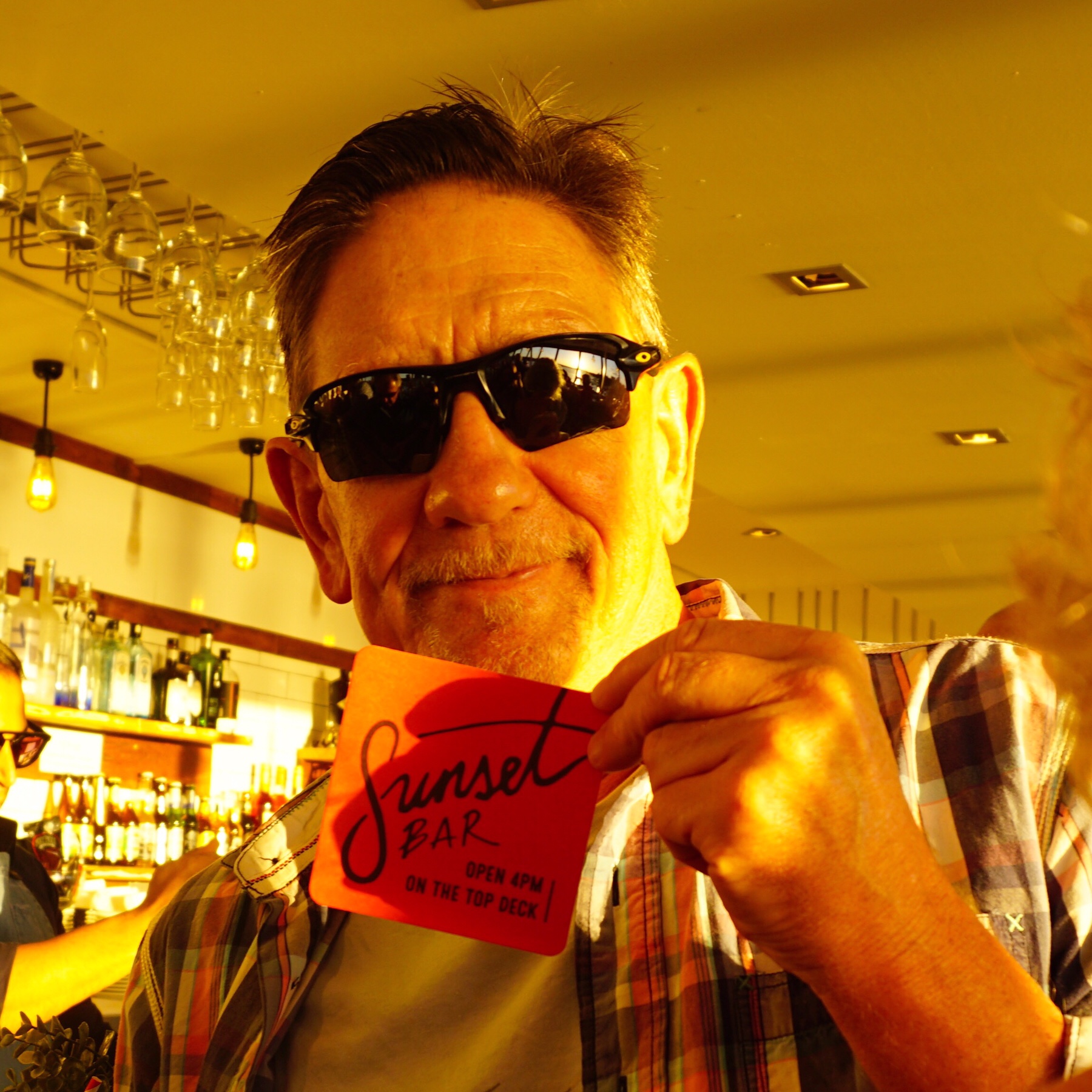
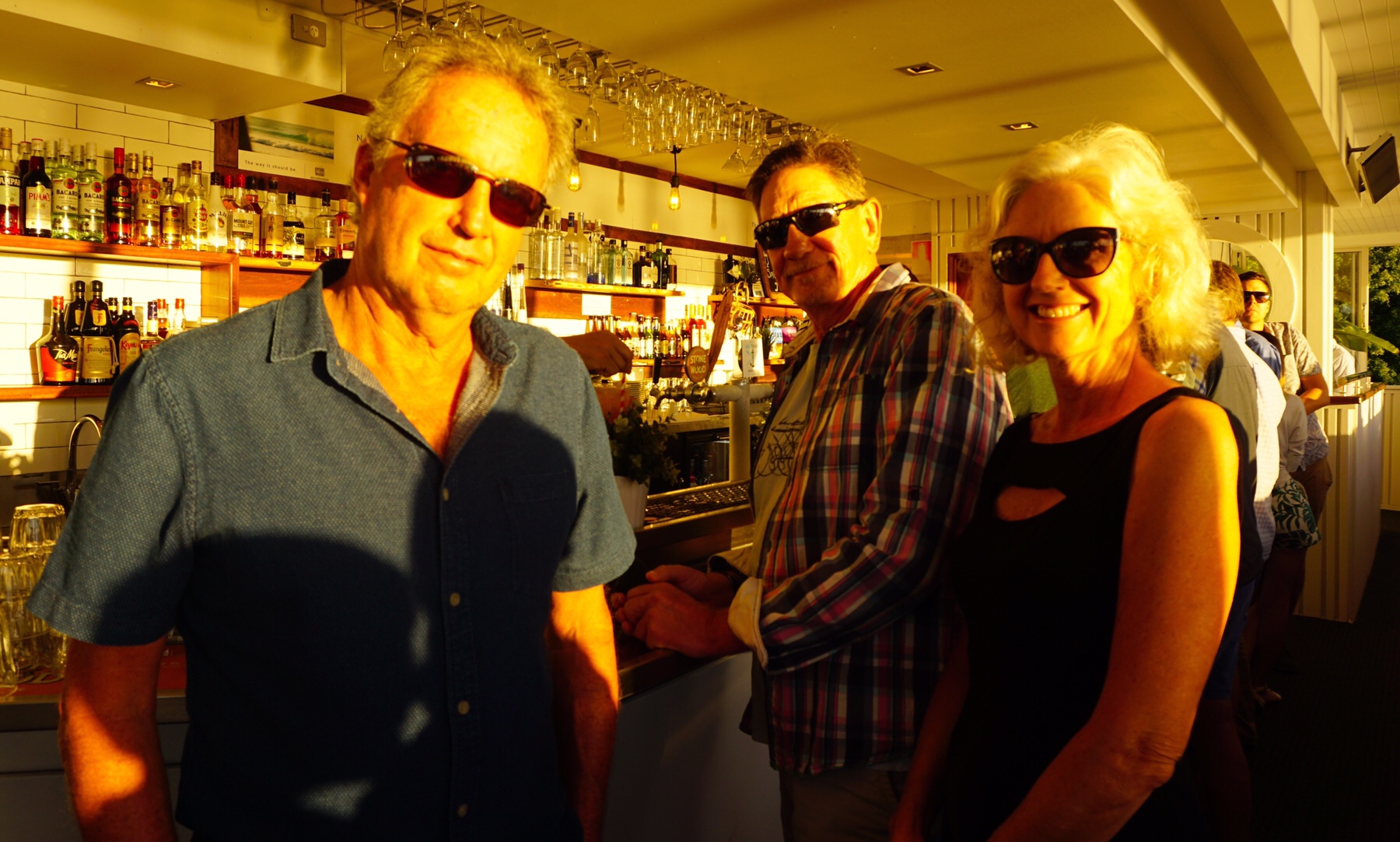
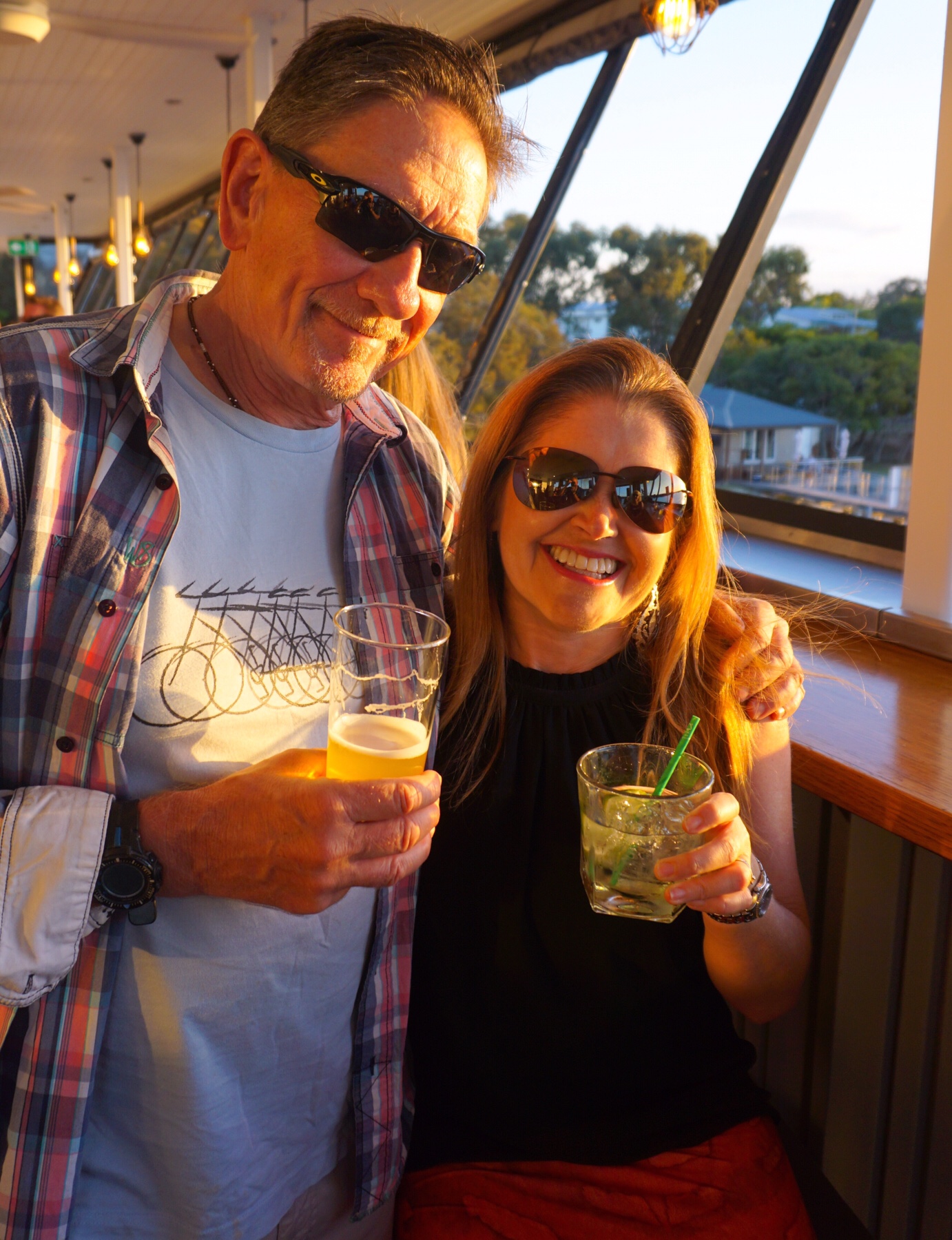
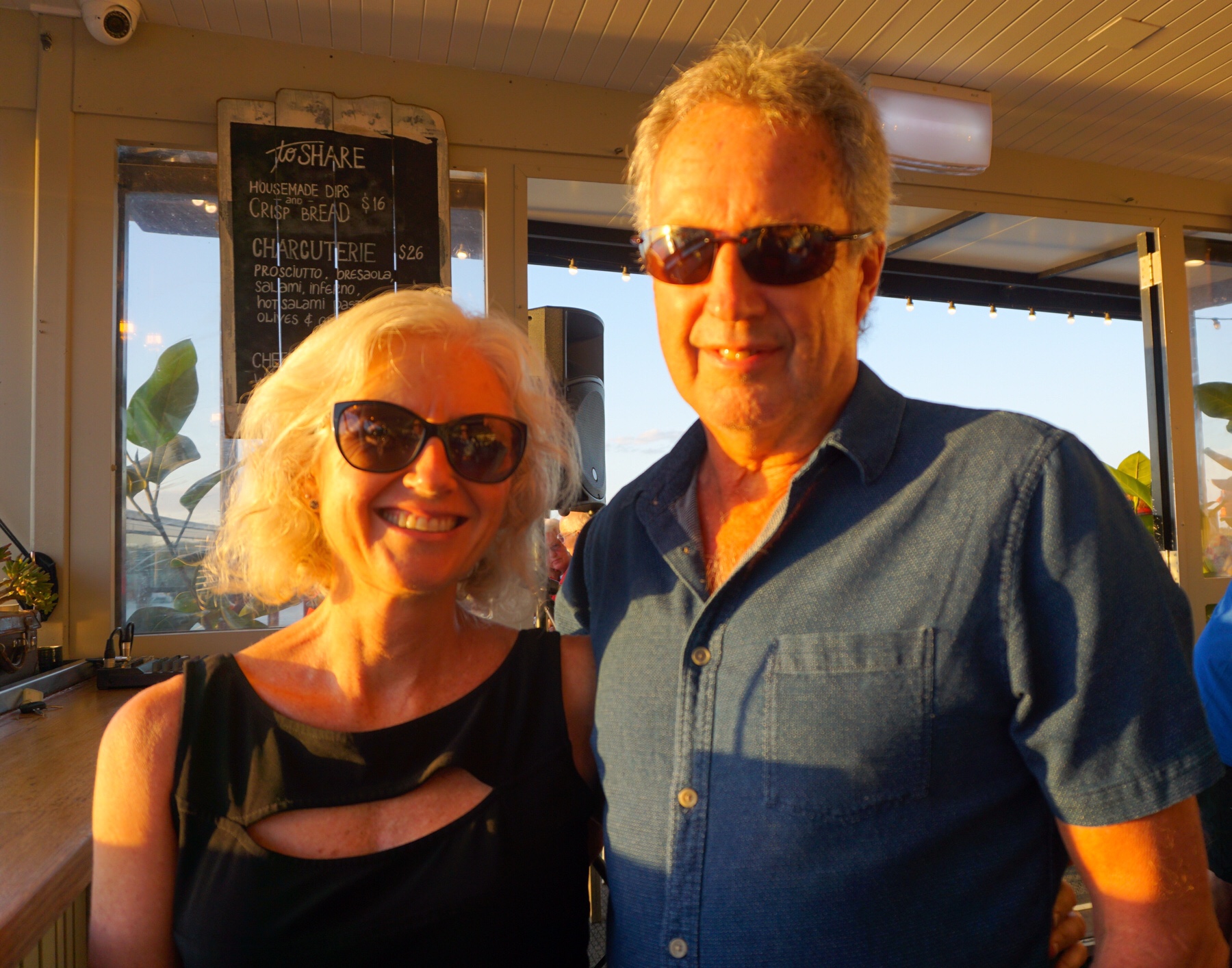 What a view. Great beer on tap, free live music, good bar service. I could enjoy making this a regular Sunday night catch up spot with friends!
What a view. Great beer on tap, free live music, good bar service. I could enjoy making this a regular Sunday night catch up spot with friends!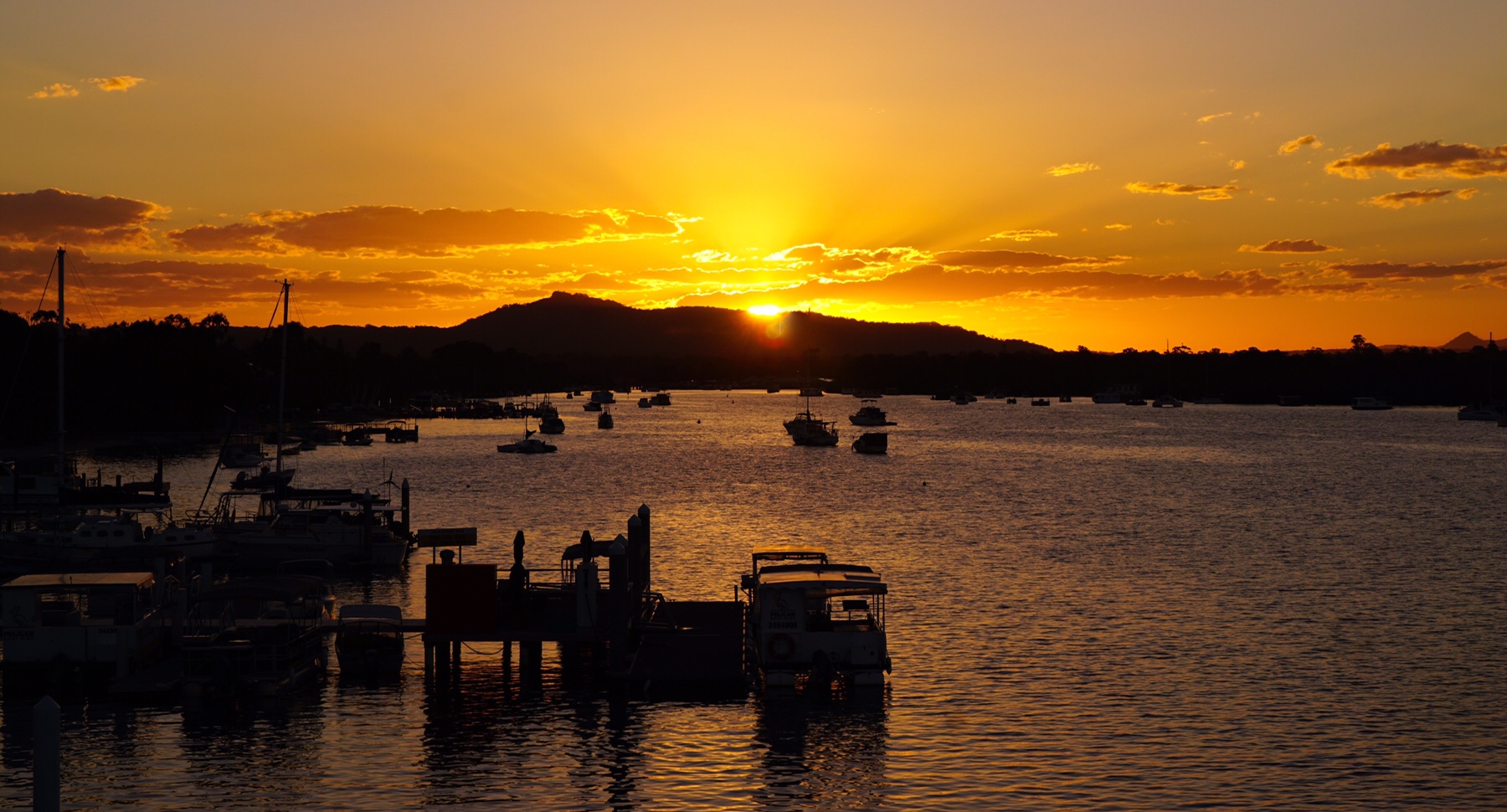
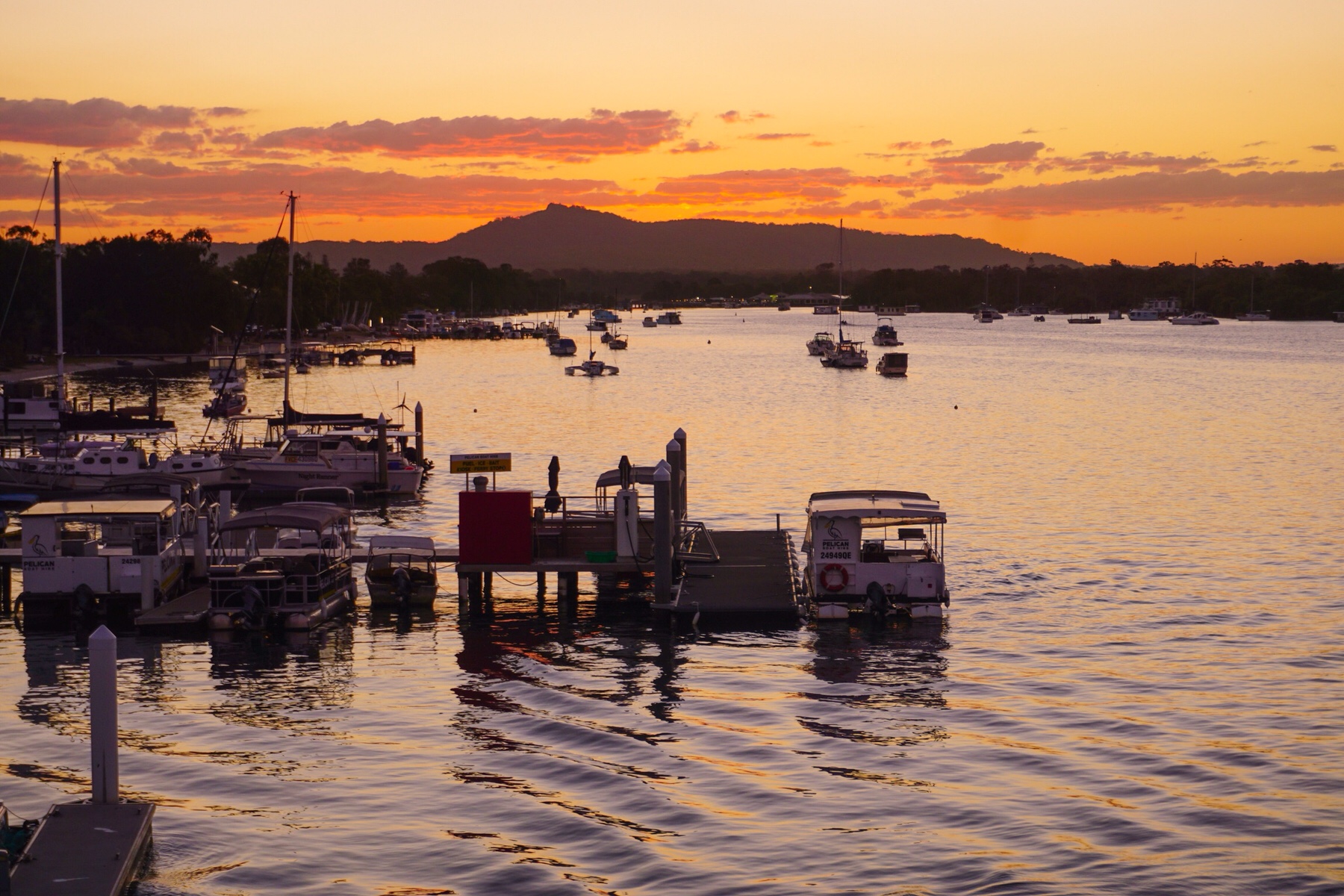
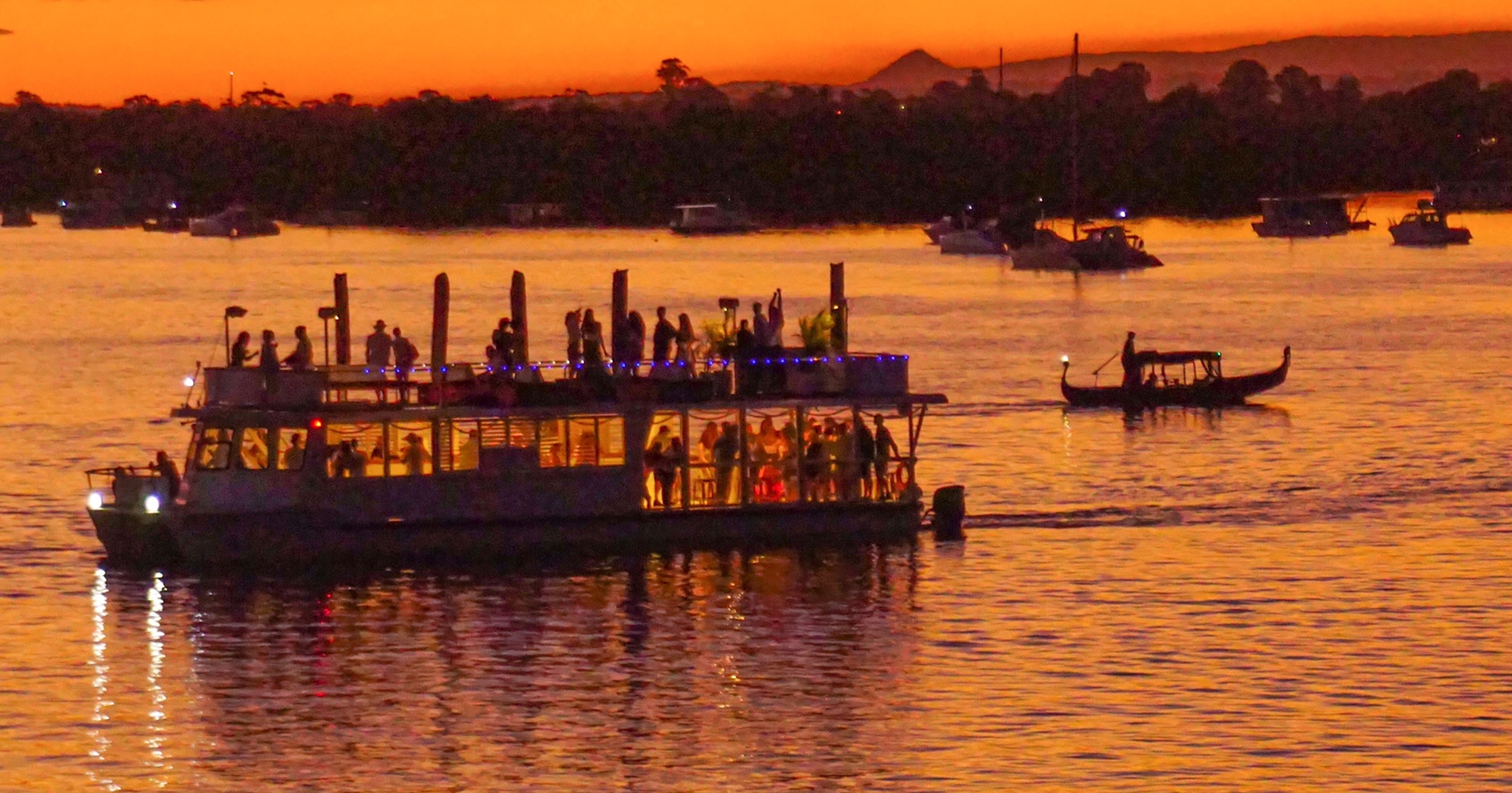
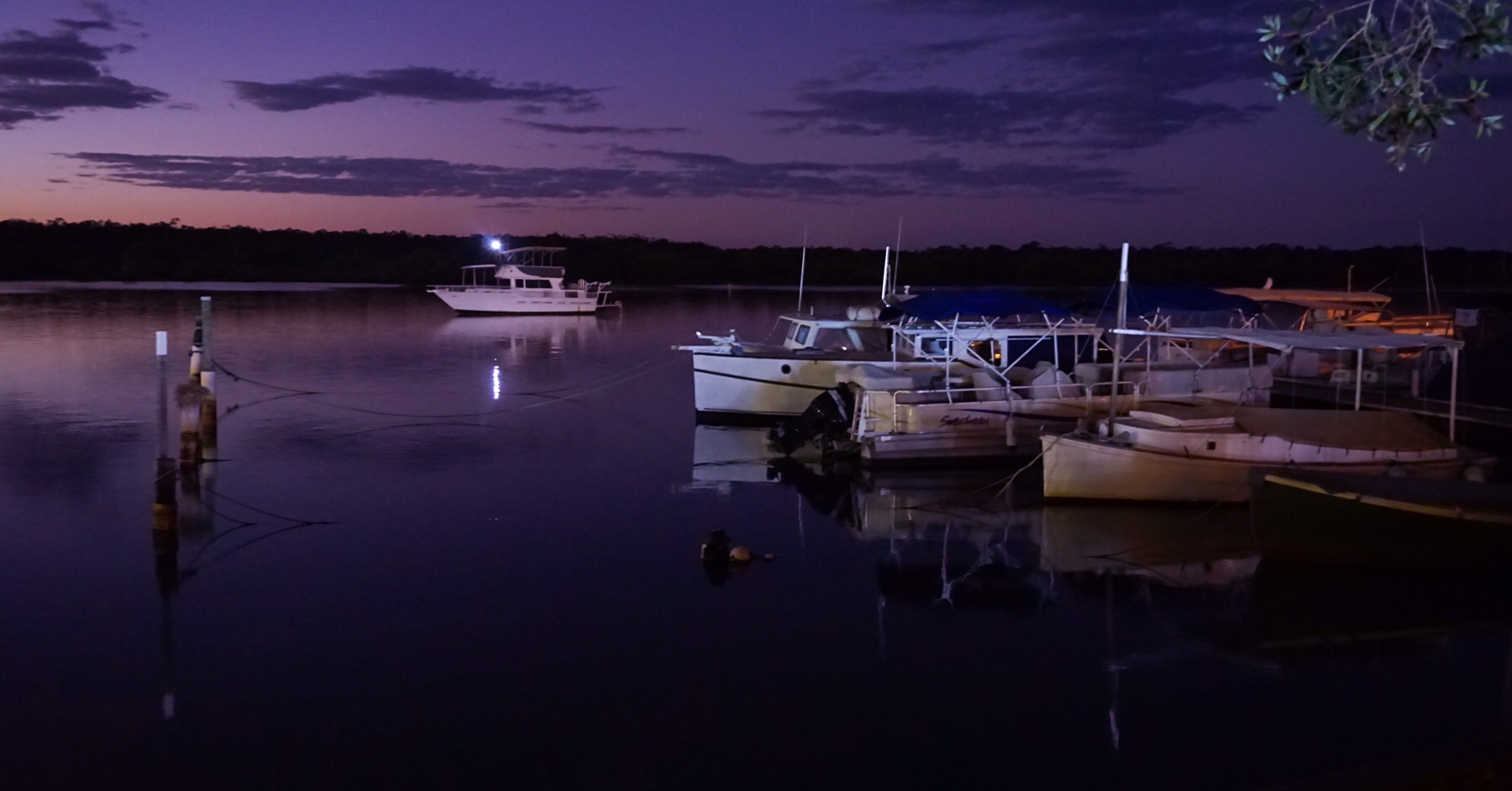

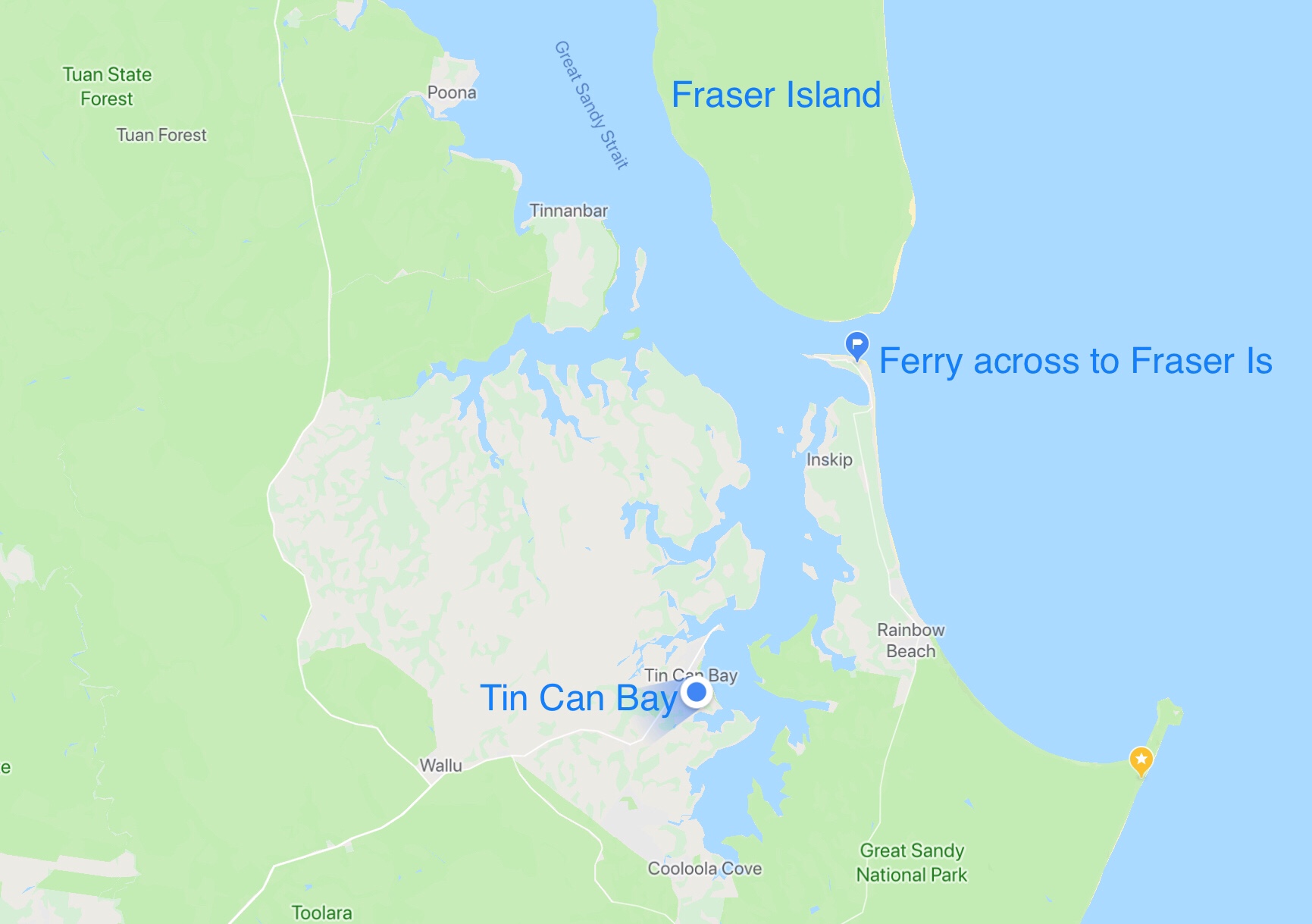
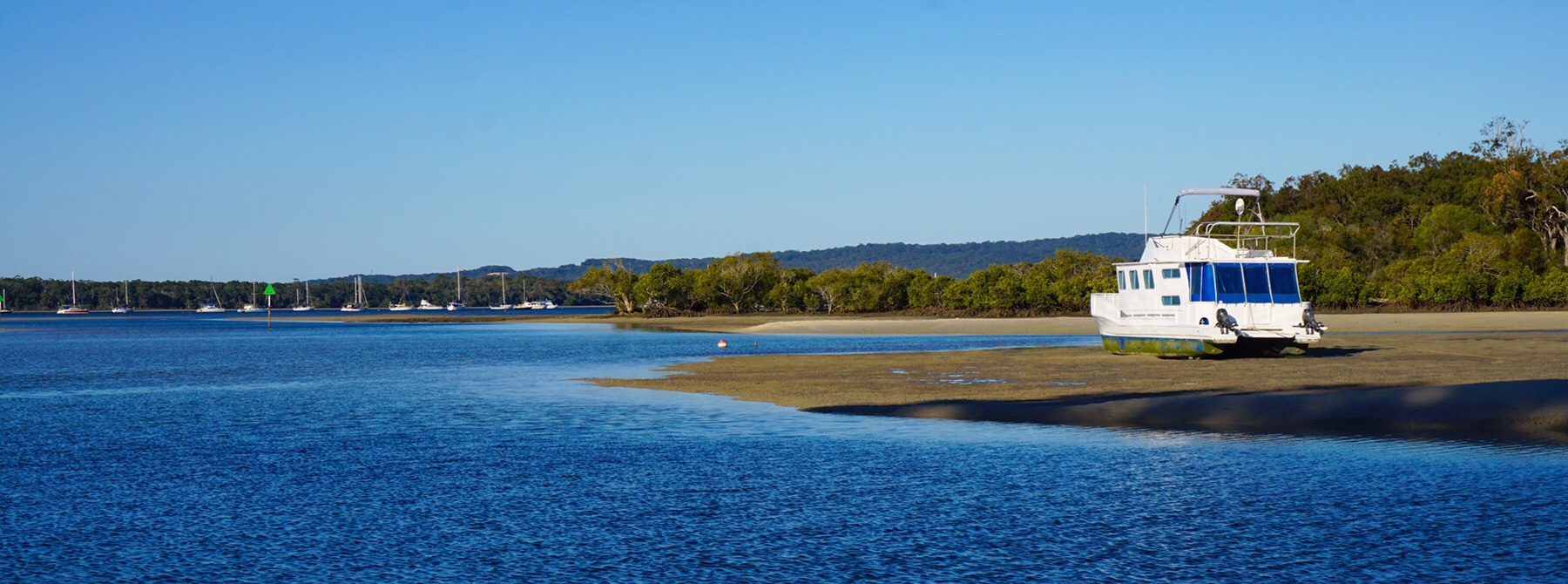
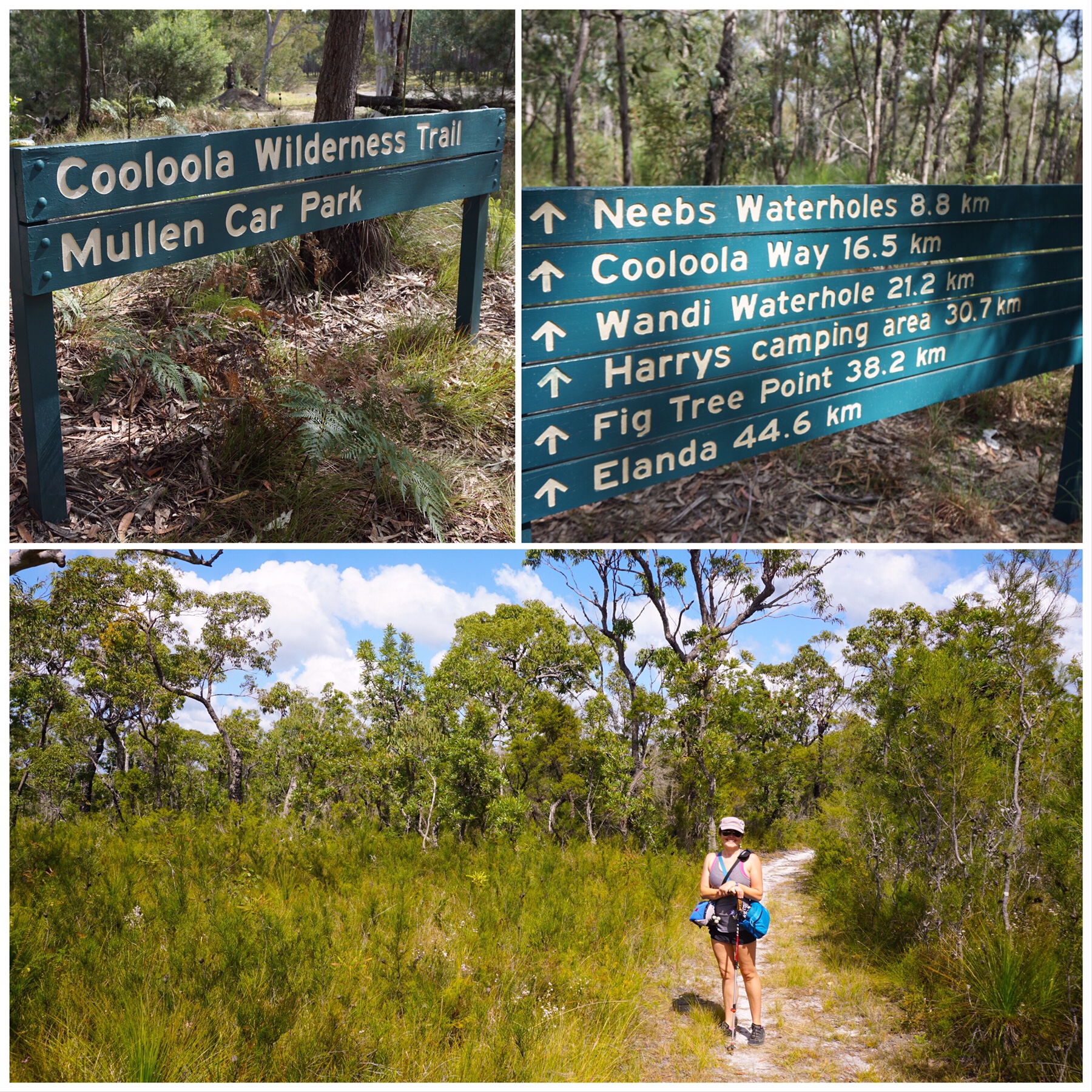 And what a beautiful walk it is. We are days away from the offical start of spring here (1st September) but the wildflowers were out in abundance.
And what a beautiful walk it is. We are days away from the offical start of spring here (1st September) but the wildflowers were out in abundance.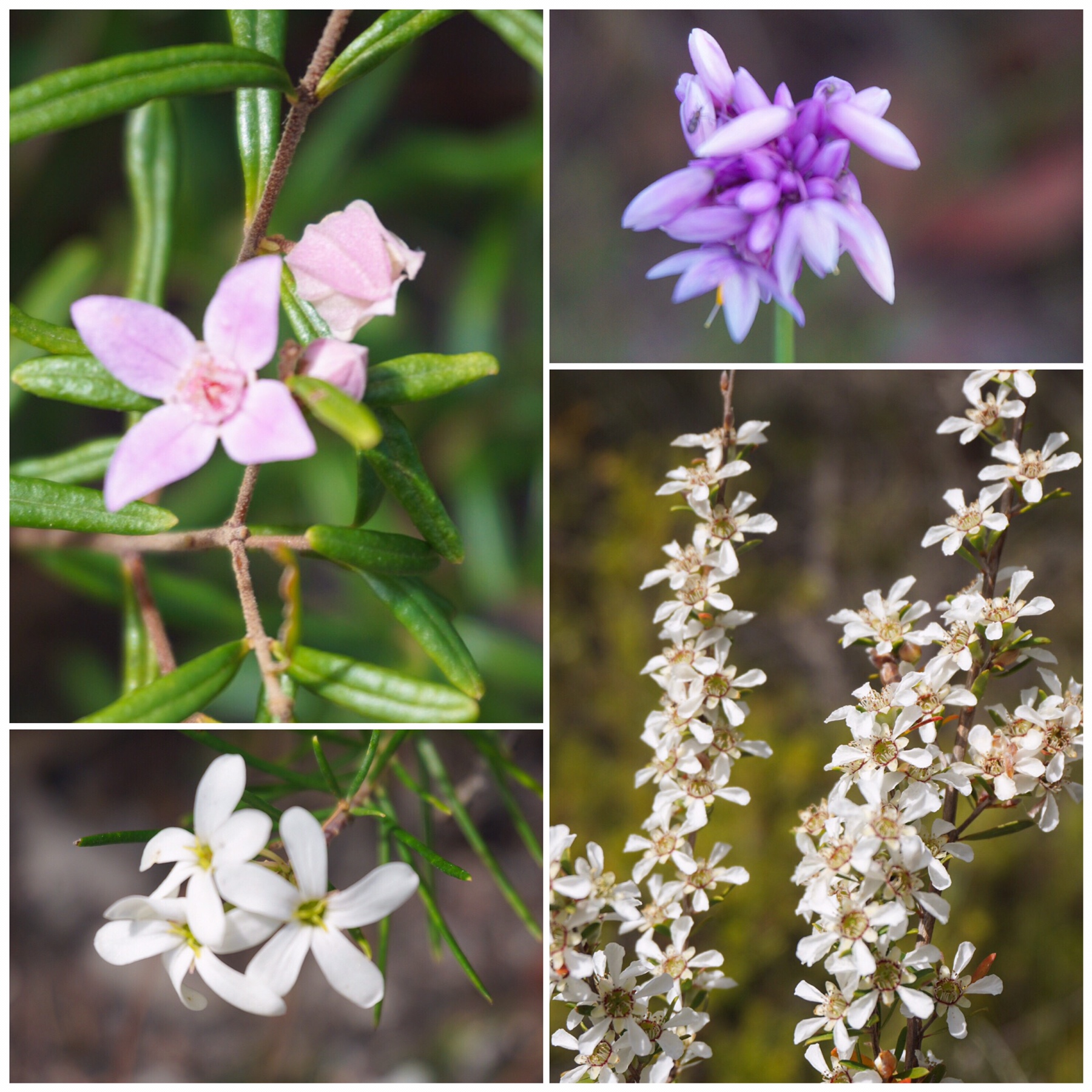 Several varieties of boronia, teatree, bottlebrush, peas, heath, eucalypts and more brightened our pathway, accompanied by the rhythmic hum of insects feeding on the nectar. It really was good for the soul and reminded us how much we love bush walking at this time of year.
Several varieties of boronia, teatree, bottlebrush, peas, heath, eucalypts and more brightened our pathway, accompanied by the rhythmic hum of insects feeding on the nectar. It really was good for the soul and reminded us how much we love bush walking at this time of year.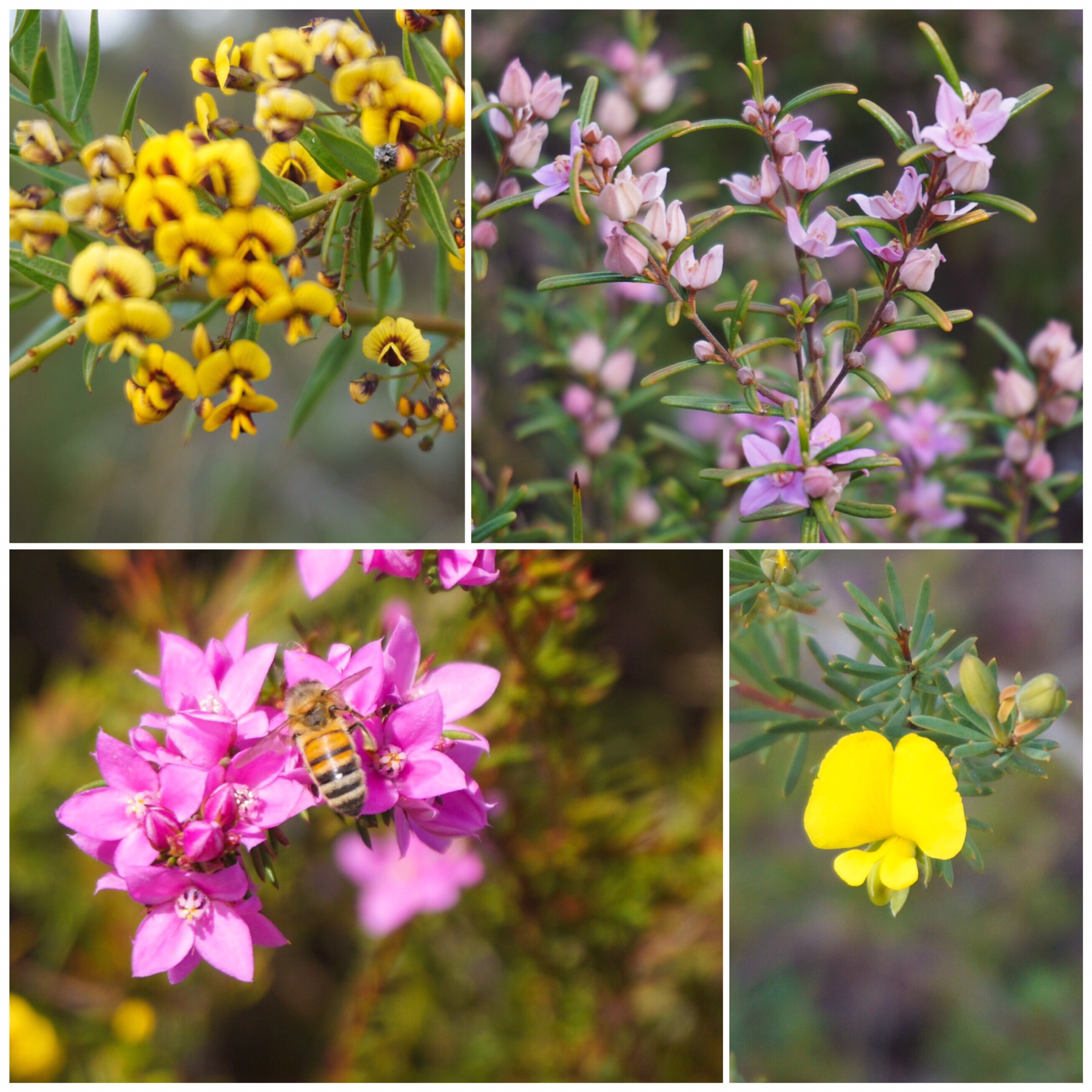
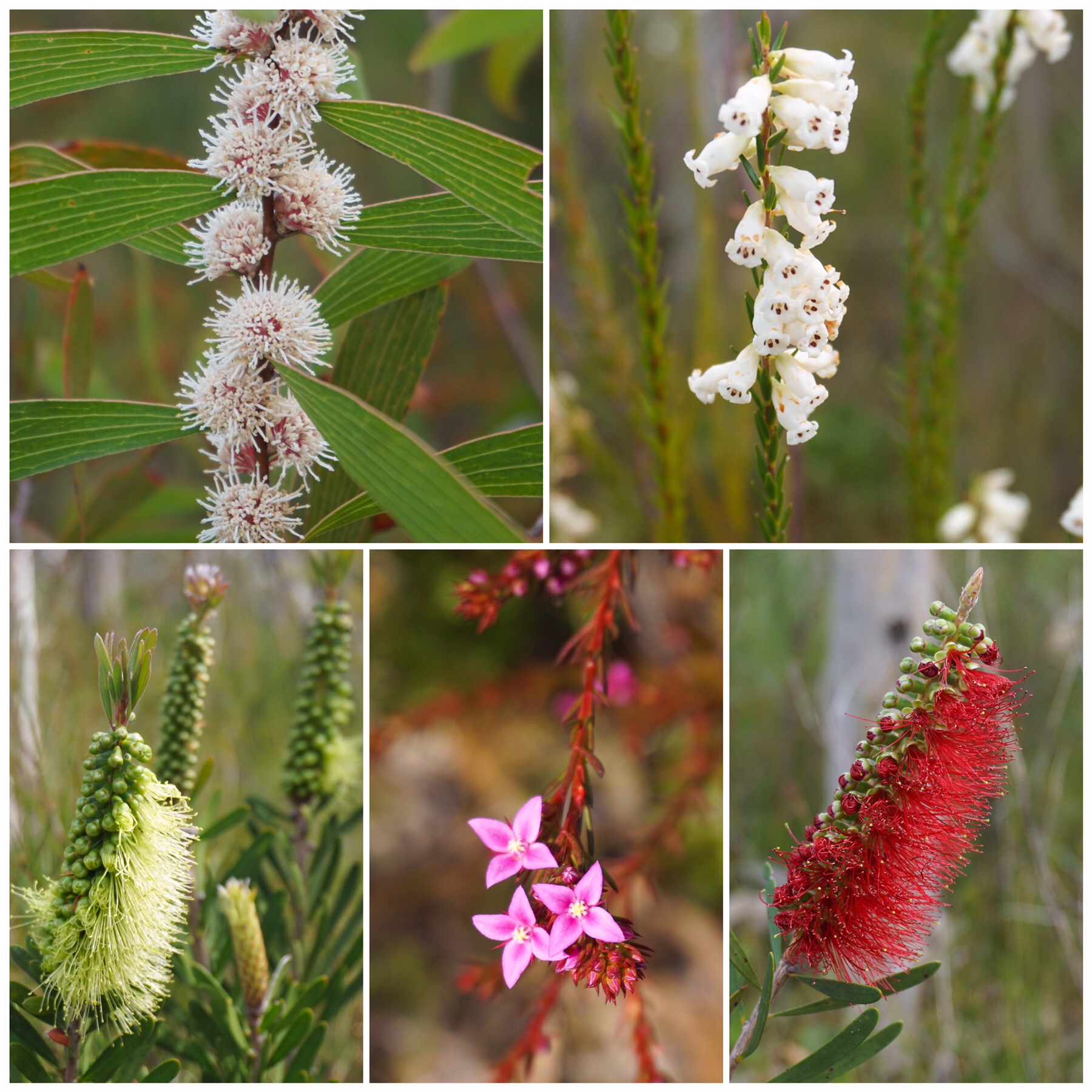 The pathway was well marked and predominantly white sand or grass, very easy walking with a couple of water crossings along the way. The landscape was quite open with good views to the east, across to the Great Sandy National Park.
The pathway was well marked and predominantly white sand or grass, very easy walking with a couple of water crossings along the way. The landscape was quite open with good views to the east, across to the Great Sandy National Park.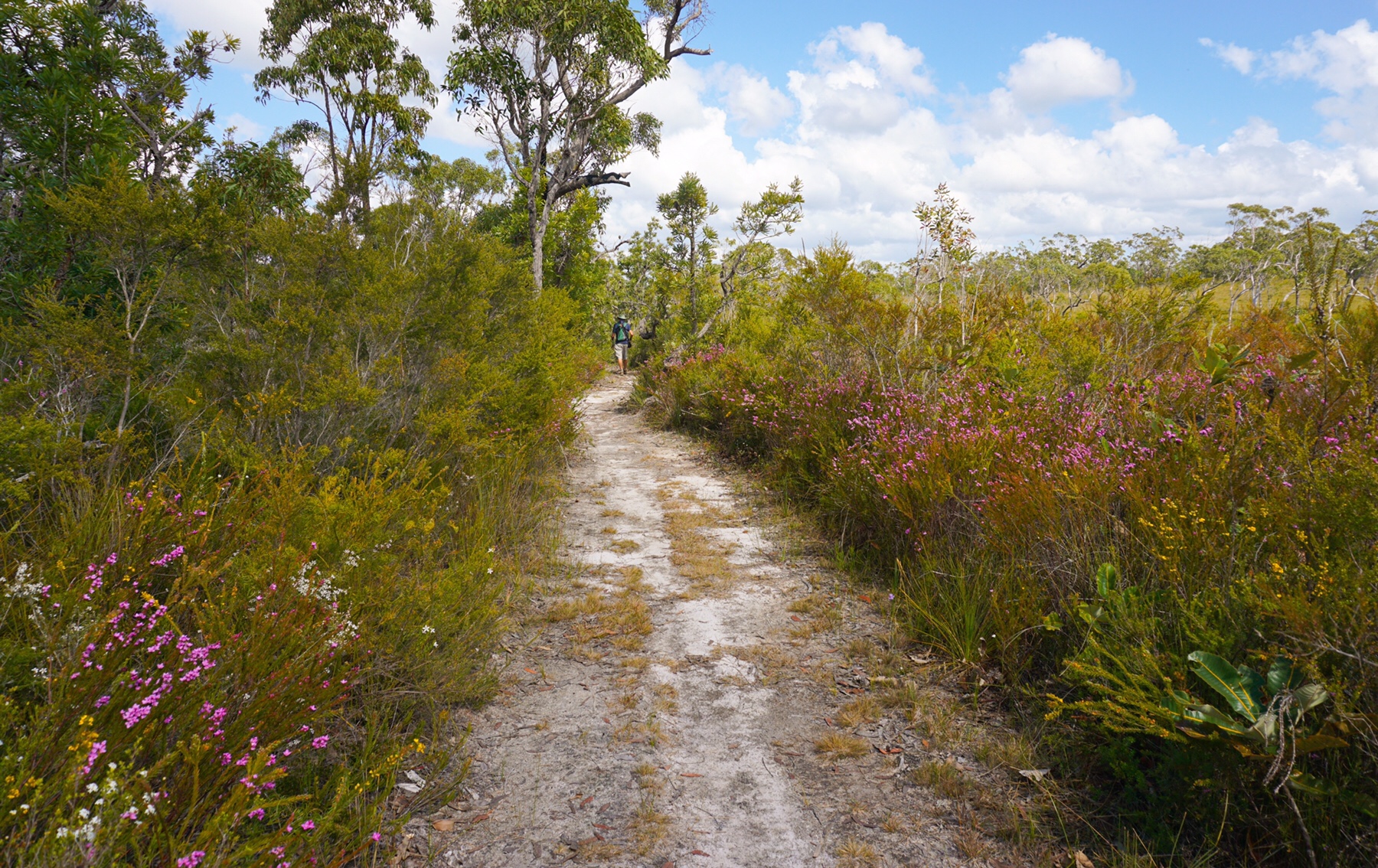
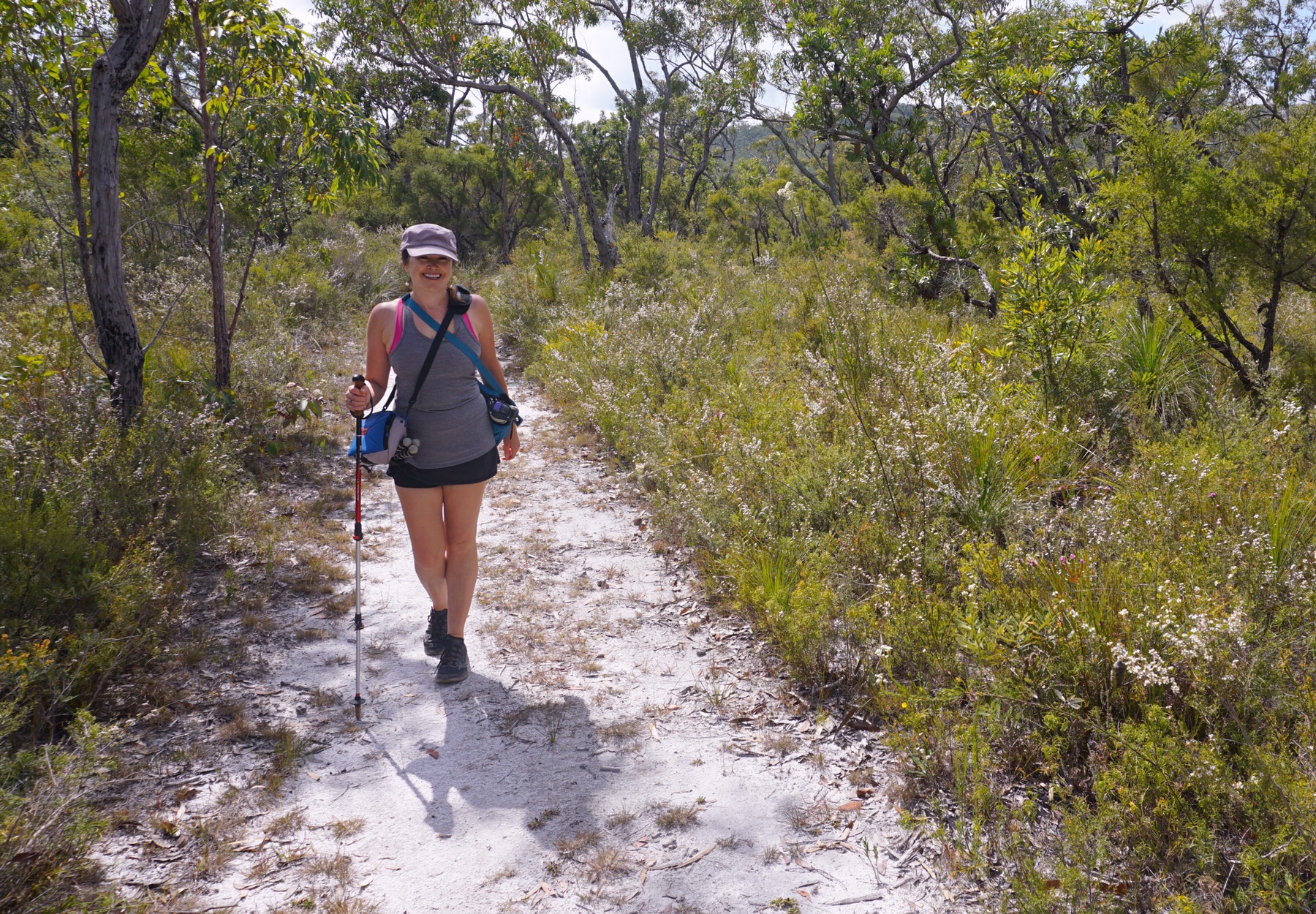

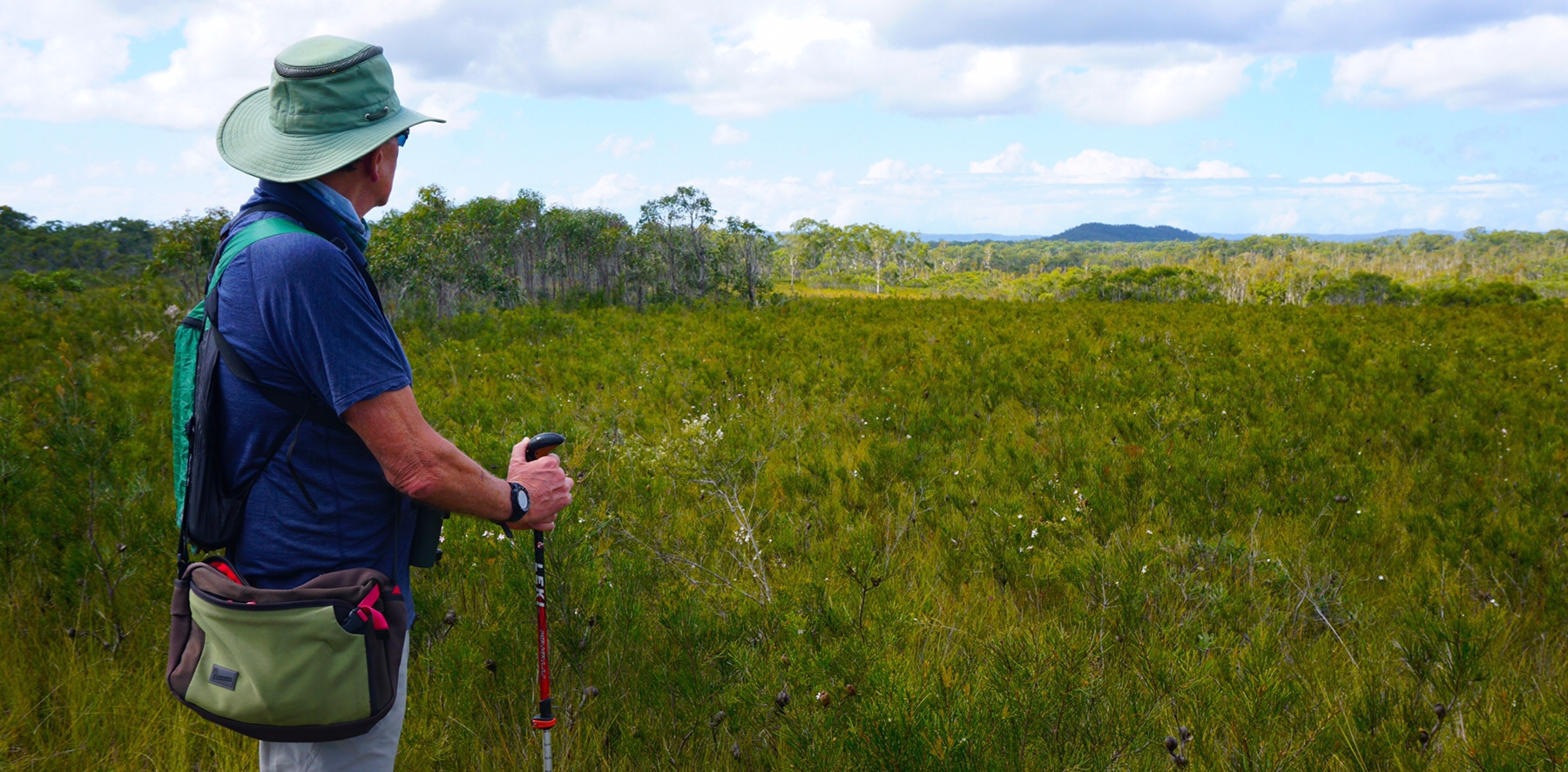
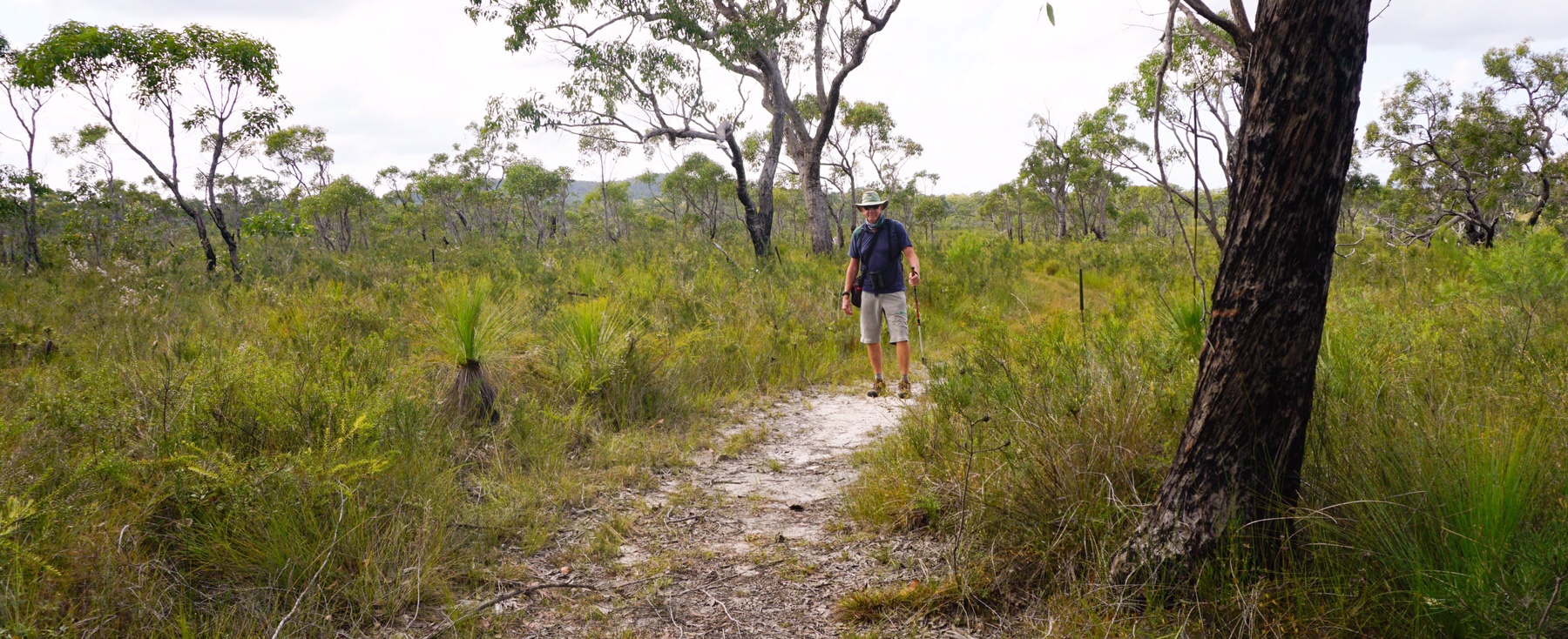 Even the trunks of the gum trees were beautiful!
Even the trunks of the gum trees were beautiful!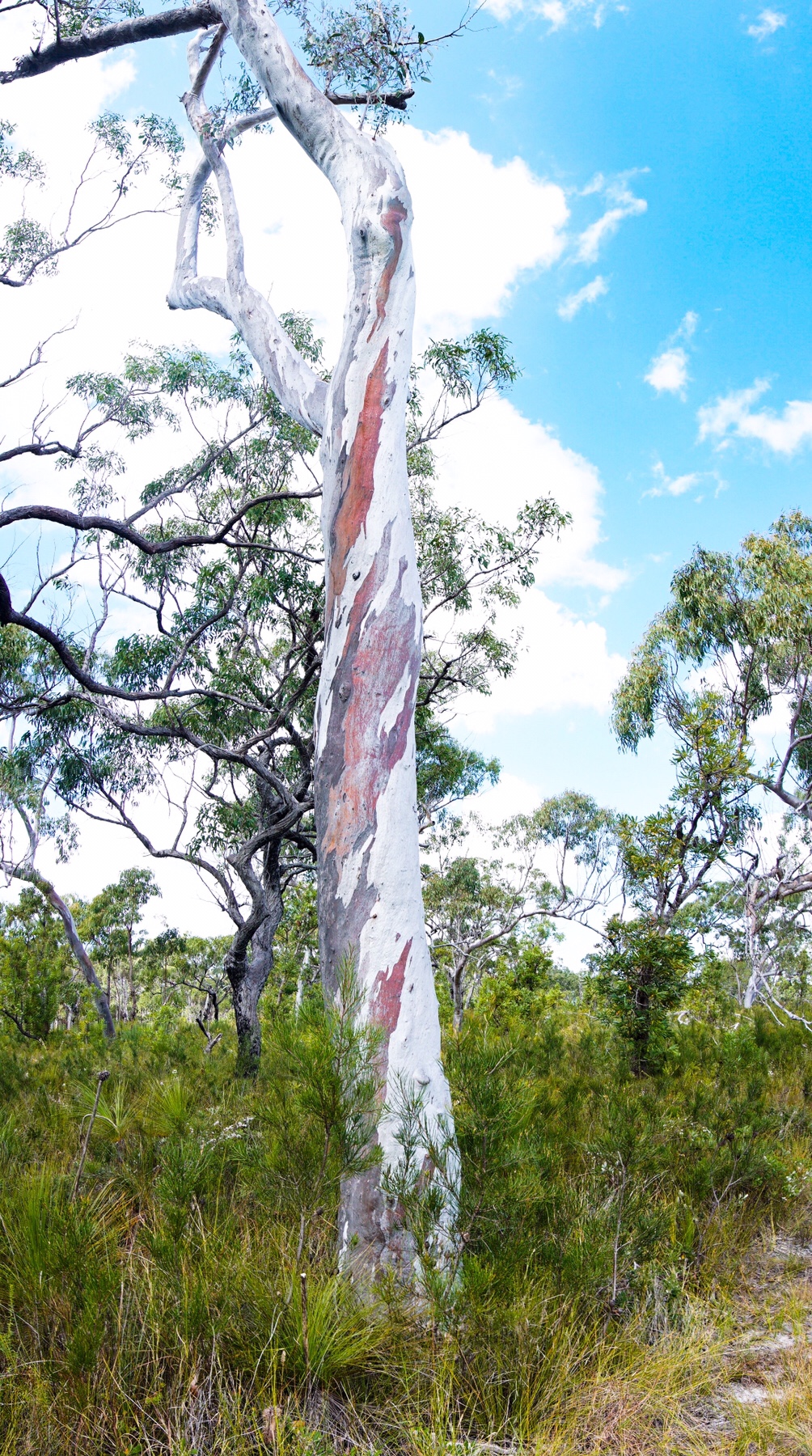
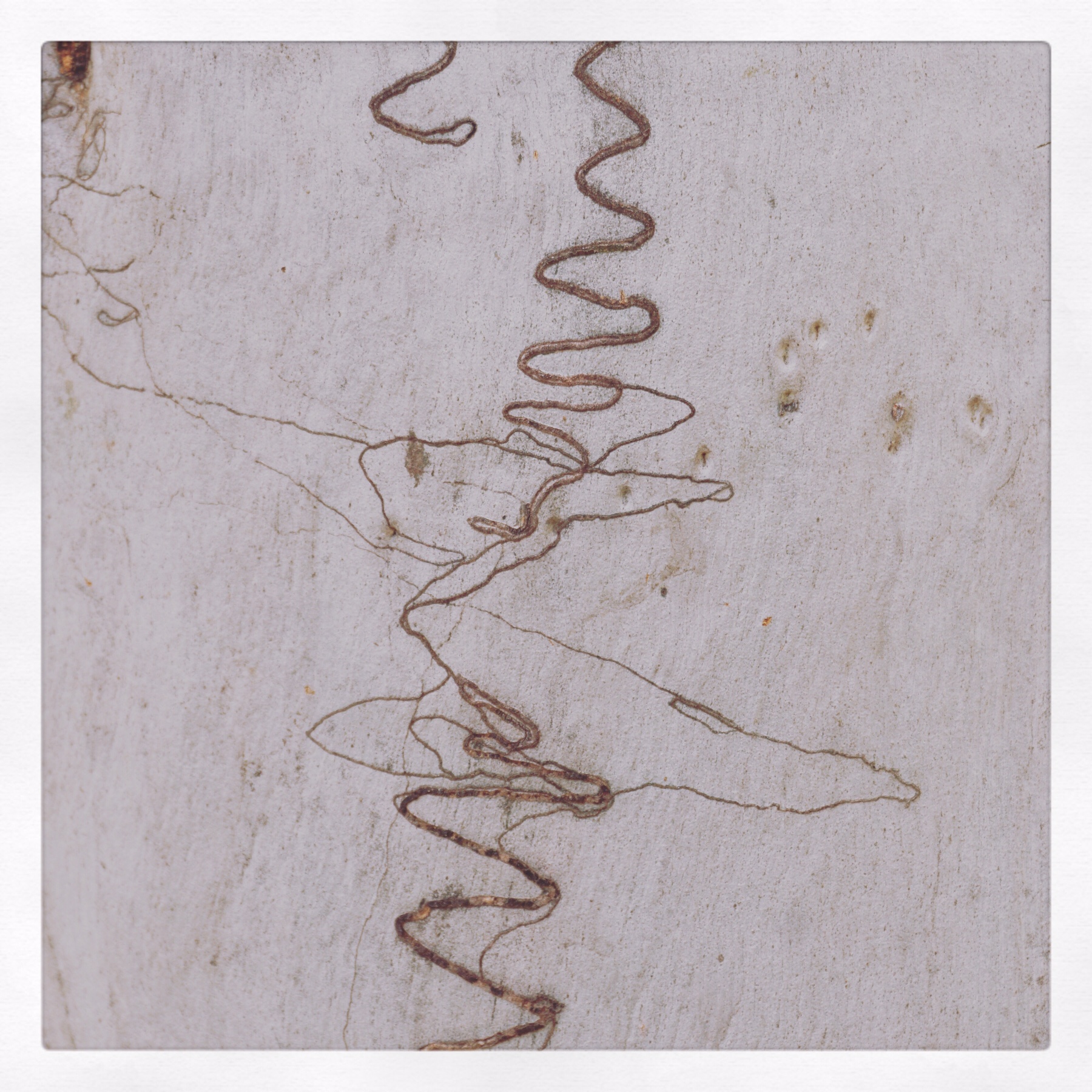 We stopped walking after around 5km when we saw the path dropping steeply downhill, remembering we had to turn around at some point and return via the same route.
We stopped walking after around 5km when we saw the path dropping steeply downhill, remembering we had to turn around at some point and return via the same route.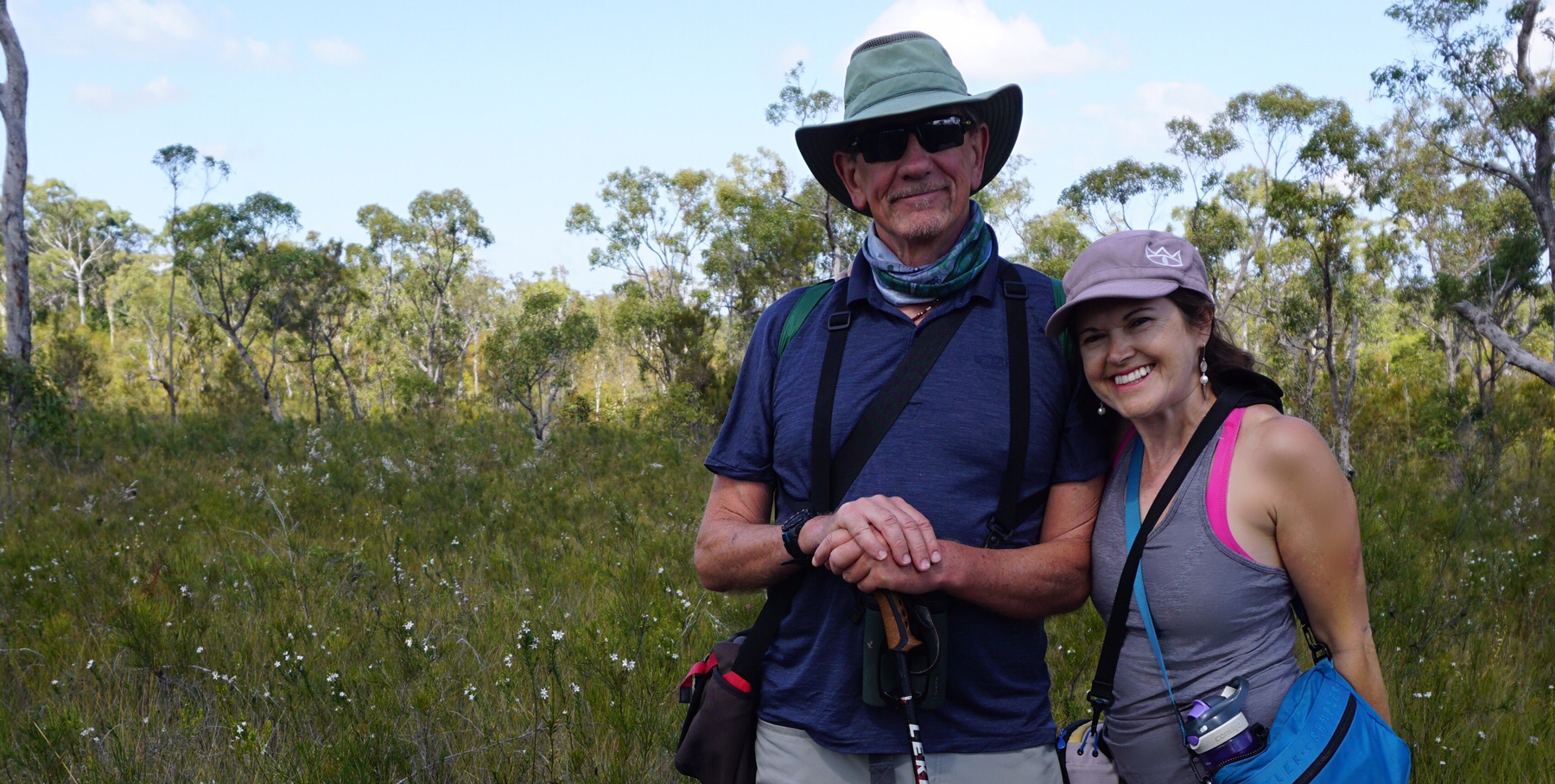 We definitely recommend getting out and enjoying the Australian bush at this time of year.
We definitely recommend getting out and enjoying the Australian bush at this time of year.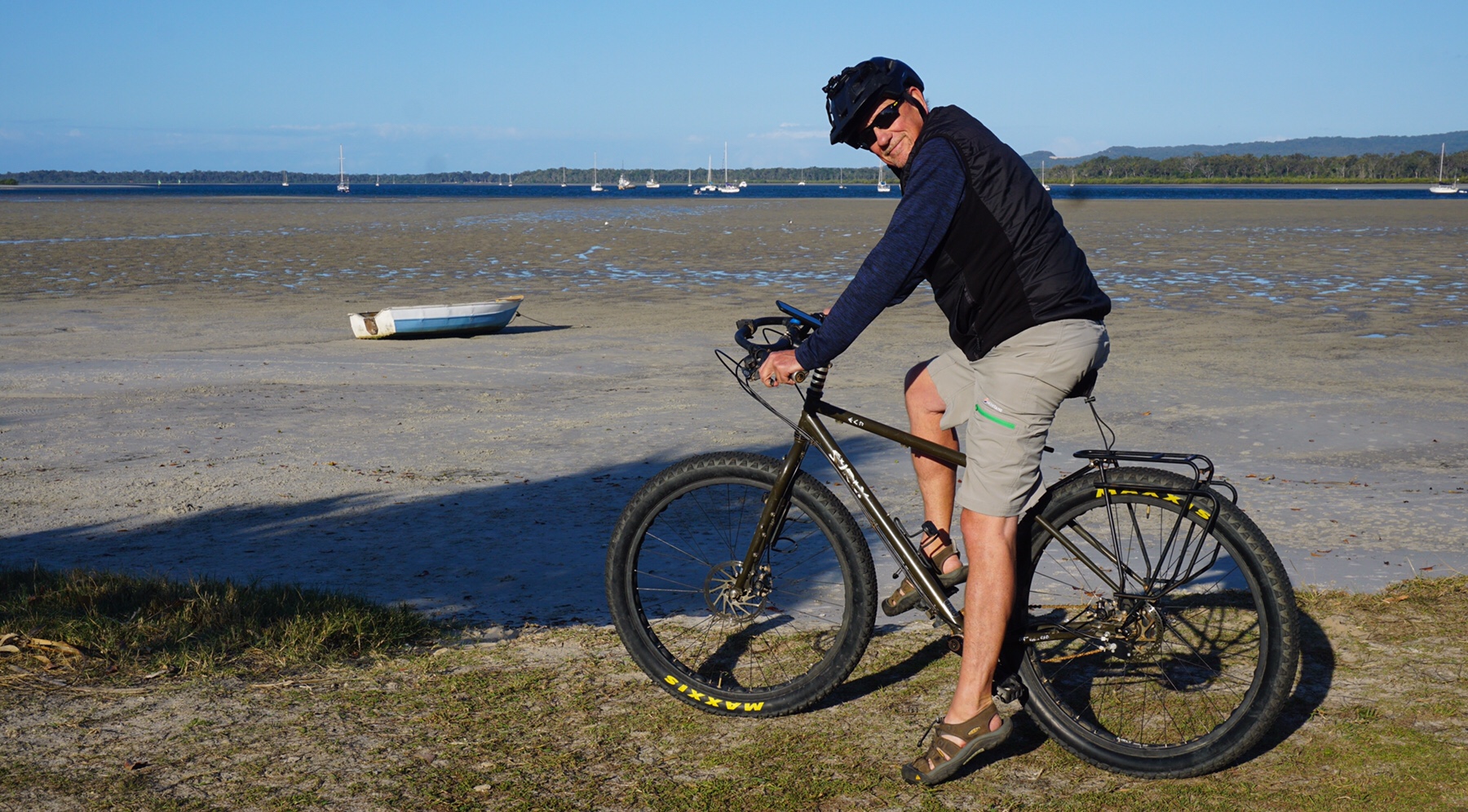
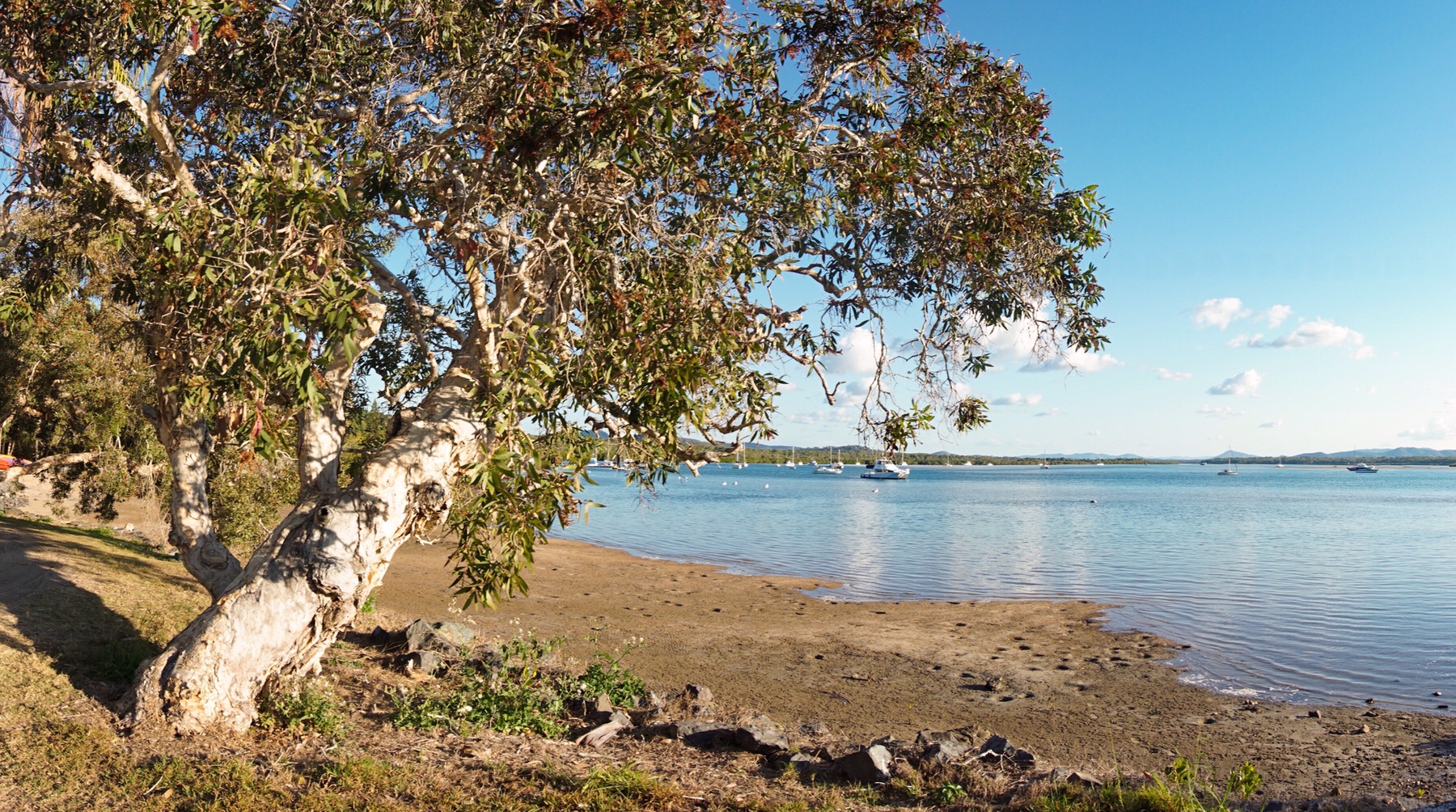 So good to be back by the ocean again, with those lovely smells of the sea air, the calm waters of the Coral Sea exuding a tranquility that we just soaked up, over a cold beer.
So good to be back by the ocean again, with those lovely smells of the sea air, the calm waters of the Coral Sea exuding a tranquility that we just soaked up, over a cold beer.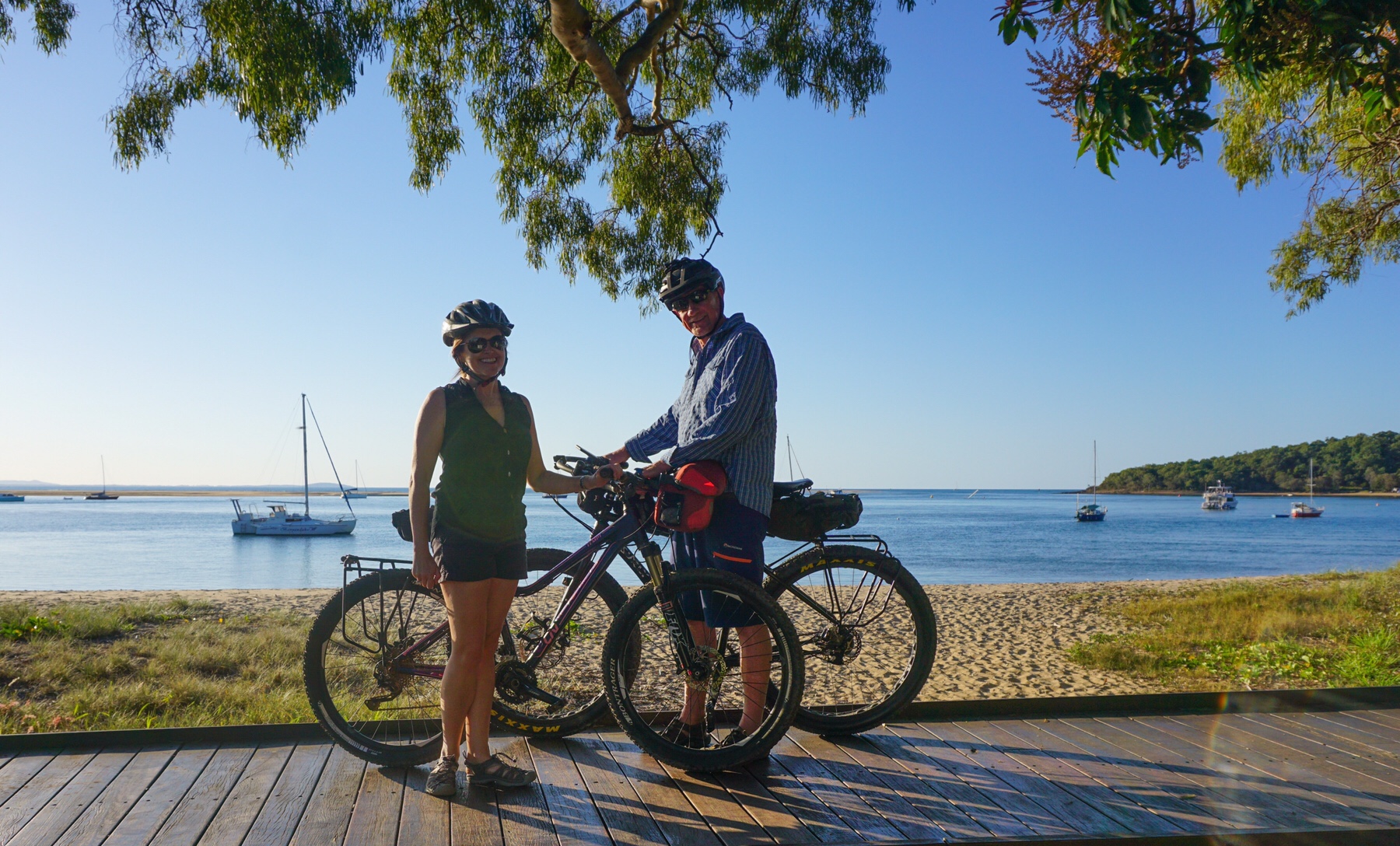
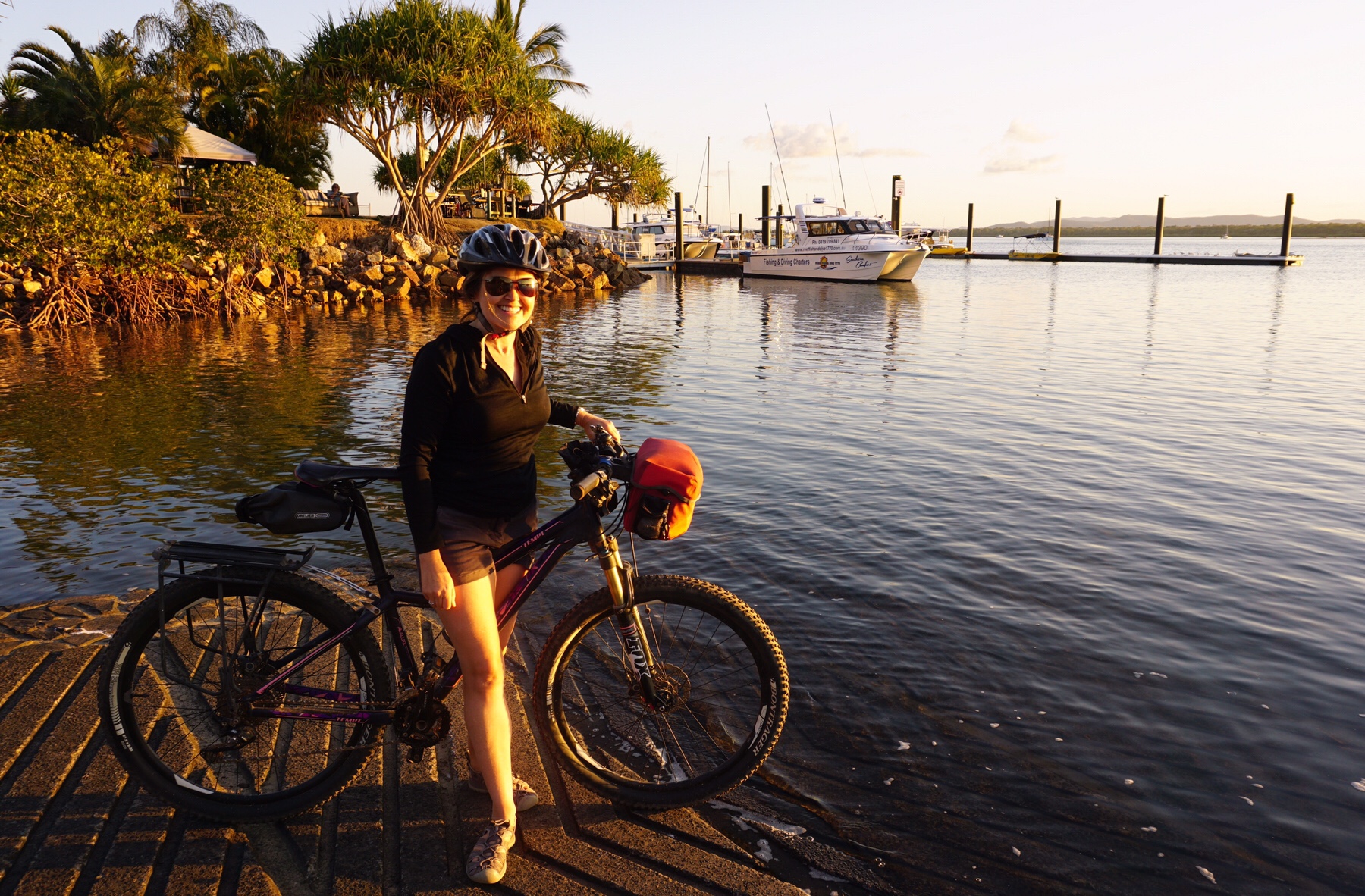
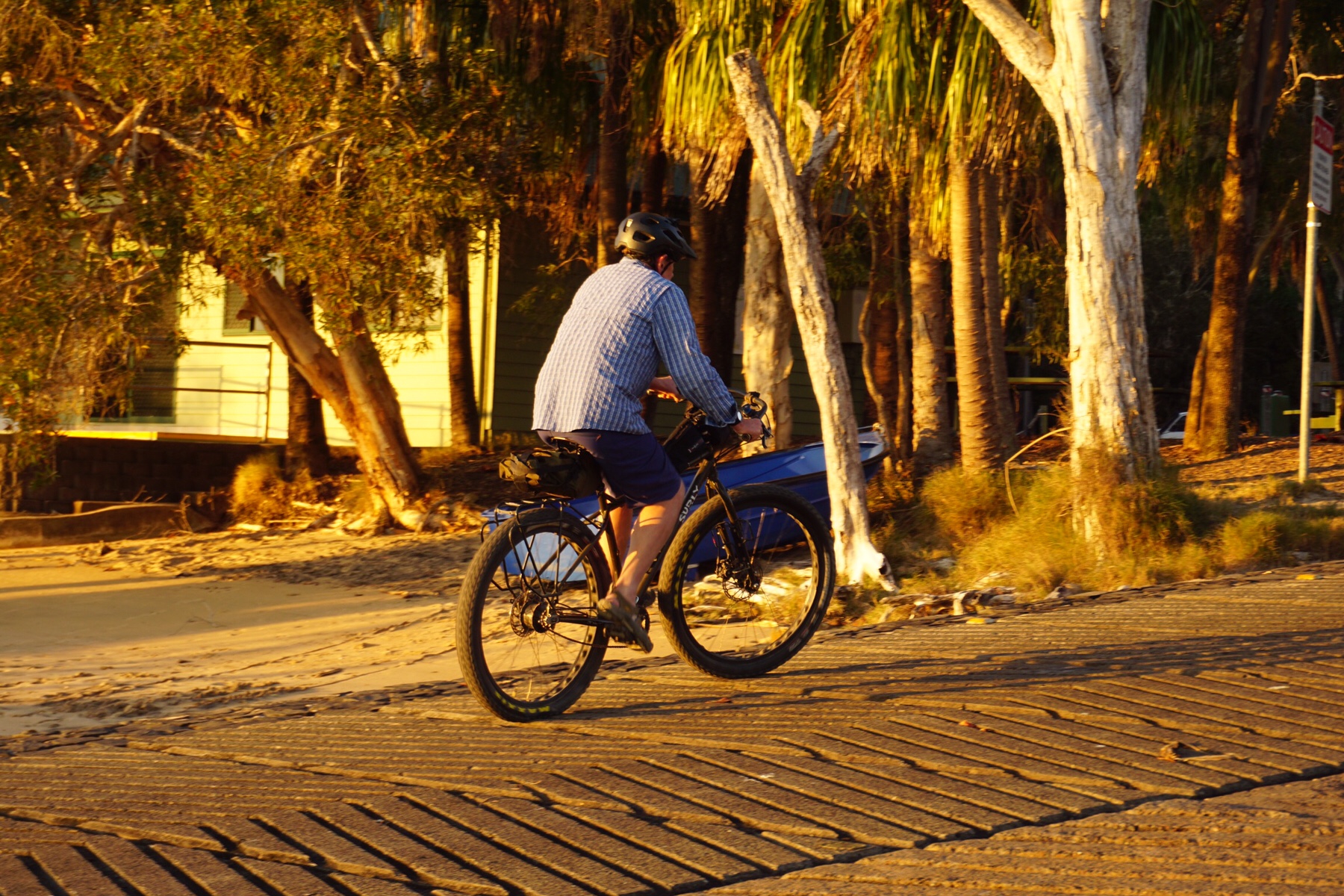 I did smile though on seeing this cafe perched in a car park, next to the road, when the other side of the building was…..
I did smile though on seeing this cafe perched in a car park, next to the road, when the other side of the building was…..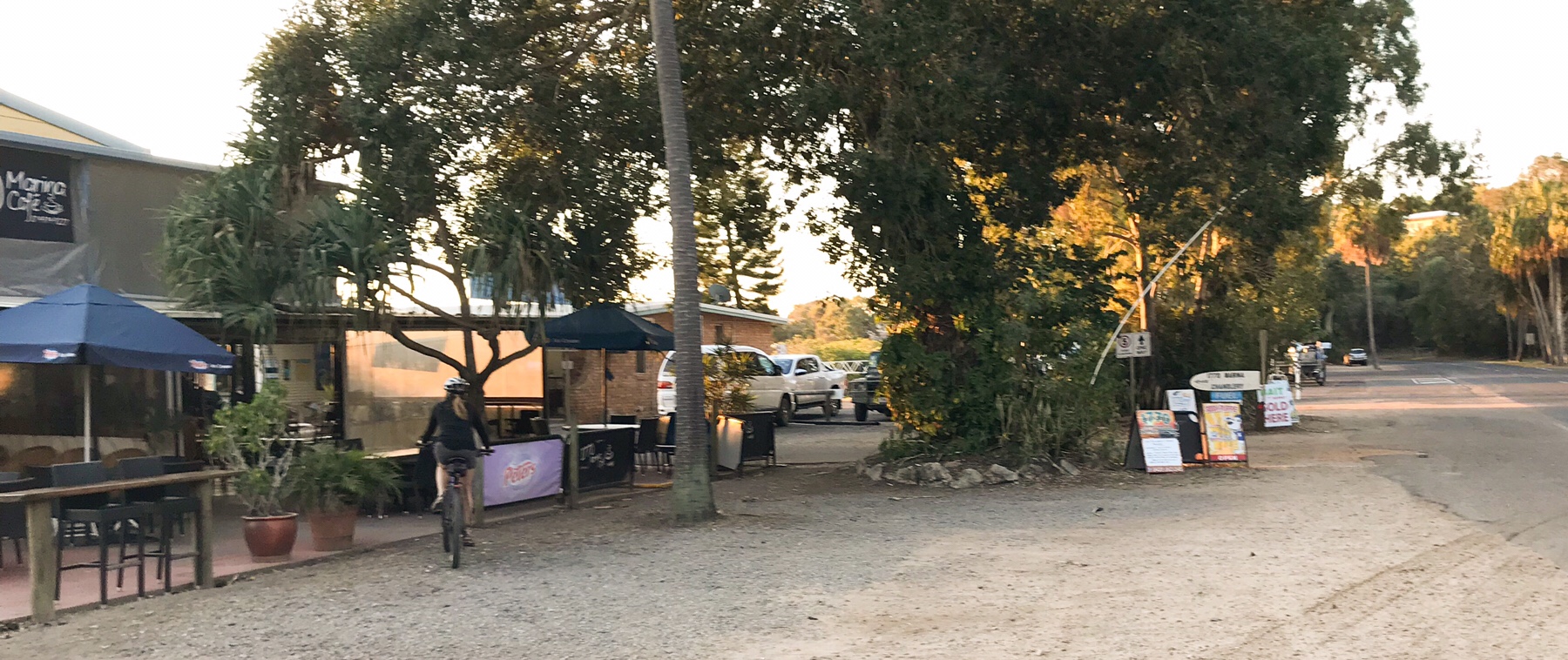 …this view! I don’t think 1770 has quite made it into 2018 – and that’s part of its appeal.
…this view! I don’t think 1770 has quite made it into 2018 – and that’s part of its appeal.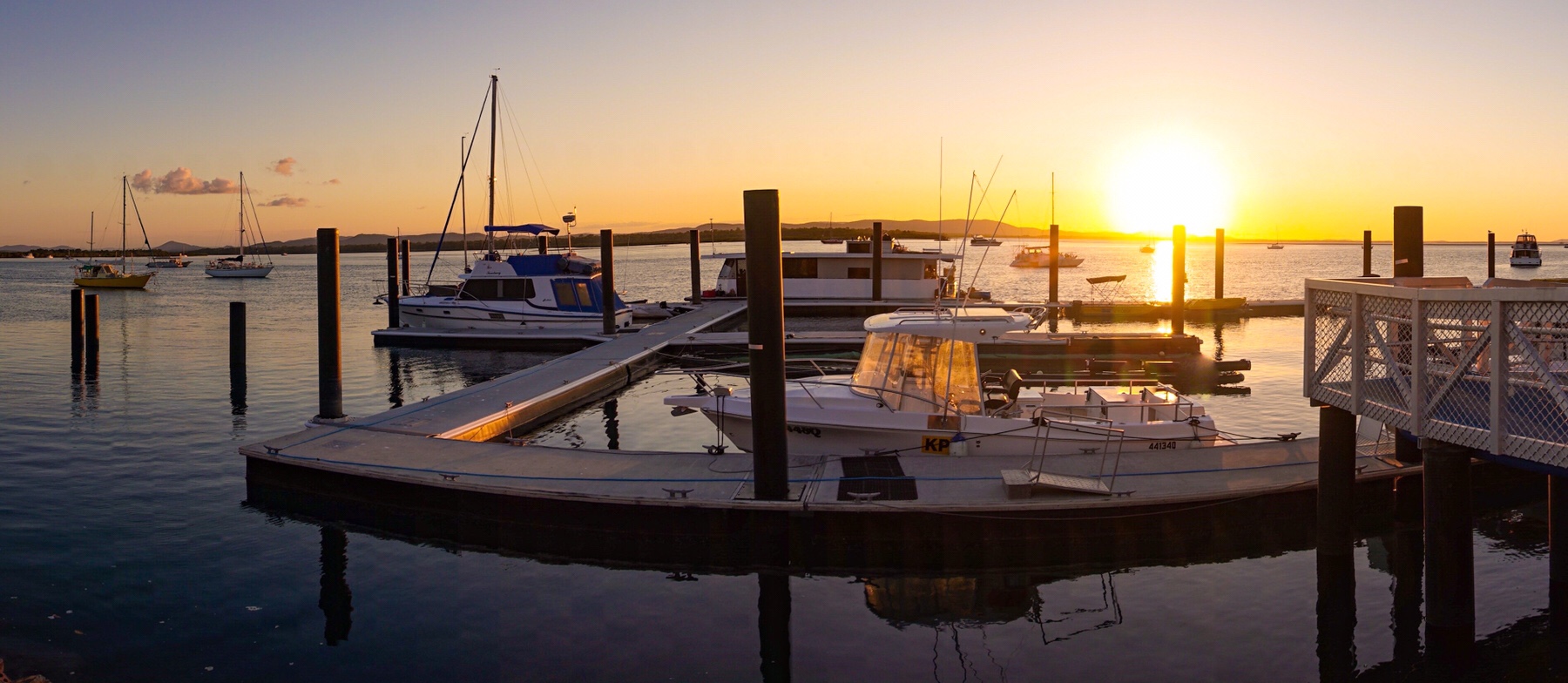
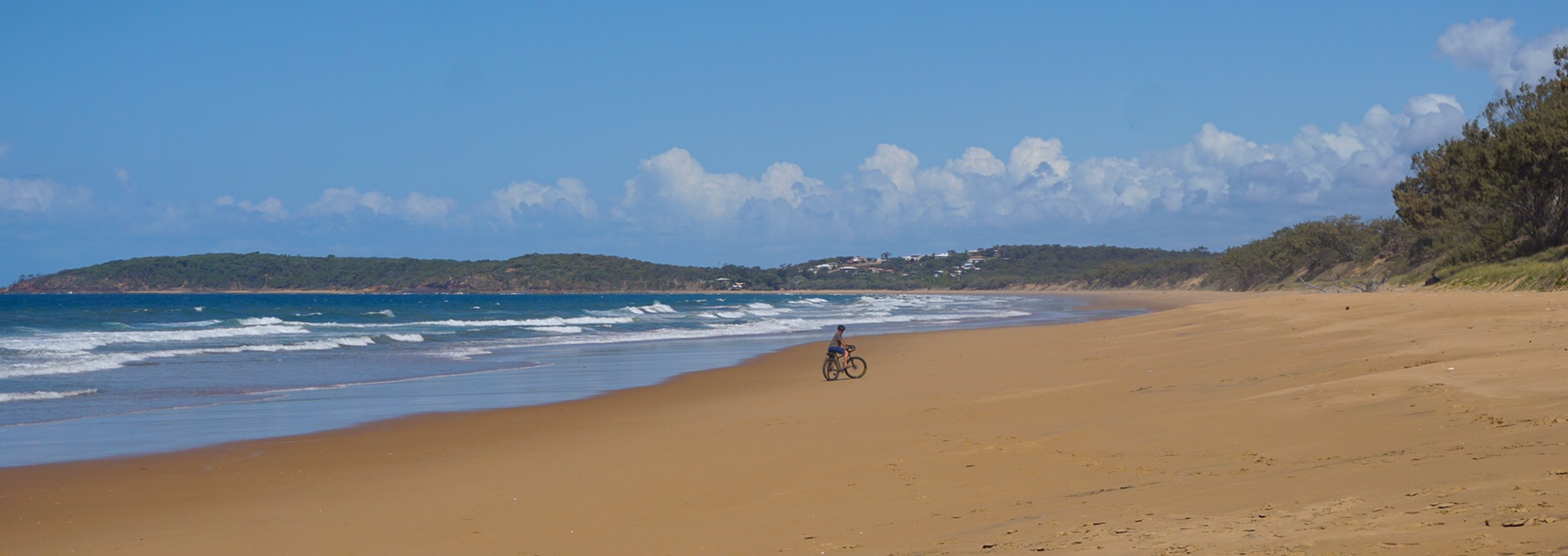
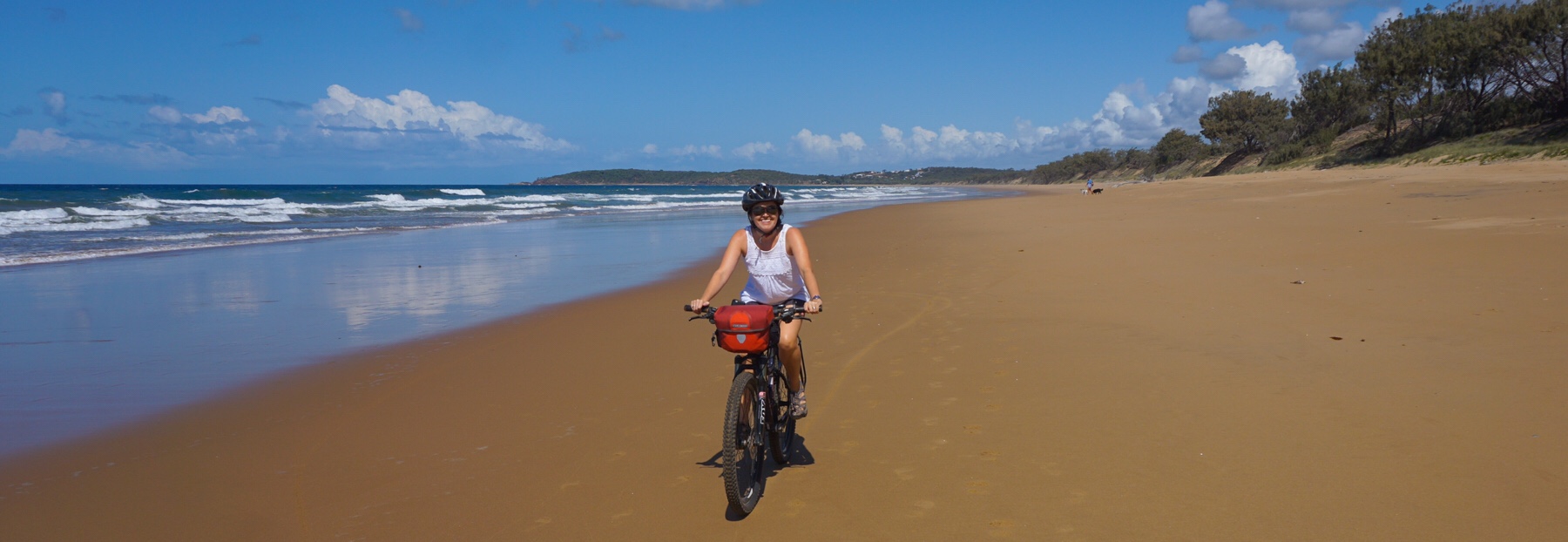 This was a little less sleepy, with a few shops and restaurants, one of which we had been told was going to be offering an Indian focused menu tonight. A booking was made – this little business is clearly making an effort to do something a bit different. A range of speciality teas lined the walls that almost rivalled our selection in the Zone!
This was a little less sleepy, with a few shops and restaurants, one of which we had been told was going to be offering an Indian focused menu tonight. A booking was made – this little business is clearly making an effort to do something a bit different. A range of speciality teas lined the walls that almost rivalled our selection in the Zone!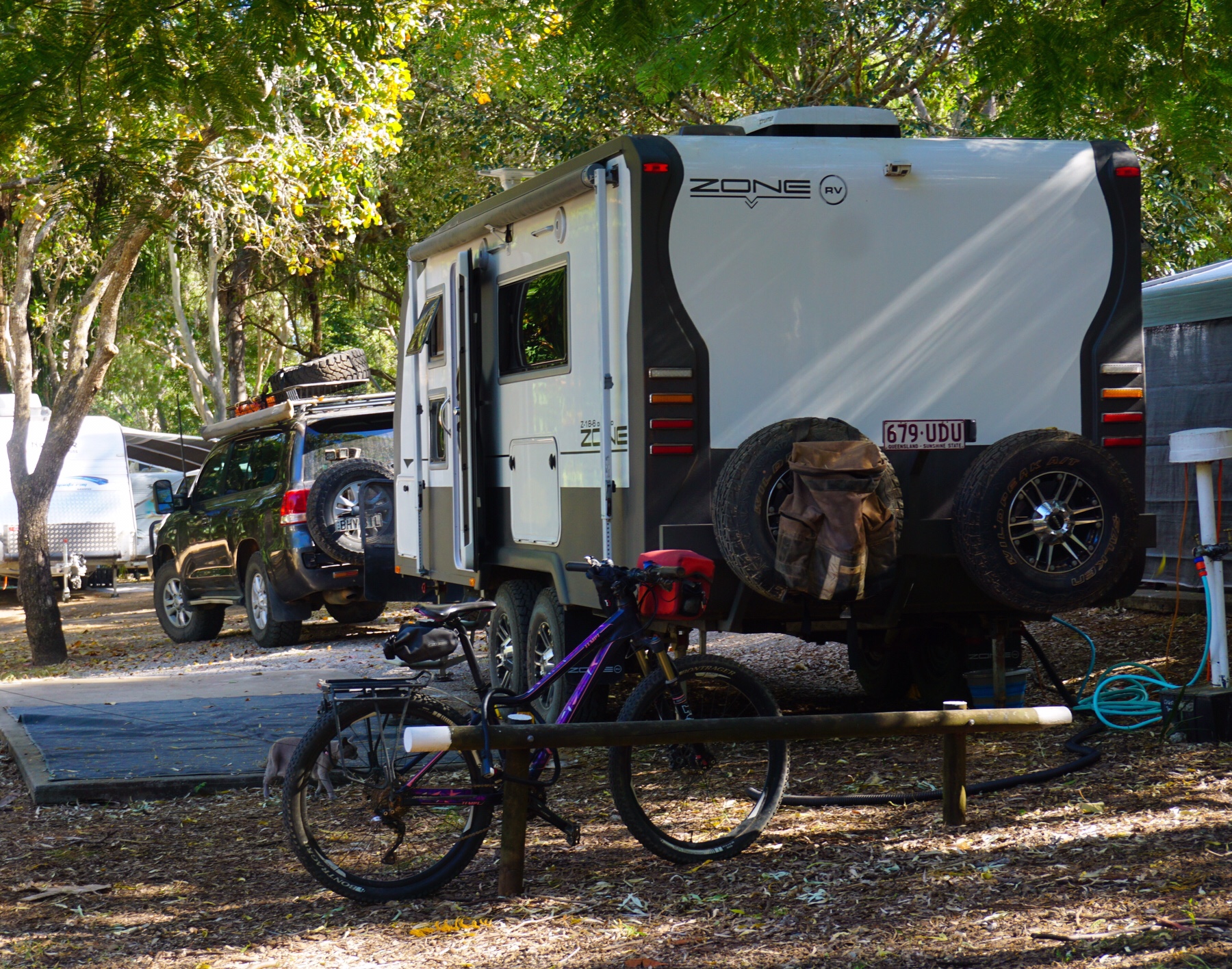
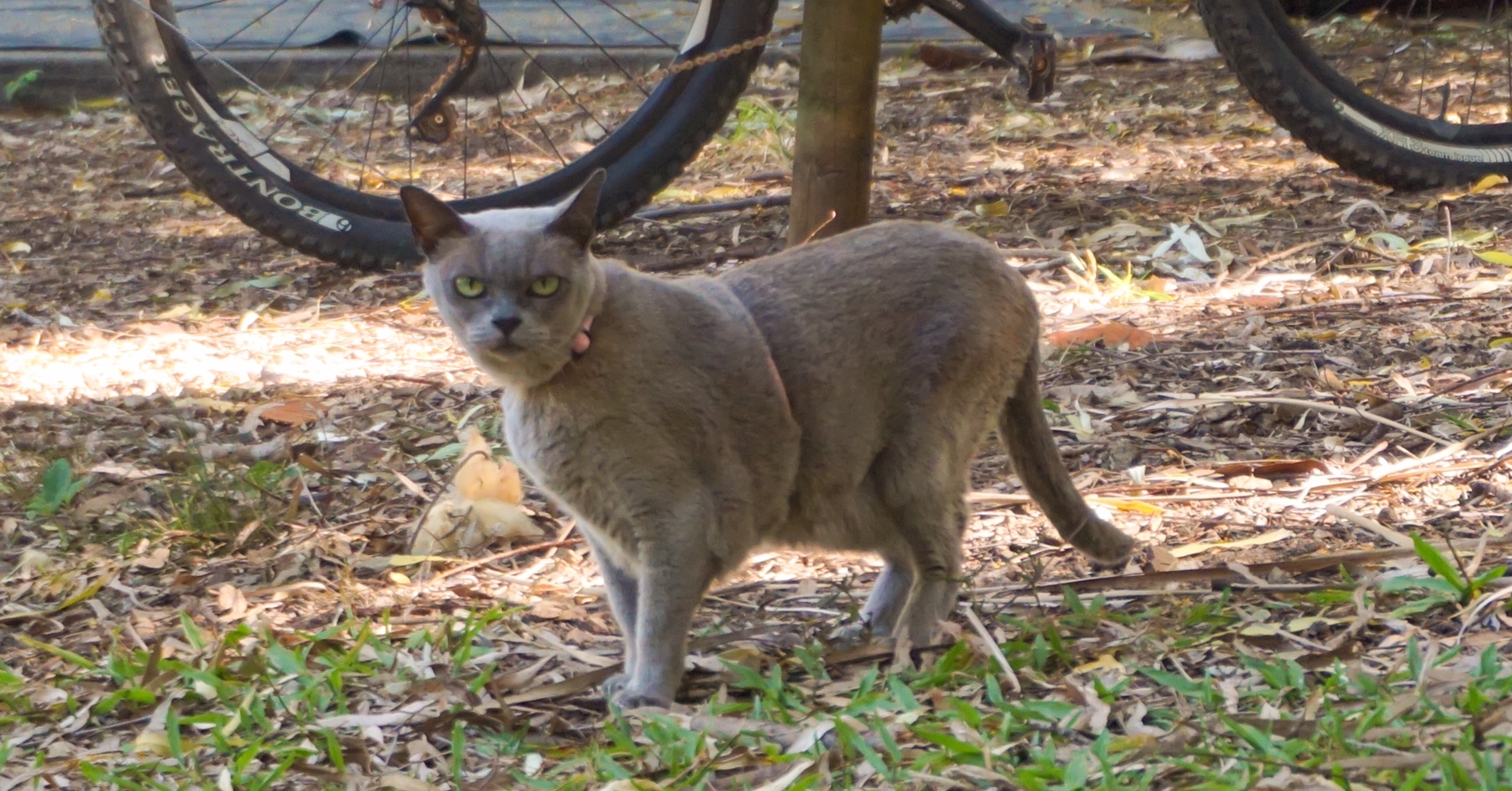 Then it was back to Cafe Discovery for their take on Indian food. A beef vindaloo and chicken tikka masala went down a treat.
Then it was back to Cafe Discovery for their take on Indian food. A beef vindaloo and chicken tikka masala went down a treat.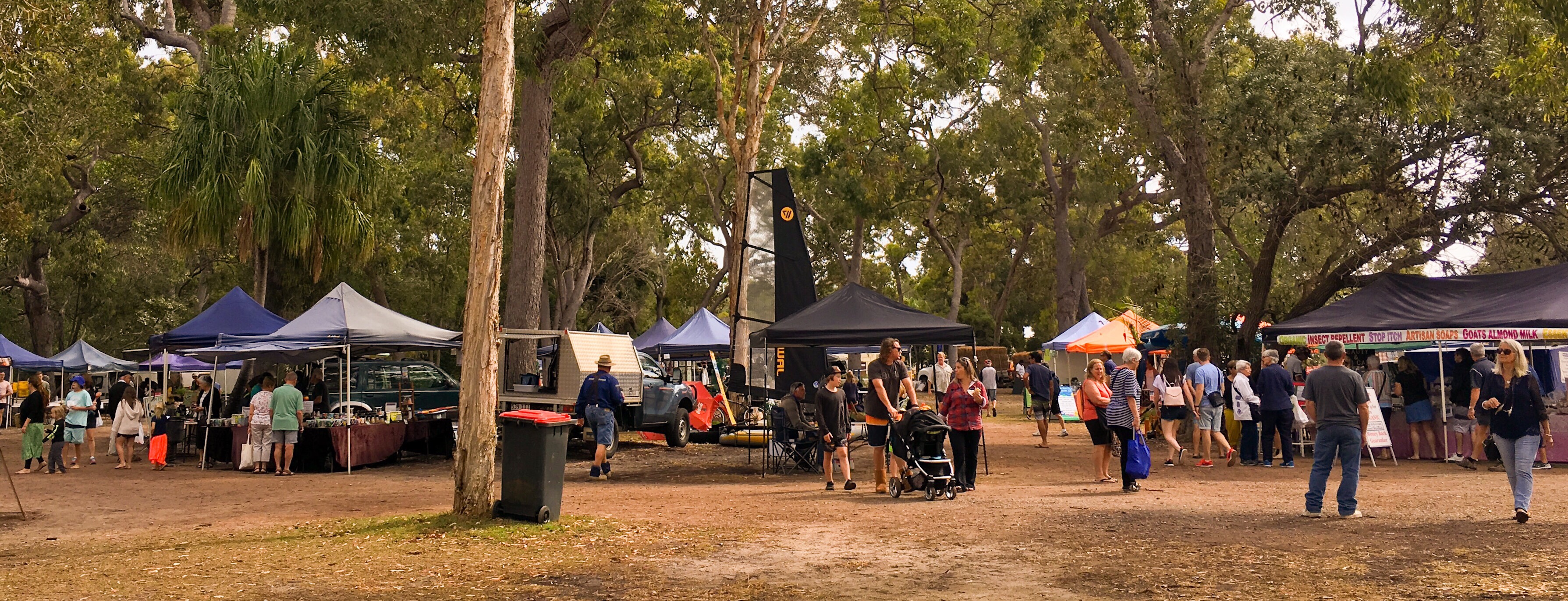
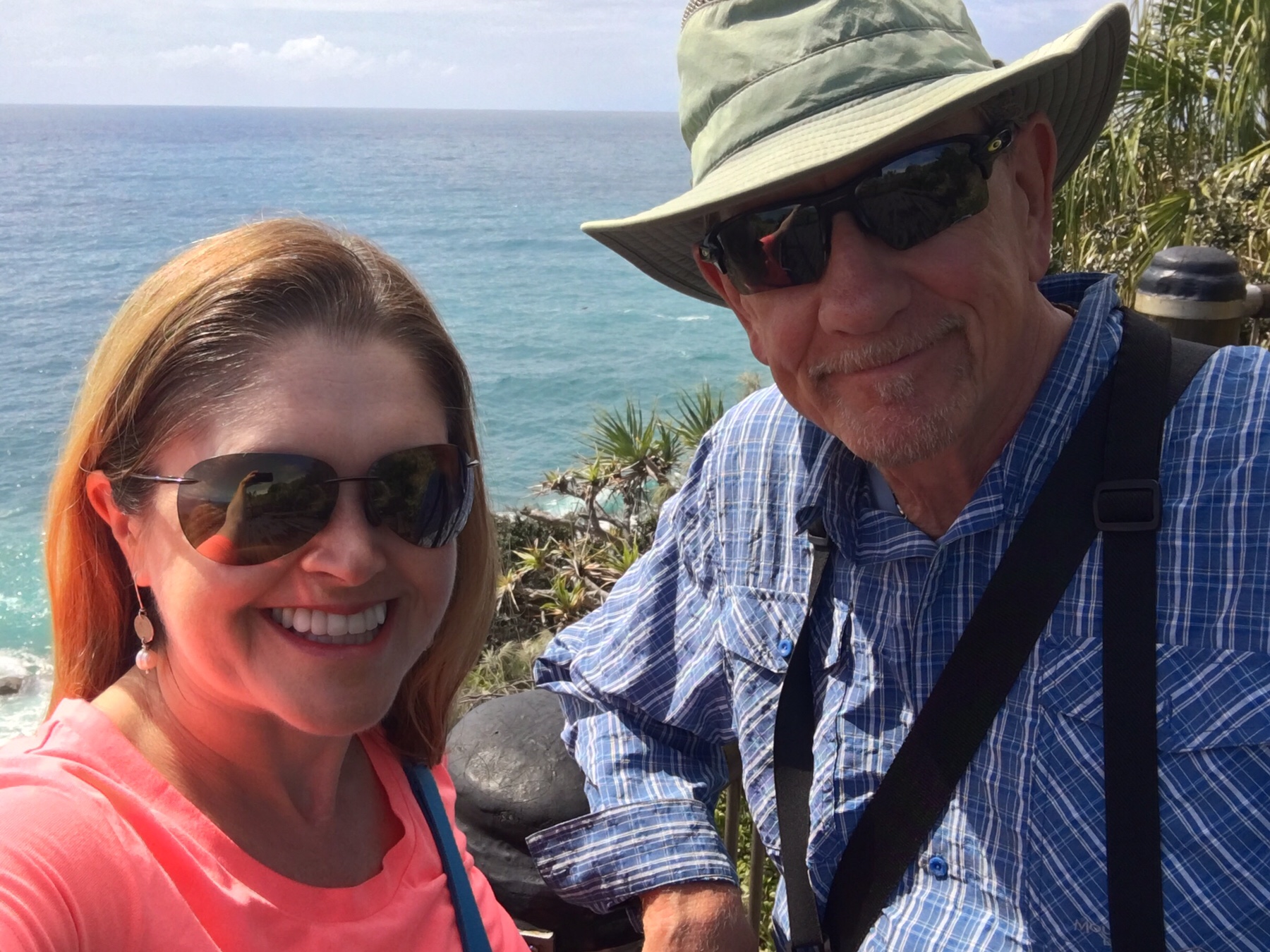
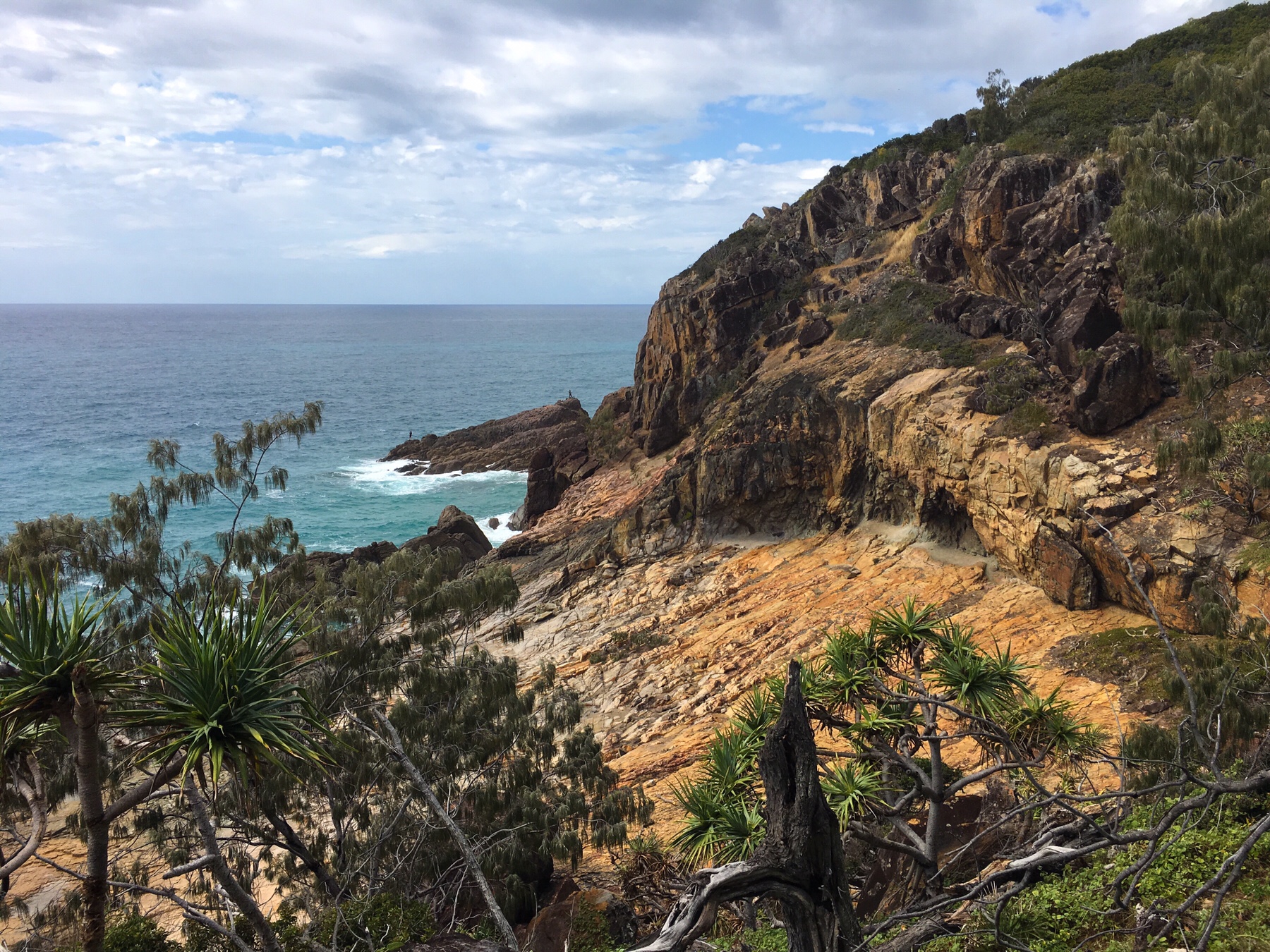 We decided to brave the weather and headed out for a walk, so glad we did. The first short walk we did through a paper bark forest was magical with the sun making the dripping vegetation just sparkle.
We decided to brave the weather and headed out for a walk, so glad we did. The first short walk we did through a paper bark forest was magical with the sun making the dripping vegetation just sparkle.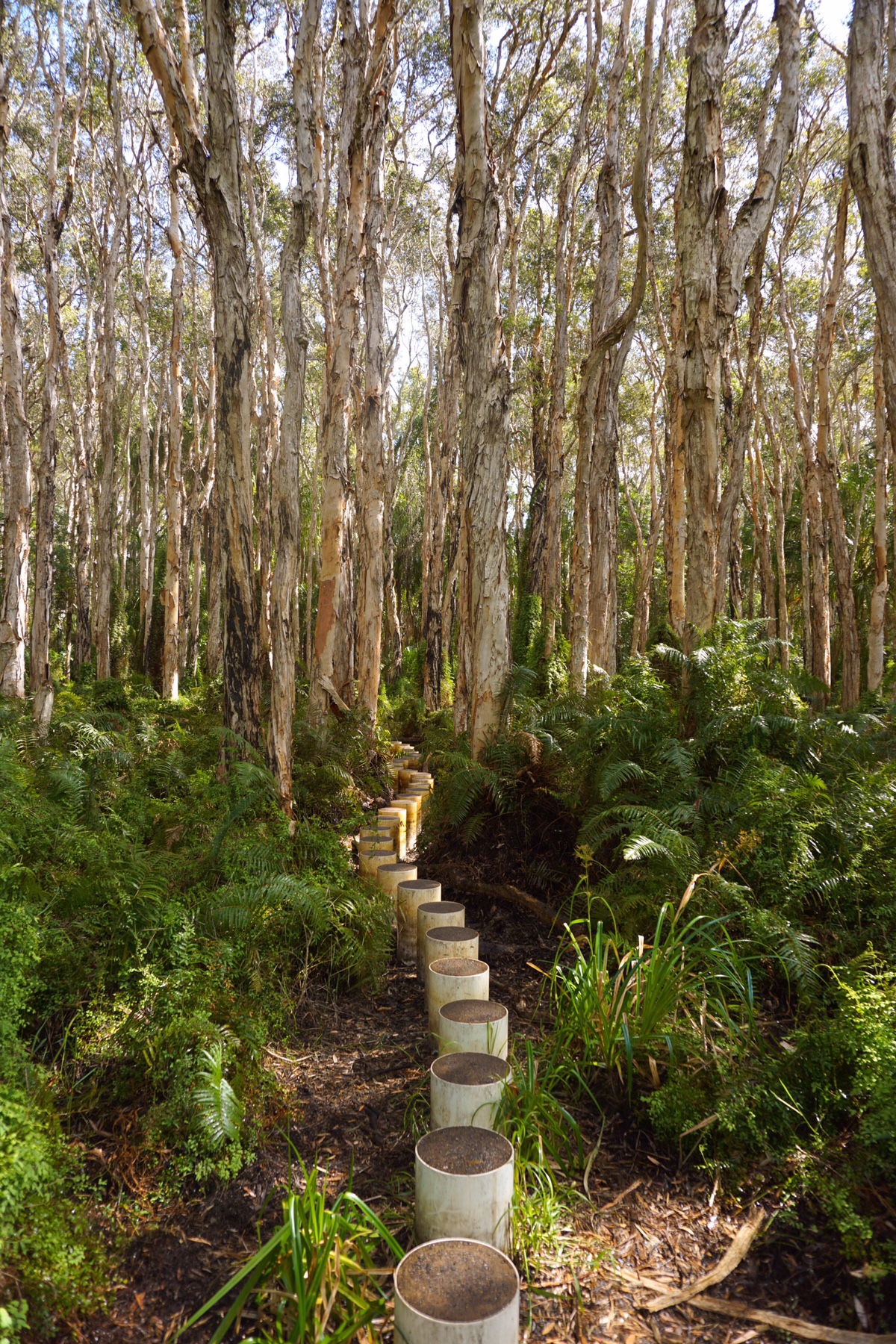
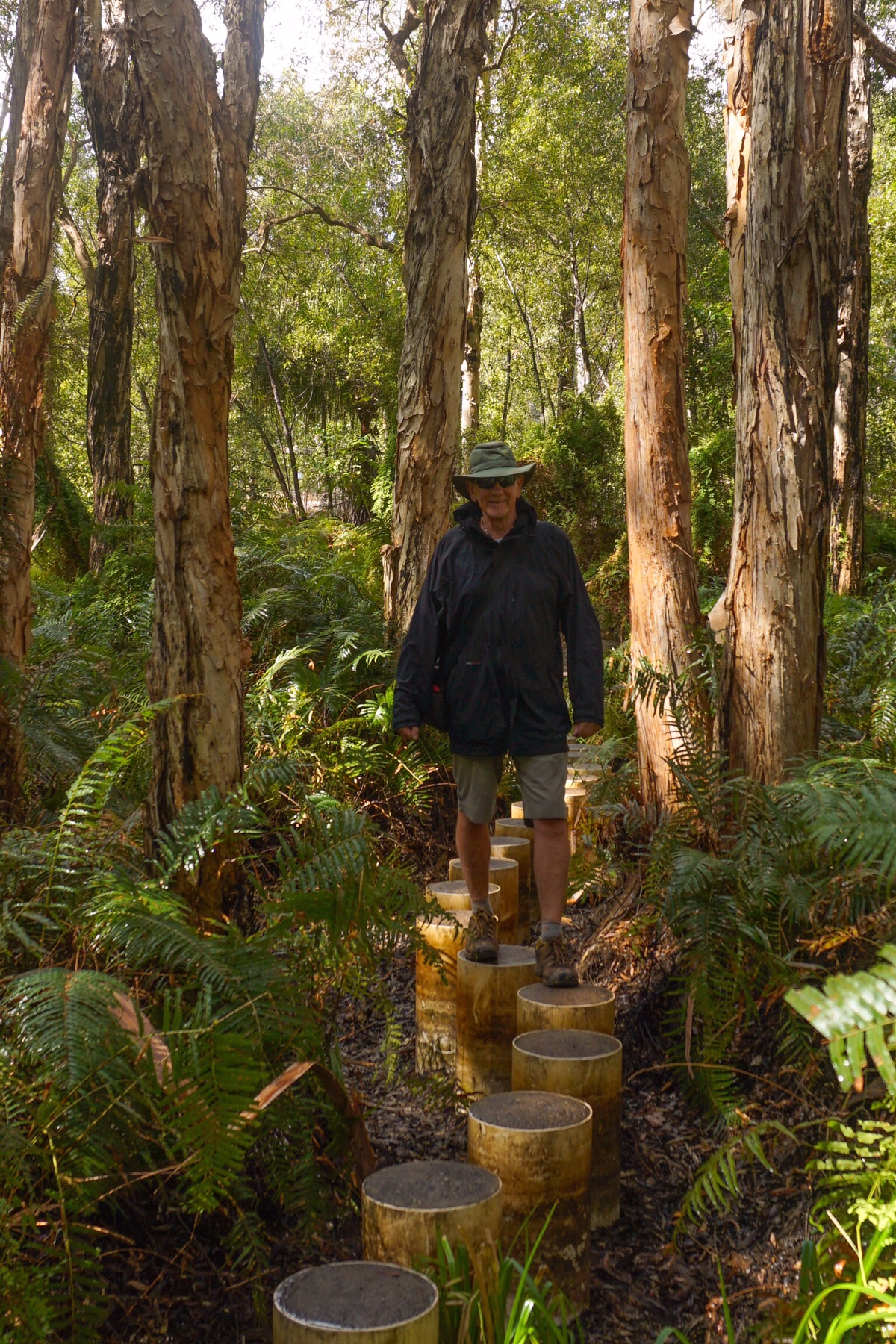
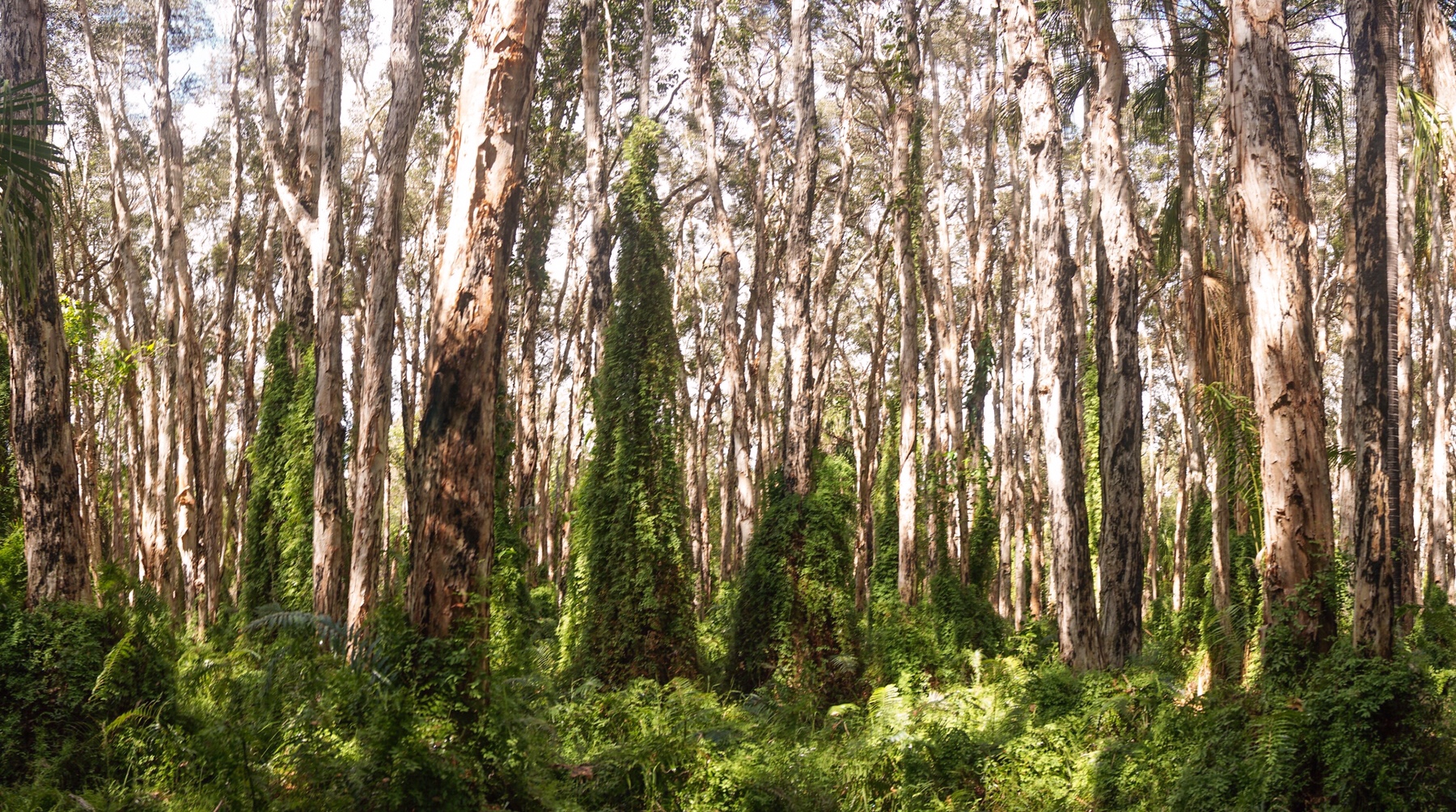
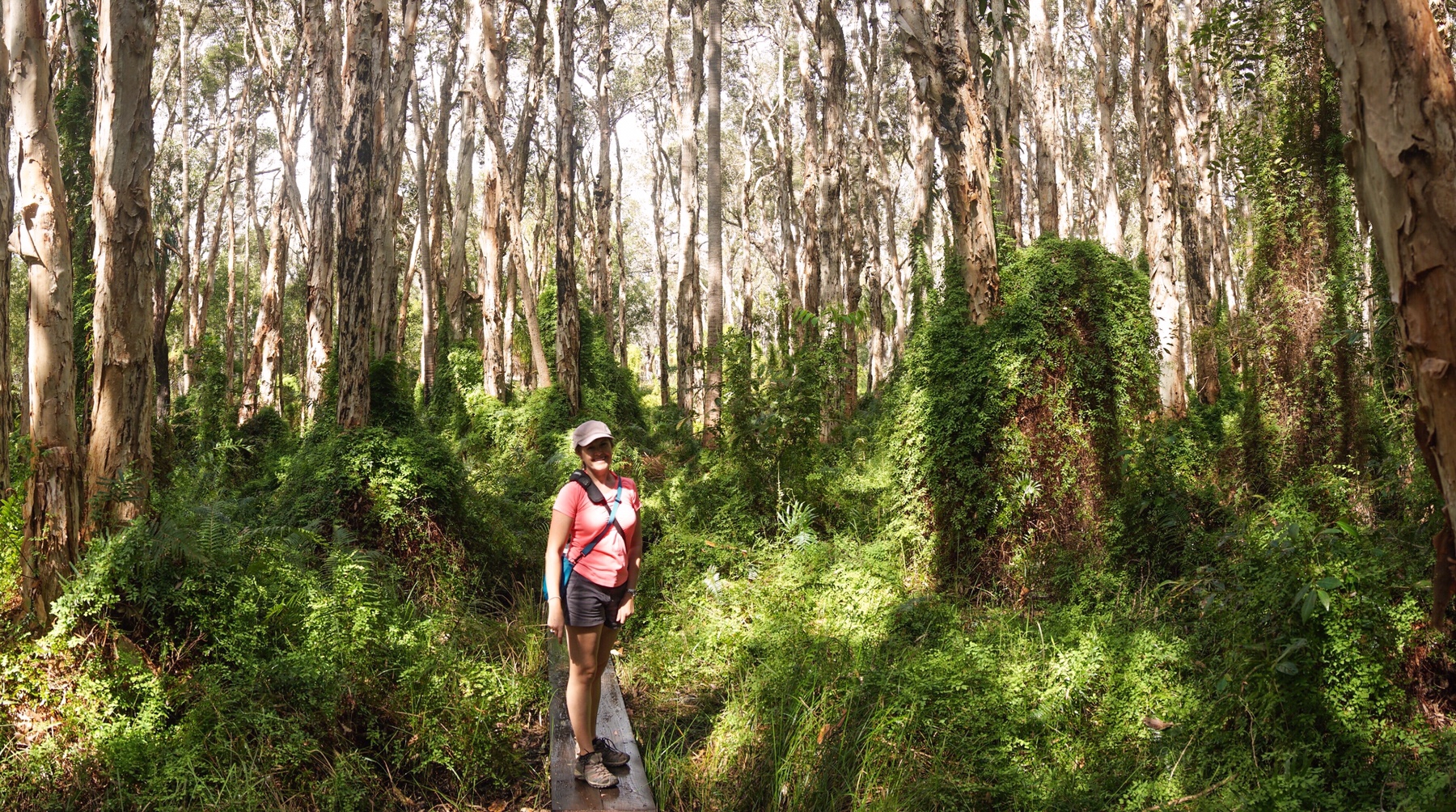 Then it was a 6km coastal walk, although the weather then closed in and it really started to throw it down, complete with thunder and lightning.
Then it was a 6km coastal walk, although the weather then closed in and it really started to throw it down, complete with thunder and lightning.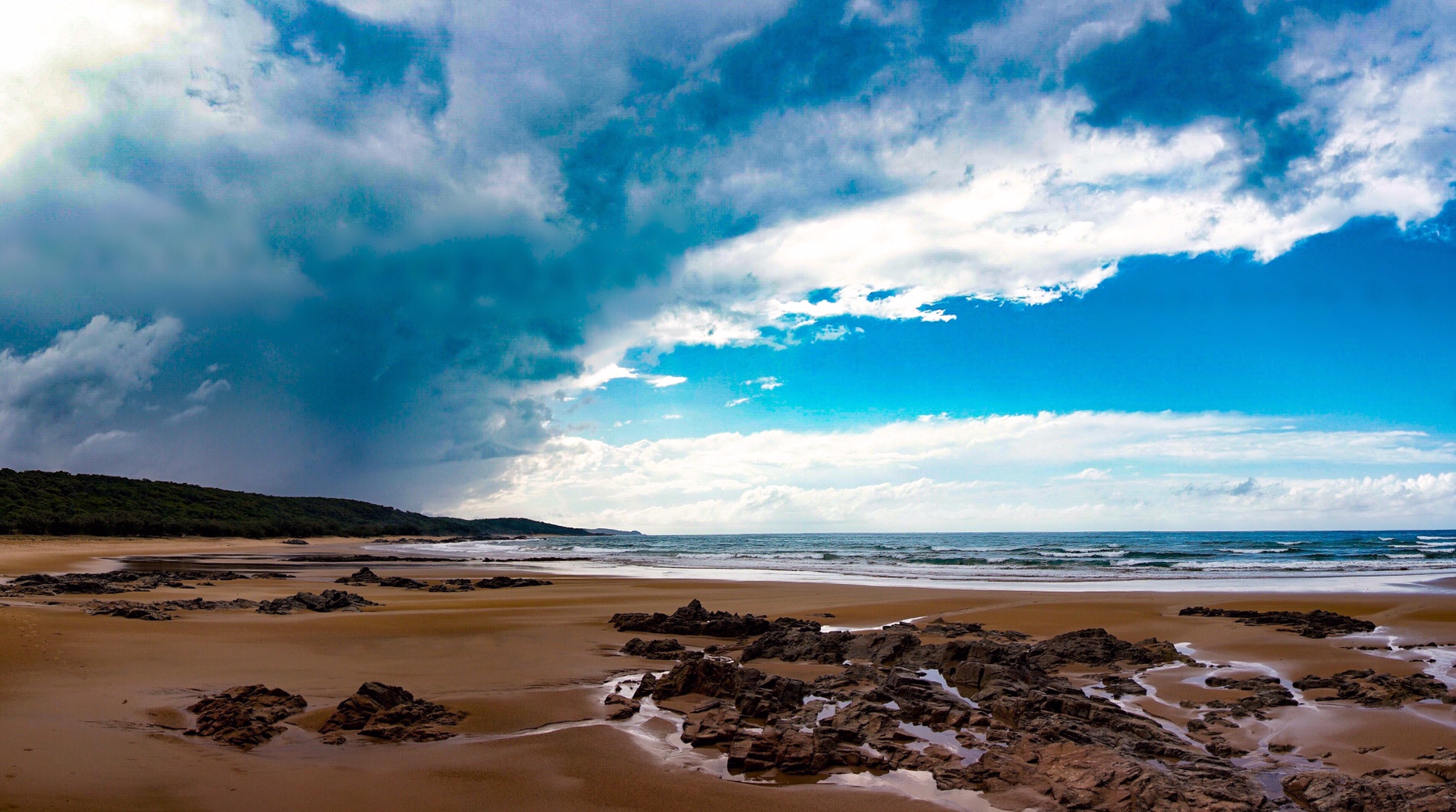
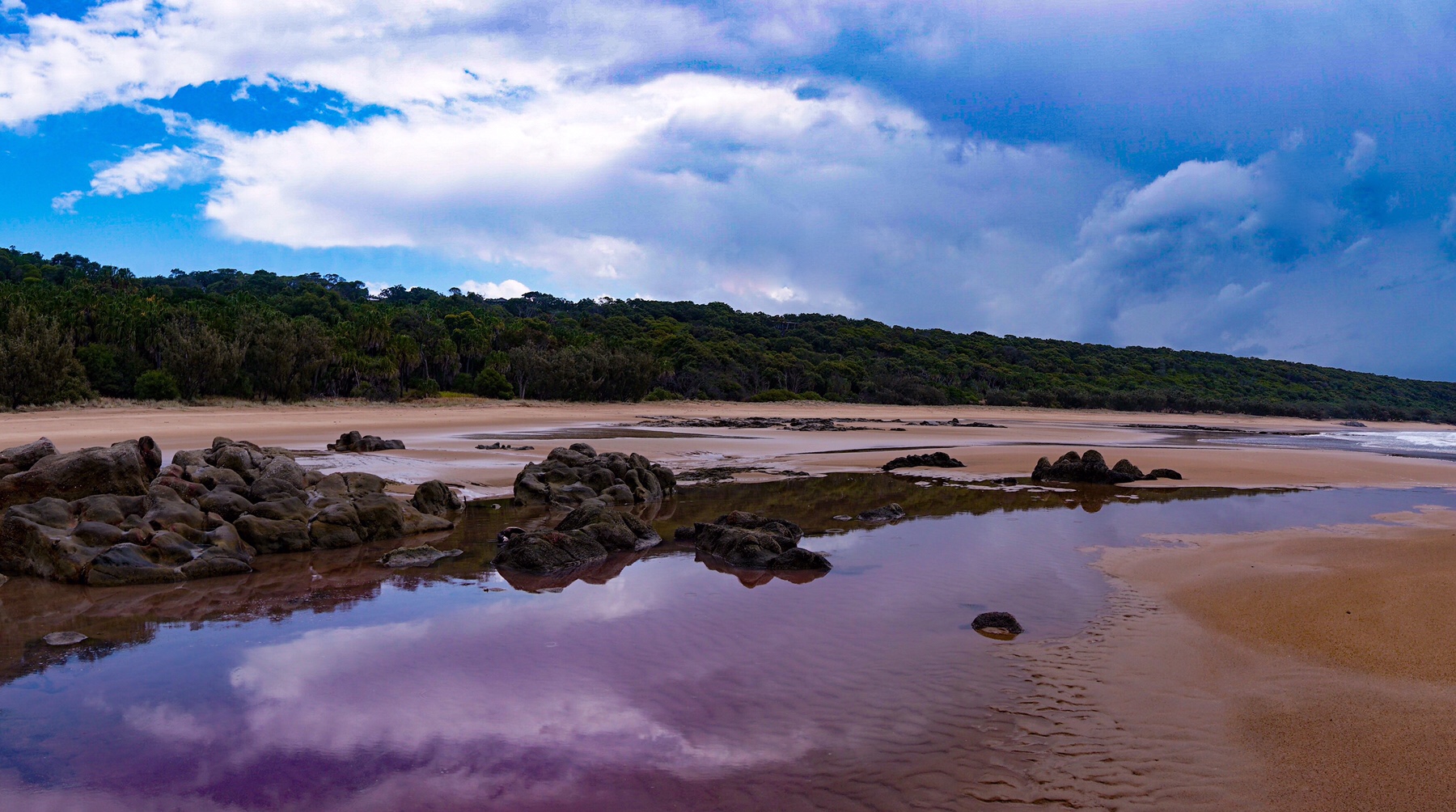
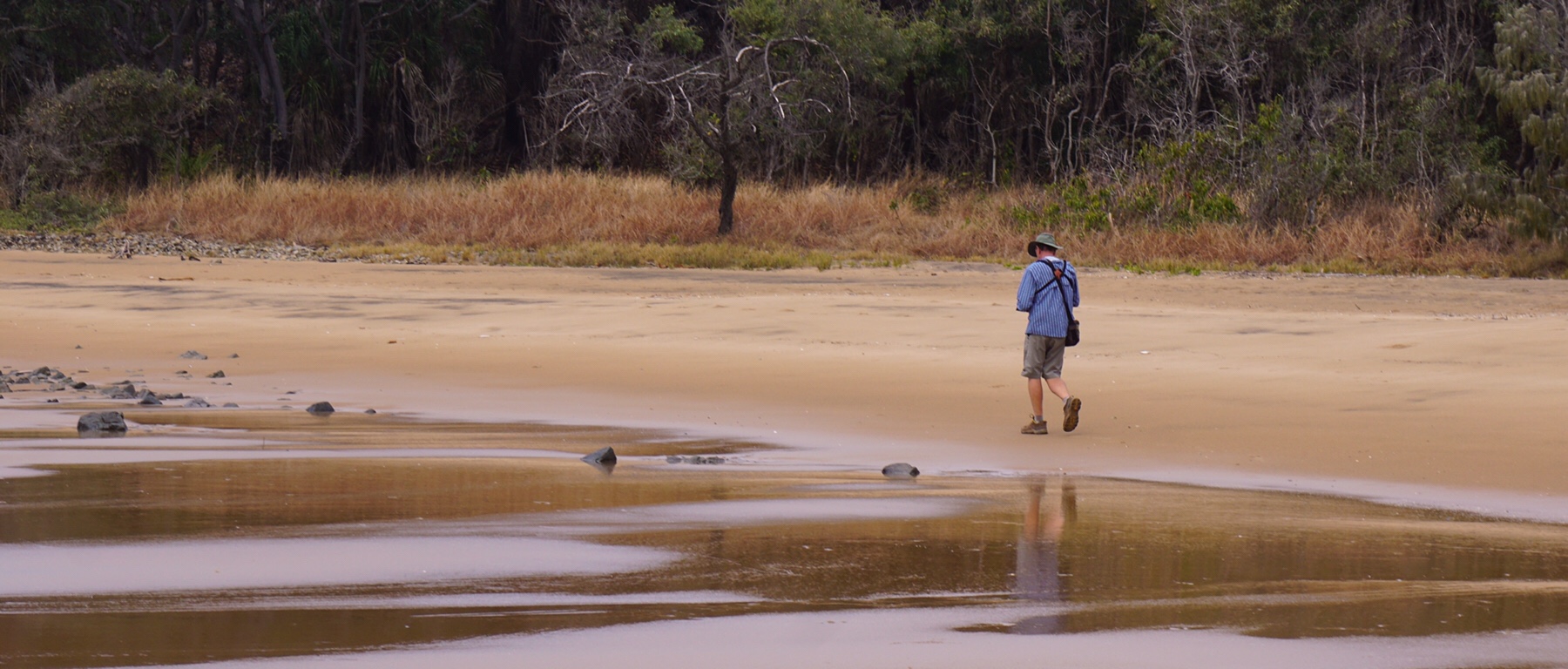

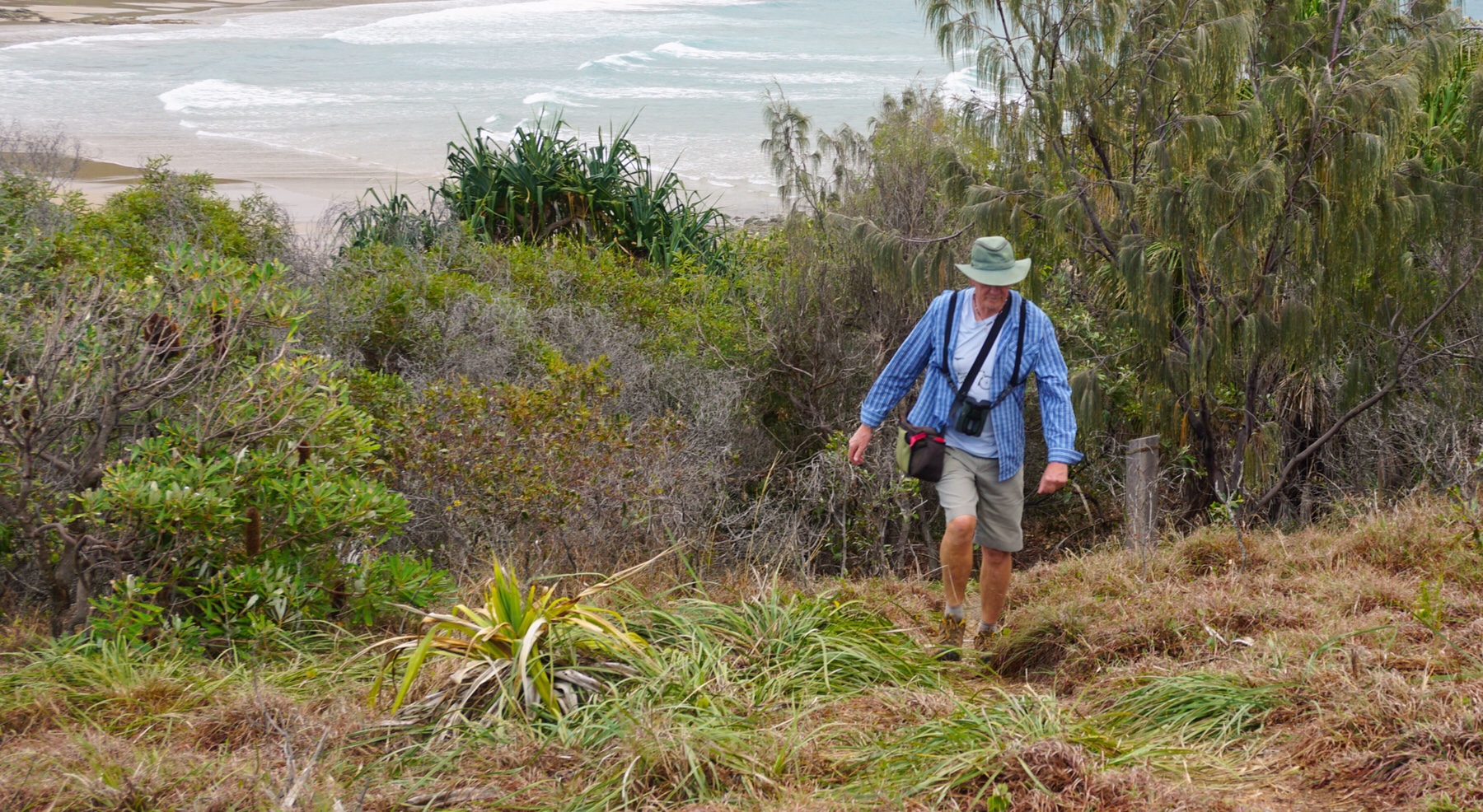
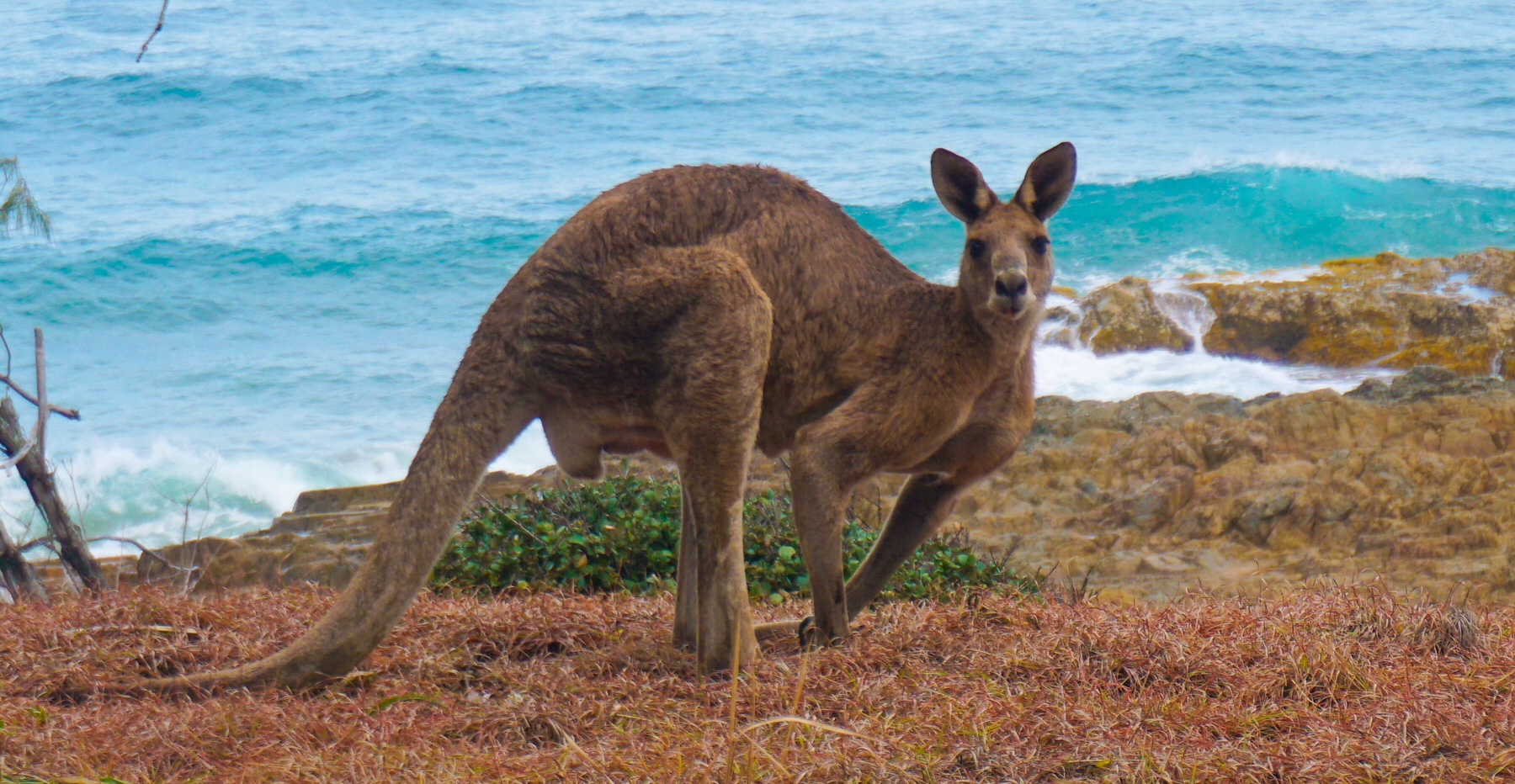
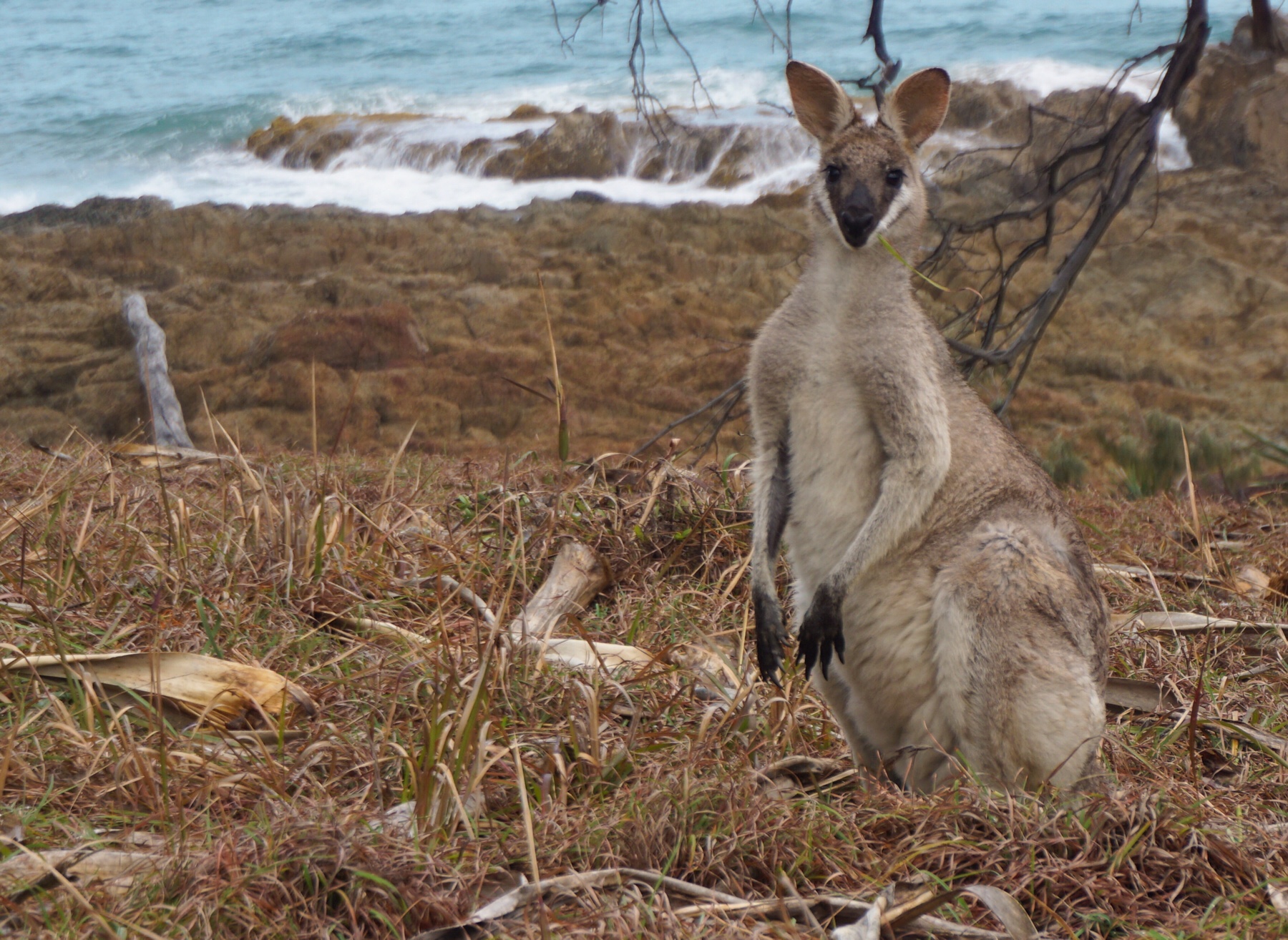
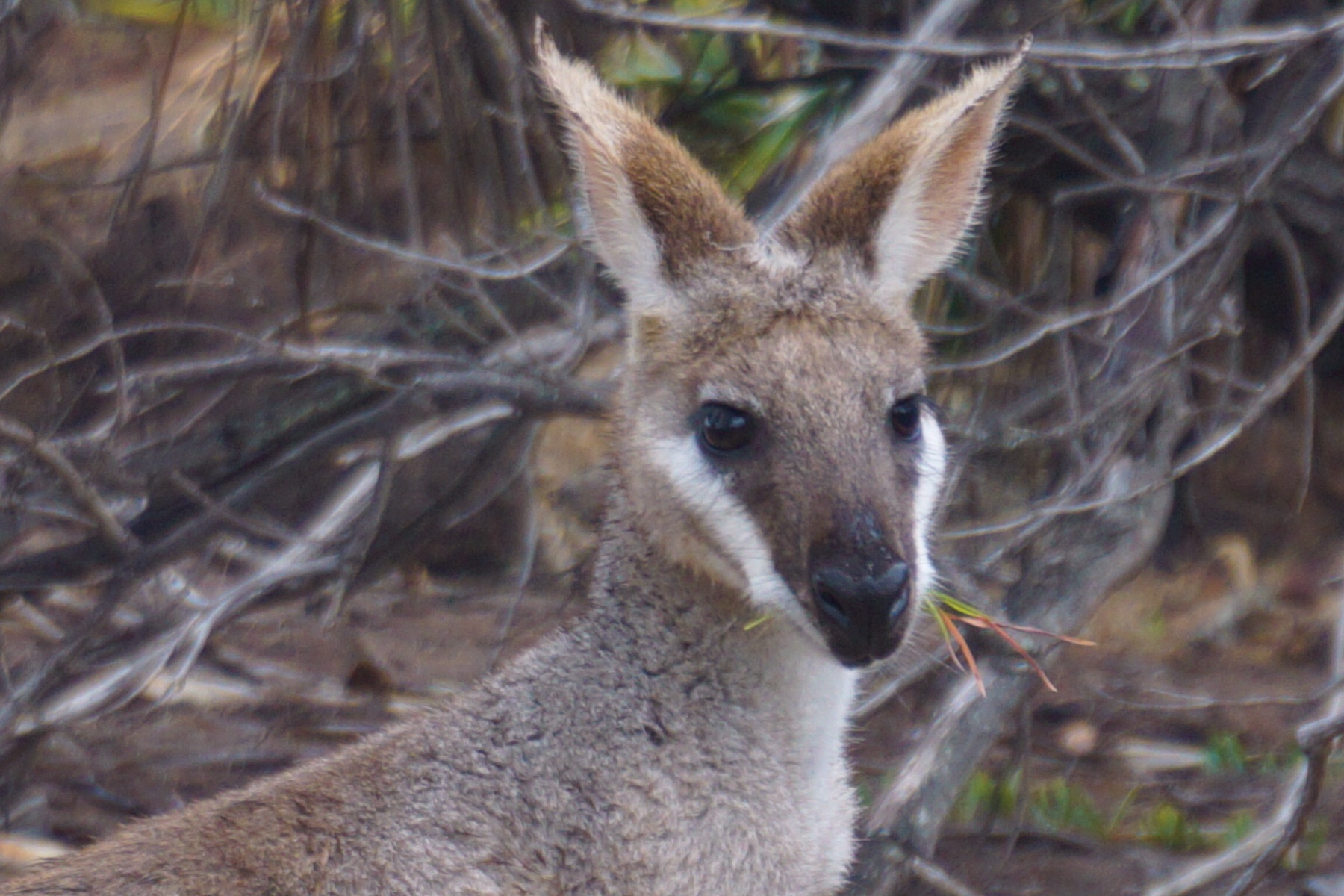
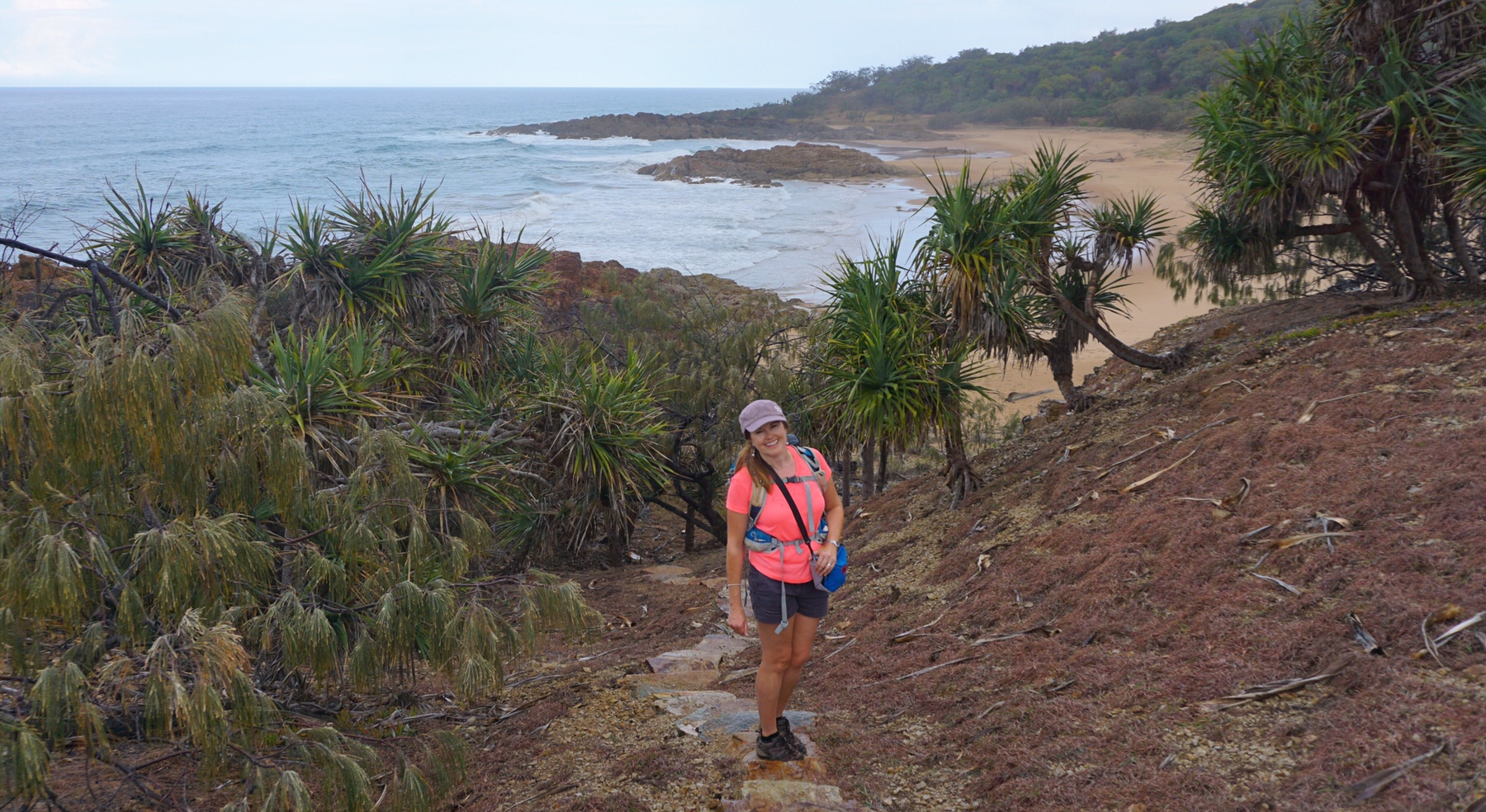
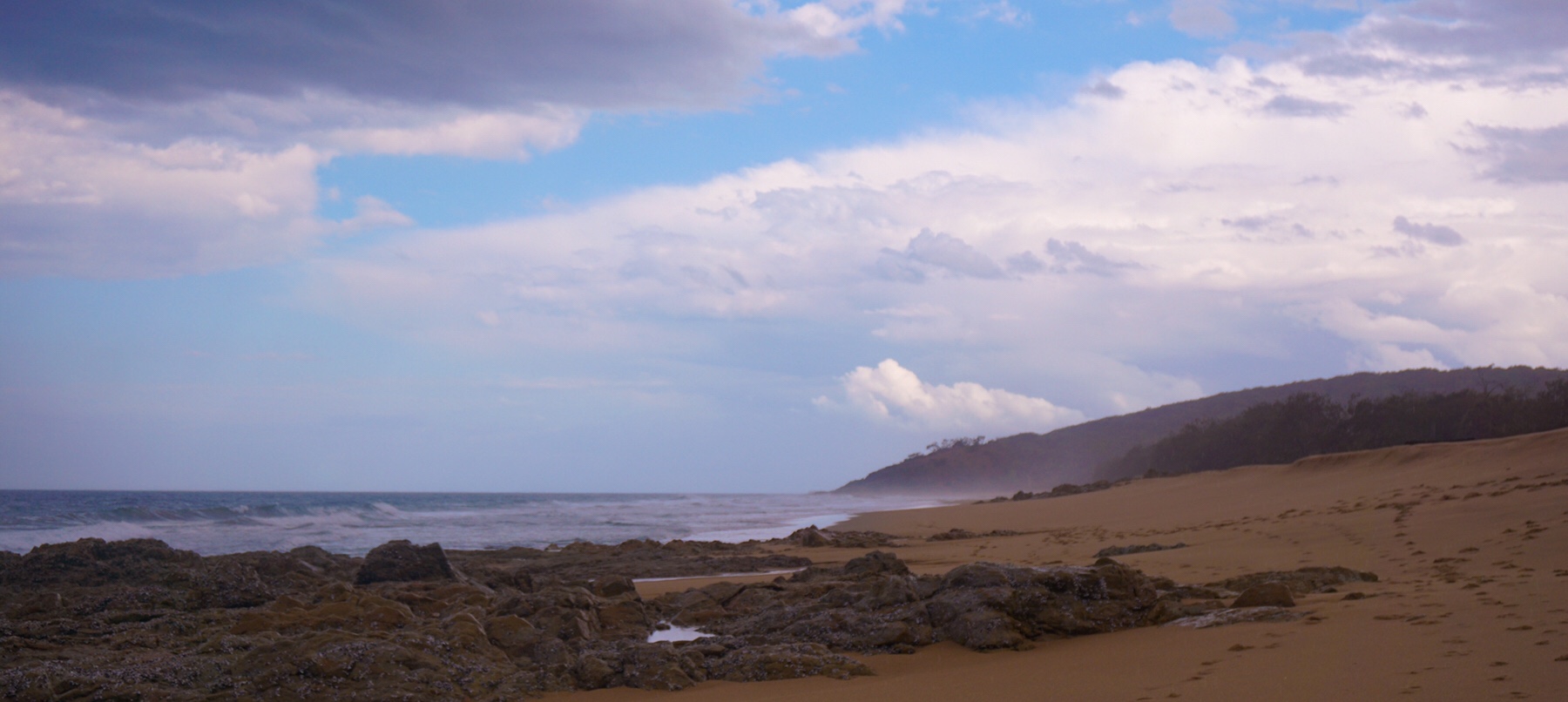
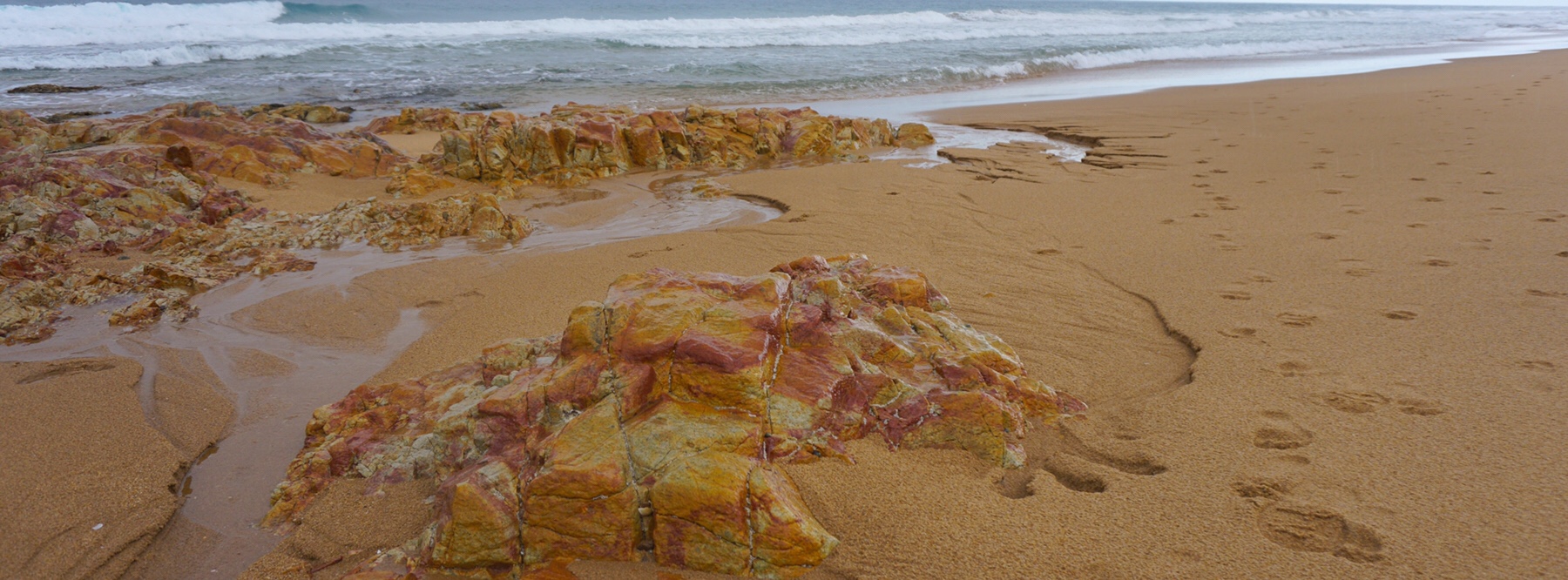
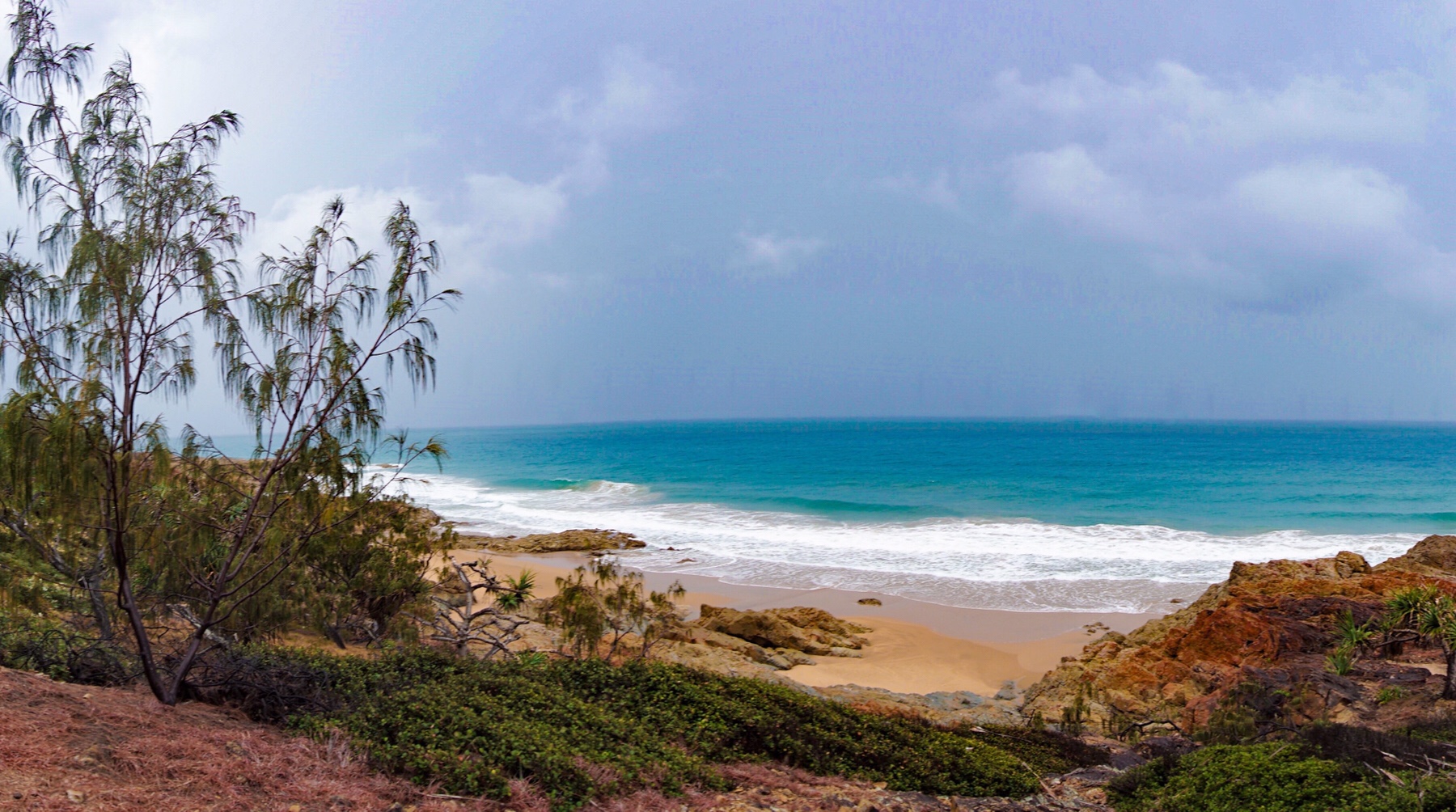
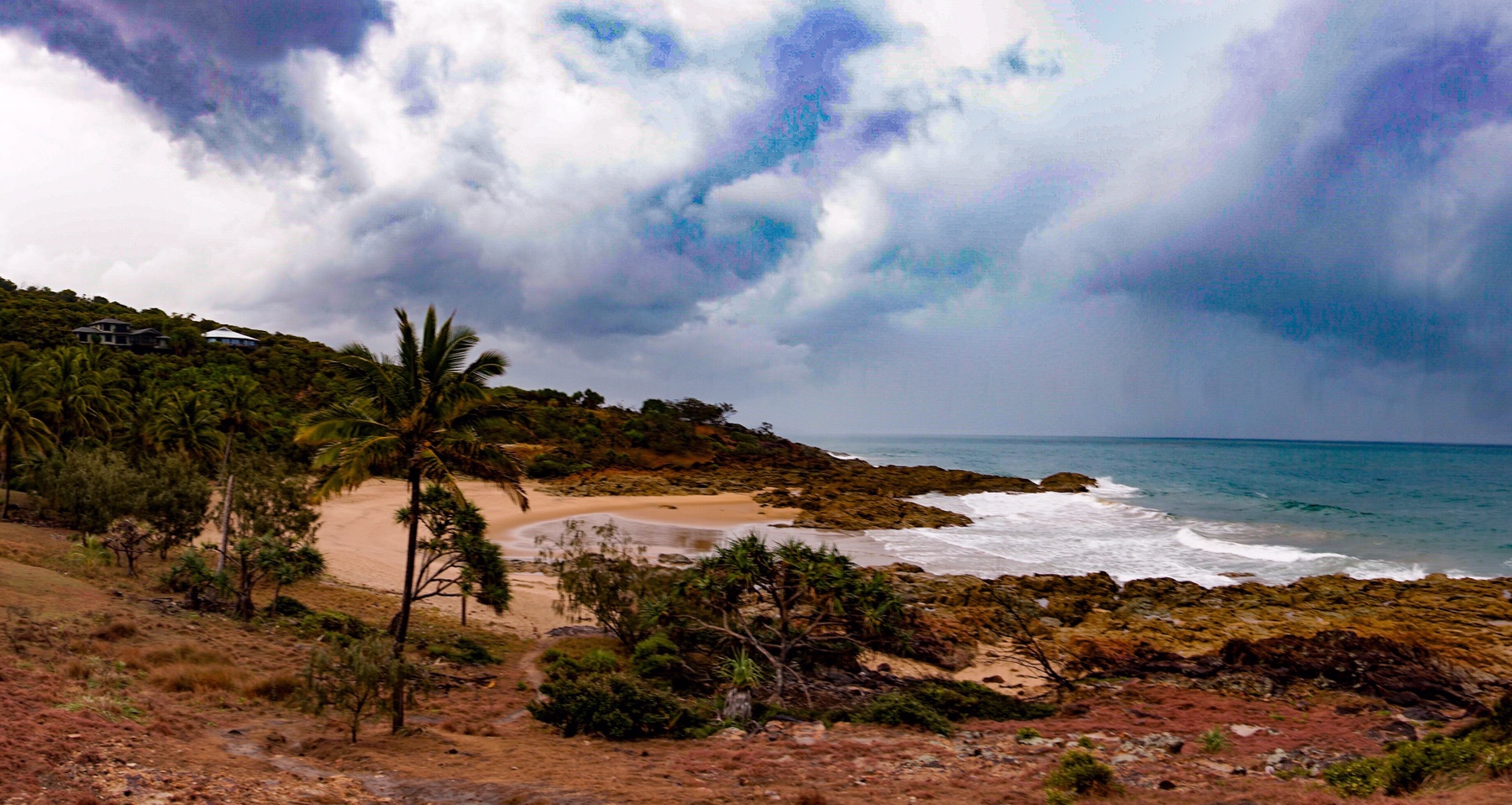 Back to the park and a quiet Sunday night (when isn’t it nowadays!) and plans made for our departure tomorrow.
Back to the park and a quiet Sunday night (when isn’t it nowadays!) and plans made for our departure tomorrow.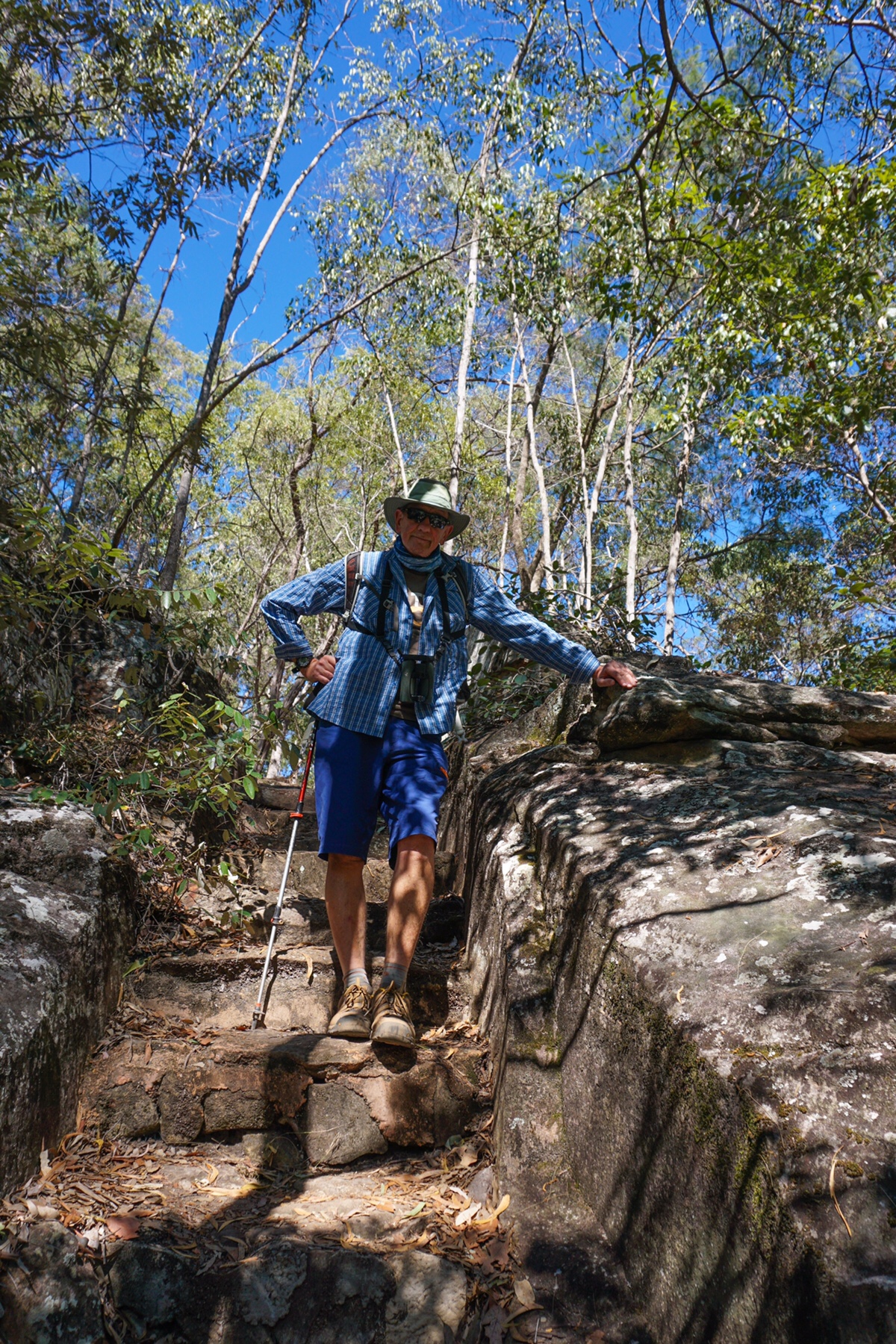
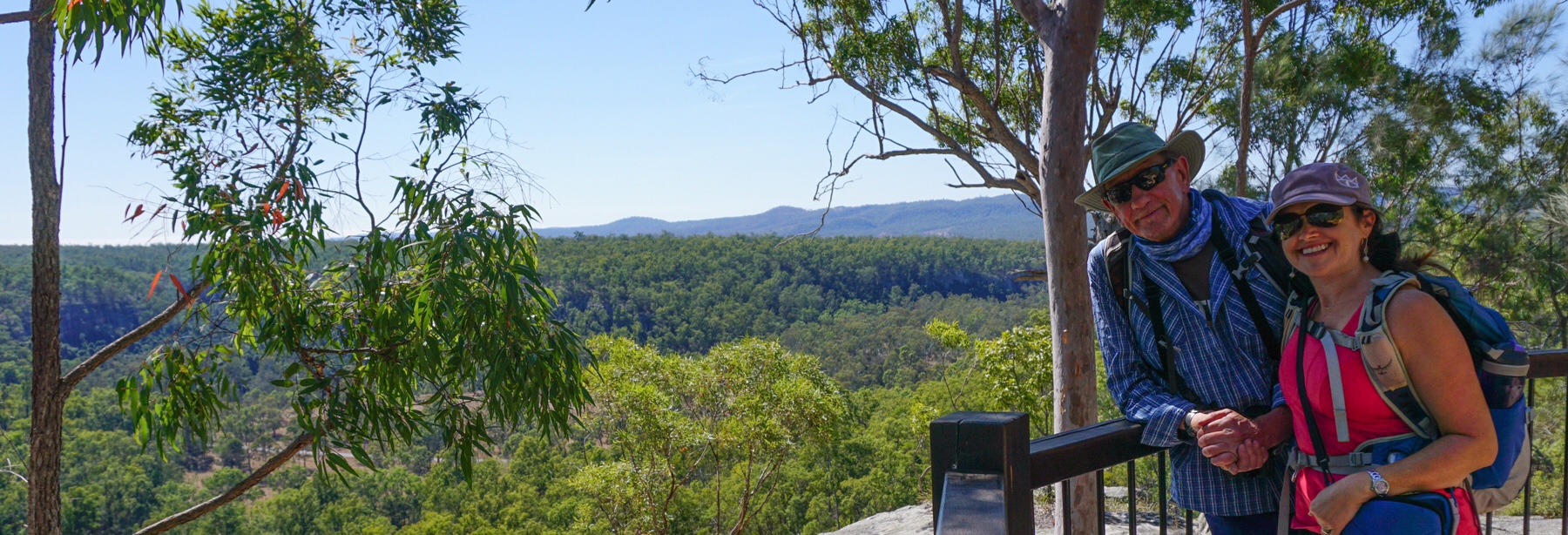
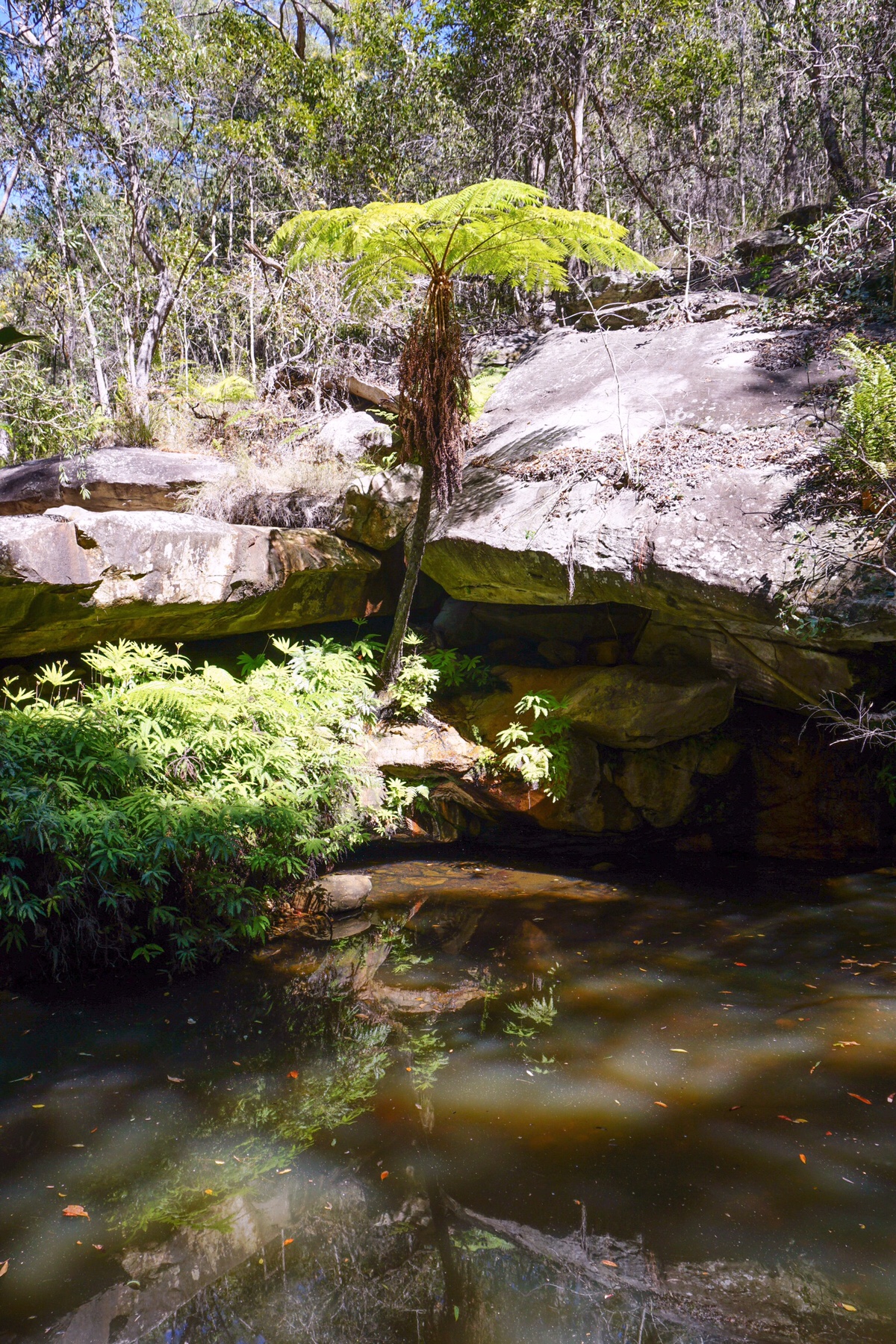
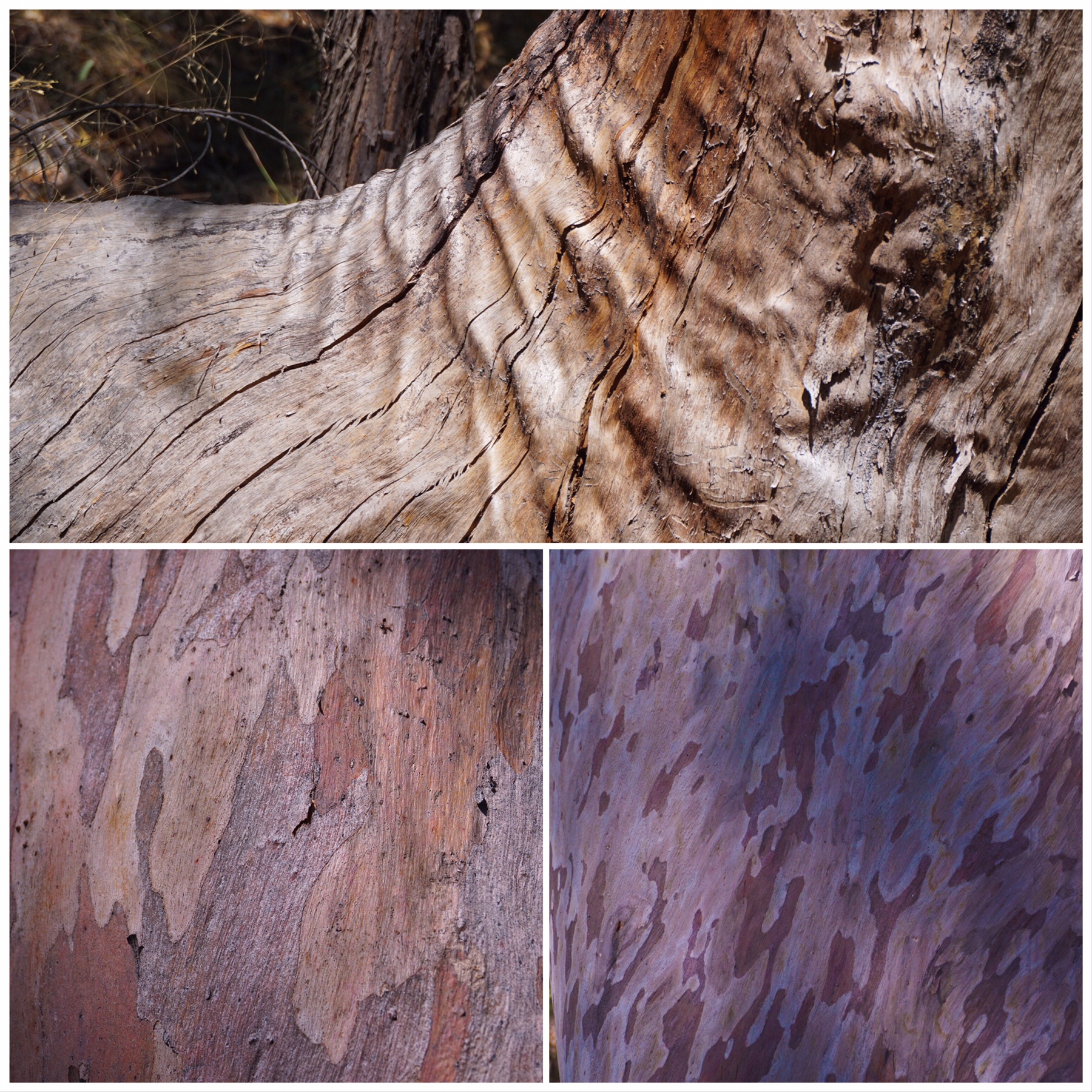
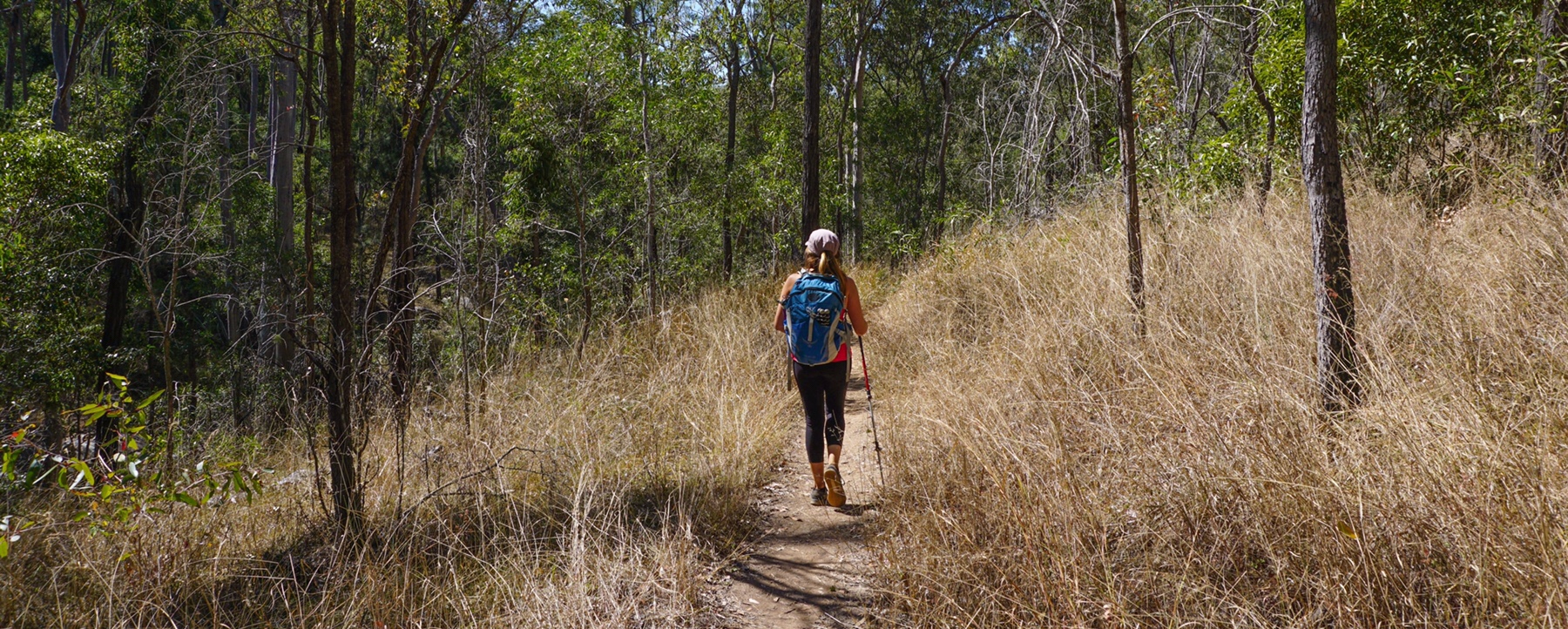 Queensland is very dry currently, not having had rain in this area for a couple of months. This is very evident in the sheer numbers of birds flocking to this little water source, particularly grey fantails and flocks of silvereyes, so gorgeous.
Queensland is very dry currently, not having had rain in this area for a couple of months. This is very evident in the sheer numbers of birds flocking to this little water source, particularly grey fantails and flocks of silvereyes, so gorgeous.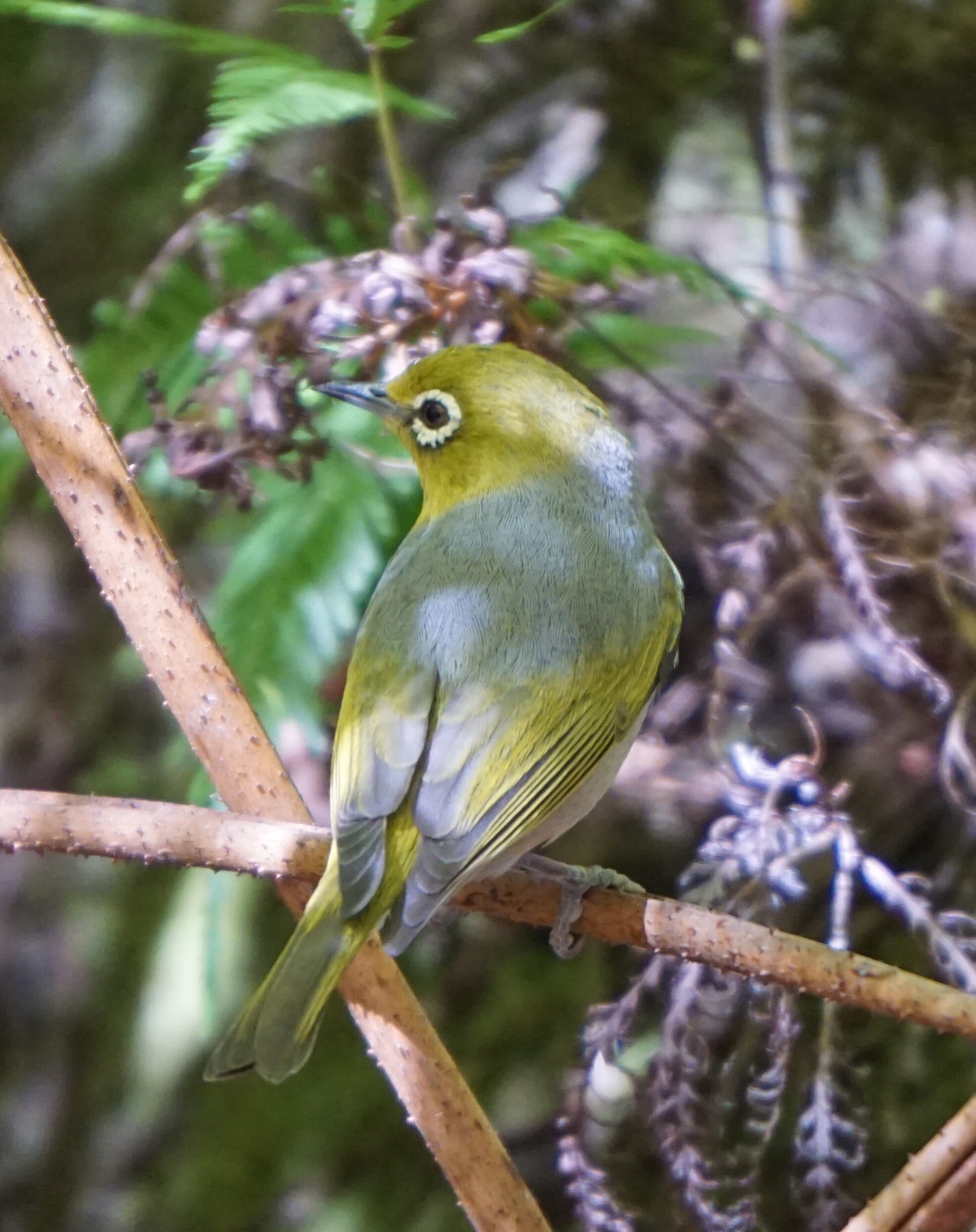
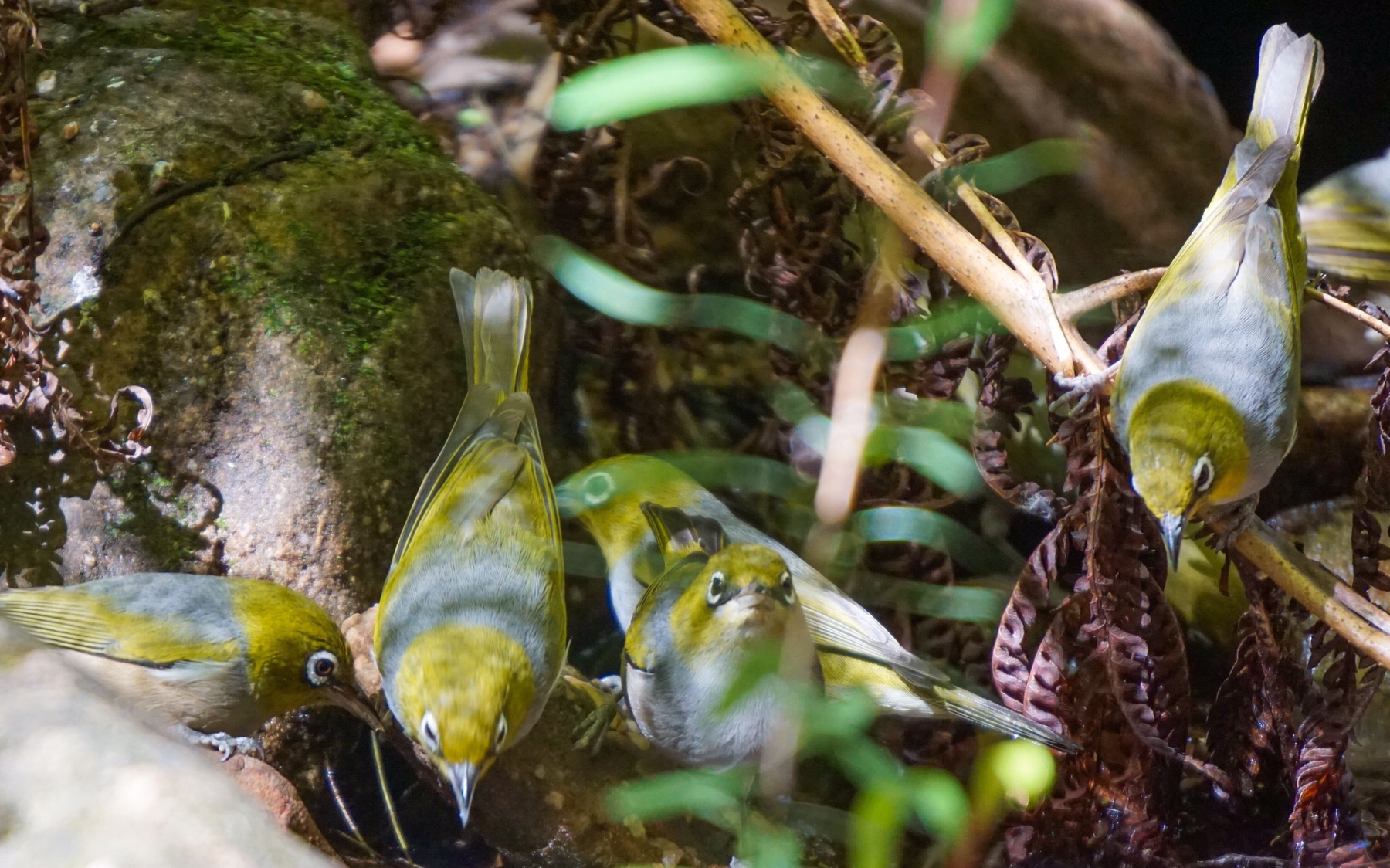
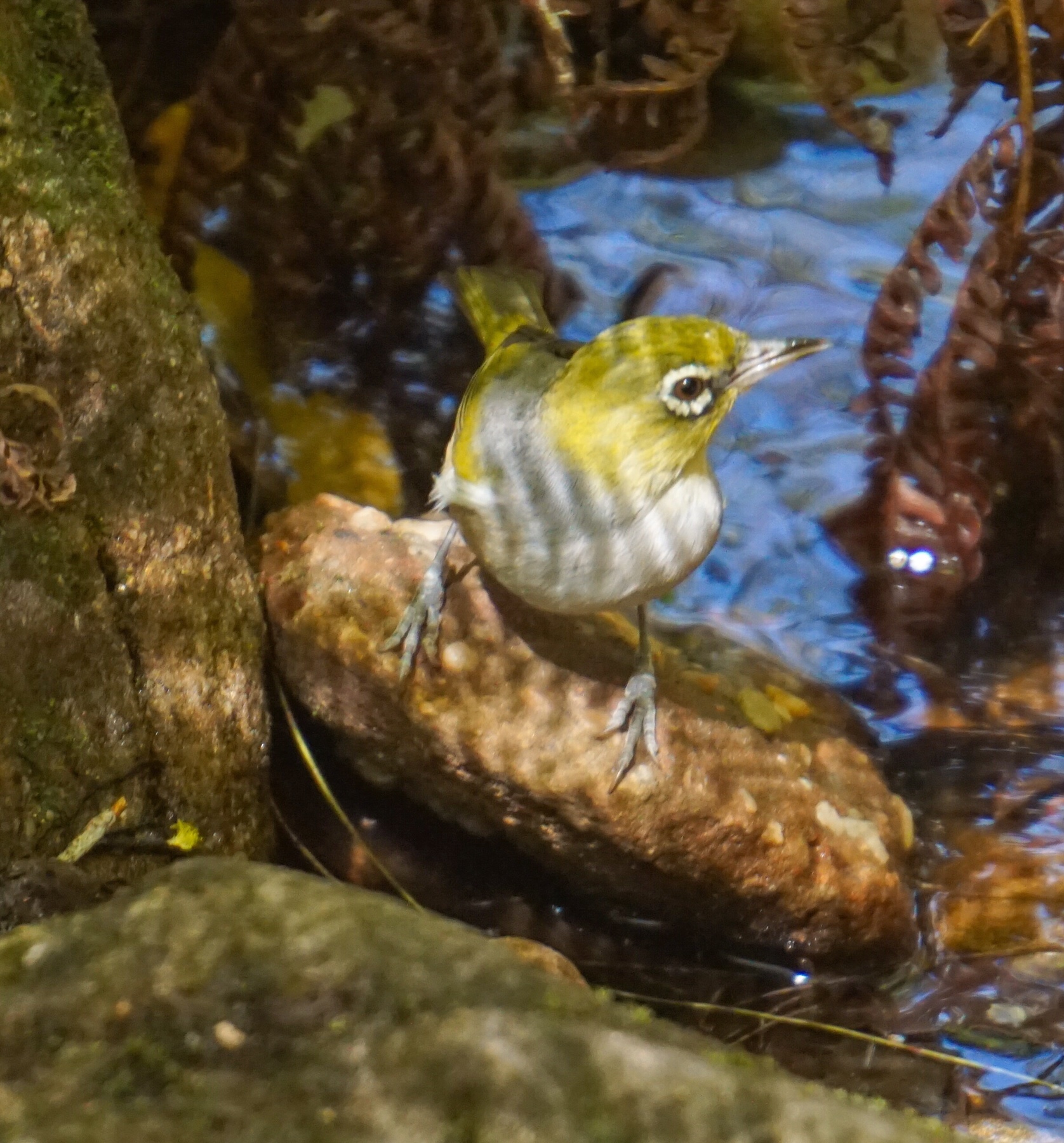
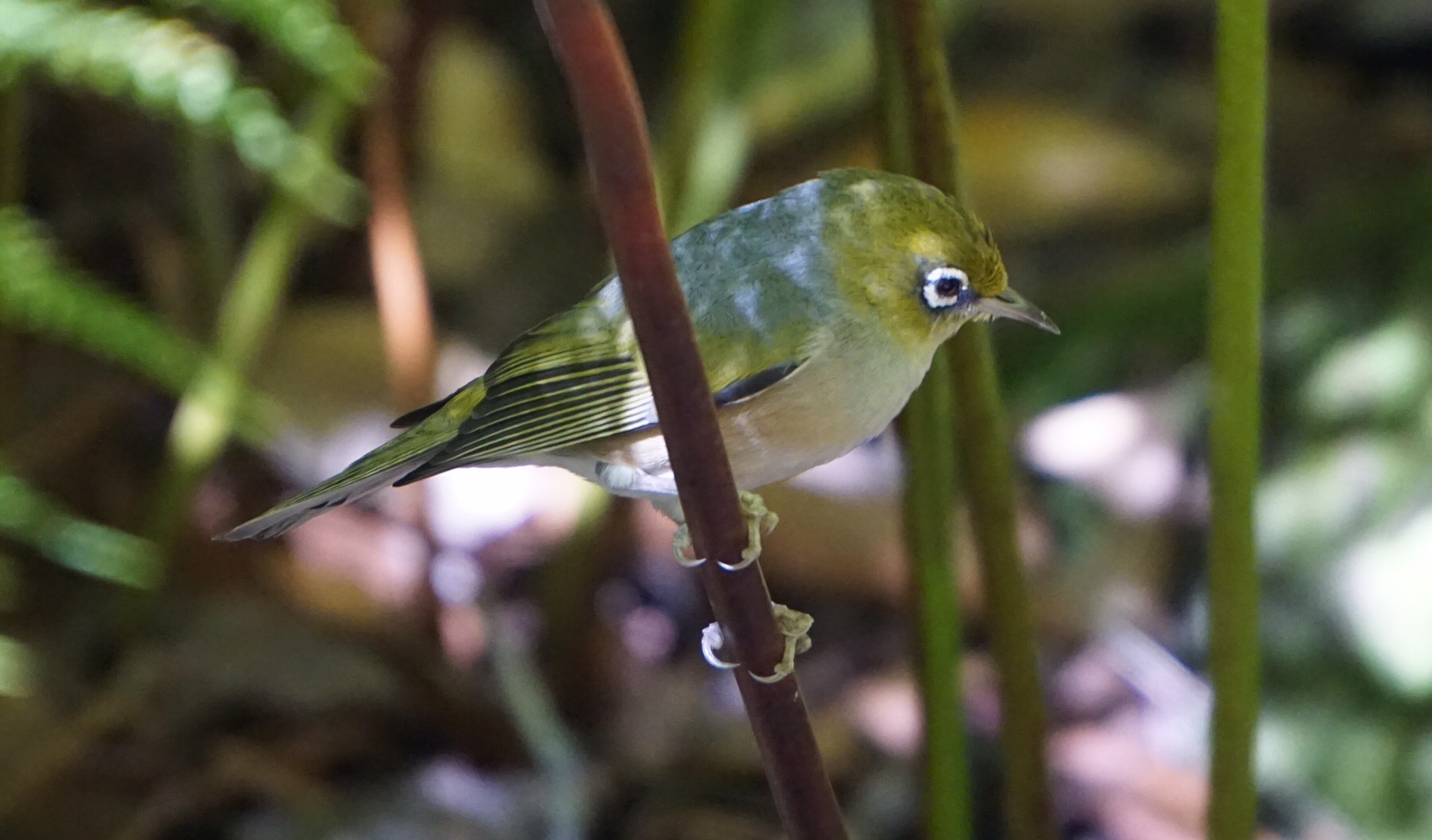
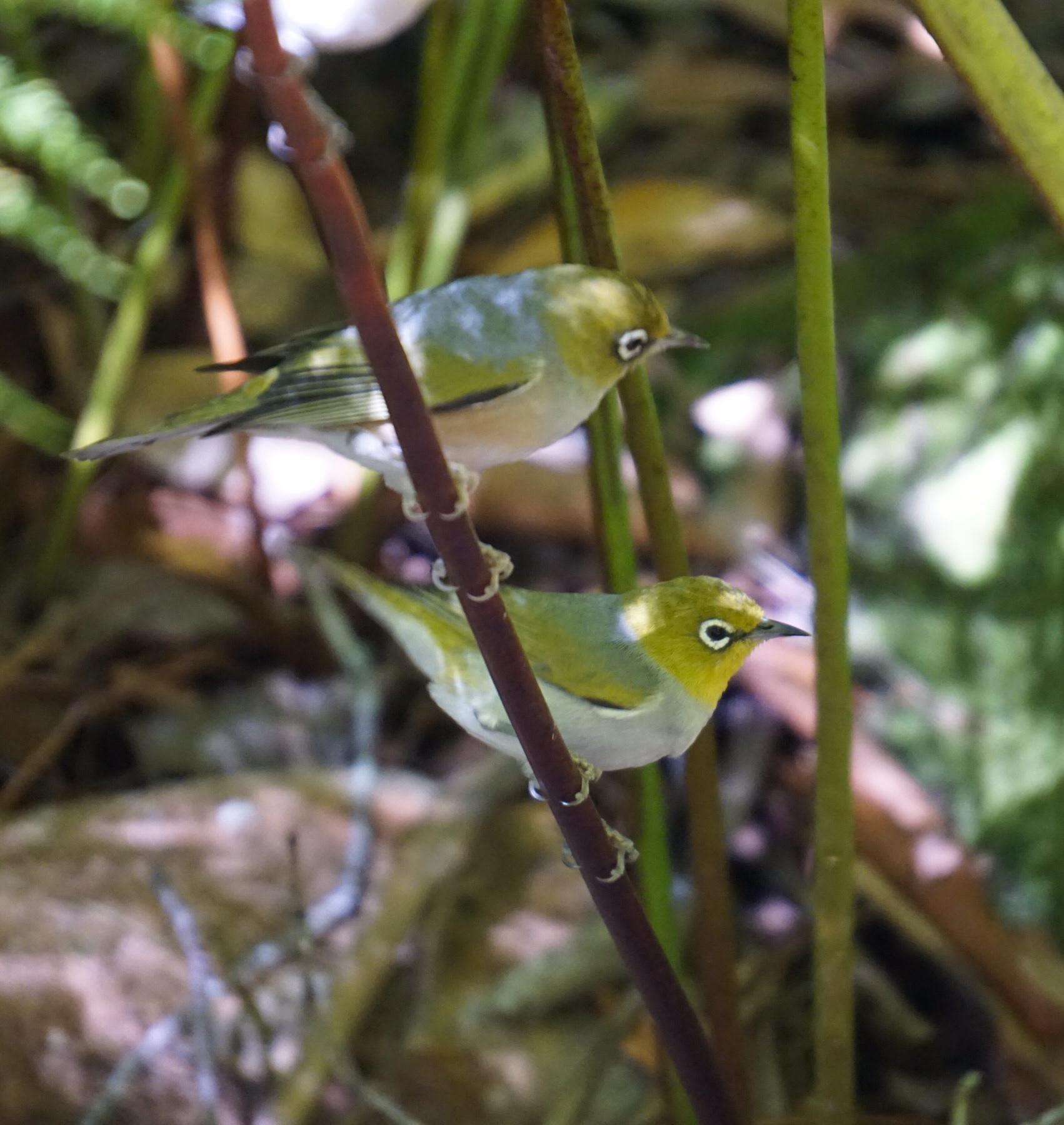
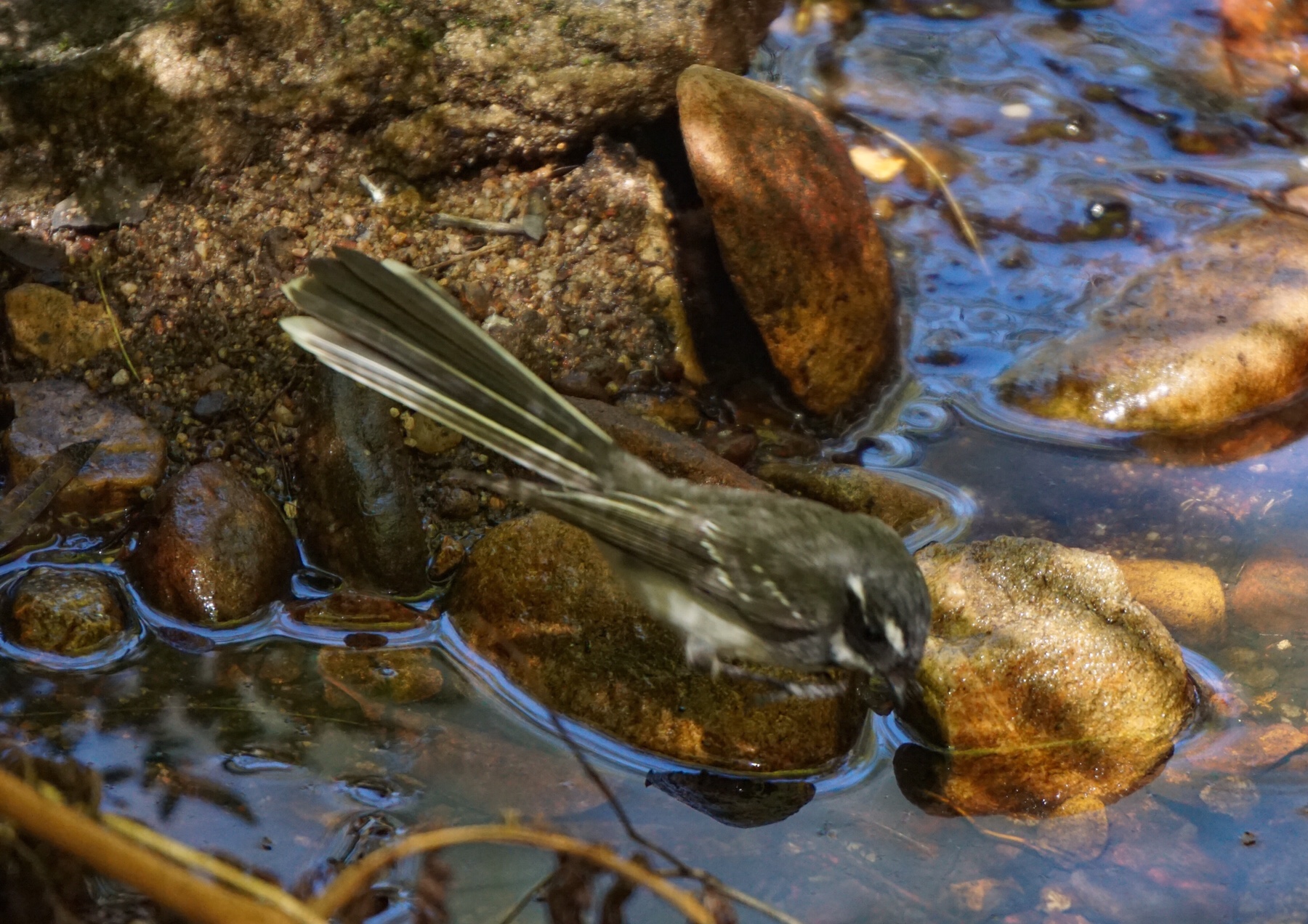
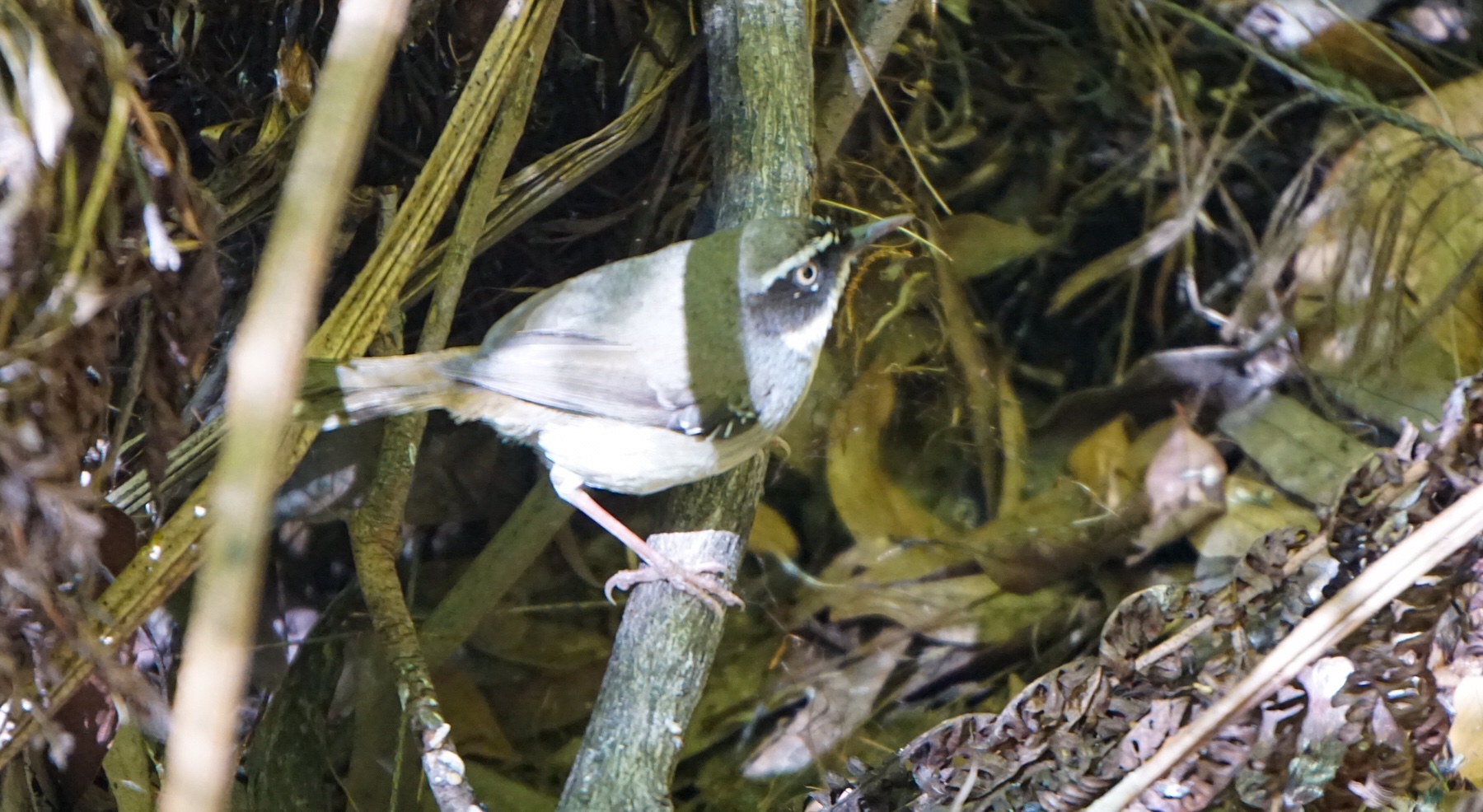 Six kilometres later we were back at camp for a relax. This is one of the nicest places we have parked our mobile apartment in a long while, surrounded by tall gum trees, dappled sunlight and high sandstone walls providing a picturesque backdrop. As we sat outside with a cup of tea a couple we had seen on our walk strolled past, the American man inviting Mark to join him on a cycle up to the dam later on in the afternoon. Mark accepted his invitation, and jumped on his bike for a ride.I meanwhile finished baking an orange and almond cake, and left that to cool while I went off on another 6km walk.
Six kilometres later we were back at camp for a relax. This is one of the nicest places we have parked our mobile apartment in a long while, surrounded by tall gum trees, dappled sunlight and high sandstone walls providing a picturesque backdrop. As we sat outside with a cup of tea a couple we had seen on our walk strolled past, the American man inviting Mark to join him on a cycle up to the dam later on in the afternoon. Mark accepted his invitation, and jumped on his bike for a ride.I meanwhile finished baking an orange and almond cake, and left that to cool while I went off on another 6km walk.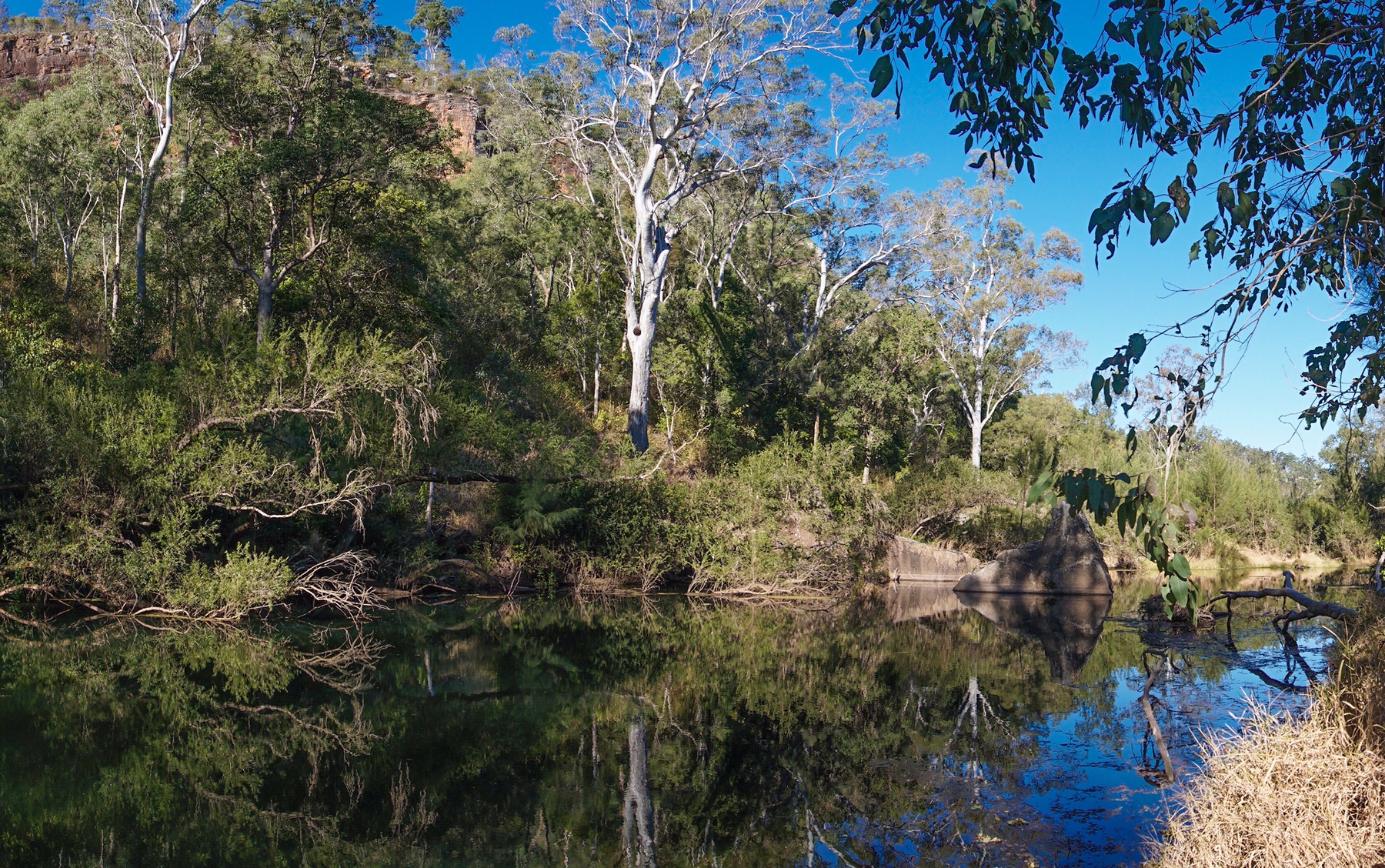
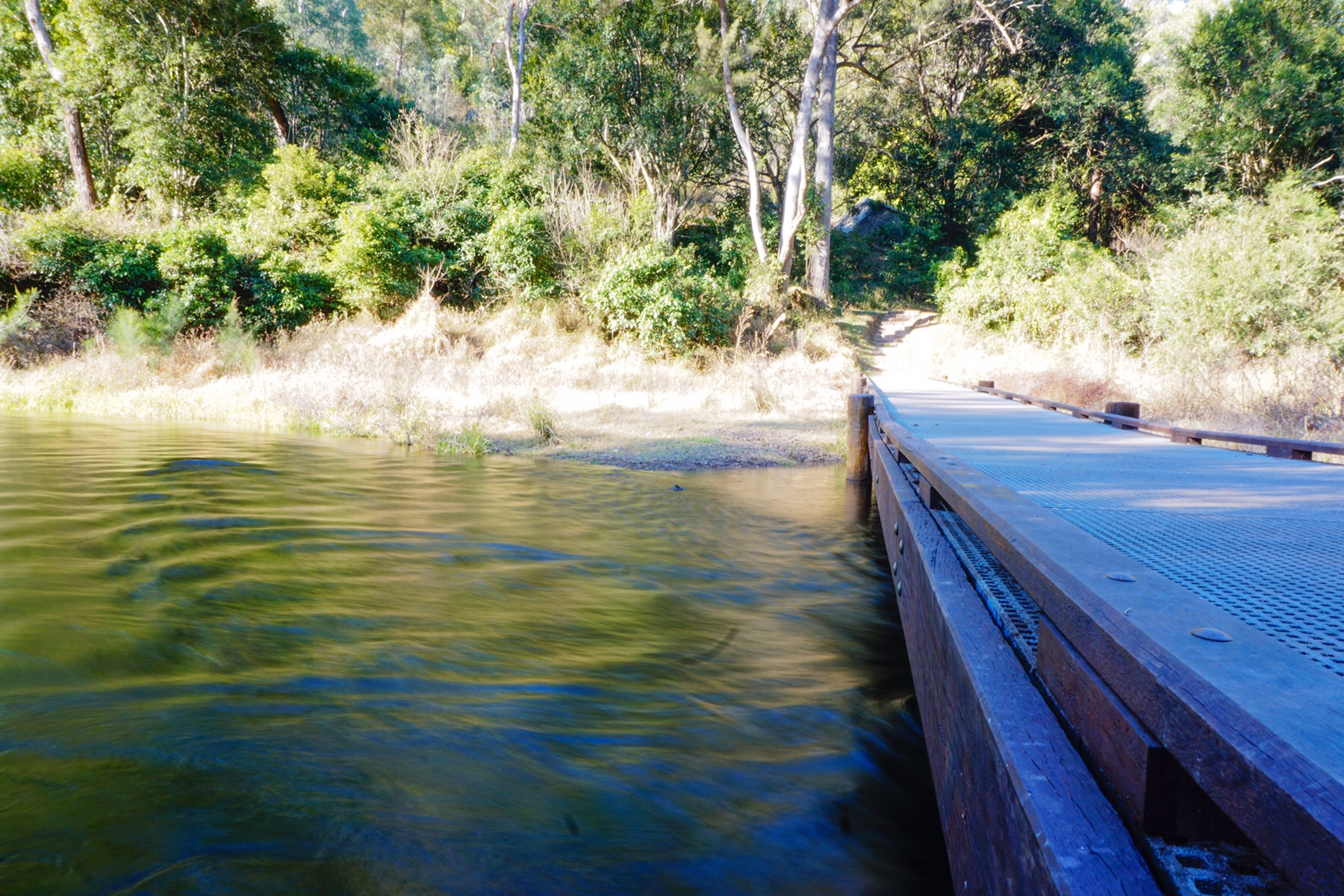
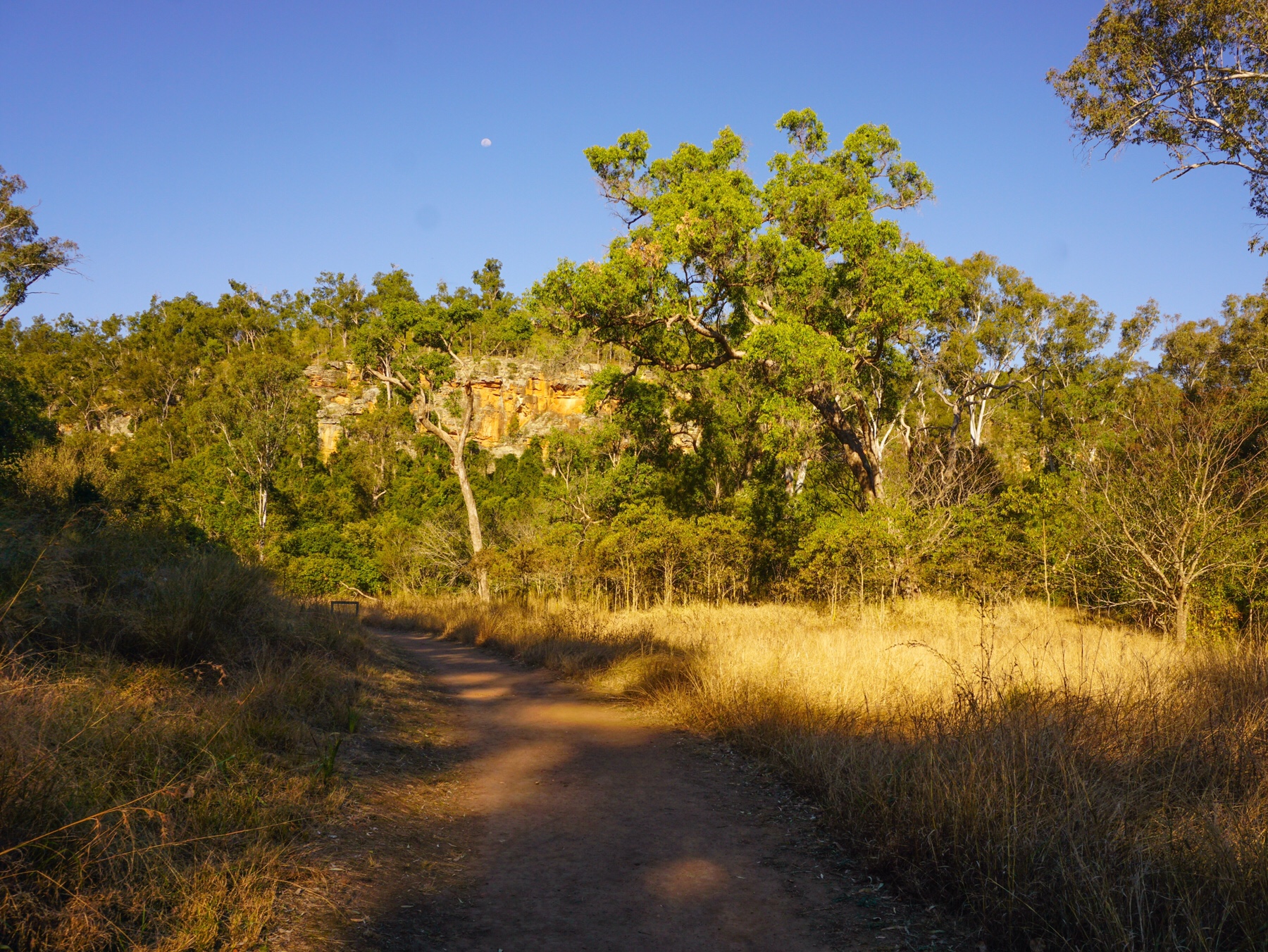 From there, I walked up to Dragon Cave, so named for the black ‘mural’ of a dragon up on the wall in there…with a little imagination. Generally I just enjoyed the clean fresh air, the sound of the birds and just being outdoors in the warm light of the late afternoon.
From there, I walked up to Dragon Cave, so named for the black ‘mural’ of a dragon up on the wall in there…with a little imagination. Generally I just enjoyed the clean fresh air, the sound of the birds and just being outdoors in the warm light of the late afternoon.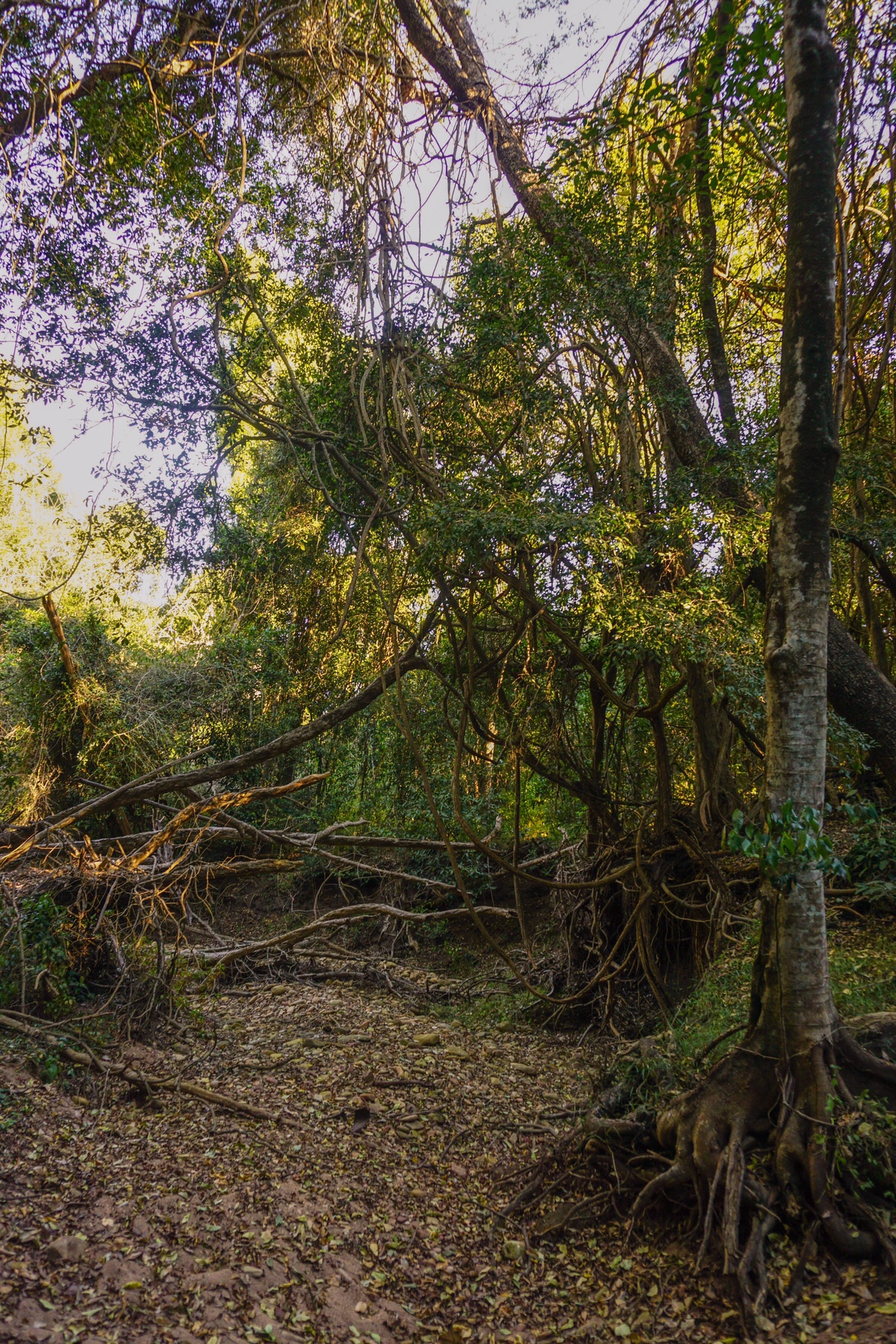
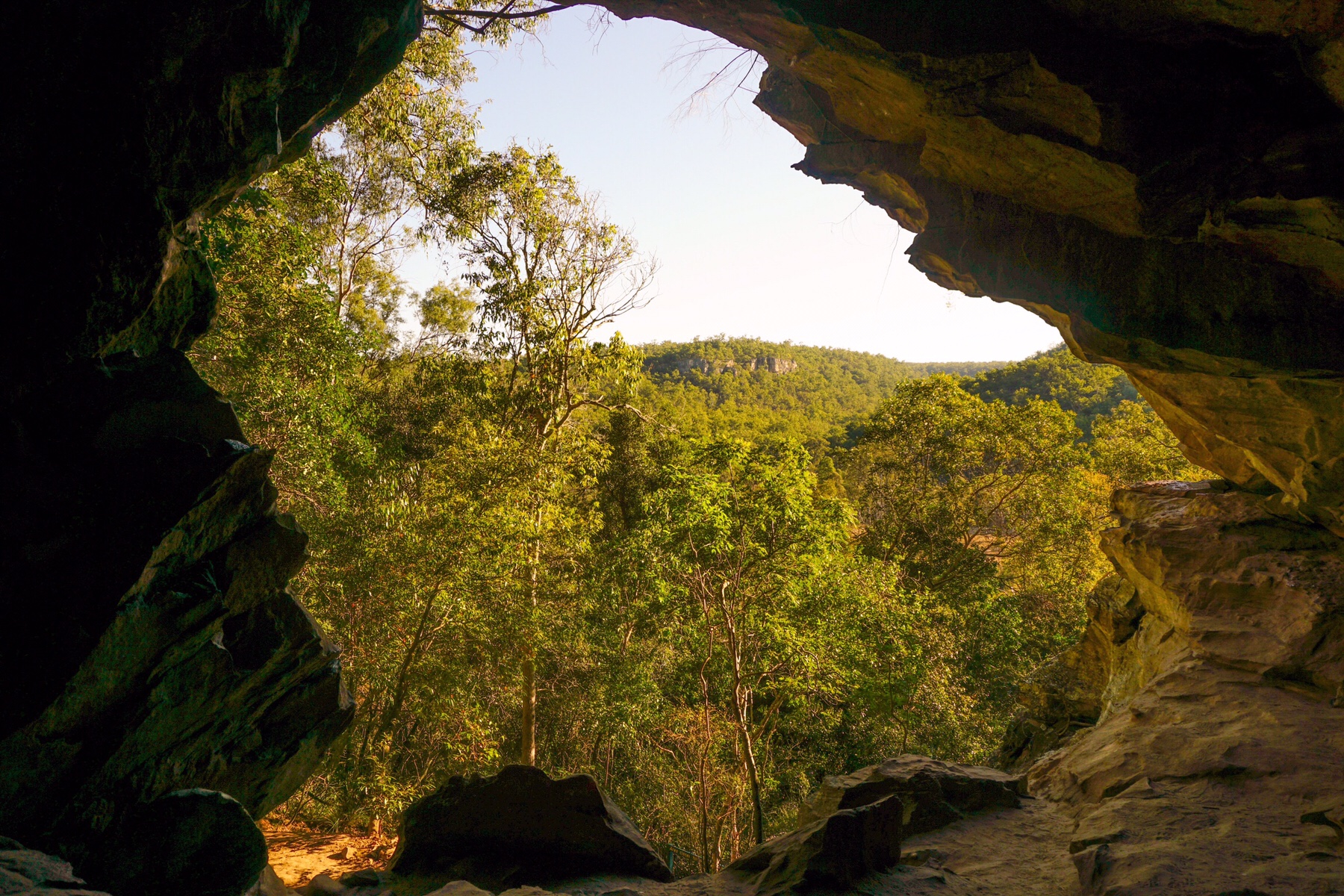
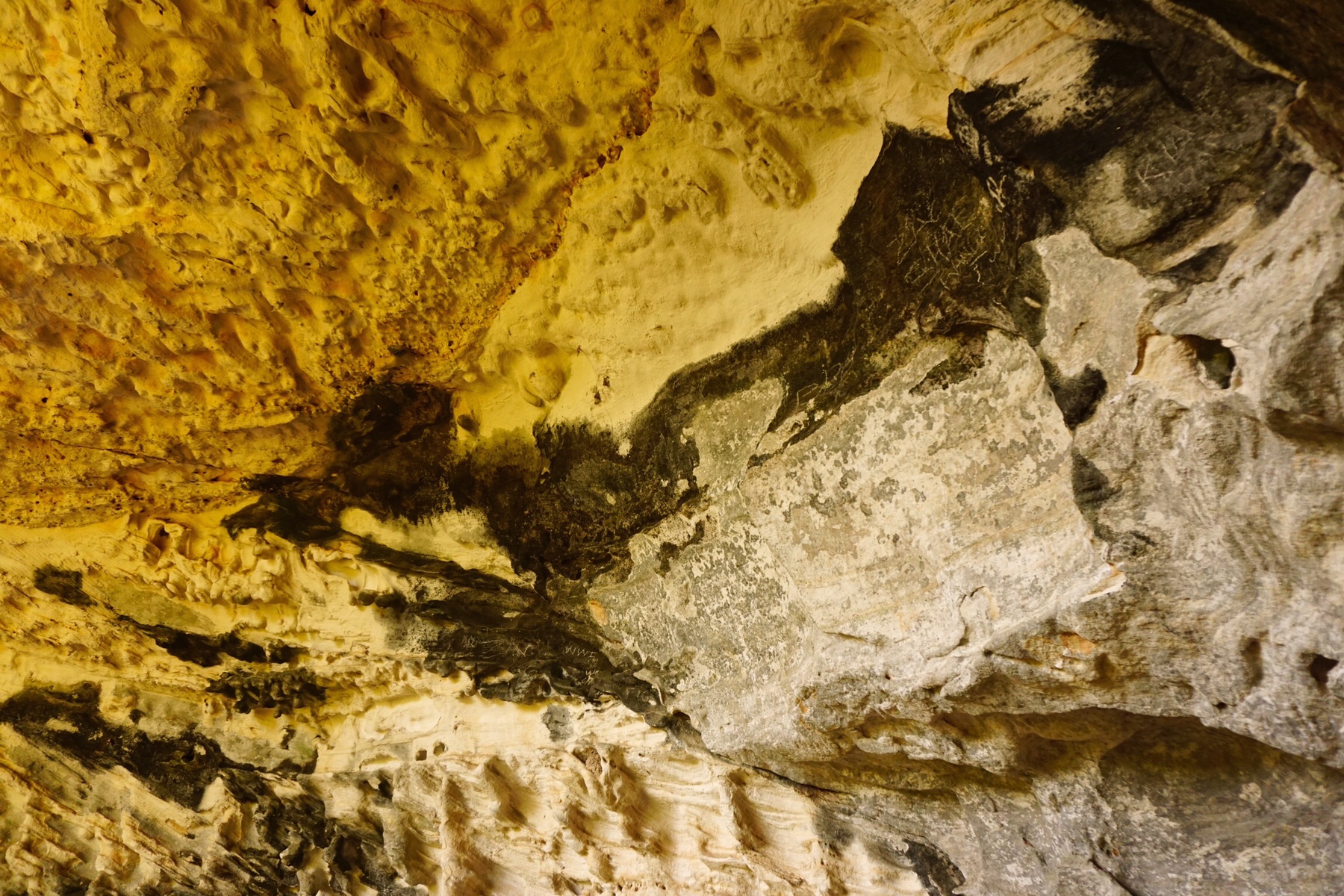
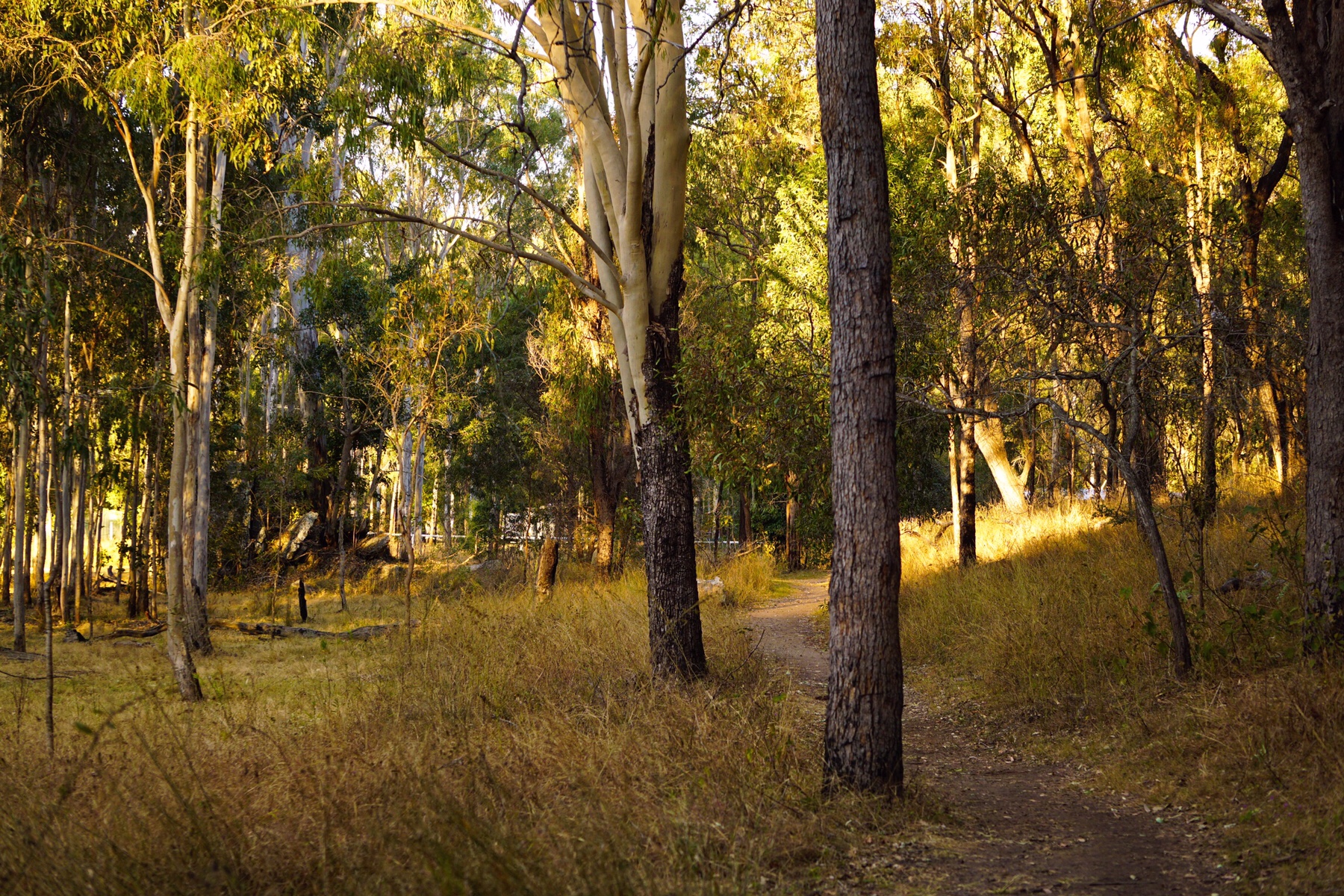 I reached camp just as the sun was setting, and Mr A was already sipping a glass of French red wine with his cycling partner and some other neighbours. It turns out the cyclist, Ben, works with mutual friends in Sydney. What a small world!
I reached camp just as the sun was setting, and Mr A was already sipping a glass of French red wine with his cycling partner and some other neighbours. It turns out the cyclist, Ben, works with mutual friends in Sydney. What a small world!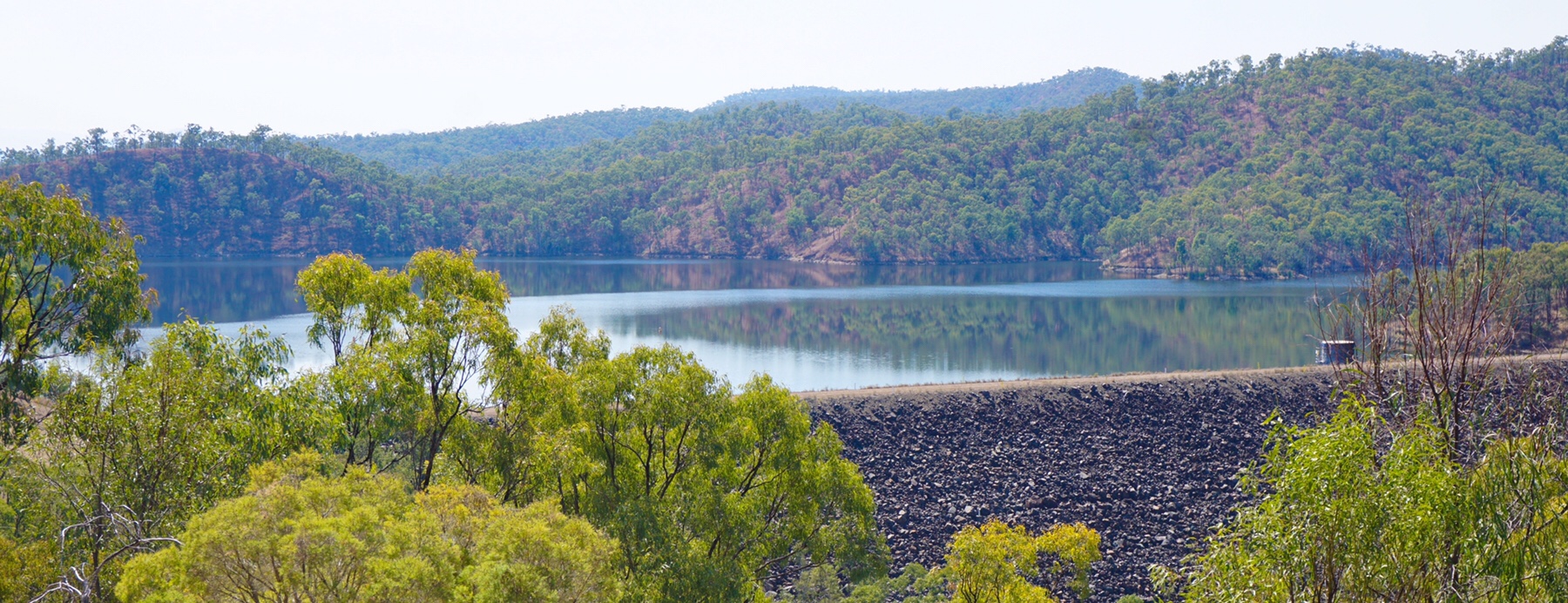
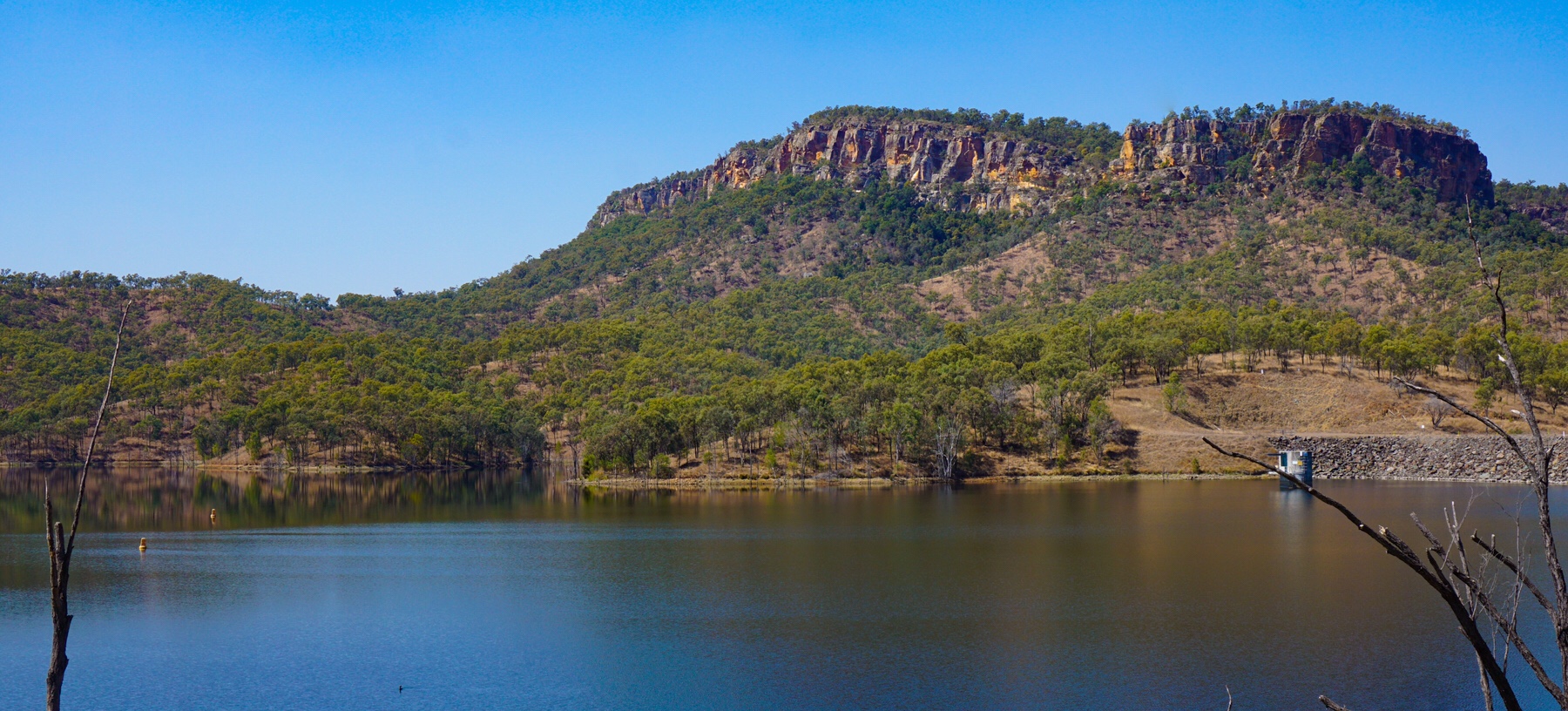
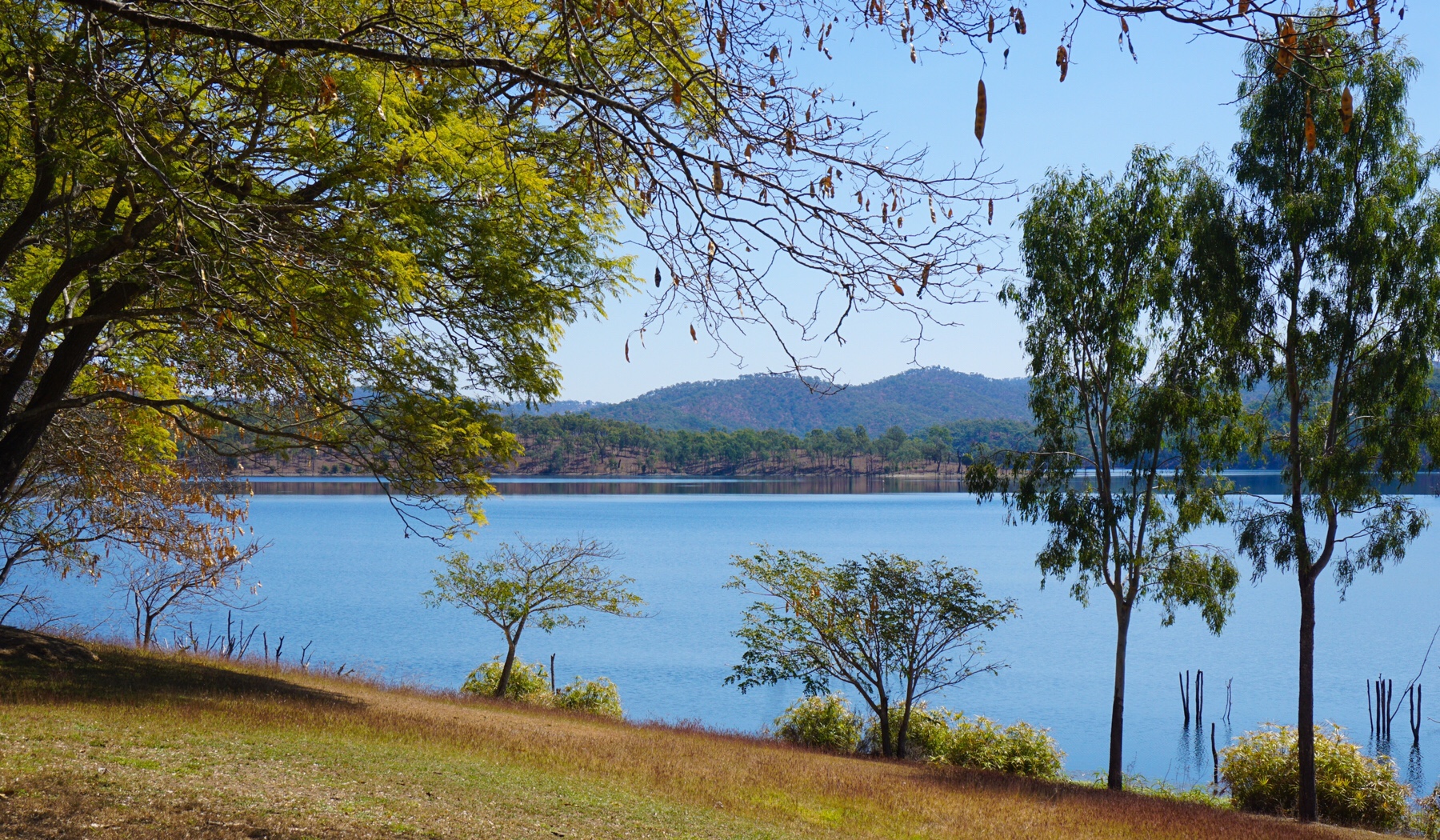 Cania Gorge had a gold rush in the 1870s, and the remnants were visible on a short walk. There was little gold here, with 183.5 tons of rock yielding only around 4.3kg of gold – a lot of work for little reward under gruelling conditions. Today felt pretty warm at about 25 degrees centigrade in the middle of winter. We had a wander around, then headed off to do another, longer walk.
Cania Gorge had a gold rush in the 1870s, and the remnants were visible on a short walk. There was little gold here, with 183.5 tons of rock yielding only around 4.3kg of gold – a lot of work for little reward under gruelling conditions. Today felt pretty warm at about 25 degrees centigrade in the middle of winter. We had a wander around, then headed off to do another, longer walk.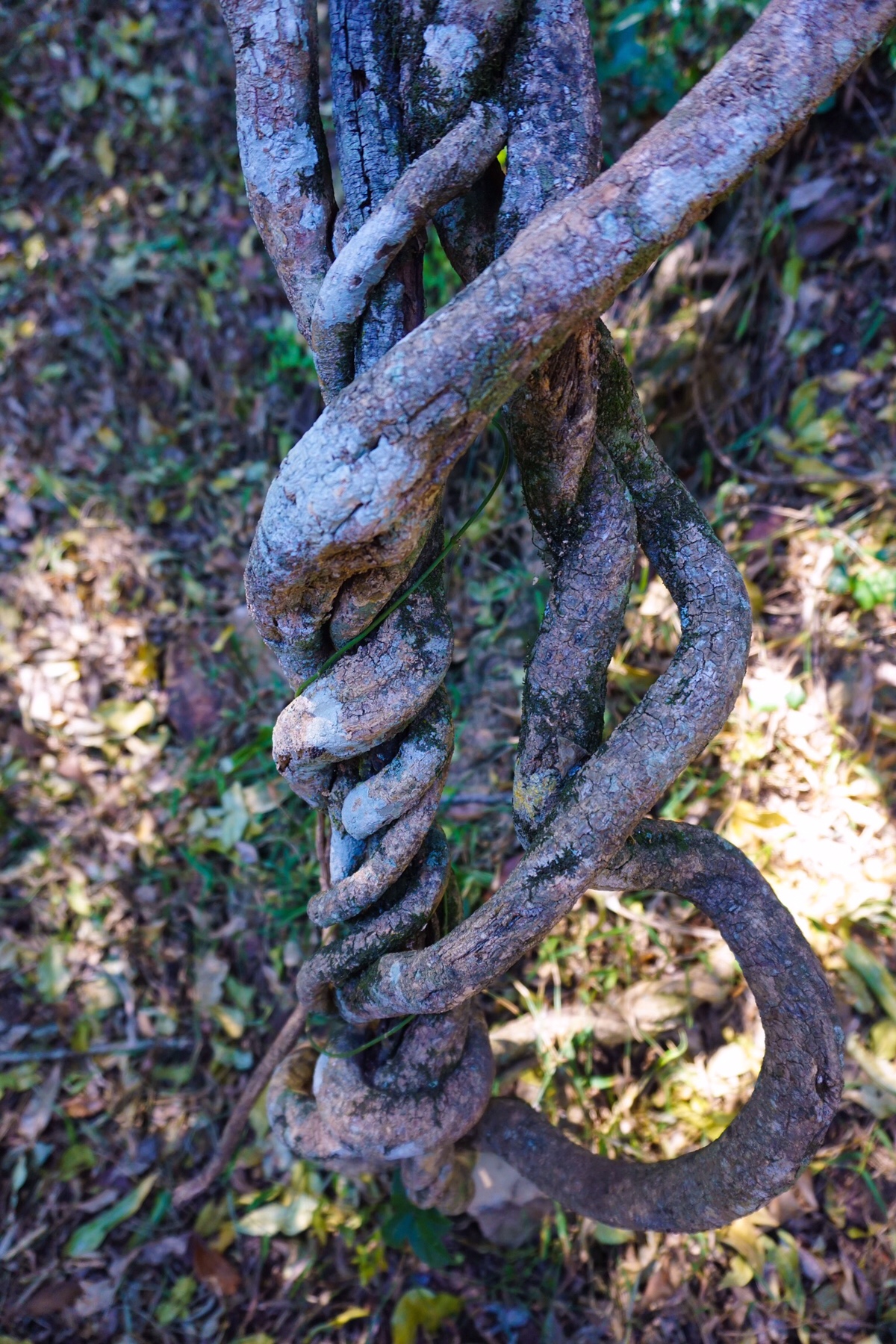
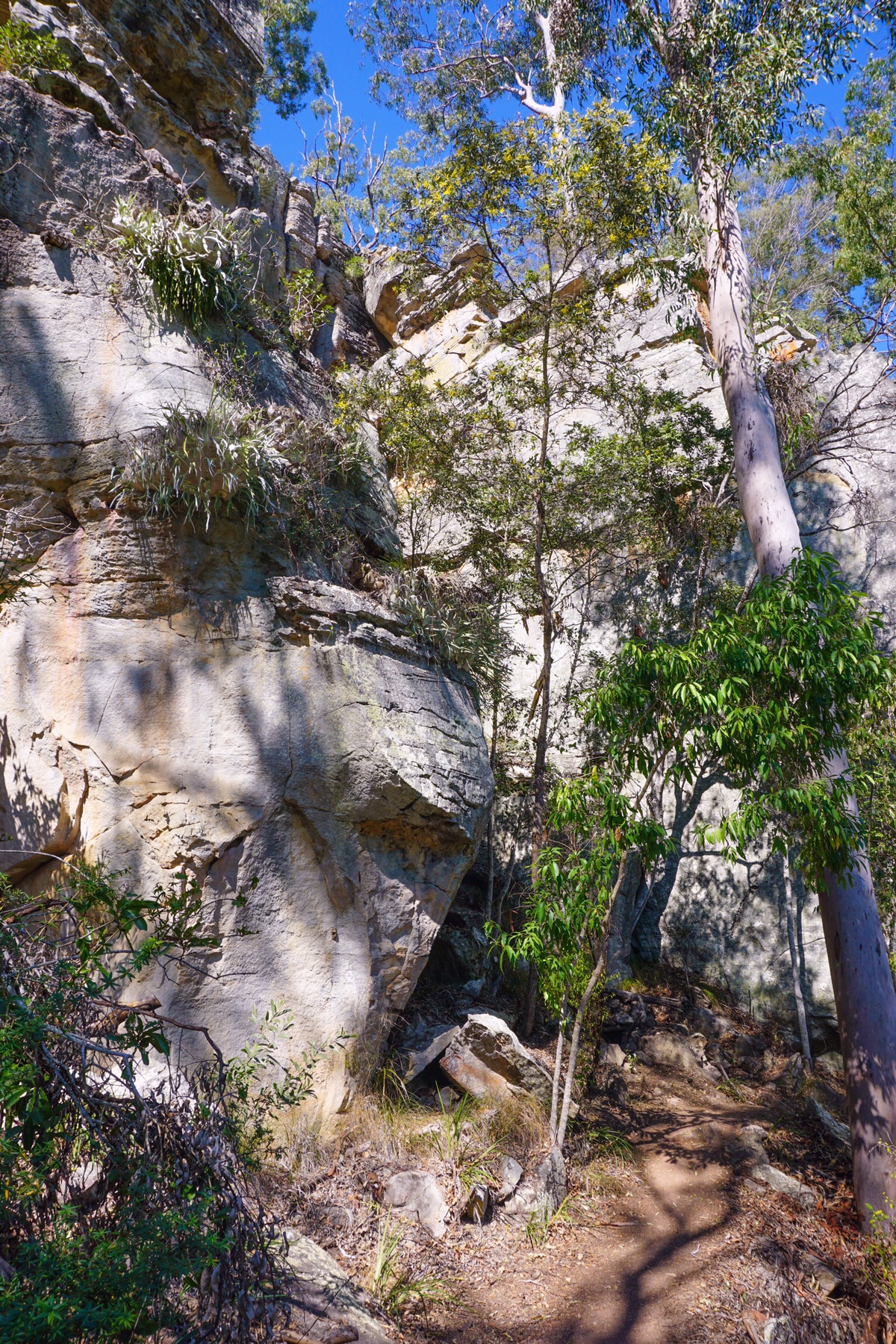
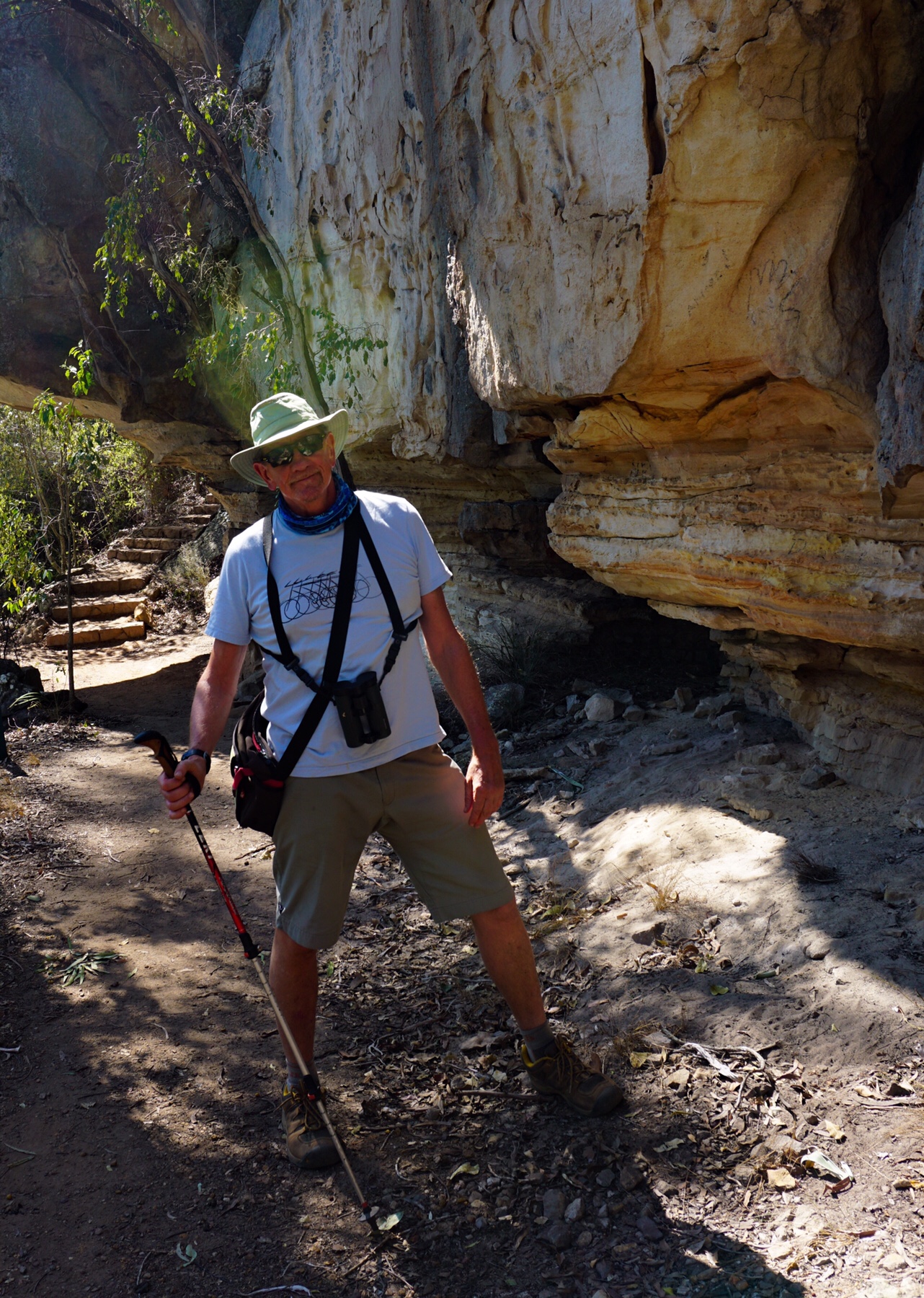
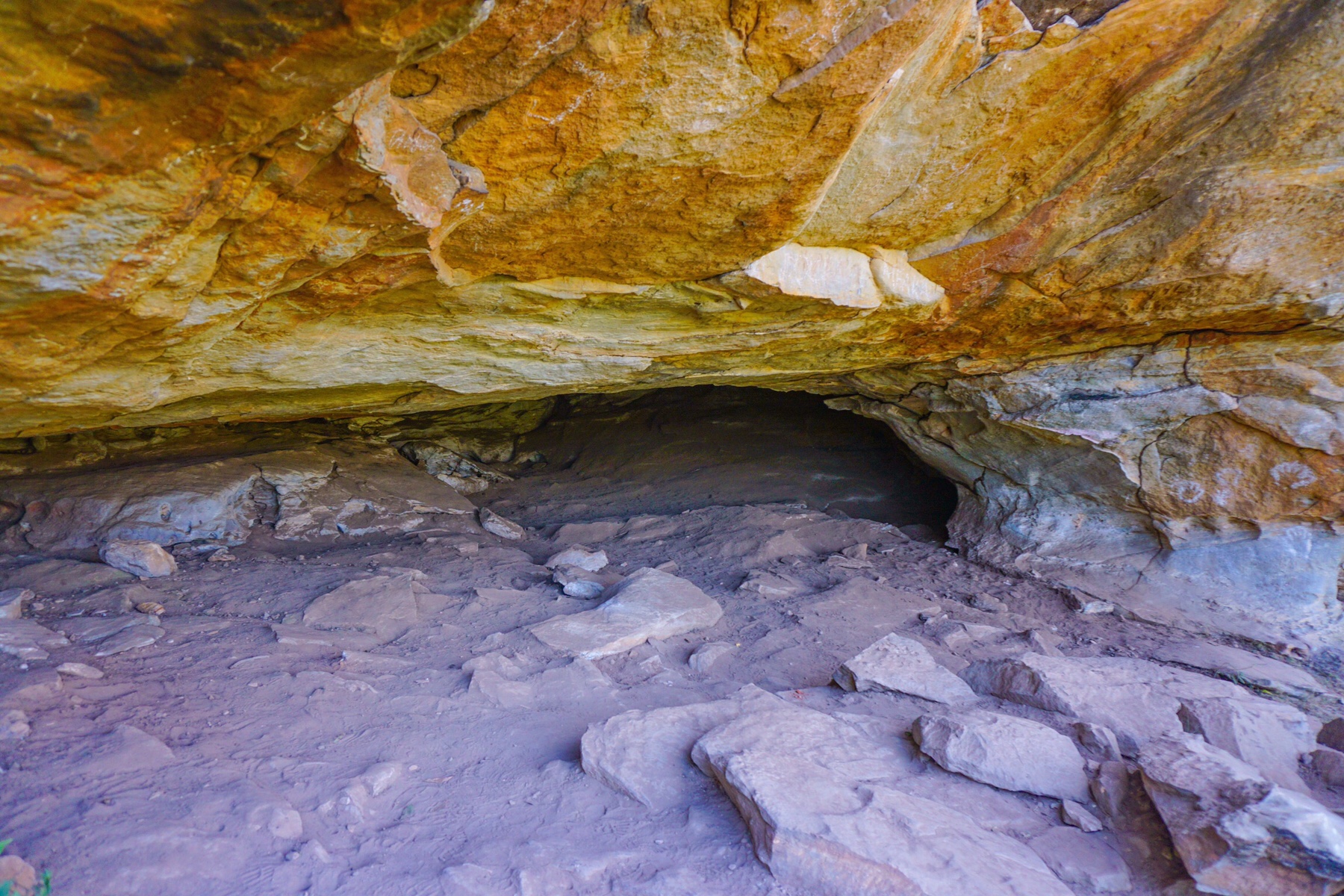
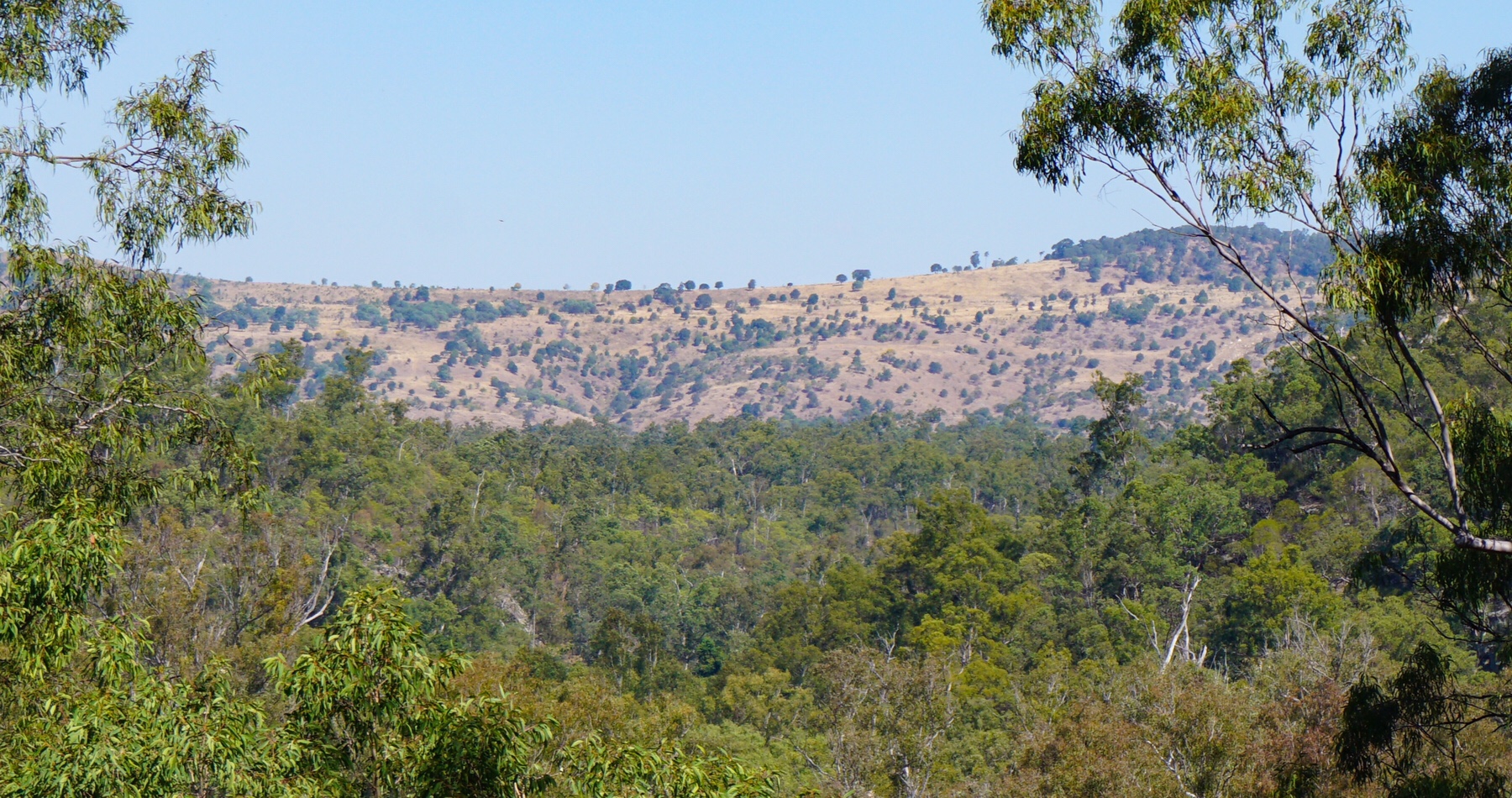 We hiked up to a lookout giving us a fabulous view across this little National Park, before returning to camp.
We hiked up to a lookout giving us a fabulous view across this little National Park, before returning to camp.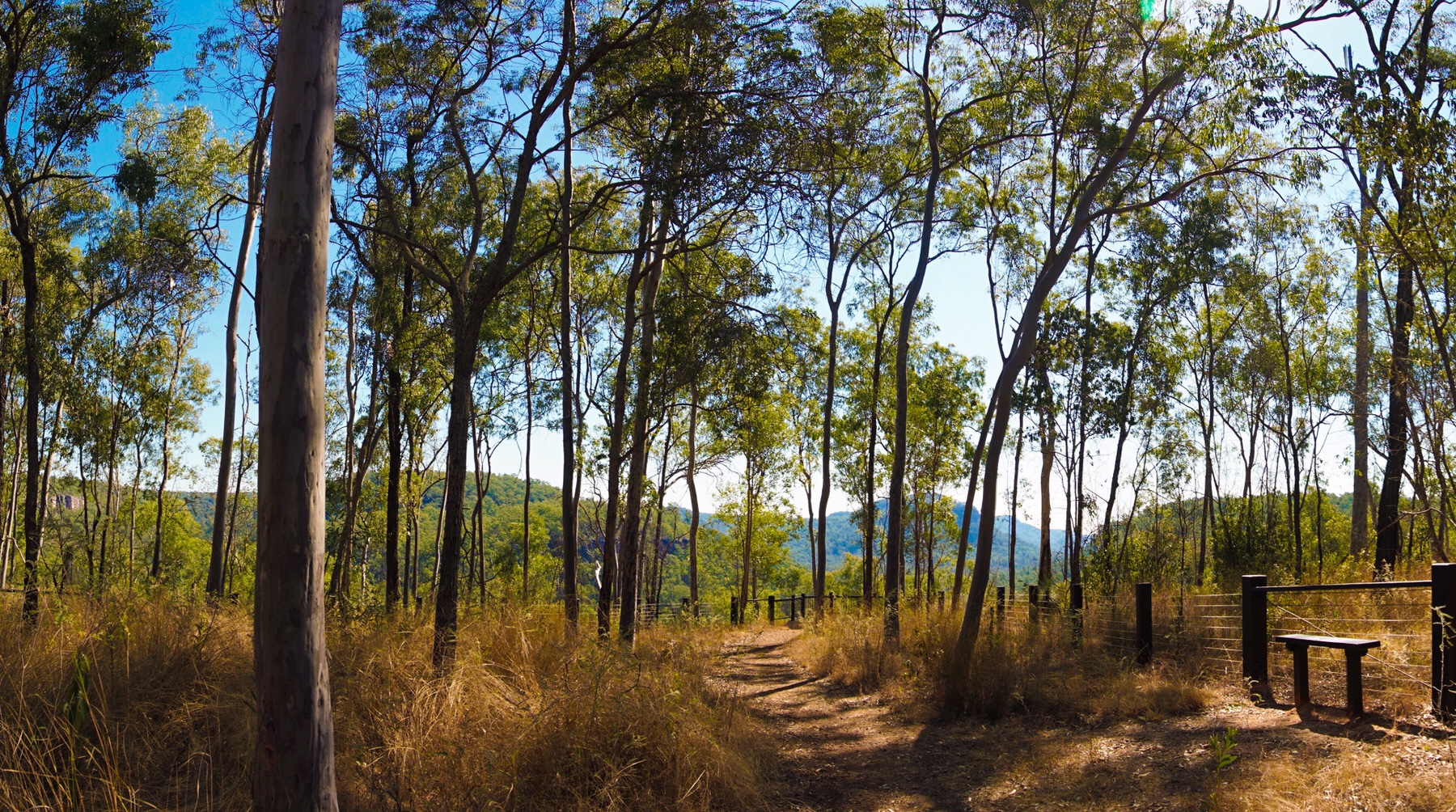
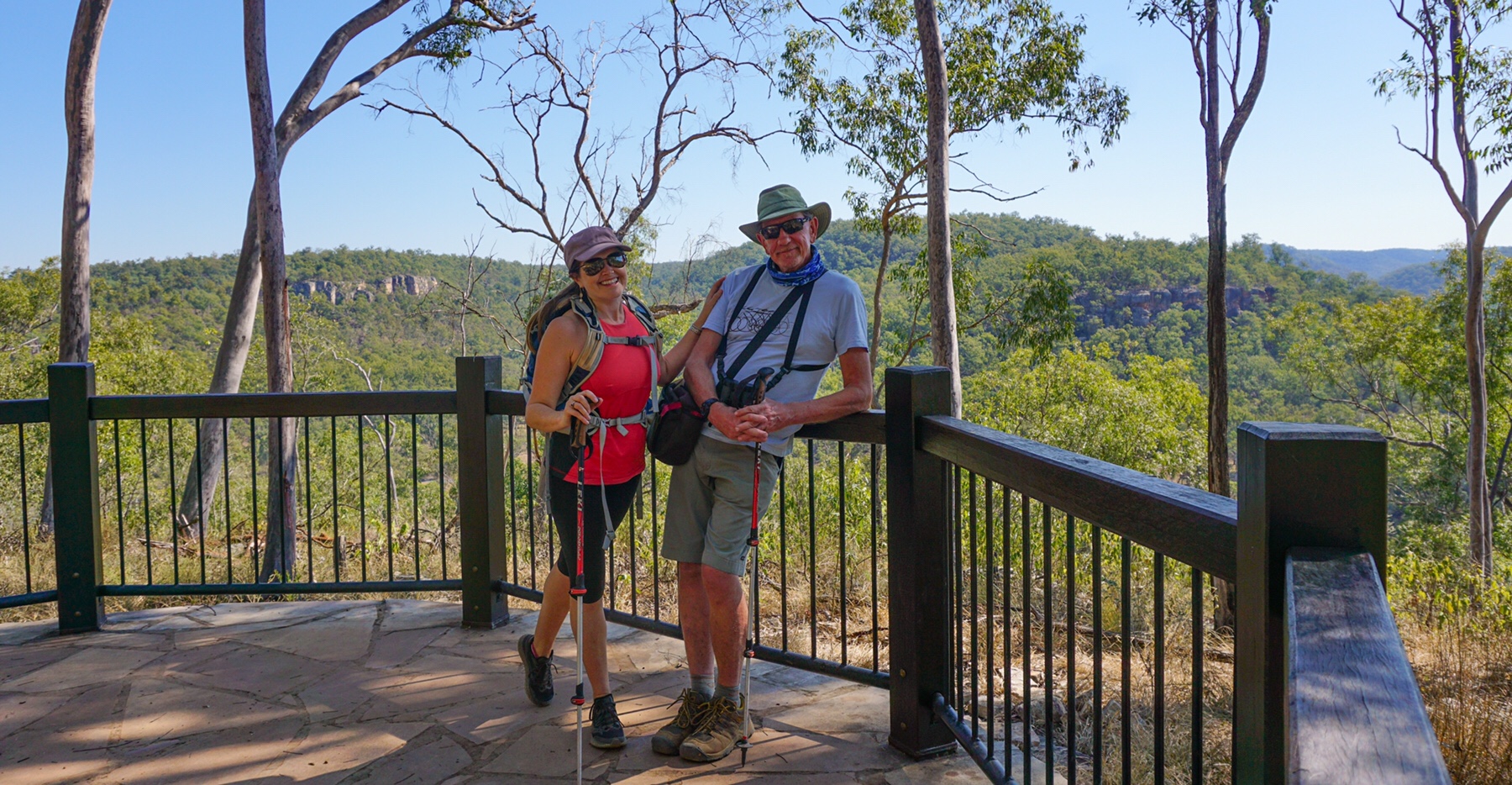
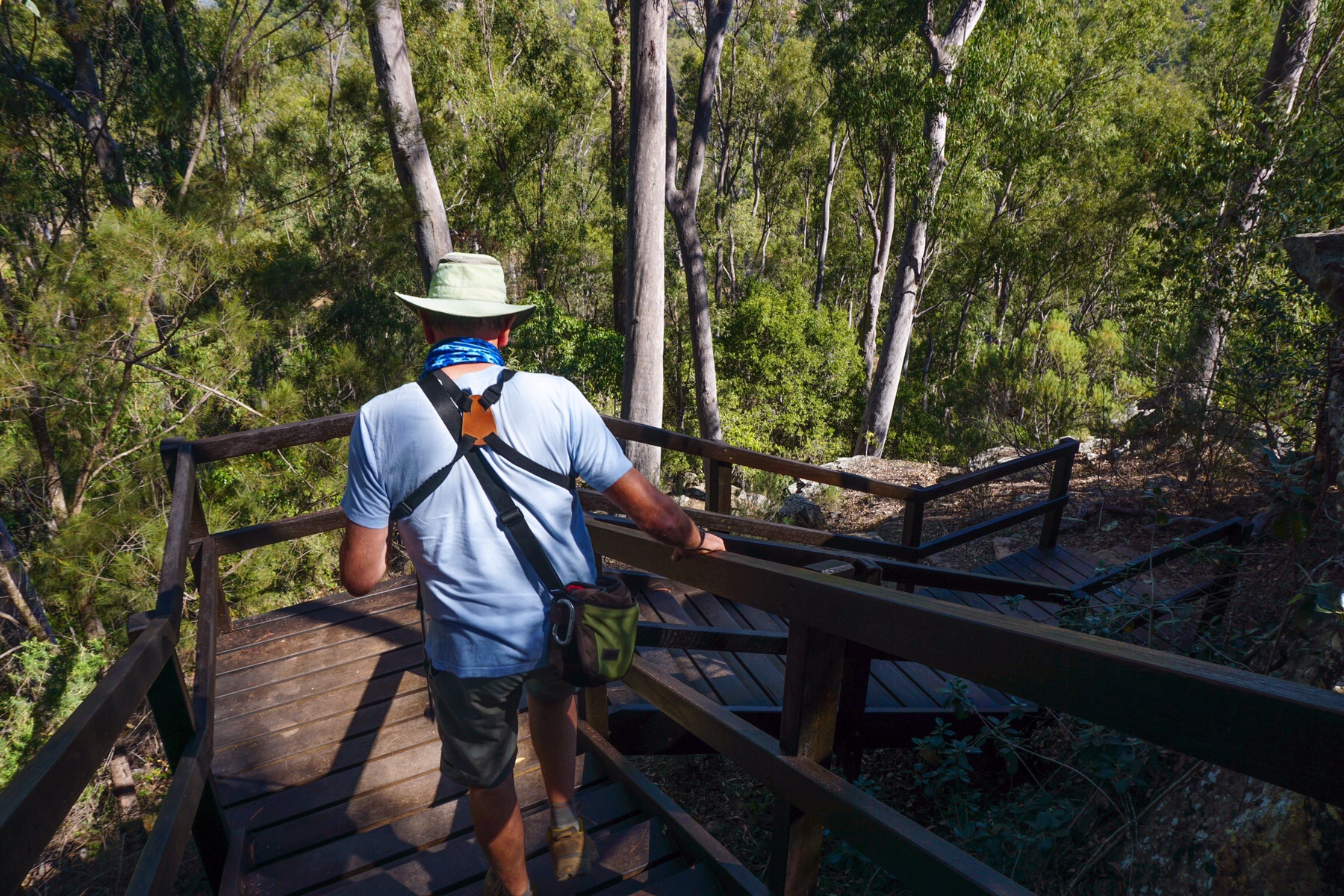
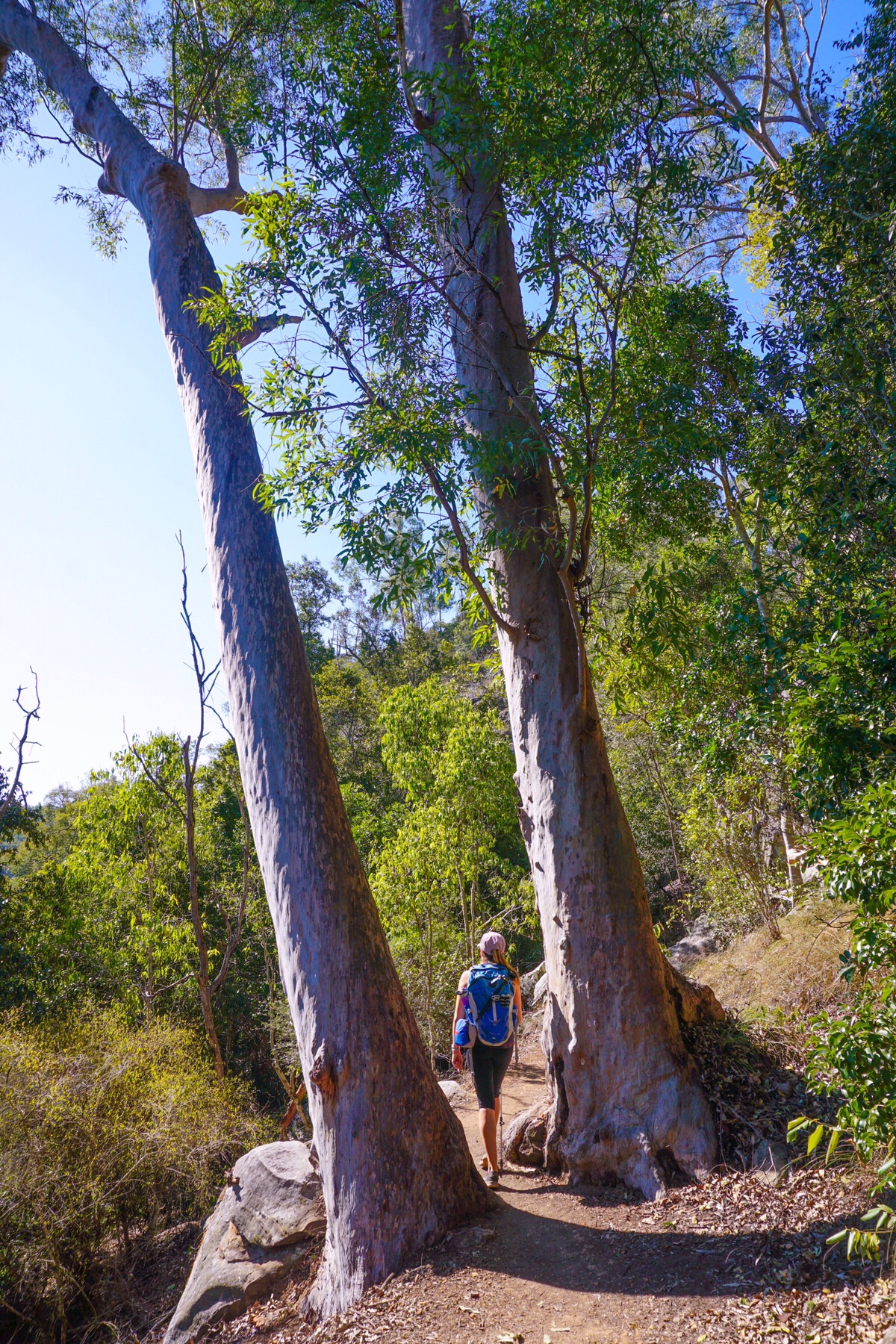
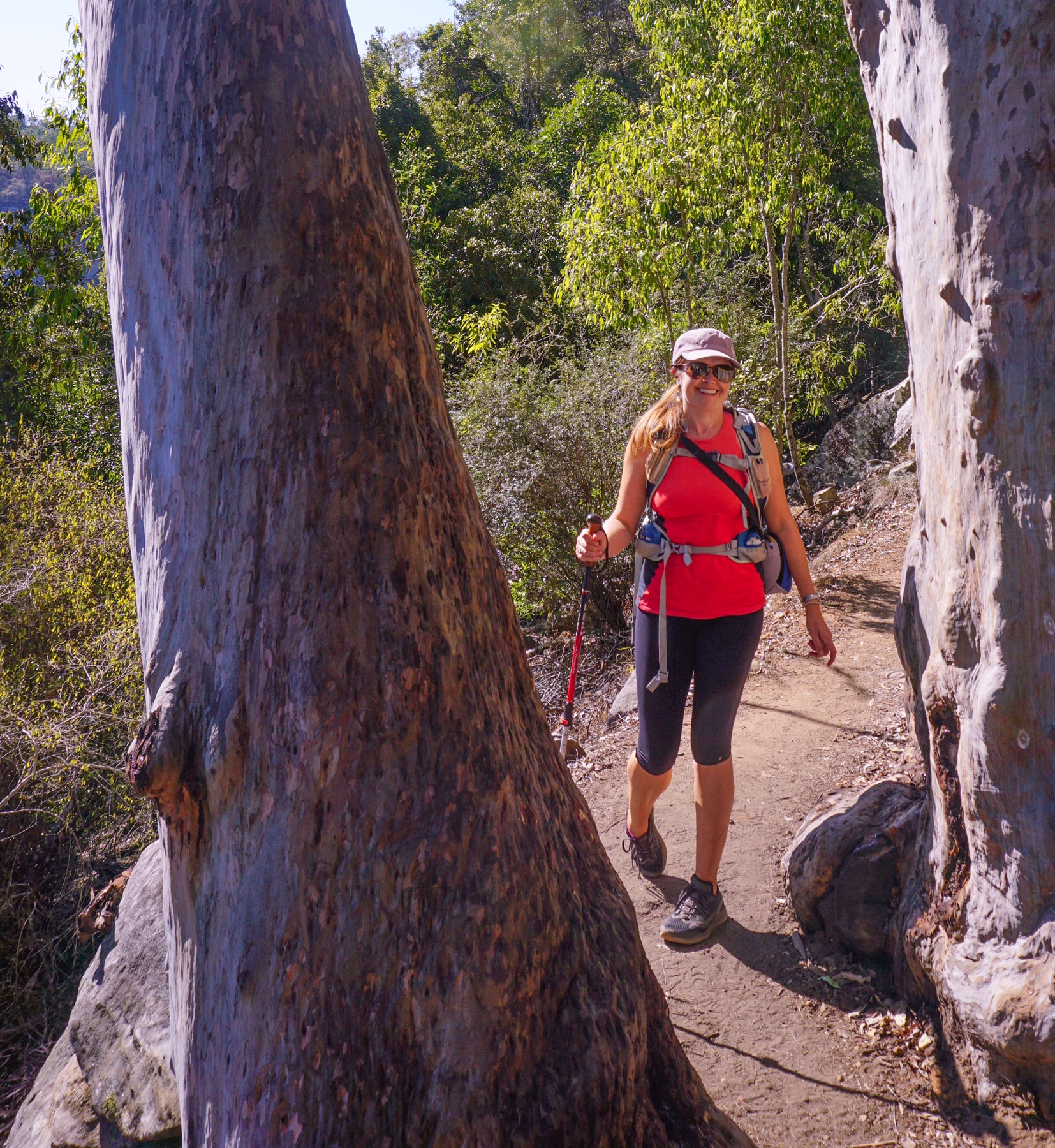
 Before long we were seeing signs for Rubyvale and Sapphire, and finally our destination for the evening in Emerald. Yes, you guessed it, we are in the gemfields, but not having a go at fossicking this time. That would involve attention to detail and patience, not Mr A’s strengths!
Before long we were seeing signs for Rubyvale and Sapphire, and finally our destination for the evening in Emerald. Yes, you guessed it, we are in the gemfields, but not having a go at fossicking this time. That would involve attention to detail and patience, not Mr A’s strengths!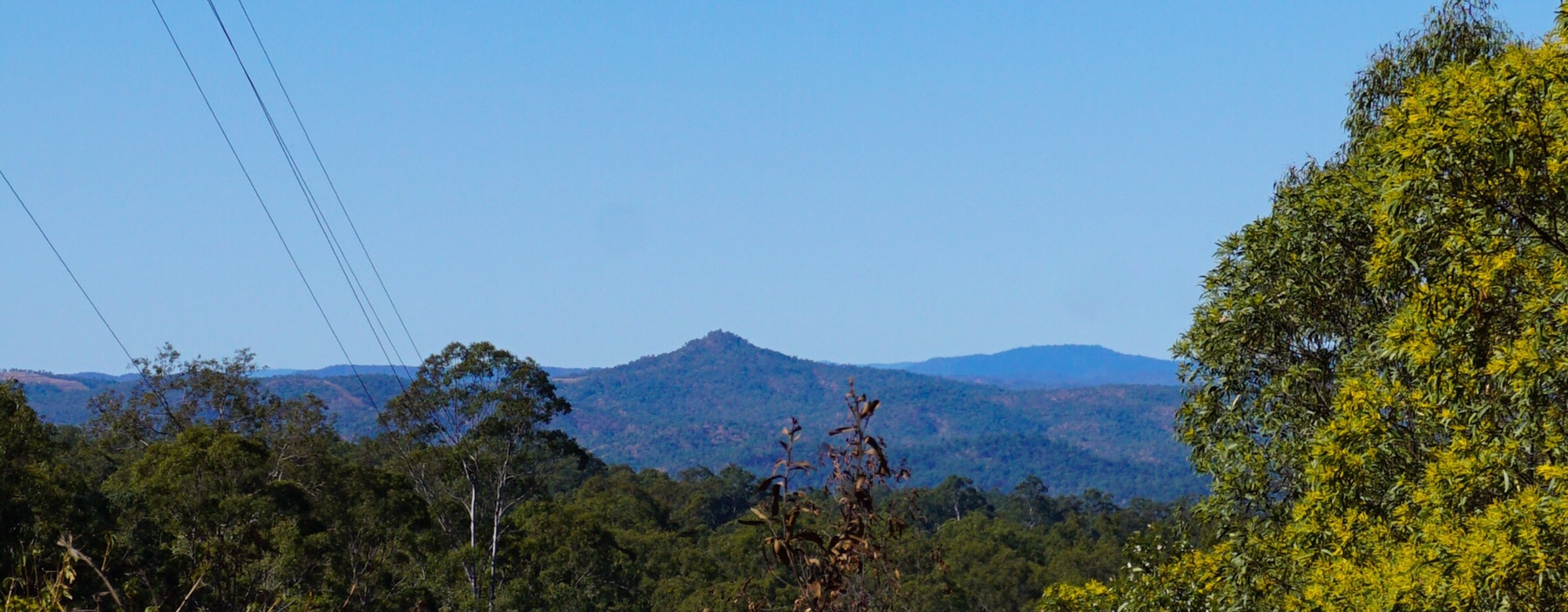 Looking at the map, it would be easy to miss little Cania Gorge. It sits about 150km from the coast inland from Gladstone, and like Carnarvon National Park has deep sandstone gorges and apparently a healthy population of platypus. We had been recommended this location by two separate friends who are or have been in the past local to this area, so thought it would be crazy to miss it.
Looking at the map, it would be easy to miss little Cania Gorge. It sits about 150km from the coast inland from Gladstone, and like Carnarvon National Park has deep sandstone gorges and apparently a healthy population of platypus. We had been recommended this location by two separate friends who are or have been in the past local to this area, so thought it would be crazy to miss it.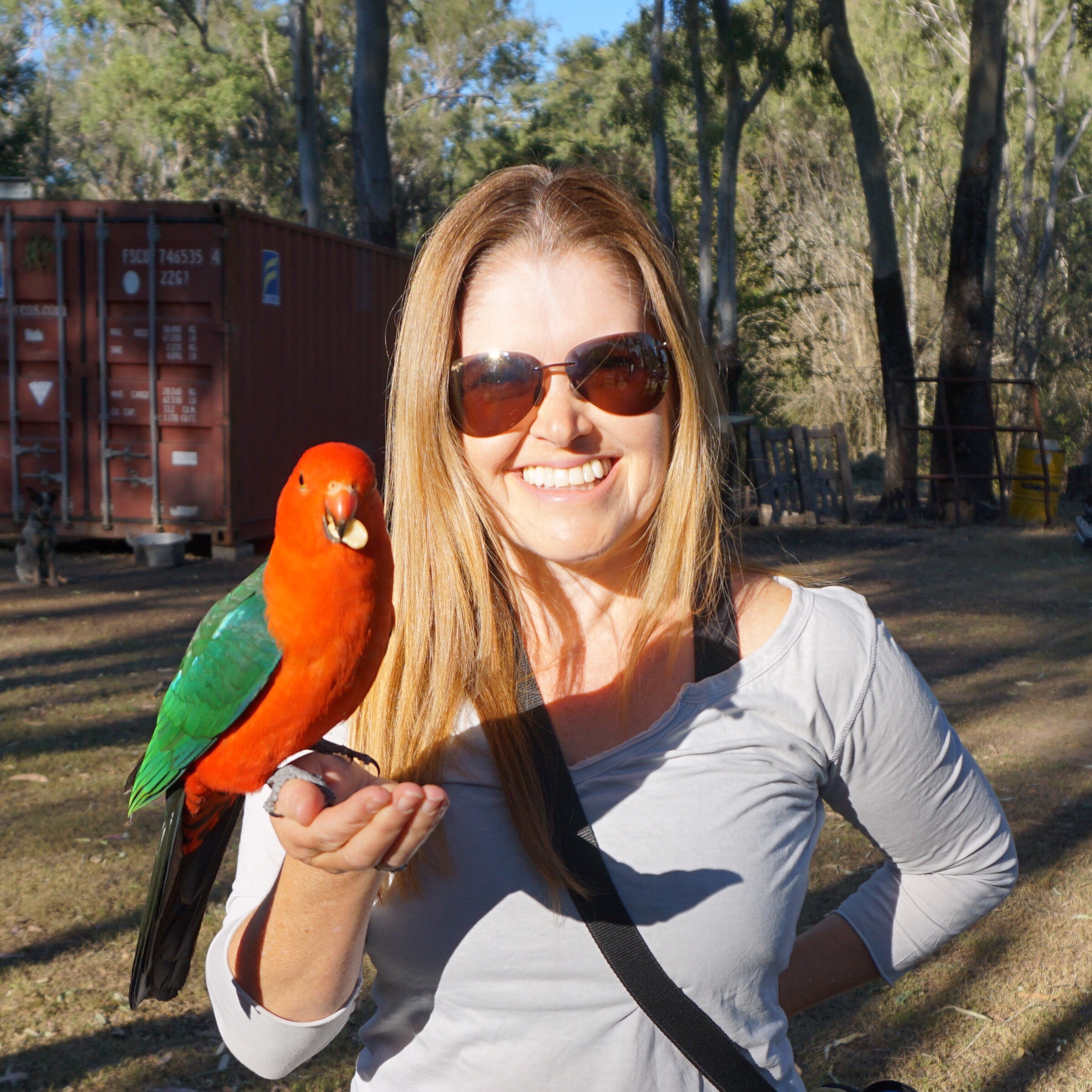
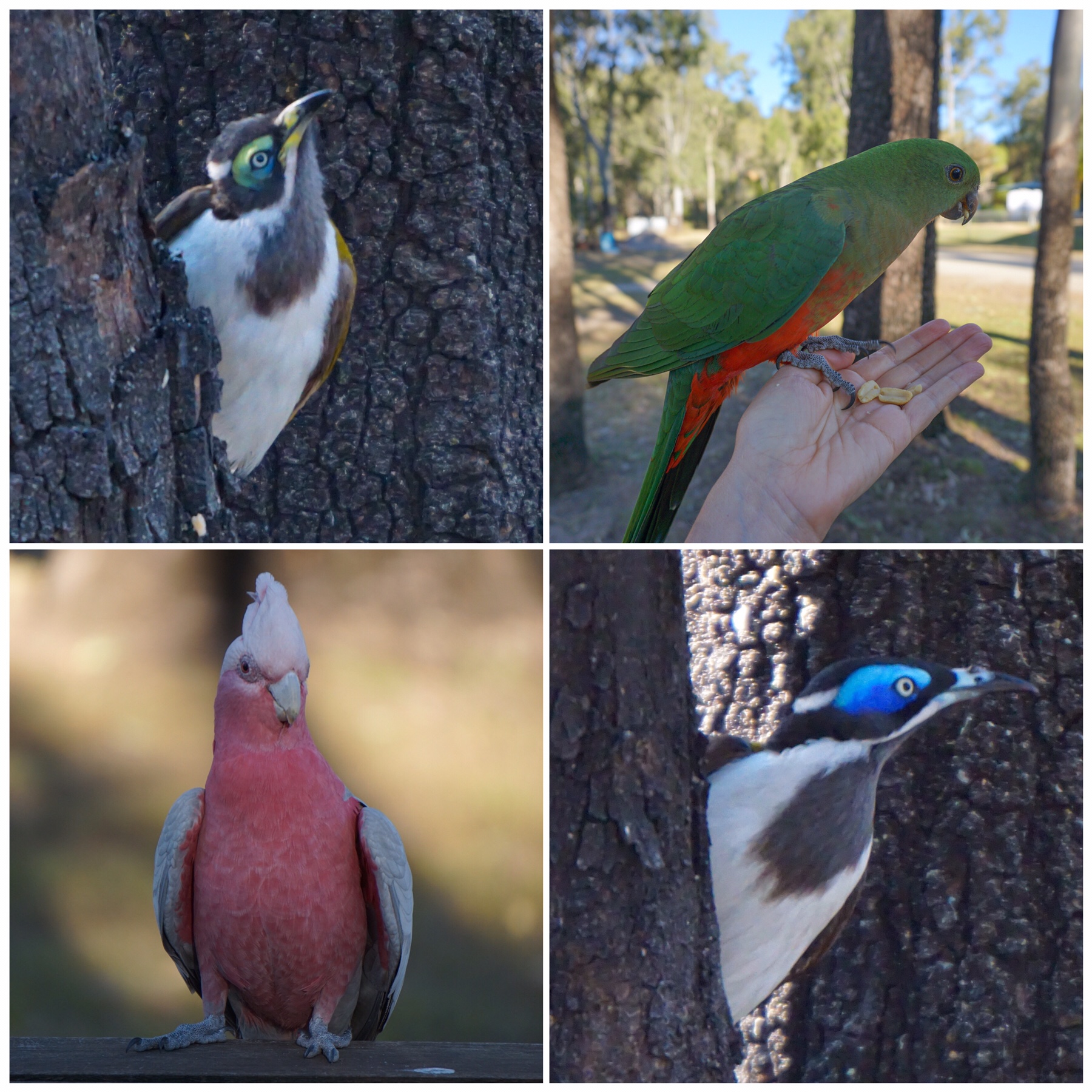
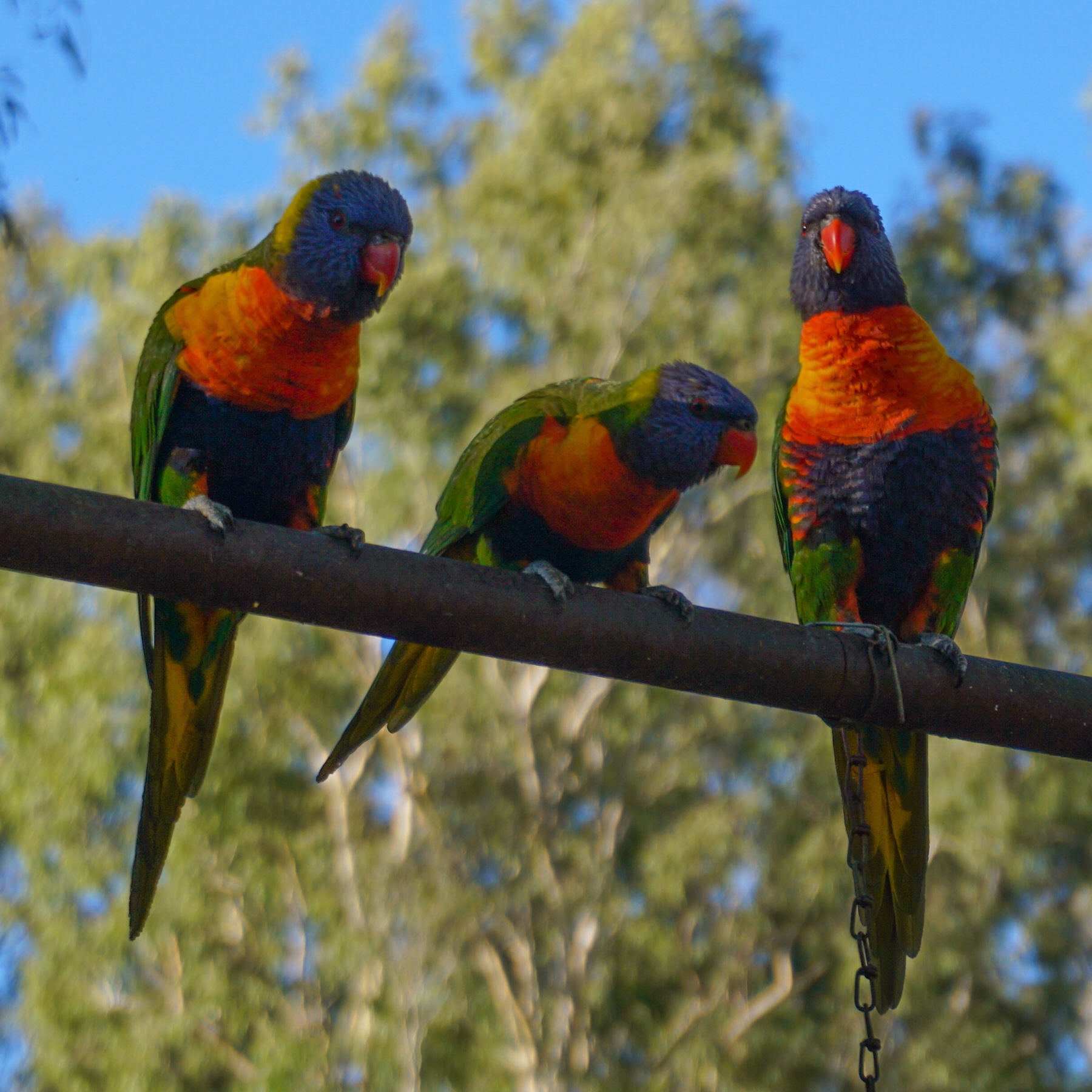
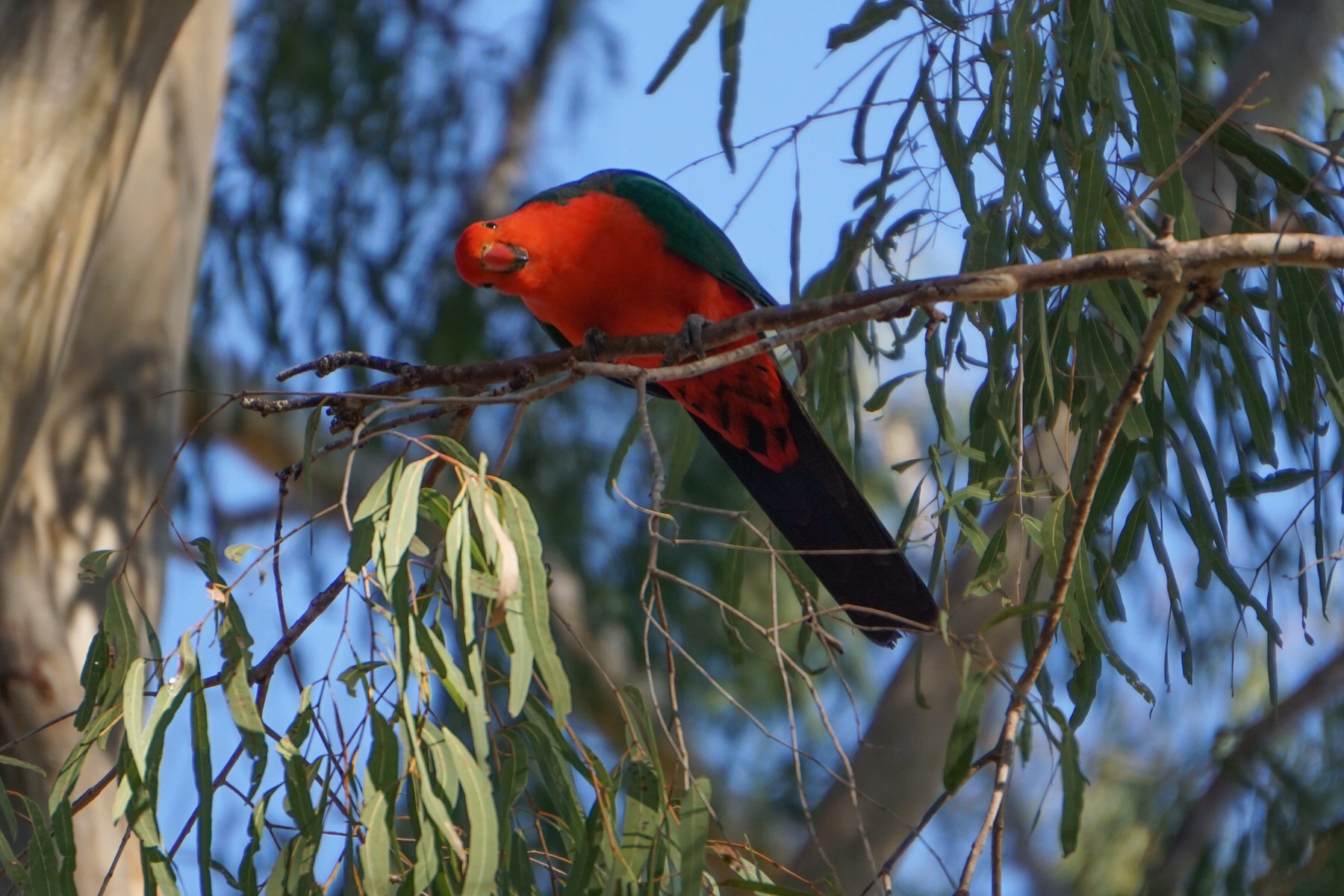
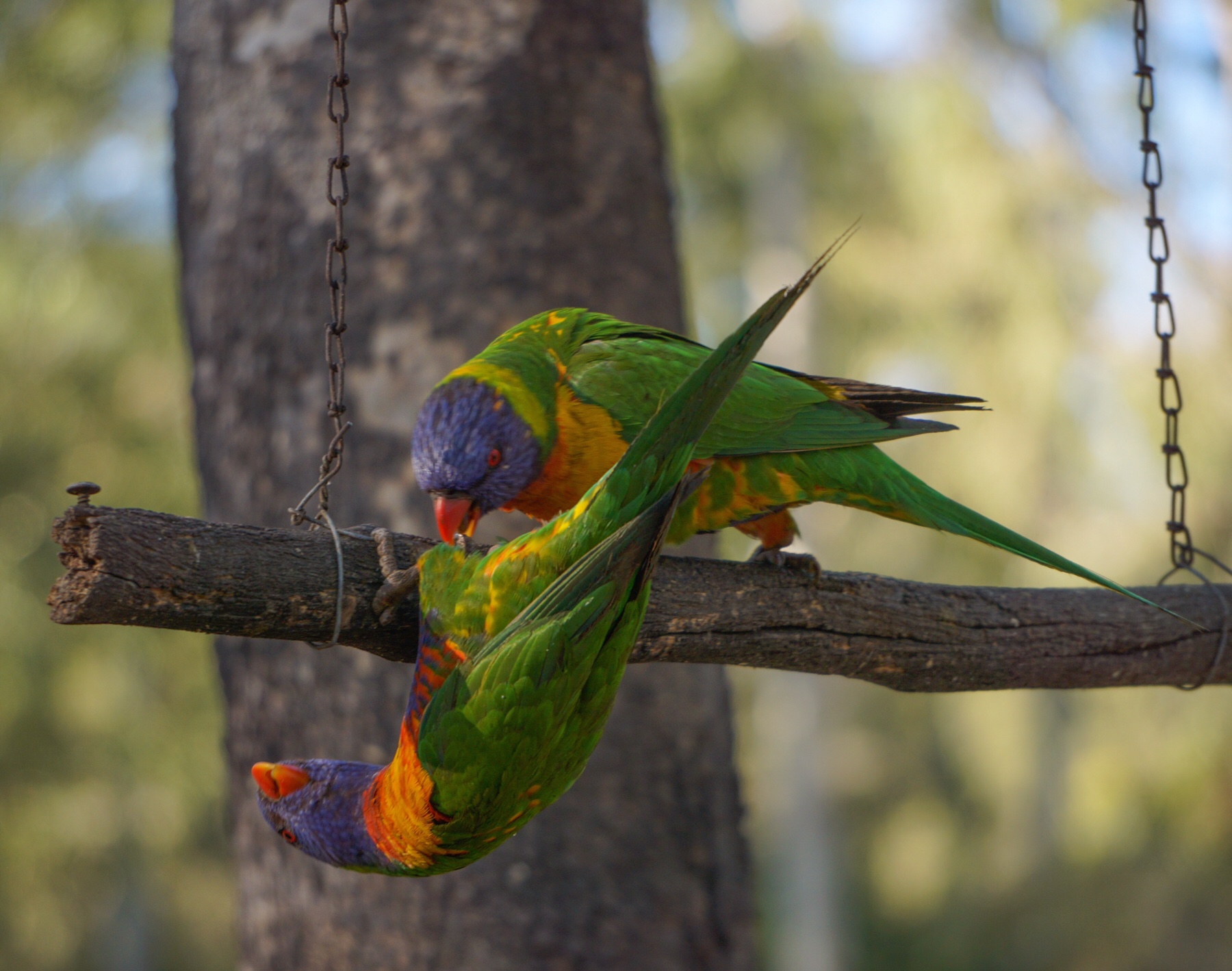 A short cycle along the road allowed us to learn more about the multitude of wild creatures living here, many rare and endangered, and the evidence of 19,000 years of Aboriginal habitation in the gorge. Incredible. Already it feels like a very special place.
A short cycle along the road allowed us to learn more about the multitude of wild creatures living here, many rare and endangered, and the evidence of 19,000 years of Aboriginal habitation in the gorge. Incredible. Already it feels like a very special place.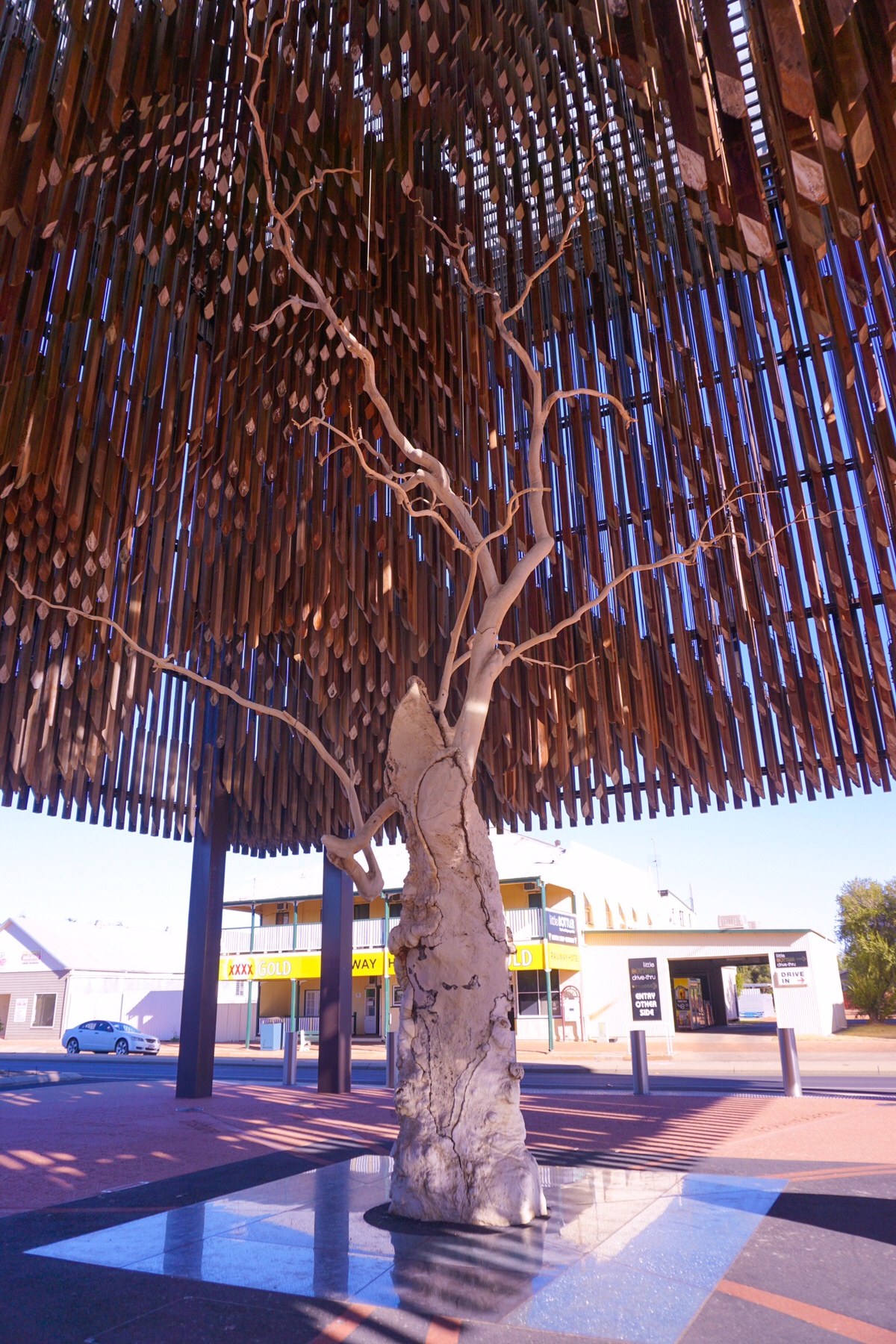
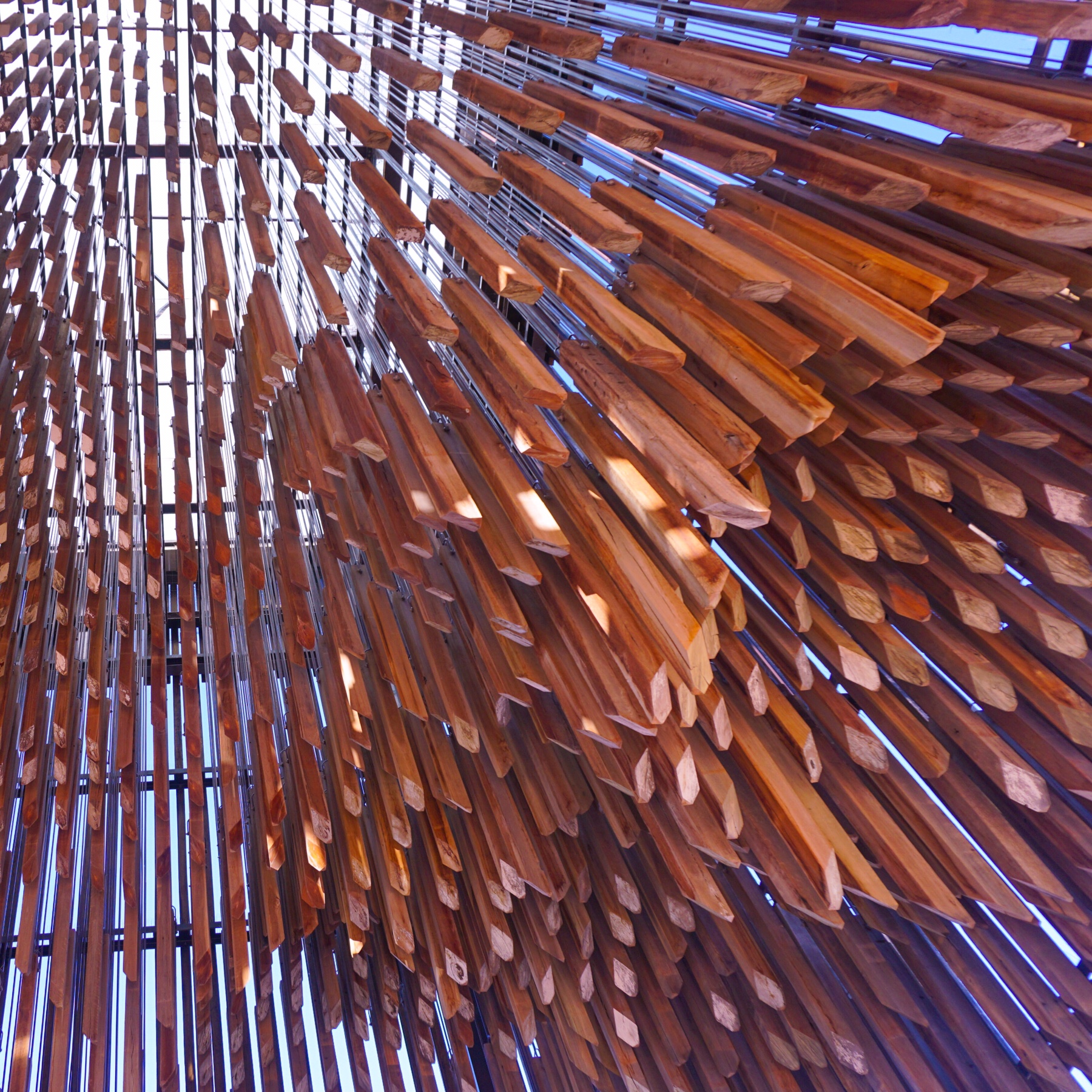
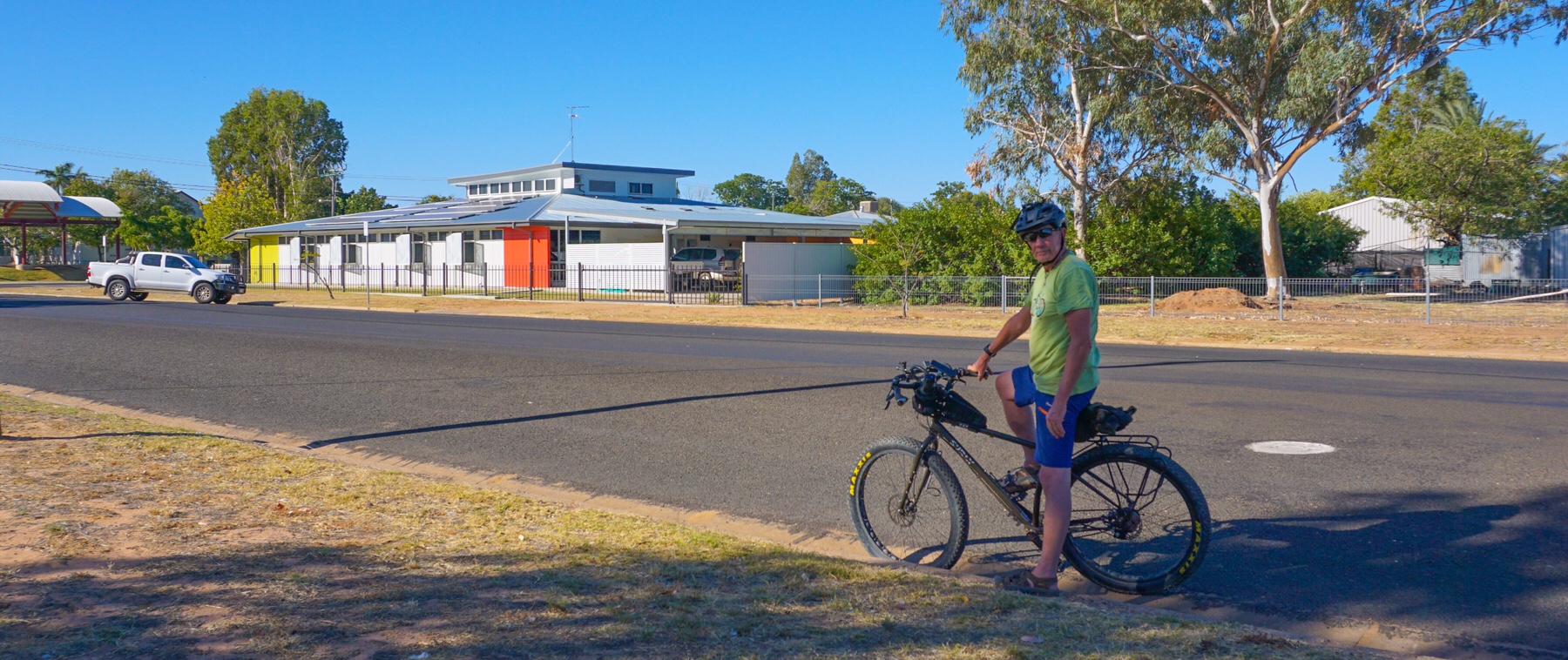
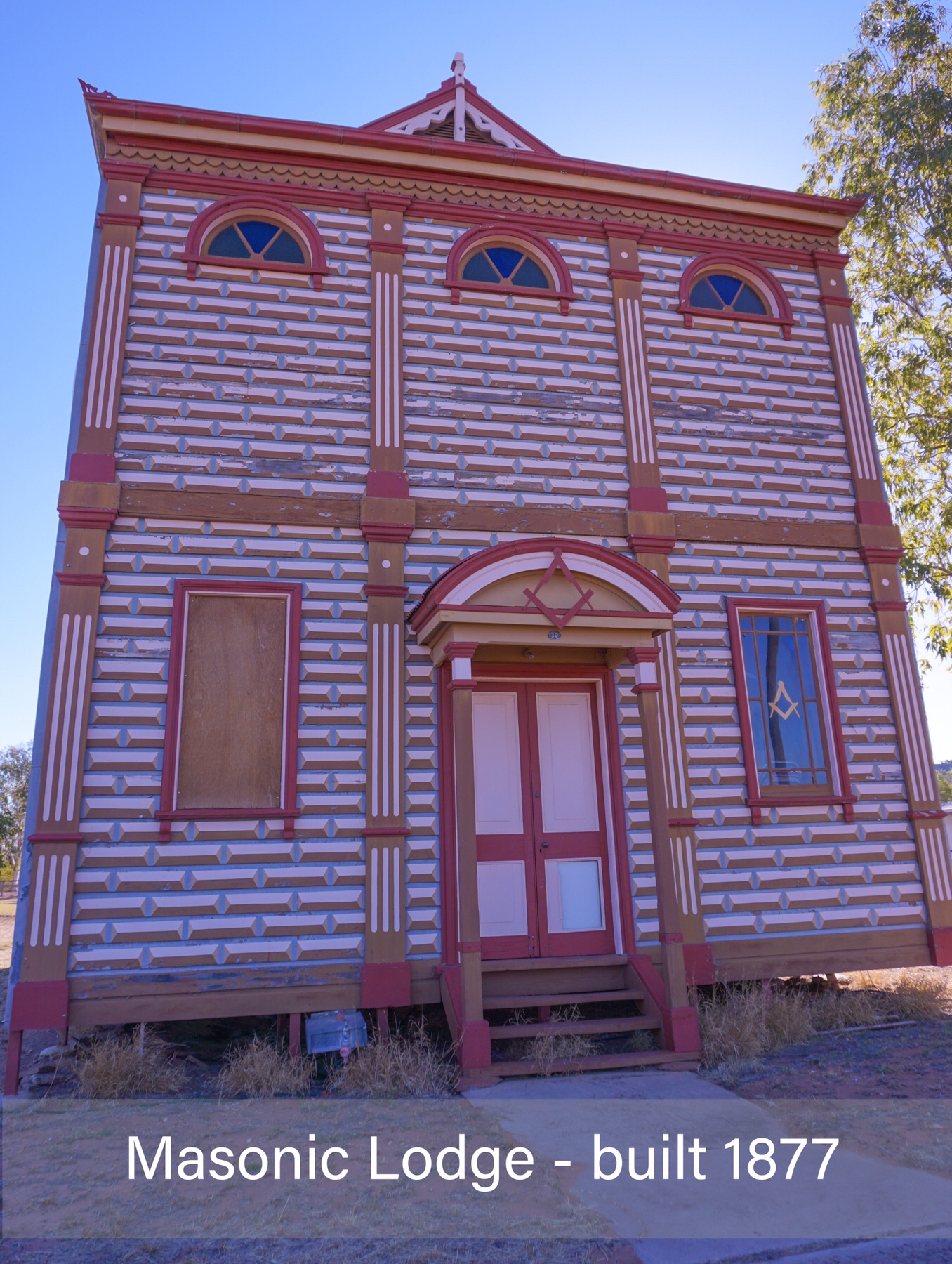 But we just couldn’t imagine what you would do for the weeks that some people are clearly spending here! There are four caravan parks in town, and no shops that seem to cater for them. What do all these nomads do here? Some on our camp look very settled in. Each to their own I guess.
But we just couldn’t imagine what you would do for the weeks that some people are clearly spending here! There are four caravan parks in town, and no shops that seem to cater for them. What do all these nomads do here? Some on our camp look very settled in. Each to their own I guess.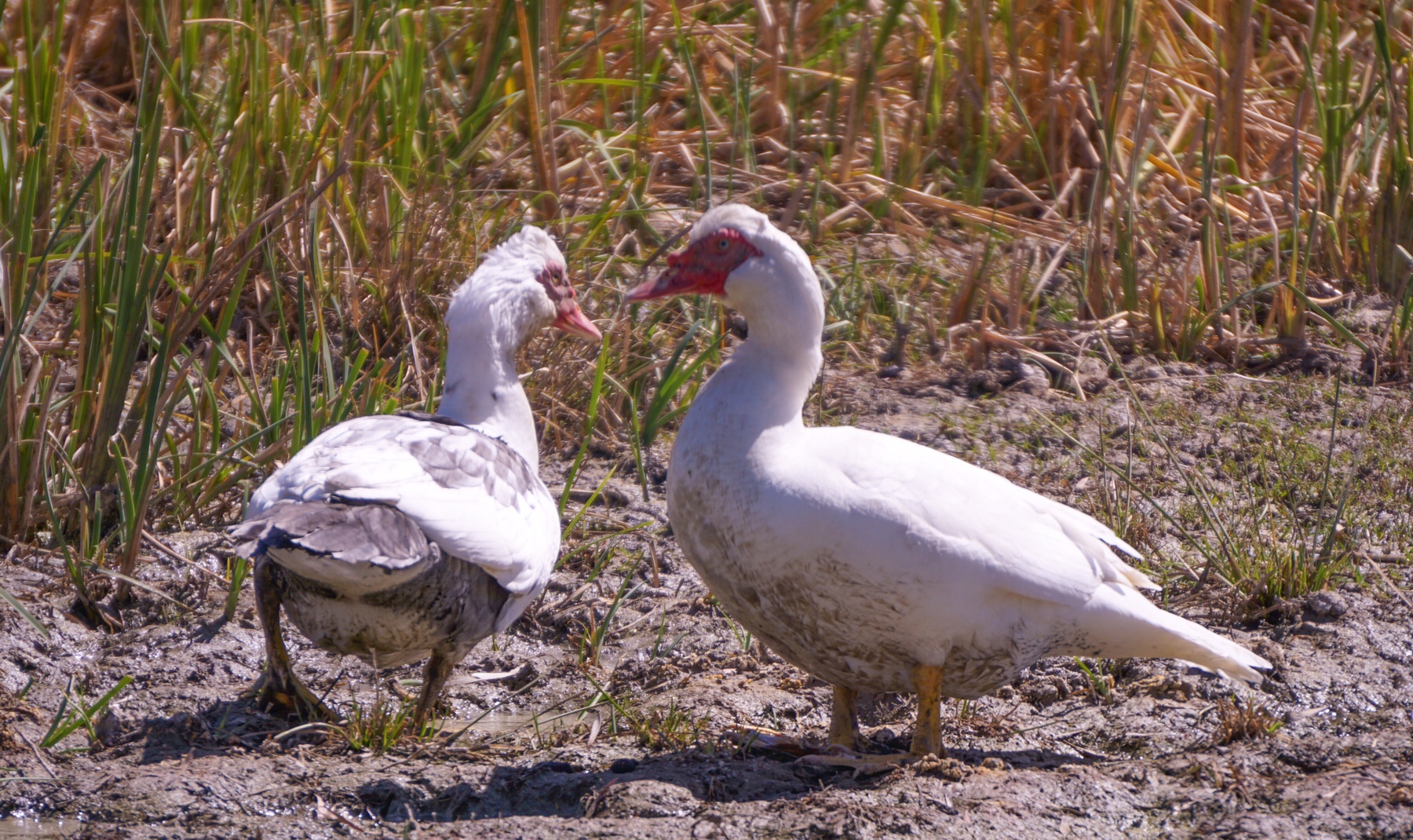 Then a very chilled out day, concluding with a Goan fish curry courtesy of Mrs A’s fair hands. Well I have now graduated to kitchen assistant preparing the garlic, turmeric, ginger and blending up with pestle and mortar. Its a start!
Then a very chilled out day, concluding with a Goan fish curry courtesy of Mrs A’s fair hands. Well I have now graduated to kitchen assistant preparing the garlic, turmeric, ginger and blending up with pestle and mortar. Its a start! One of us (me) is more enthusiastic about this type of thing than the other, so we compromised and did a short visit, encompassing a trip to the working laboratory to see technicians working on the fossils, and some of the smaller fossils found, and then to the theatre to see a film about where many of the fossils were found, and the two most complete dinosaur skeletons in their collection. We missed out a longer trip which visited a collection of bronze models of how the dinosaurs may have looked, down on the flood plain.
One of us (me) is more enthusiastic about this type of thing than the other, so we compromised and did a short visit, encompassing a trip to the working laboratory to see technicians working on the fossils, and some of the smaller fossils found, and then to the theatre to see a film about where many of the fossils were found, and the two most complete dinosaur skeletons in their collection. We missed out a longer trip which visited a collection of bronze models of how the dinosaurs may have looked, down on the flood plain.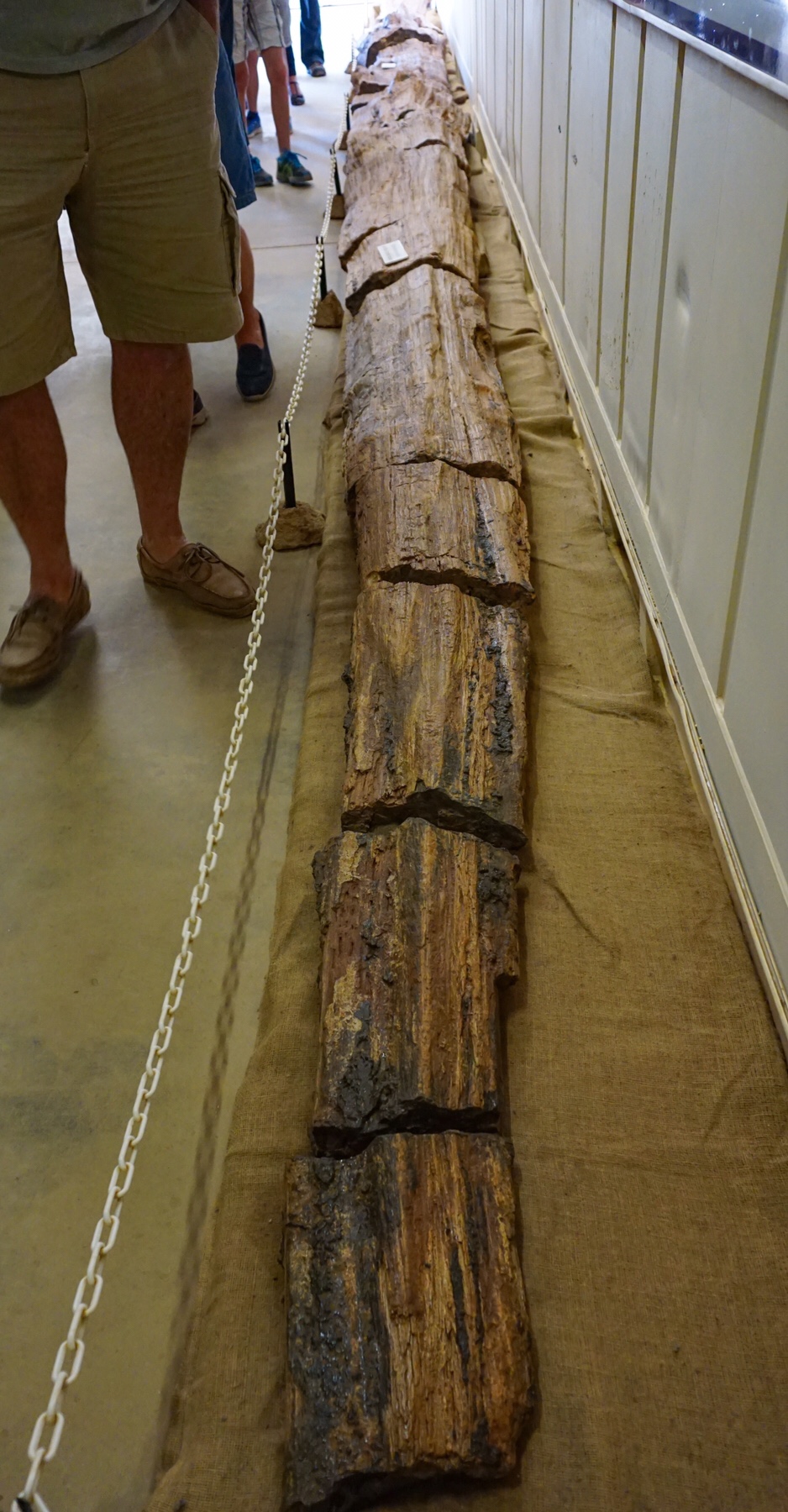 Although it was dated at 150 million years old, it was hard not to believe it was just a sawn up log lying there!
Although it was dated at 150 million years old, it was hard not to believe it was just a sawn up log lying there!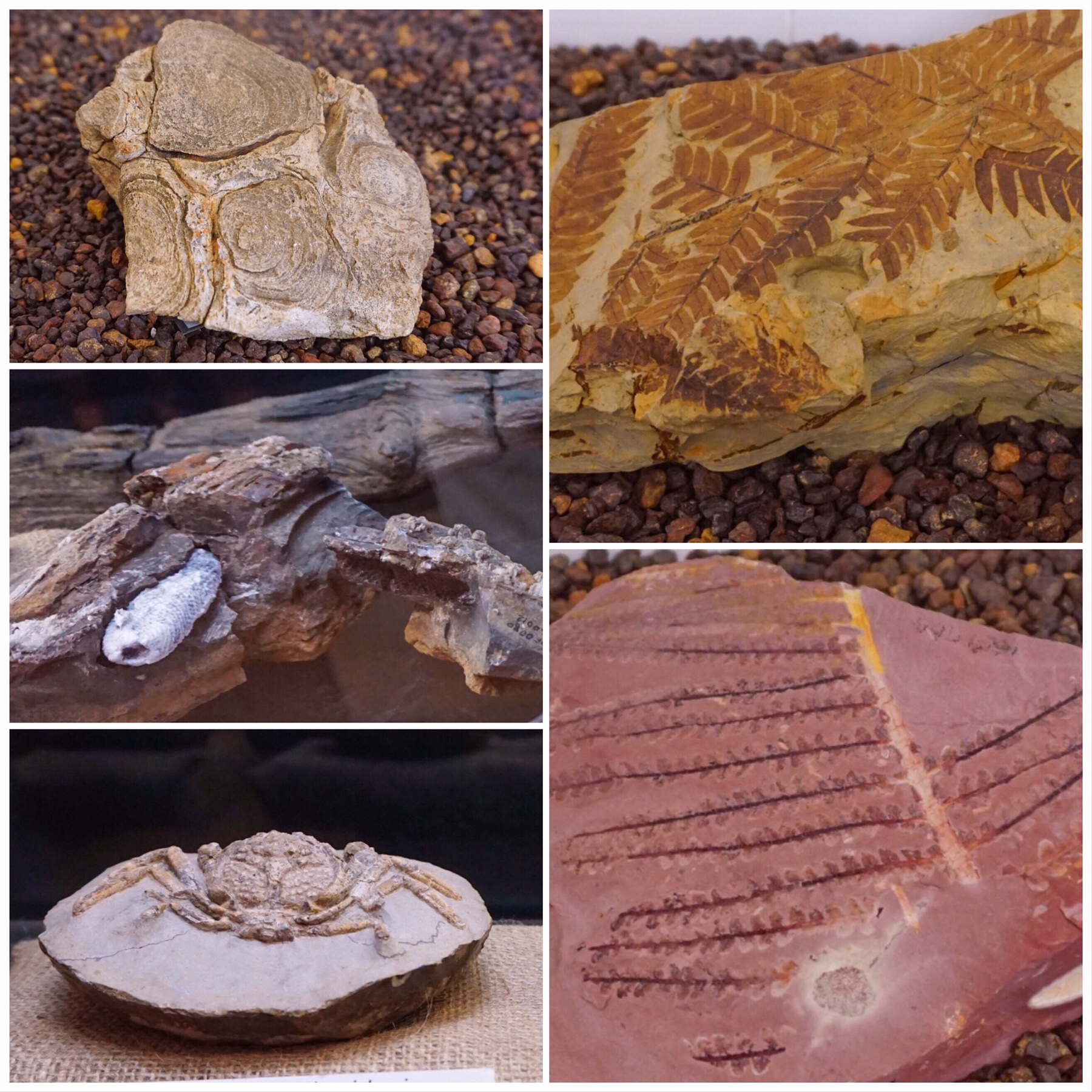
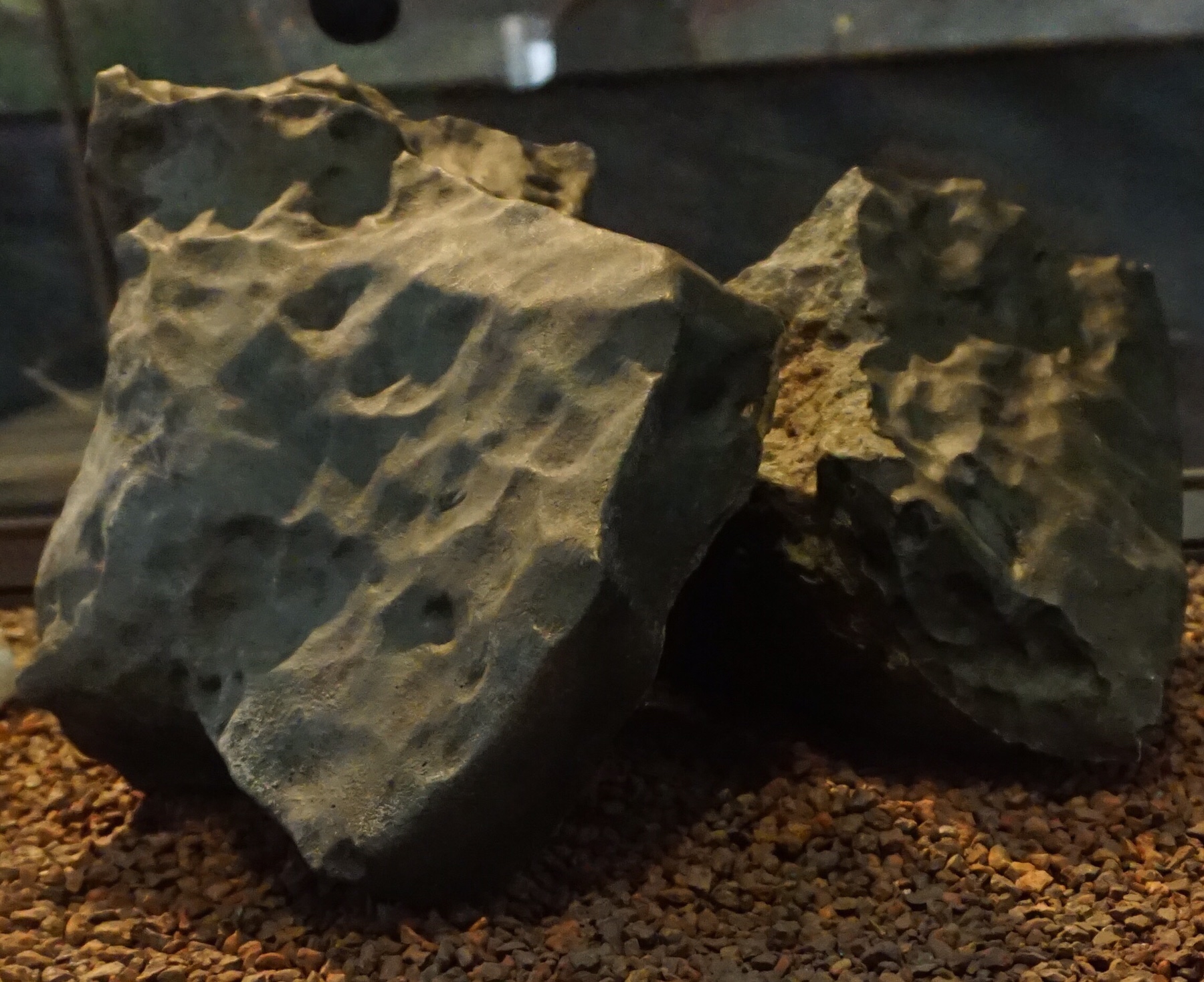 We watched the painstaking patient work of the technicians removing the soil from the fossils. It takes literally years to reveal a fossil, and there is a 10 year backlog of work in the laboratory. You can volunteer to be a part of the team – there is a training course and exam, and once you are approved you can come along and join in whenever you would like. Patience and attention to detail an absolute must.
We watched the painstaking patient work of the technicians removing the soil from the fossils. It takes literally years to reveal a fossil, and there is a 10 year backlog of work in the laboratory. You can volunteer to be a part of the team – there is a training course and exam, and once you are approved you can come along and join in whenever you would like. Patience and attention to detail an absolute must.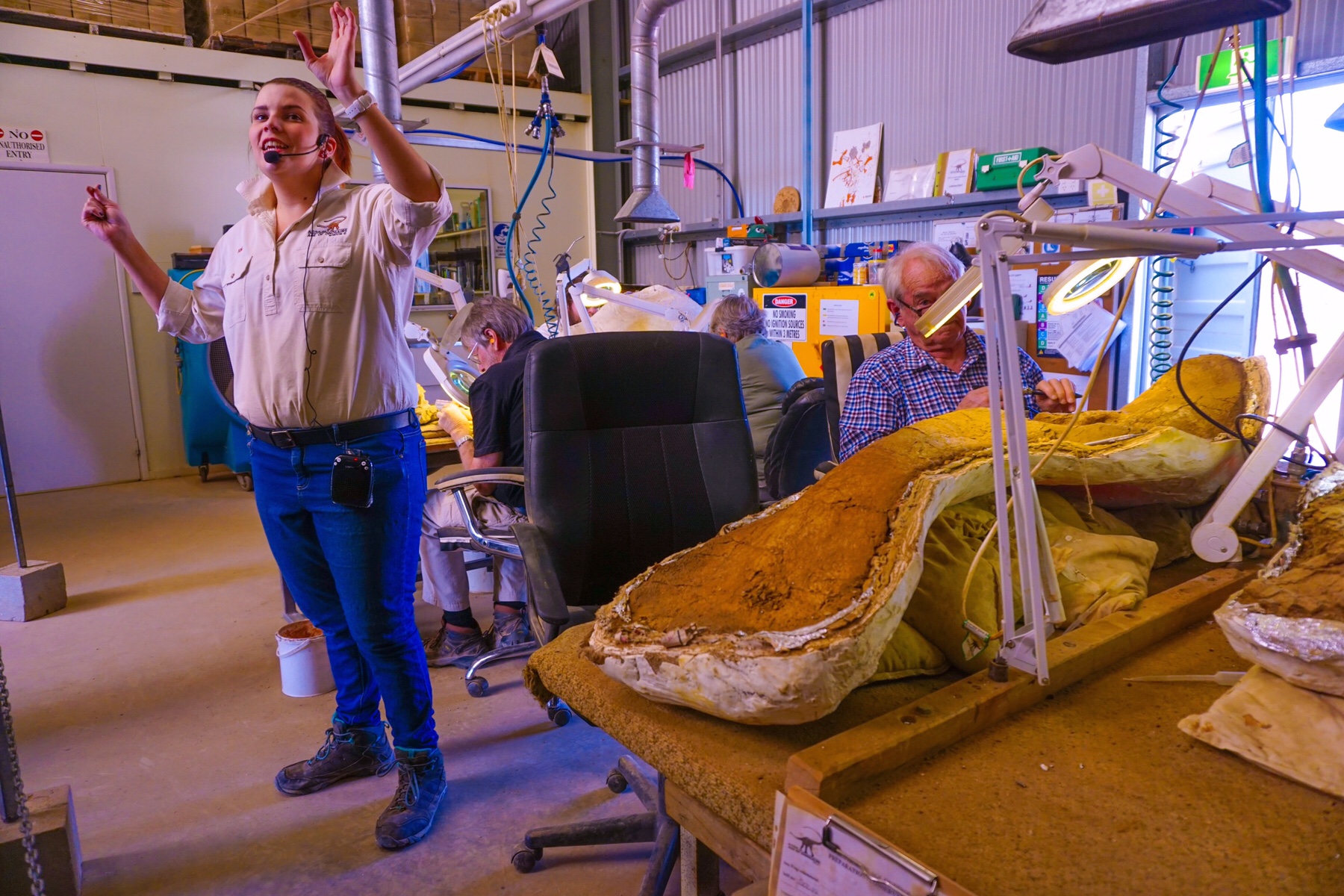 The final part of our tour took us to the theatre where we were shown the fossils recovered from a single site, revealing two completely different species of dinosaur – a carnivore and a herbivore.
The final part of our tour took us to the theatre where we were shown the fossils recovered from a single site, revealing two completely different species of dinosaur – a carnivore and a herbivore.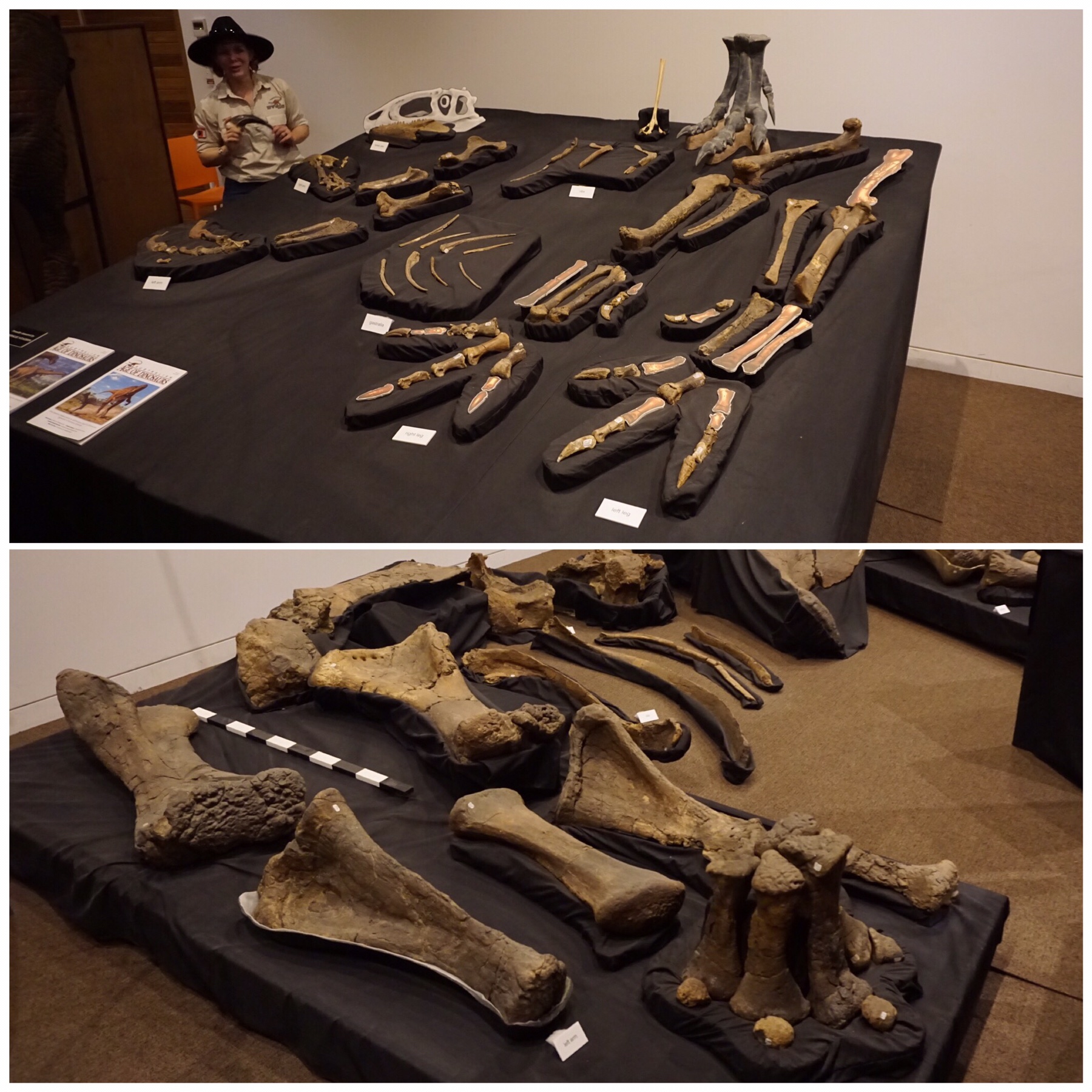 Still it was interesting (for me) and so great there are people with such incredible passion in the world to ensure such things are pursued.
Still it was interesting (for me) and so great there are people with such incredible passion in the world to ensure such things are pursued.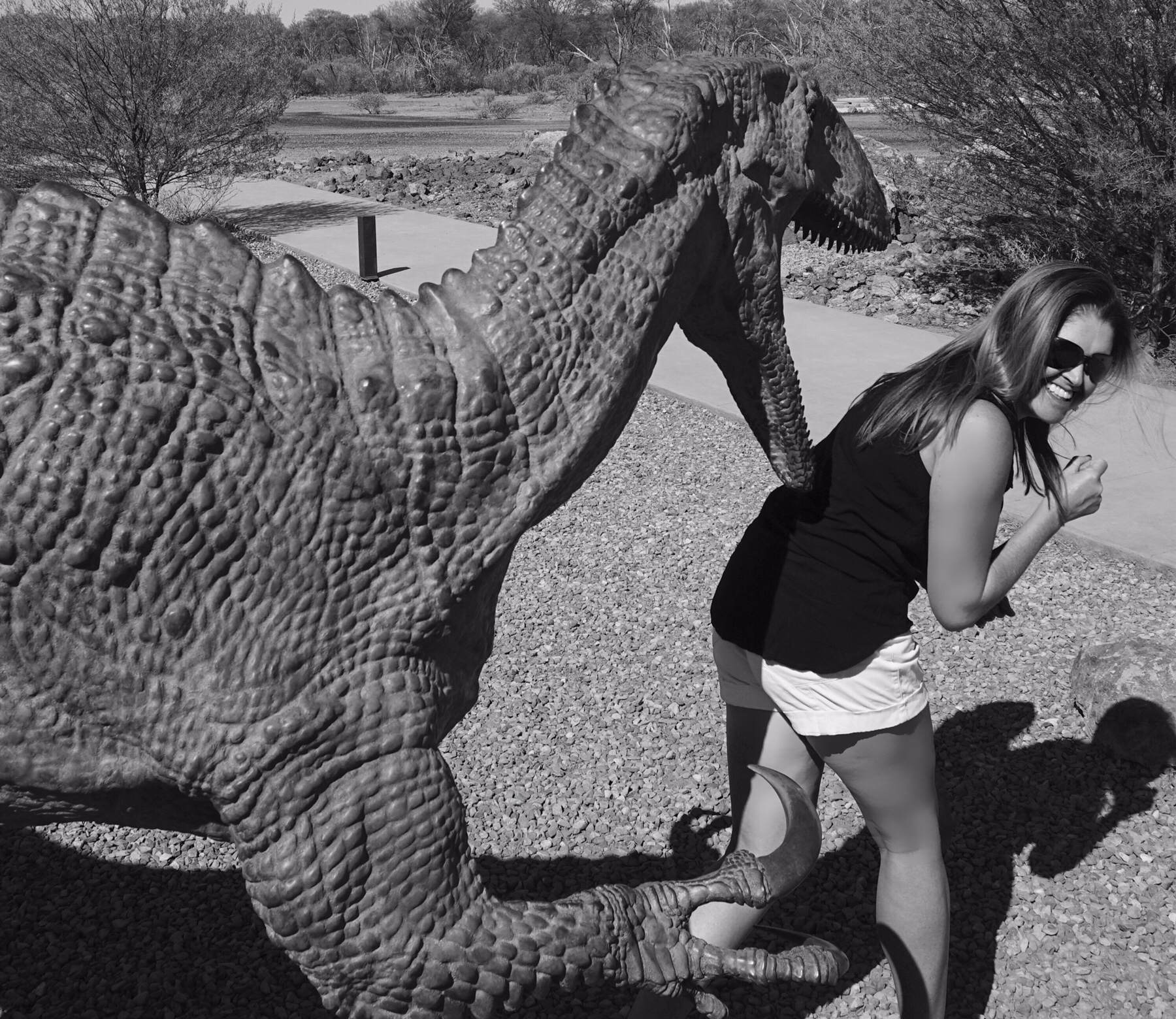 We spent the remainder of the afternoon doing some trip planning, gave a tour of our Zone to some potential future Zoners, and finished off our day back at the local pub for a fine feed.
We spent the remainder of the afternoon doing some trip planning, gave a tour of our Zone to some potential future Zoners, and finished off our day back at the local pub for a fine feed.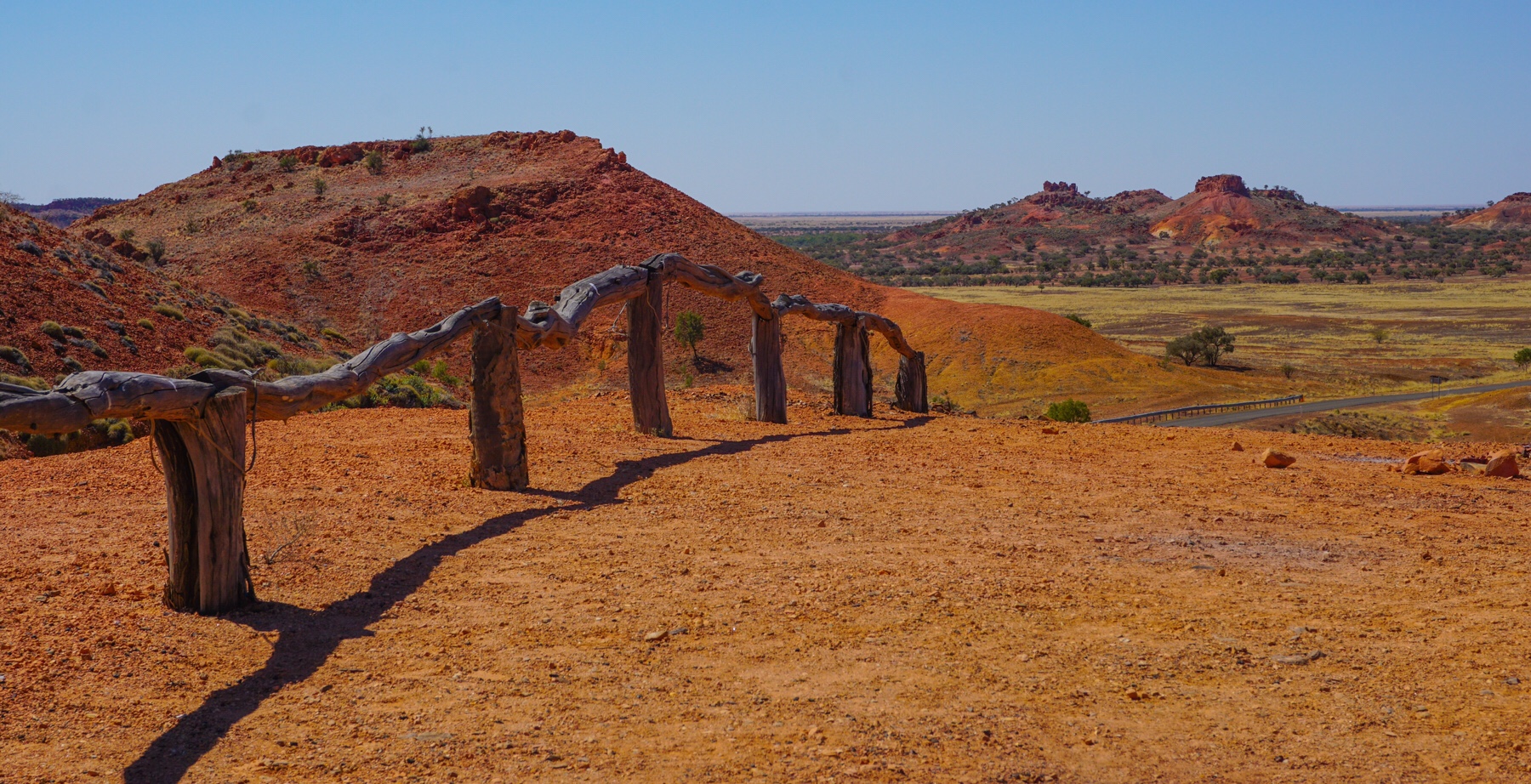
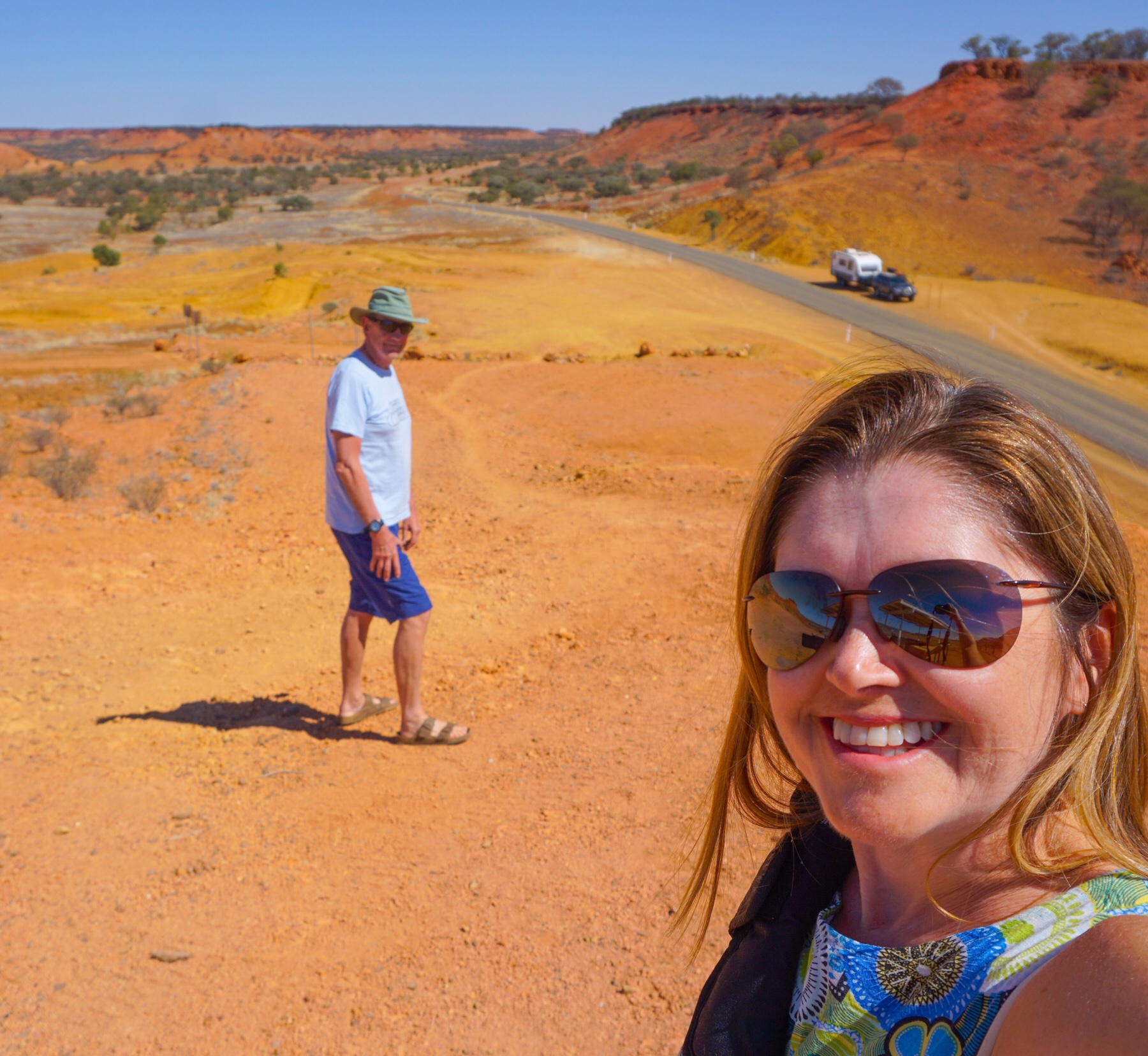 The occasional roadkill of kangaroos, wild boars and cattle brought back plenty of raptors, with the giant wedge-tailed eagles always the last to leave their meal as we drove by. Flocks of button quail, green budgerigars and tiny firetails and zebra finches accompanied us for a few seconds at a time, before swiftly changing direction and disappearing off over the plain.
The occasional roadkill of kangaroos, wild boars and cattle brought back plenty of raptors, with the giant wedge-tailed eagles always the last to leave their meal as we drove by. Flocks of button quail, green budgerigars and tiny firetails and zebra finches accompanied us for a few seconds at a time, before swiftly changing direction and disappearing off over the plain.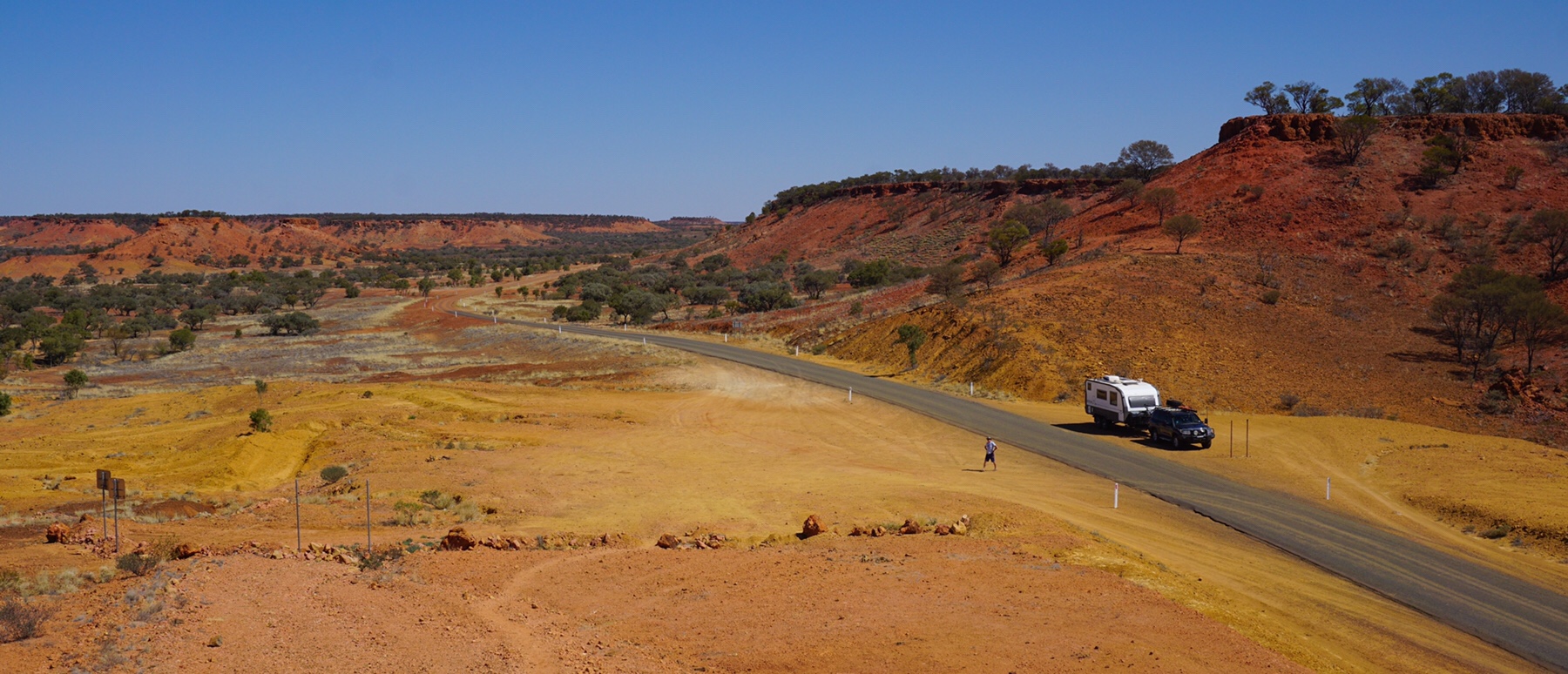
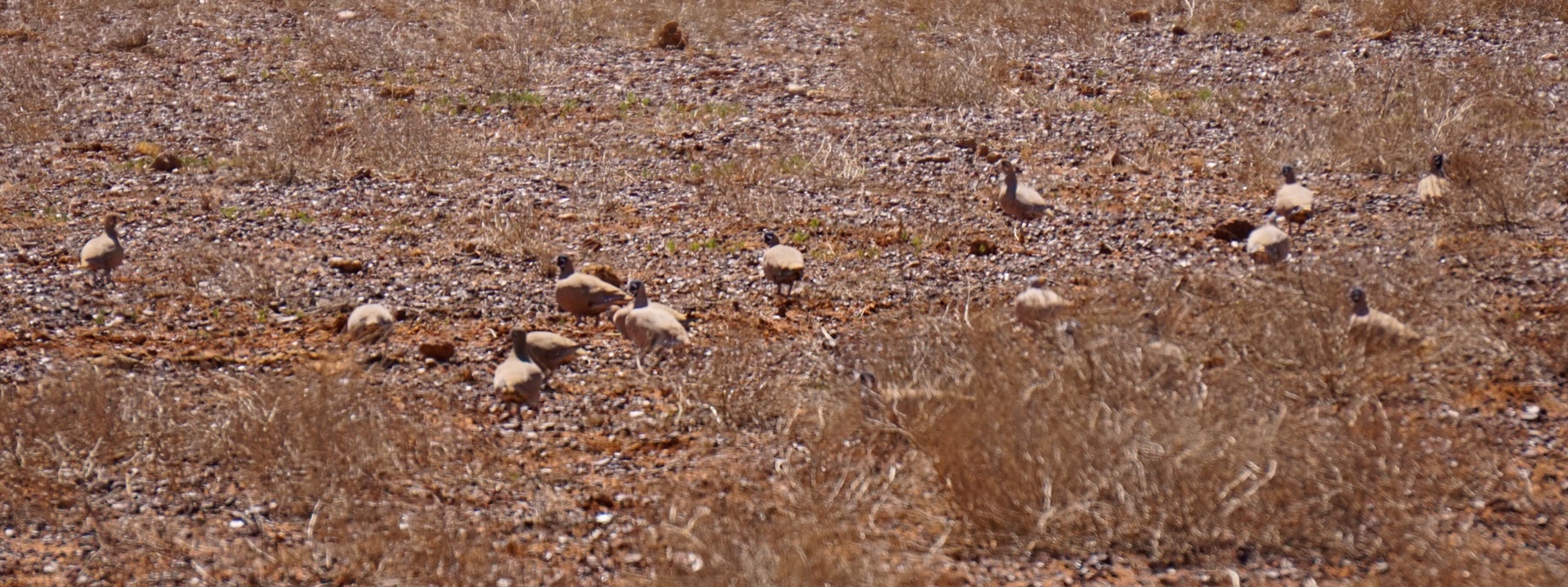 By 1pm we had reached the Middleton Hotel. Back in its heyday it was a major stopping point on the Cobb & Co route between Boulia and Winton, where tired horses were exchanged for fresh horses, with accomodation provided. Apparently the settlement of Middleton was once home to 26 permanent residents, but now it is just the rather surly and unfriendly publicans. We decided against stopping for lunch there after an unwelcoming response to our greeting.
By 1pm we had reached the Middleton Hotel. Back in its heyday it was a major stopping point on the Cobb & Co route between Boulia and Winton, where tired horses were exchanged for fresh horses, with accomodation provided. Apparently the settlement of Middleton was once home to 26 permanent residents, but now it is just the rather surly and unfriendly publicans. We decided against stopping for lunch there after an unwelcoming response to our greeting.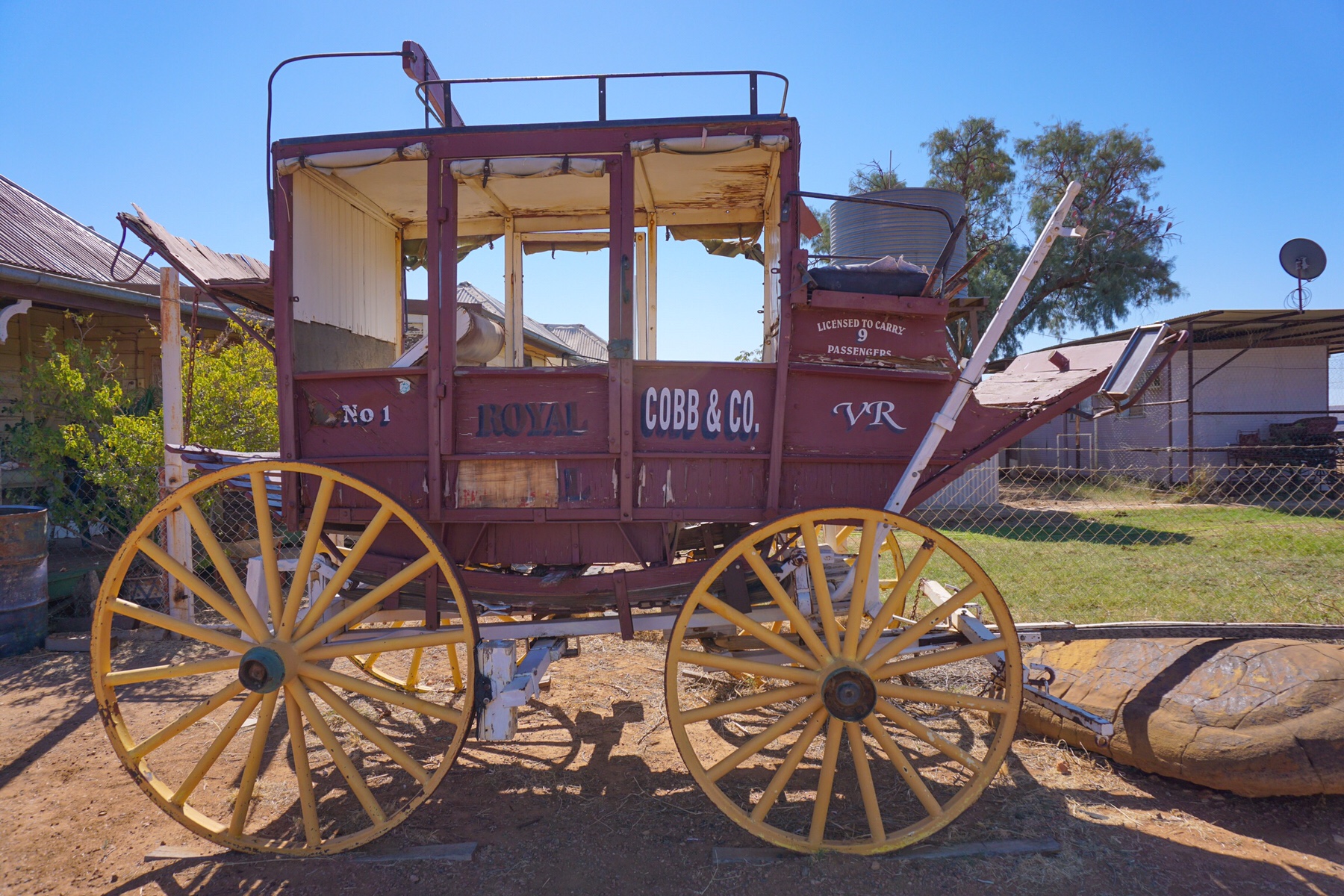
 We continued our journey, reaching Winton shortly after 5pm. We decided to set up camp at the Tattershall Hotel, and fortunately had booked ahead last night. As we reached the pub bar, a couple ahead of us took the final free spot on the campground.
We continued our journey, reaching Winton shortly after 5pm. We decided to set up camp at the Tattershall Hotel, and fortunately had booked ahead last night. As we reached the pub bar, a couple ahead of us took the final free spot on the campground.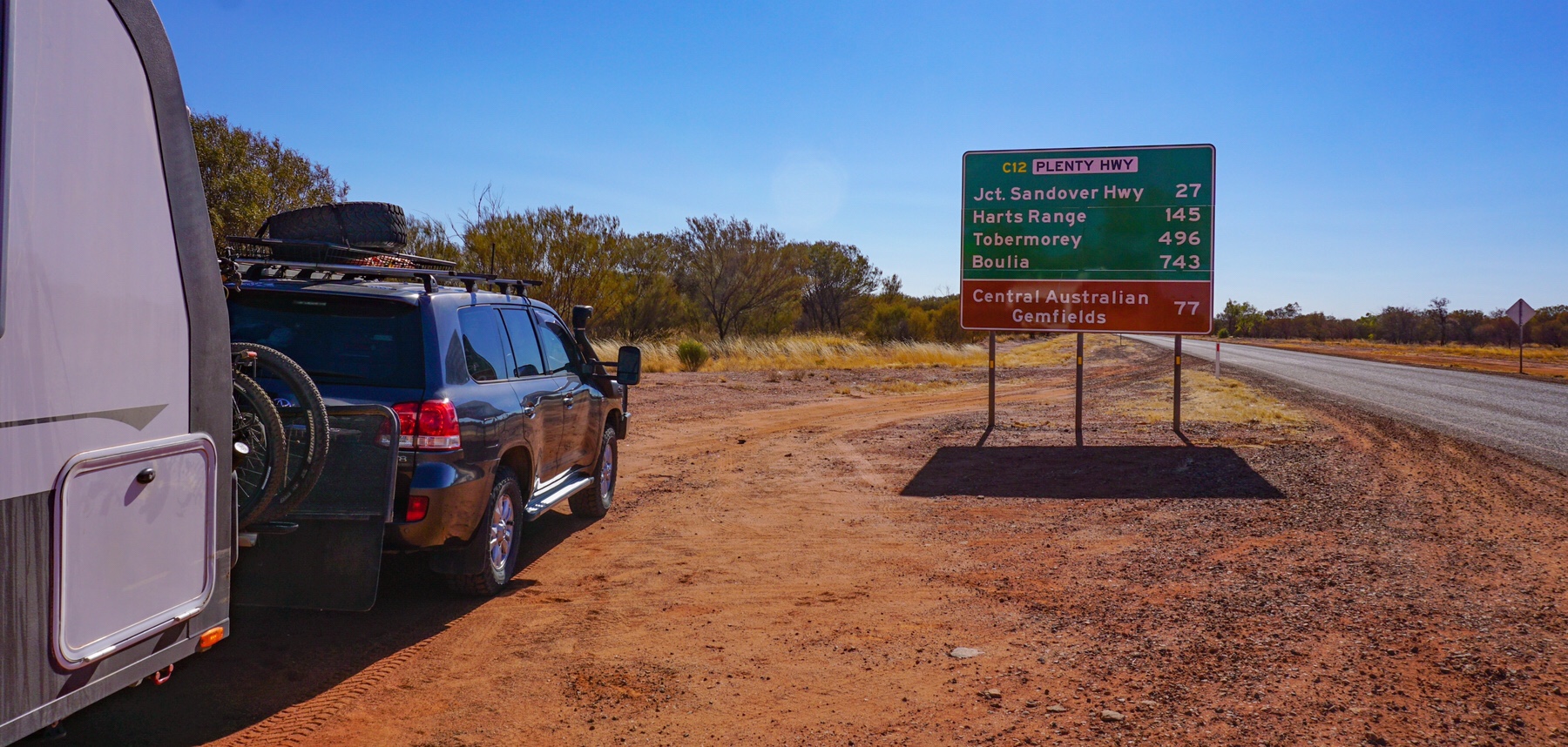 The first part of the road was very civilised bitumen. Then the dirt started. The corrugations weren’t too bad though and we made good time, pulling into our camp by mid afternoon at a huge cattle station (it was 2,750 square kilometres – about the same size as Argentina) that offered a patch of dirt and toilets. Jervois Station didn’t exactly seem to be making an effort to earn their camp fees, and we realised a bit too late we could have saved $15 and just pulled off to the side of the road!
The first part of the road was very civilised bitumen. Then the dirt started. The corrugations weren’t too bad though and we made good time, pulling into our camp by mid afternoon at a huge cattle station (it was 2,750 square kilometres – about the same size as Argentina) that offered a patch of dirt and toilets. Jervois Station didn’t exactly seem to be making an effort to earn their camp fees, and we realised a bit too late we could have saved $15 and just pulled off to the side of the road!
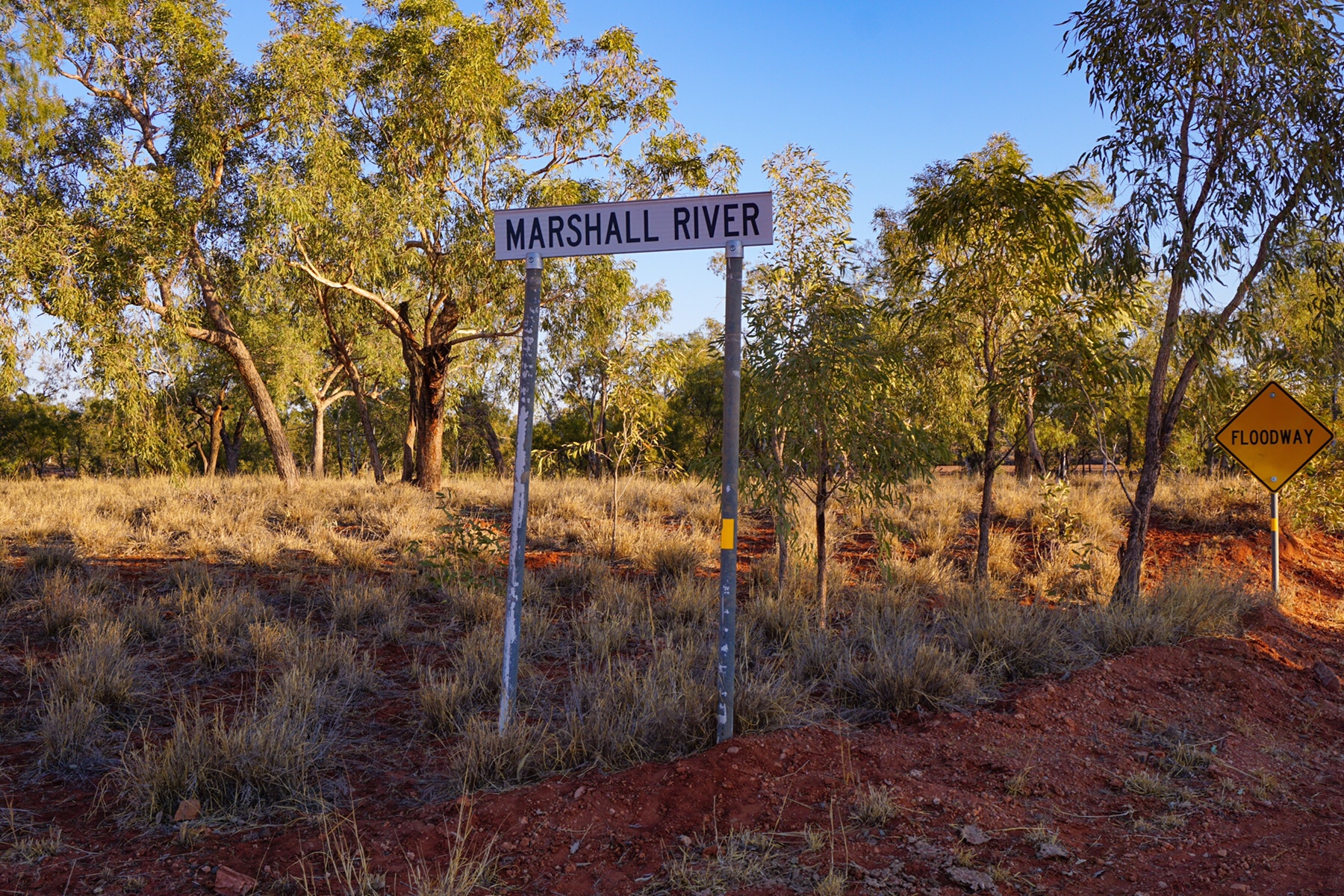 (Photo of our local river name for Jenny Charlton née Marshall – mum/mum-in-law)
(Photo of our local river name for Jenny Charlton née Marshall – mum/mum-in-law)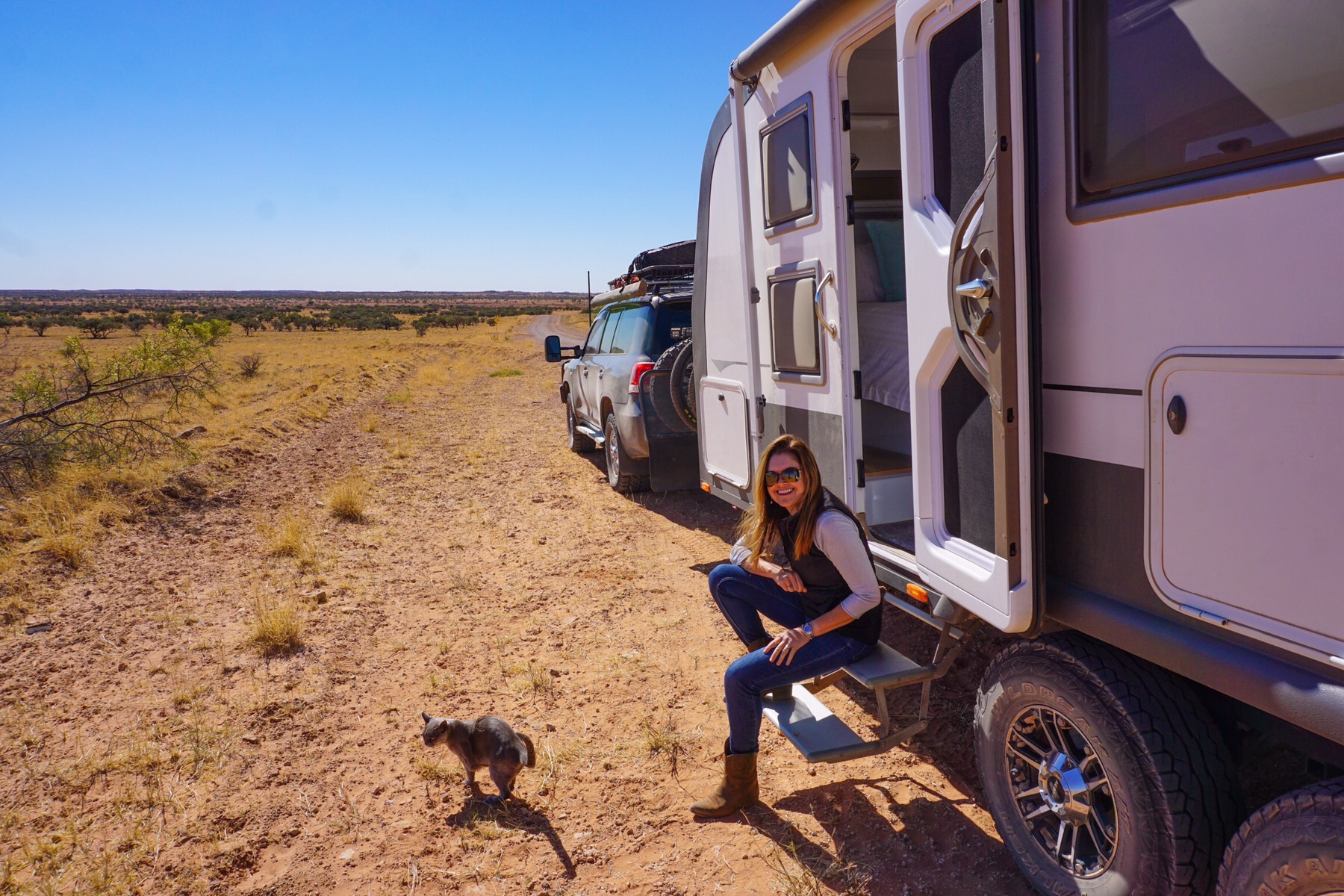
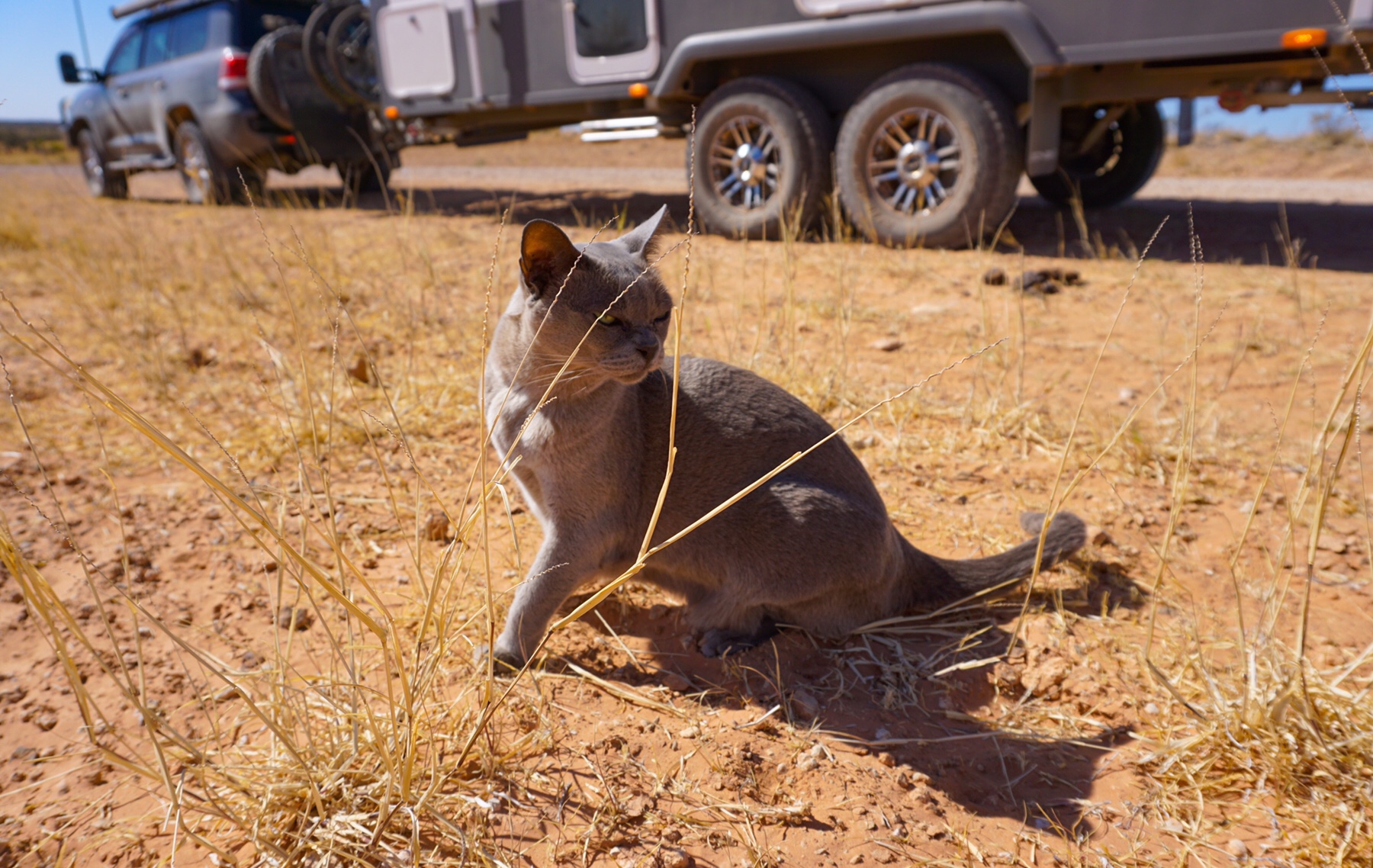 We travelled through what is called the Mitchell Grass Downs, Australia’s version of the American Prairies. It looks dry and unsupporting of life, but apparently is home to a multitude of birds, reptiles and mammals, uniquely suited to this biosystem.
We travelled through what is called the Mitchell Grass Downs, Australia’s version of the American Prairies. It looks dry and unsupporting of life, but apparently is home to a multitude of birds, reptiles and mammals, uniquely suited to this biosystem.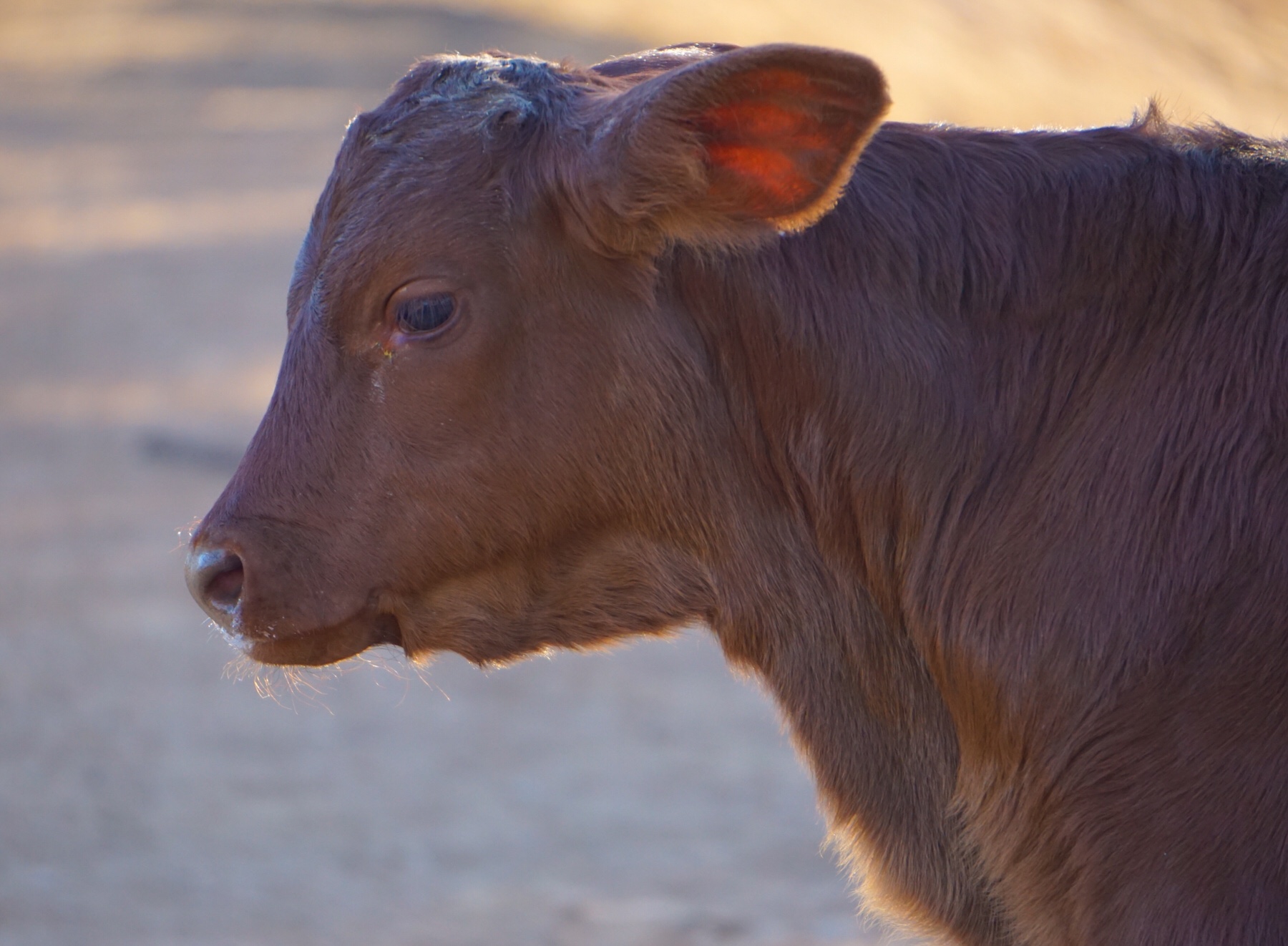

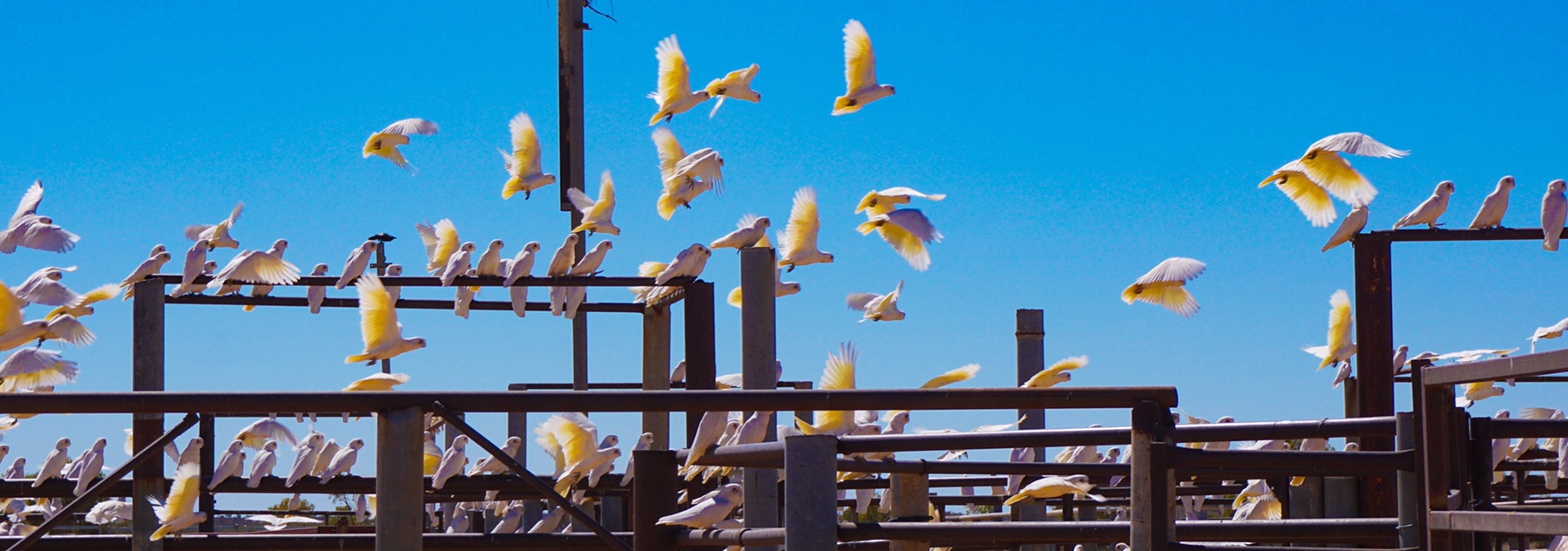 Tobermory Station was a lot more welcoming, with a young lady from Norfolk checking us in. She and her husband had decided to spend a few months here with their children, helping out on their trip around Australia. Its great to chat to these people, to see so many couples with small children taking the opportunity to do something a bit different.
Tobermory Station was a lot more welcoming, with a young lady from Norfolk checking us in. She and her husband had decided to spend a few months here with their children, helping out on their trip around Australia. Its great to chat to these people, to see so many couples with small children taking the opportunity to do something a bit different.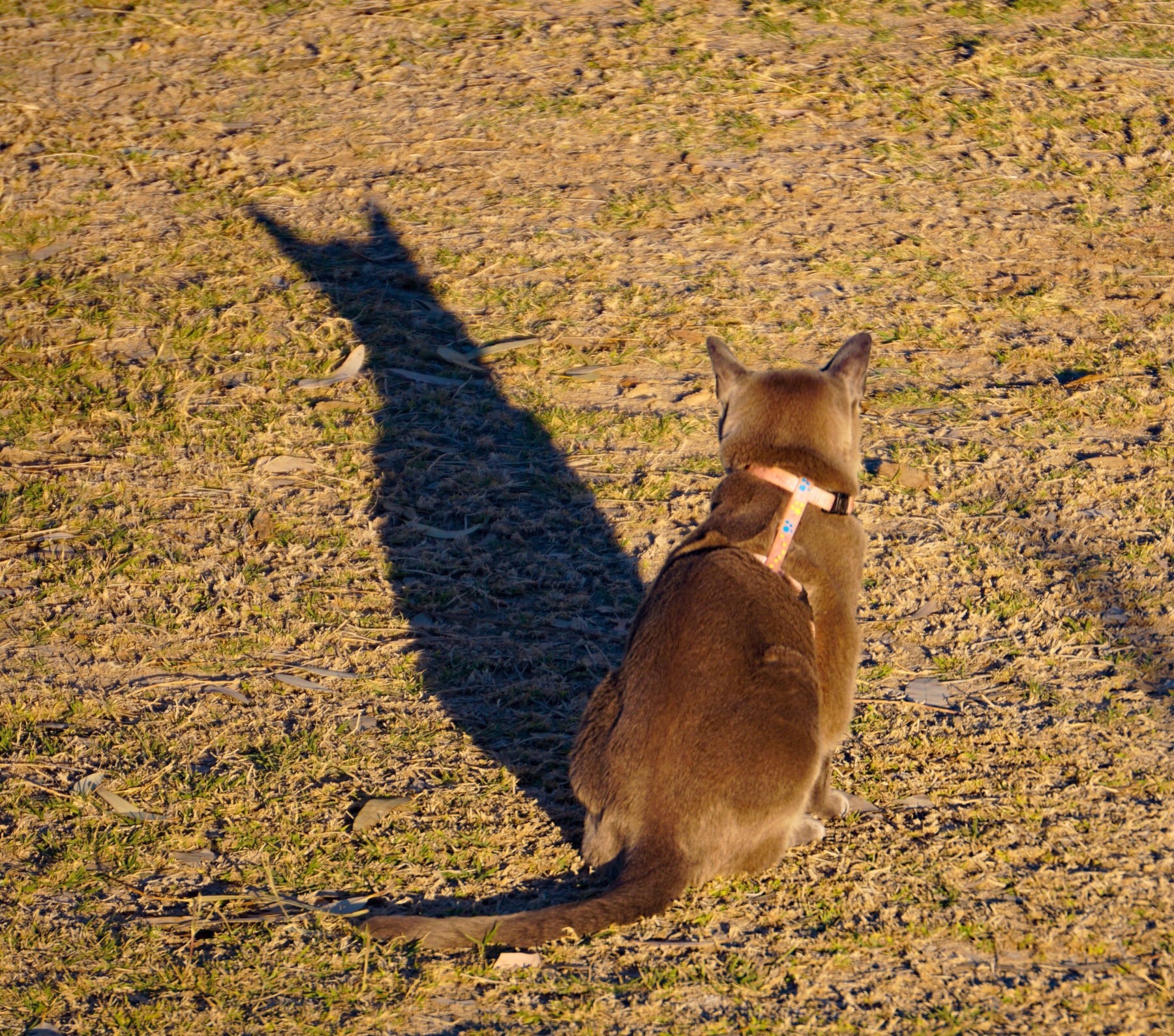 We spent the afternoon checking over everything on the car and van, and nothing we can see has fallen apart, amazing given the hammering on the road, On the Toyota one of the after market driving lights had come lose and worn a hole in the bull bar…that’s it.
We spent the afternoon checking over everything on the car and van, and nothing we can see has fallen apart, amazing given the hammering on the road, On the Toyota one of the after market driving lights had come lose and worn a hole in the bull bar…that’s it.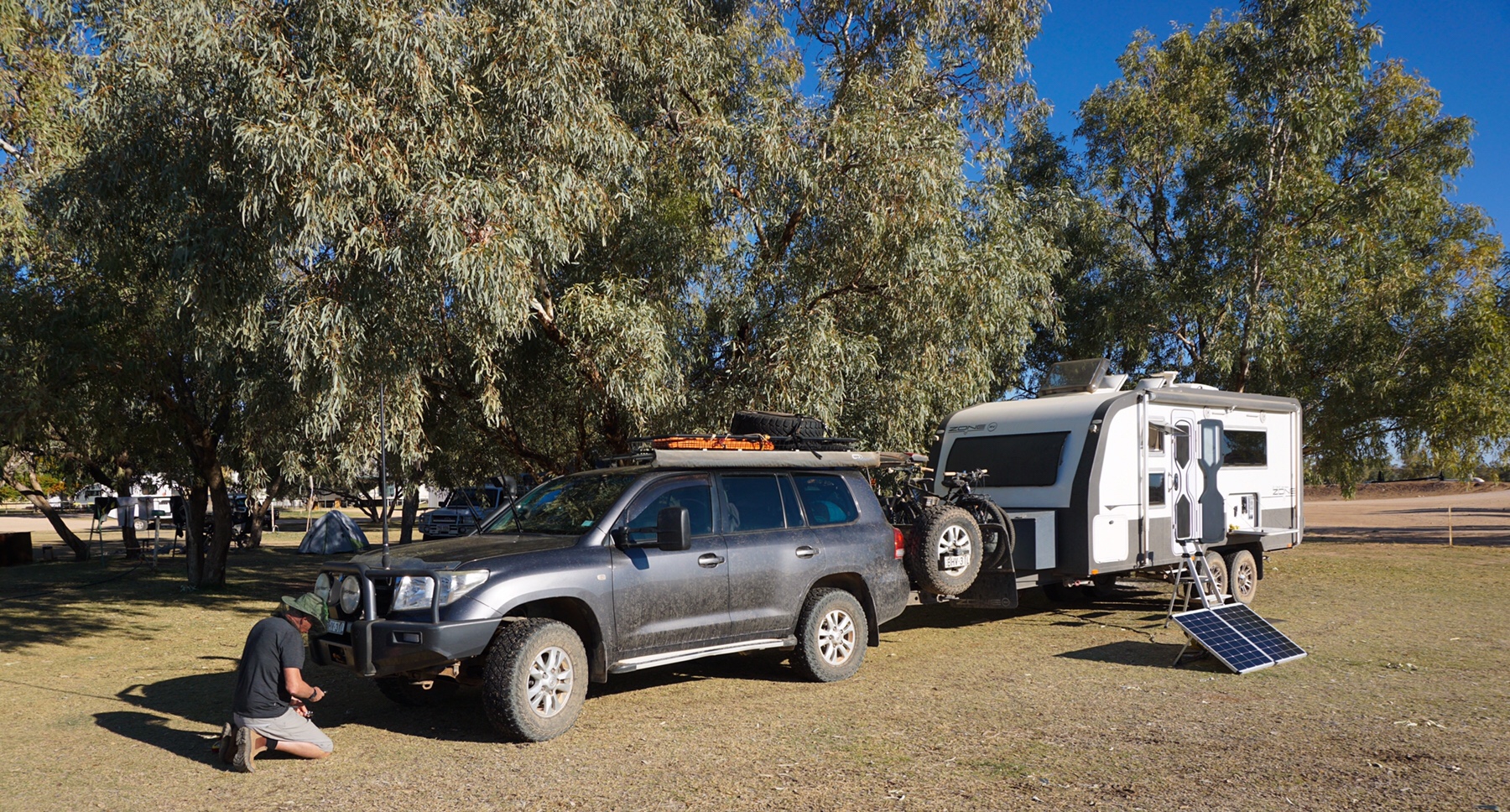
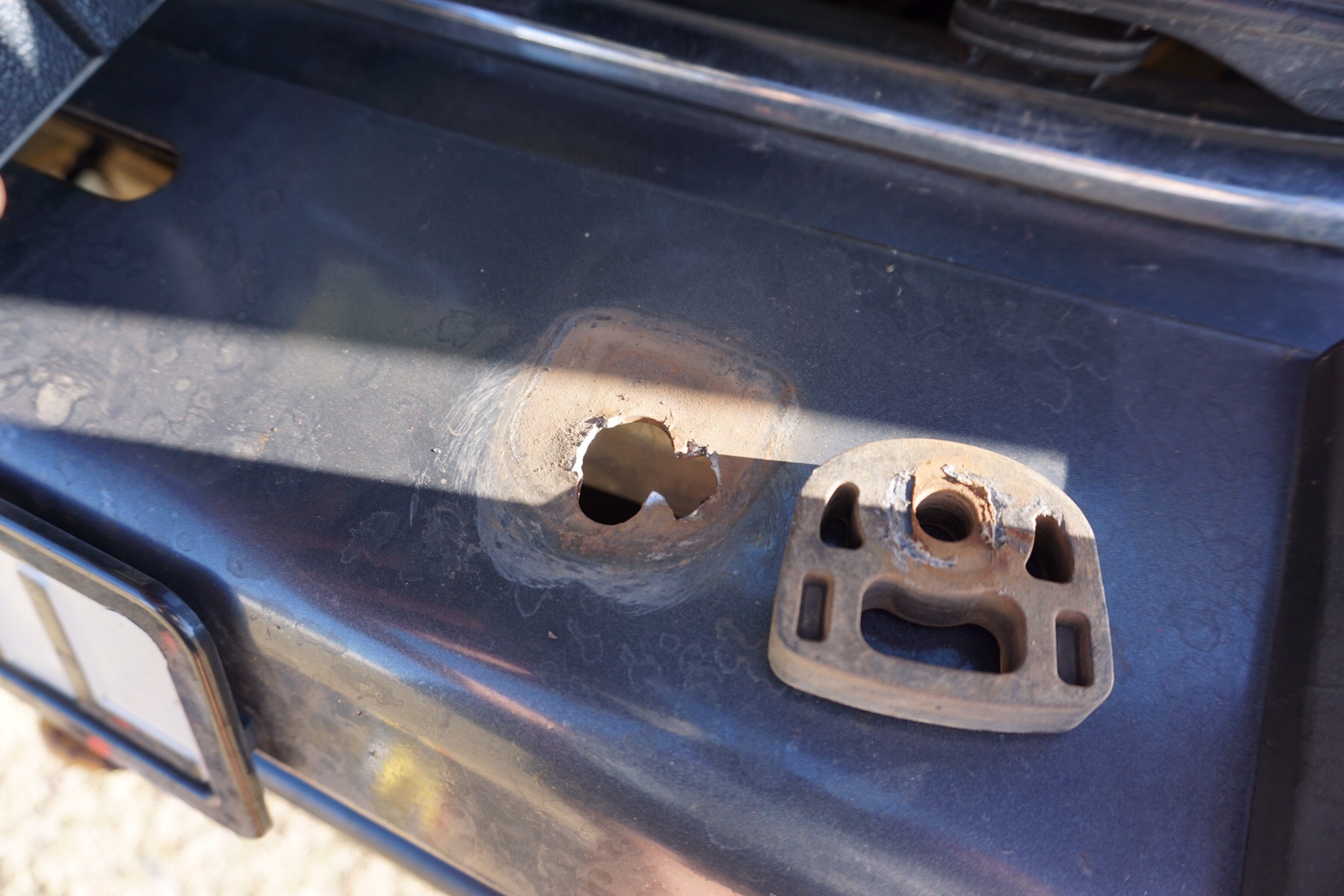 On the Zone nothing we can see is amiss, and it is pretty much dust free inside. A far cry from some of the Plenty Highway travel experiences we have heard about and read!
On the Zone nothing we can see is amiss, and it is pretty much dust free inside. A far cry from some of the Plenty Highway travel experiences we have heard about and read!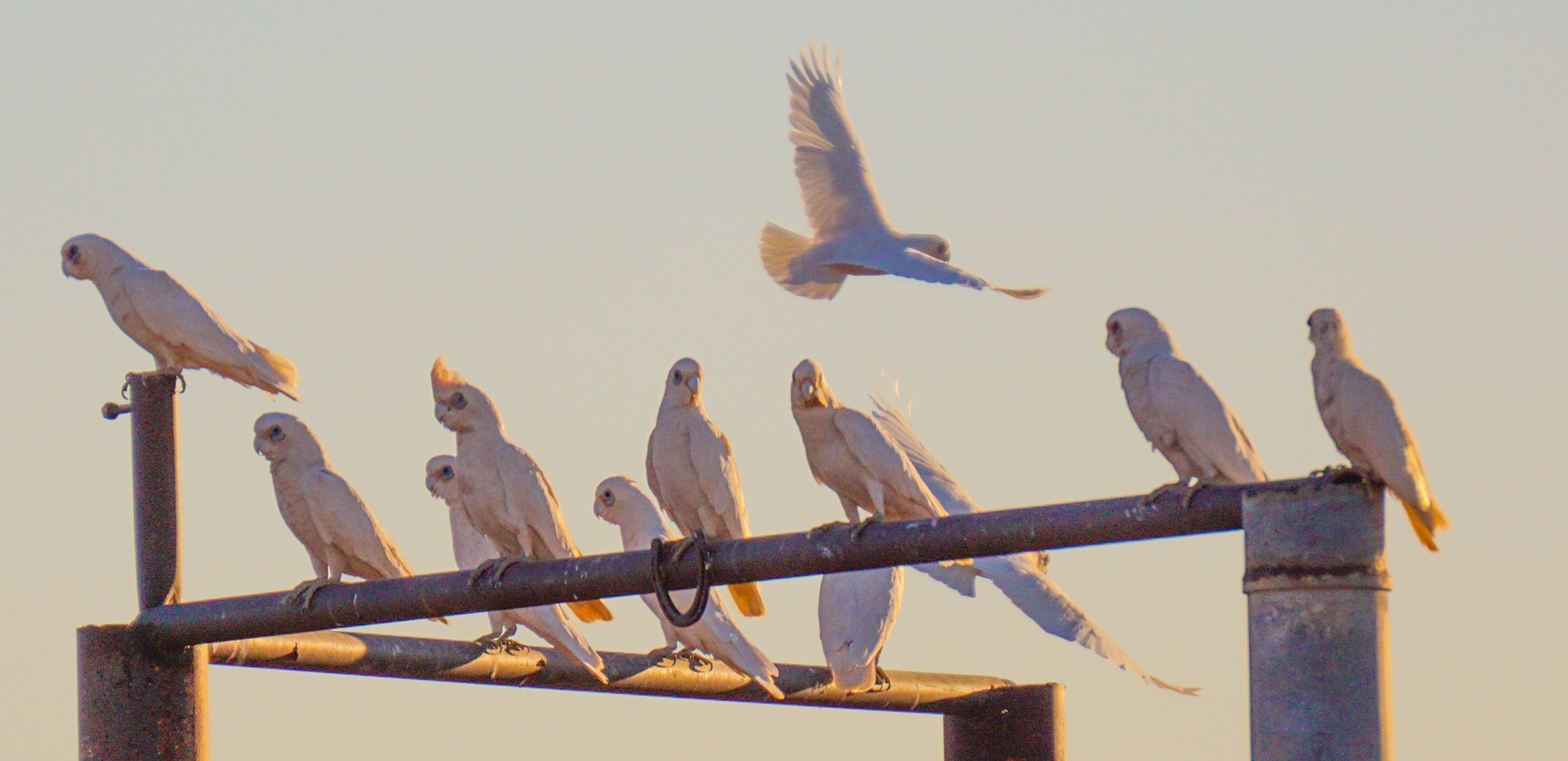
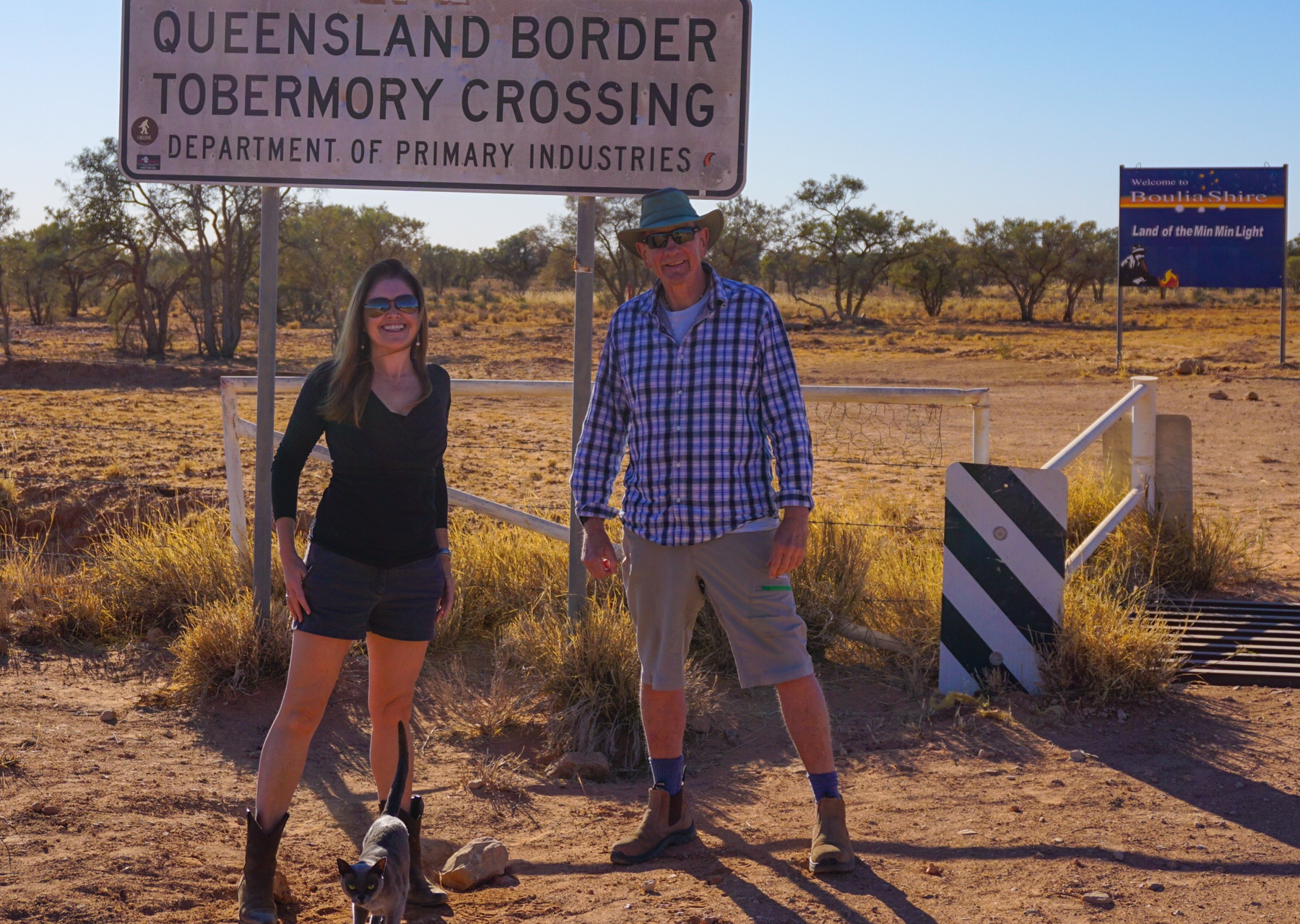
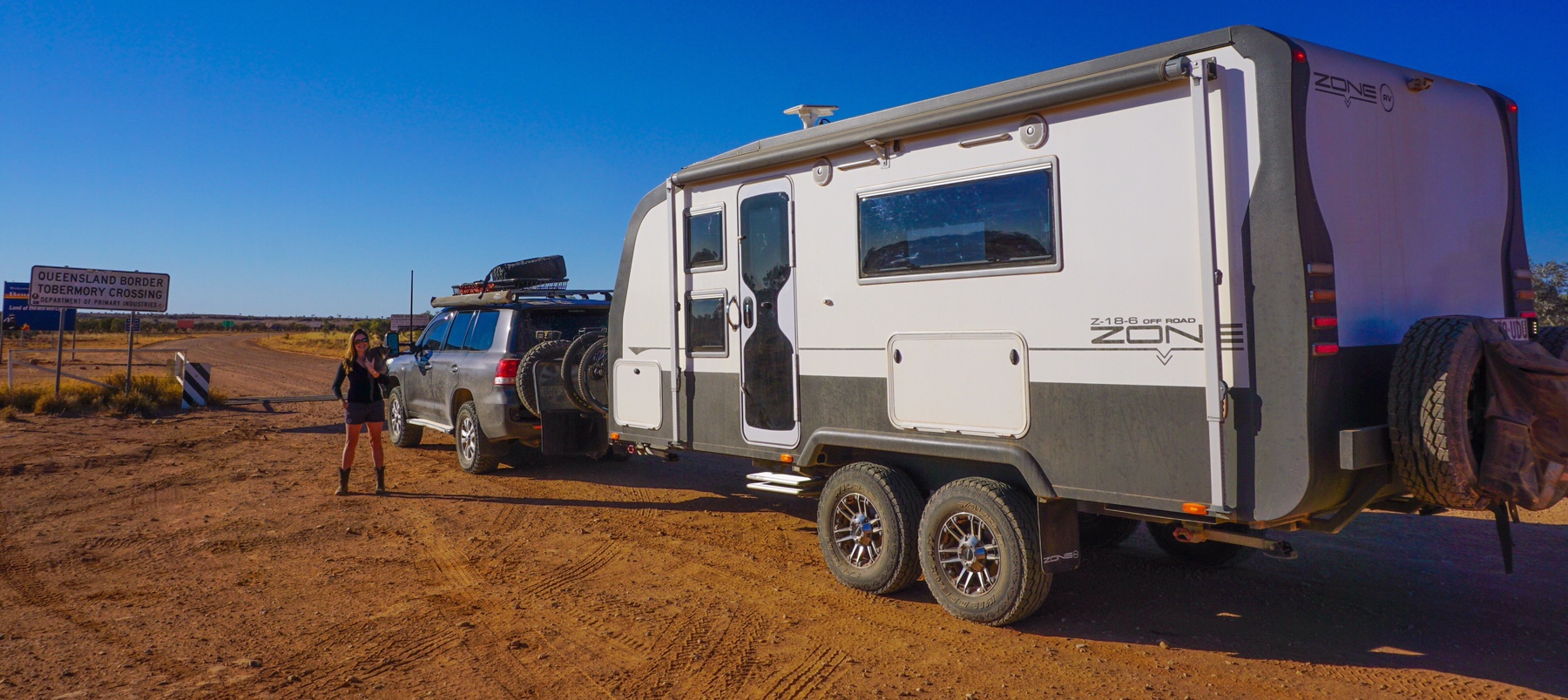 We were treated to a fabulous viewing of a pair of huge Wedge-Tailed Eagles on our journey through the last piece of the journey, along the Donohue Highway – the Queensland end of the Plenty.
We were treated to a fabulous viewing of a pair of huge Wedge-Tailed Eagles on our journey through the last piece of the journey, along the Donohue Highway – the Queensland end of the Plenty.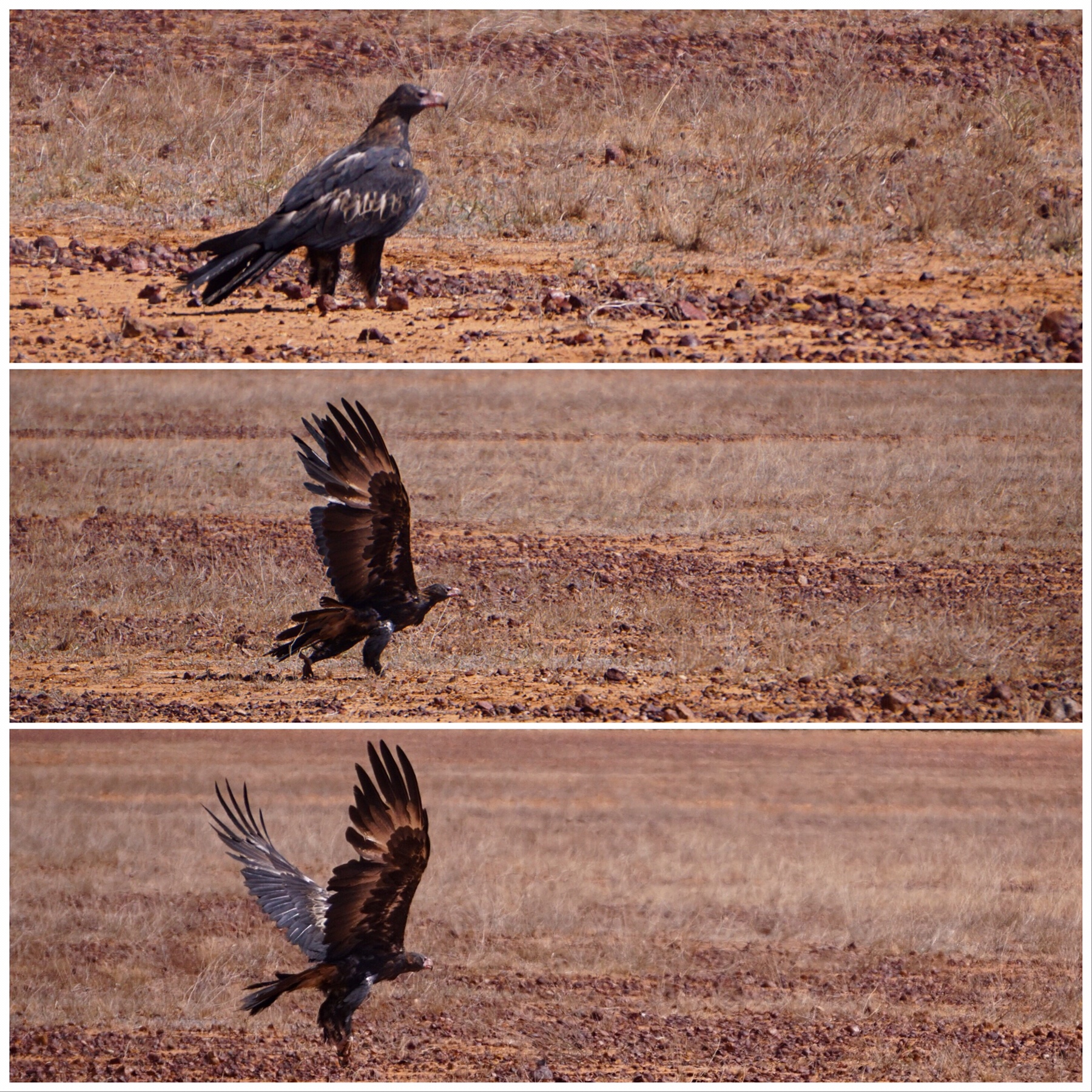 This was our longest dirt road trip, and to get to the other end with no major dramas was a good feeling. For those in the UK, this is the equivalent of driving coast to coast across the widest section of England and Wales on farm tracks!
This was our longest dirt road trip, and to get to the other end with no major dramas was a good feeling. For those in the UK, this is the equivalent of driving coast to coast across the widest section of England and Wales on farm tracks!
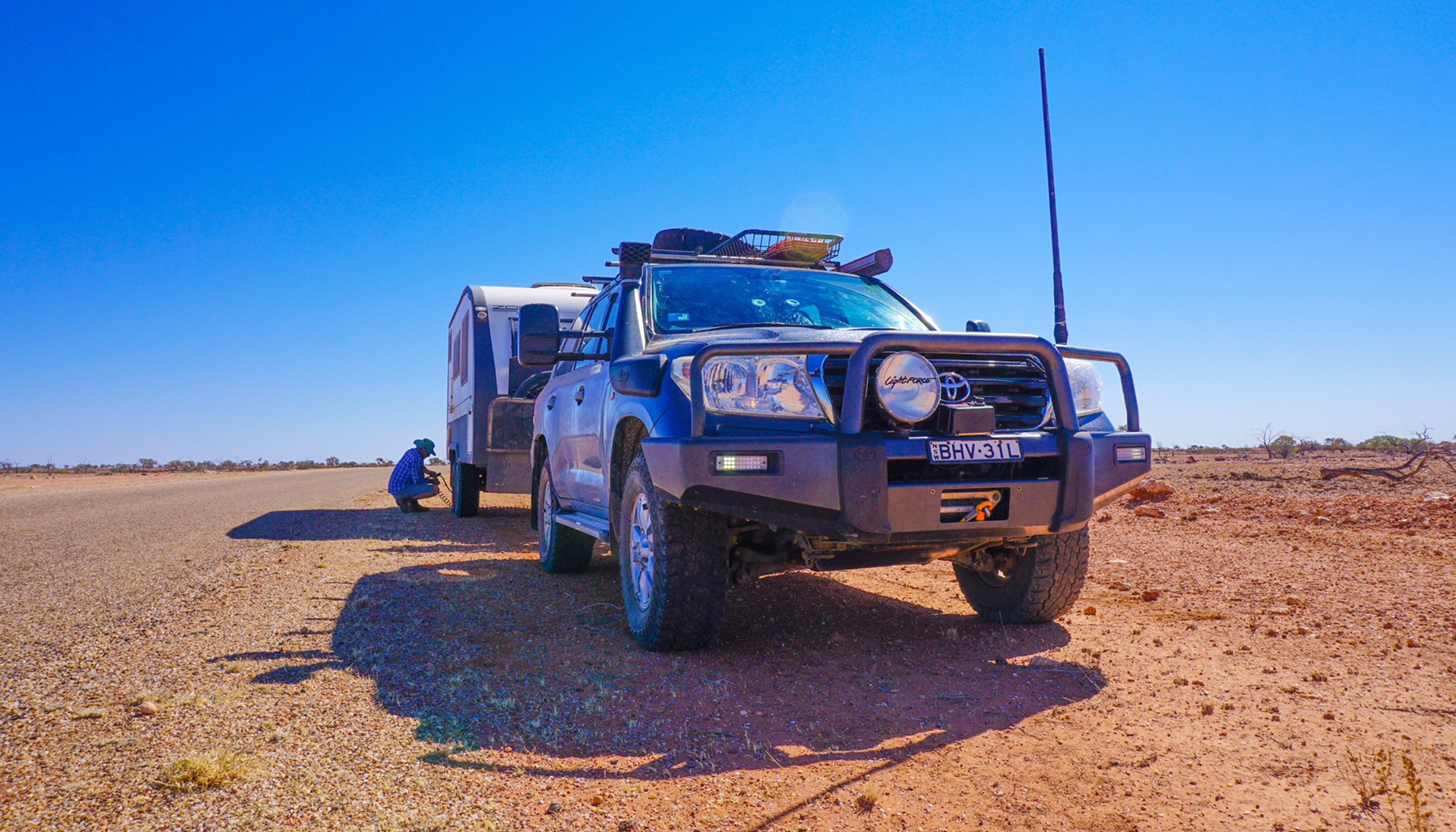
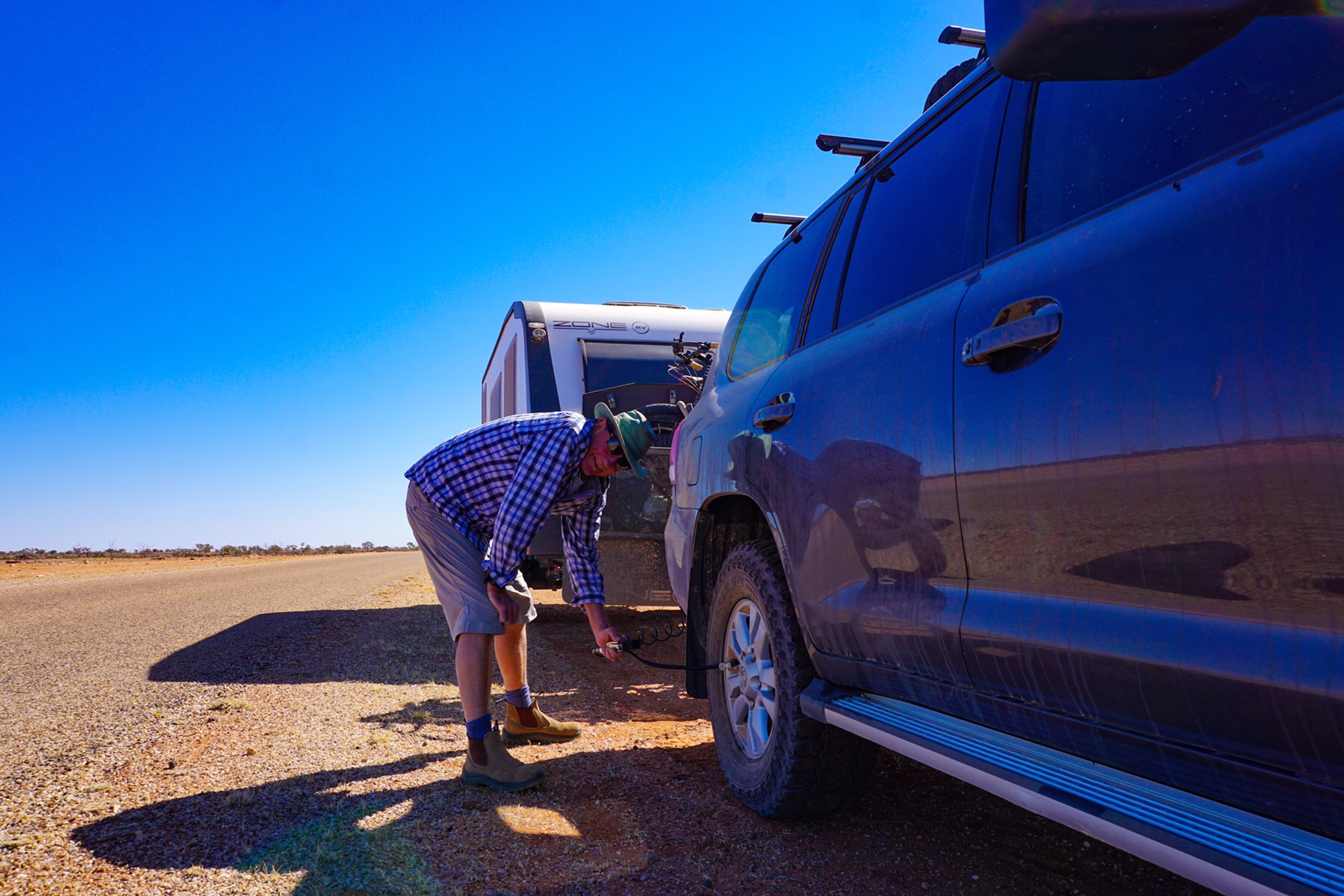 Now came the clean up! A lot of red dust needed to be disapeared.
Now came the clean up! A lot of red dust needed to be disapeared.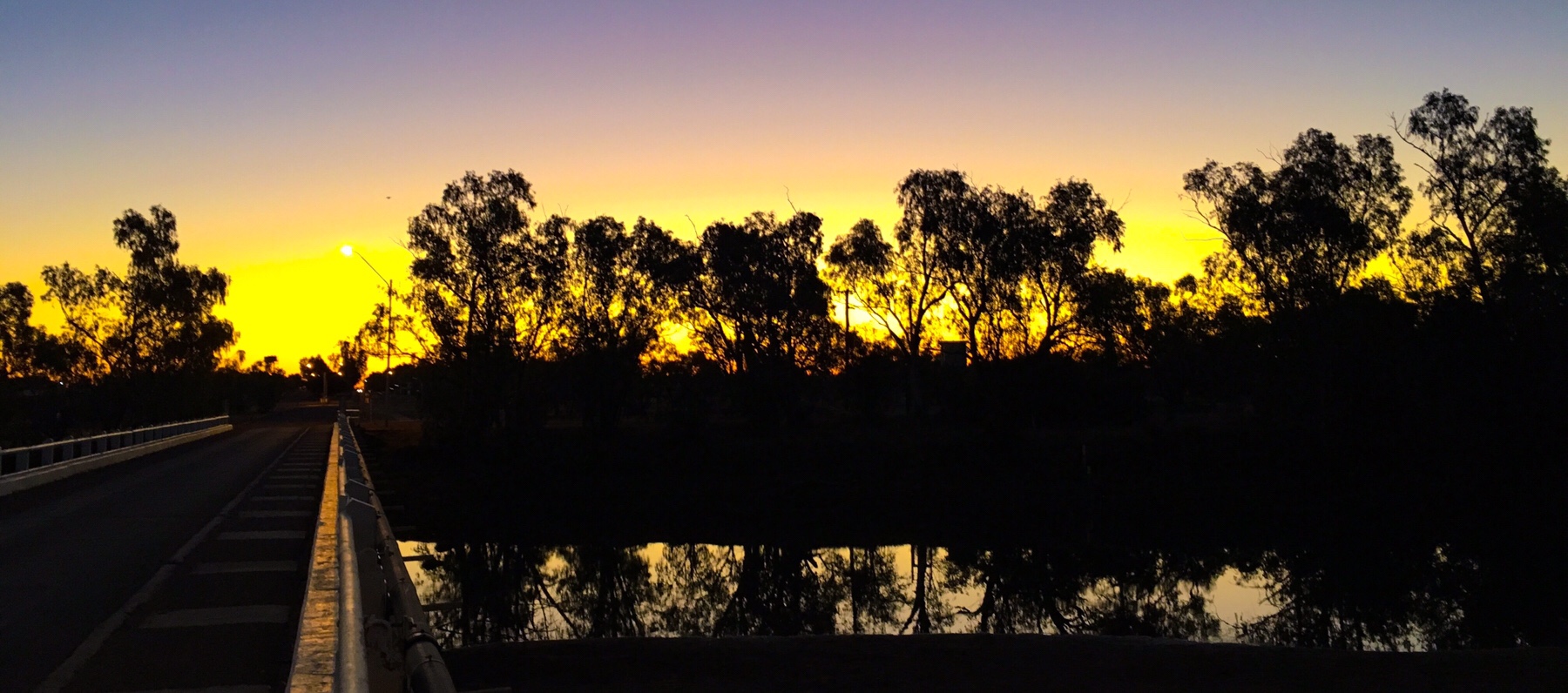
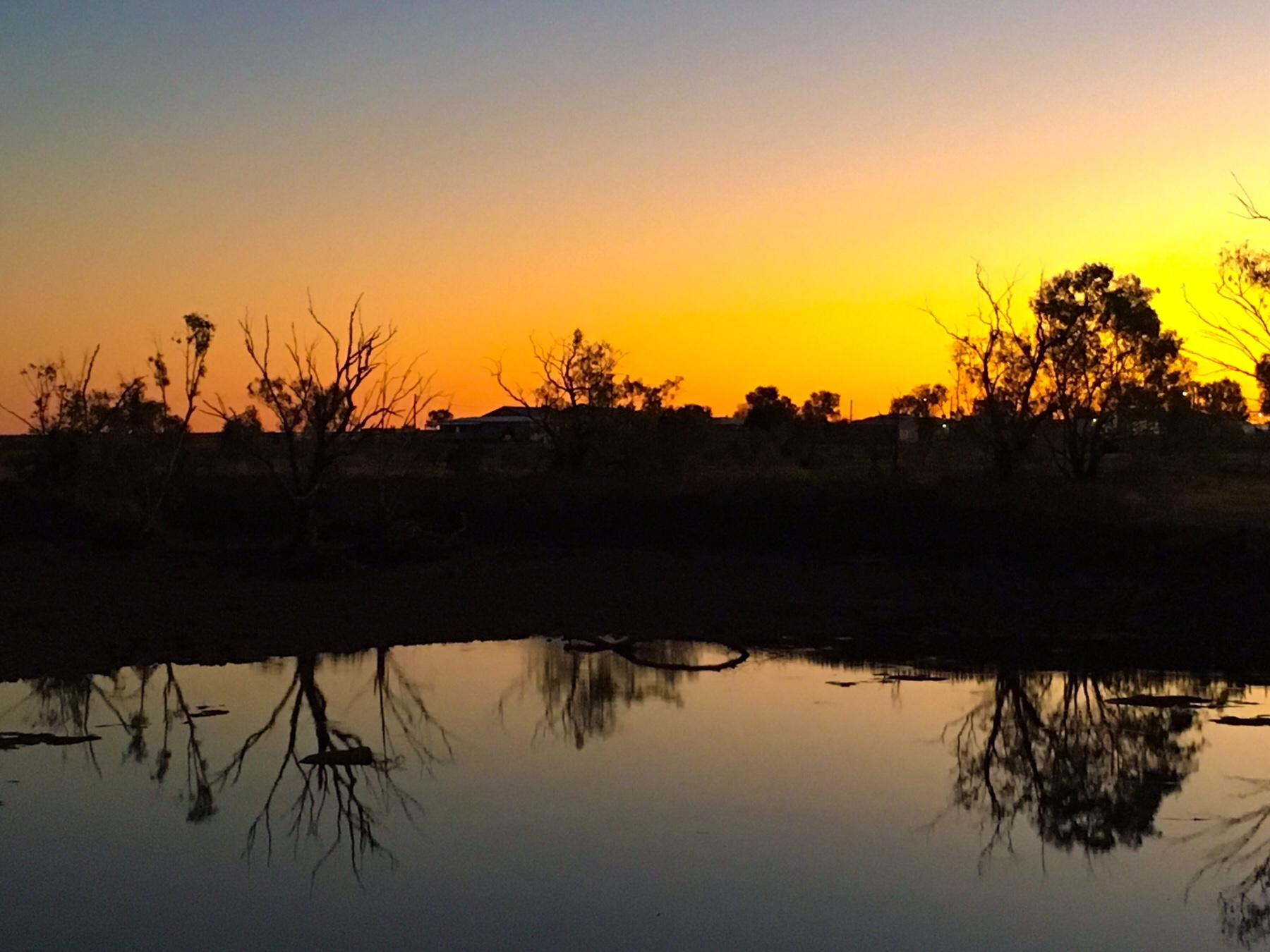 Three hours later all was done, the sun was setting and it was time for the pub. Of course it was the usual predictable menu options (steak or chicken “parmy”, and awful wine and beer options). But you expect that in outback Australia where there is a lack of competition and a customer base that doesn’t seem to want anything different.
Three hours later all was done, the sun was setting and it was time for the pub. Of course it was the usual predictable menu options (steak or chicken “parmy”, and awful wine and beer options). But you expect that in outback Australia where there is a lack of competition and a customer base that doesn’t seem to want anything different.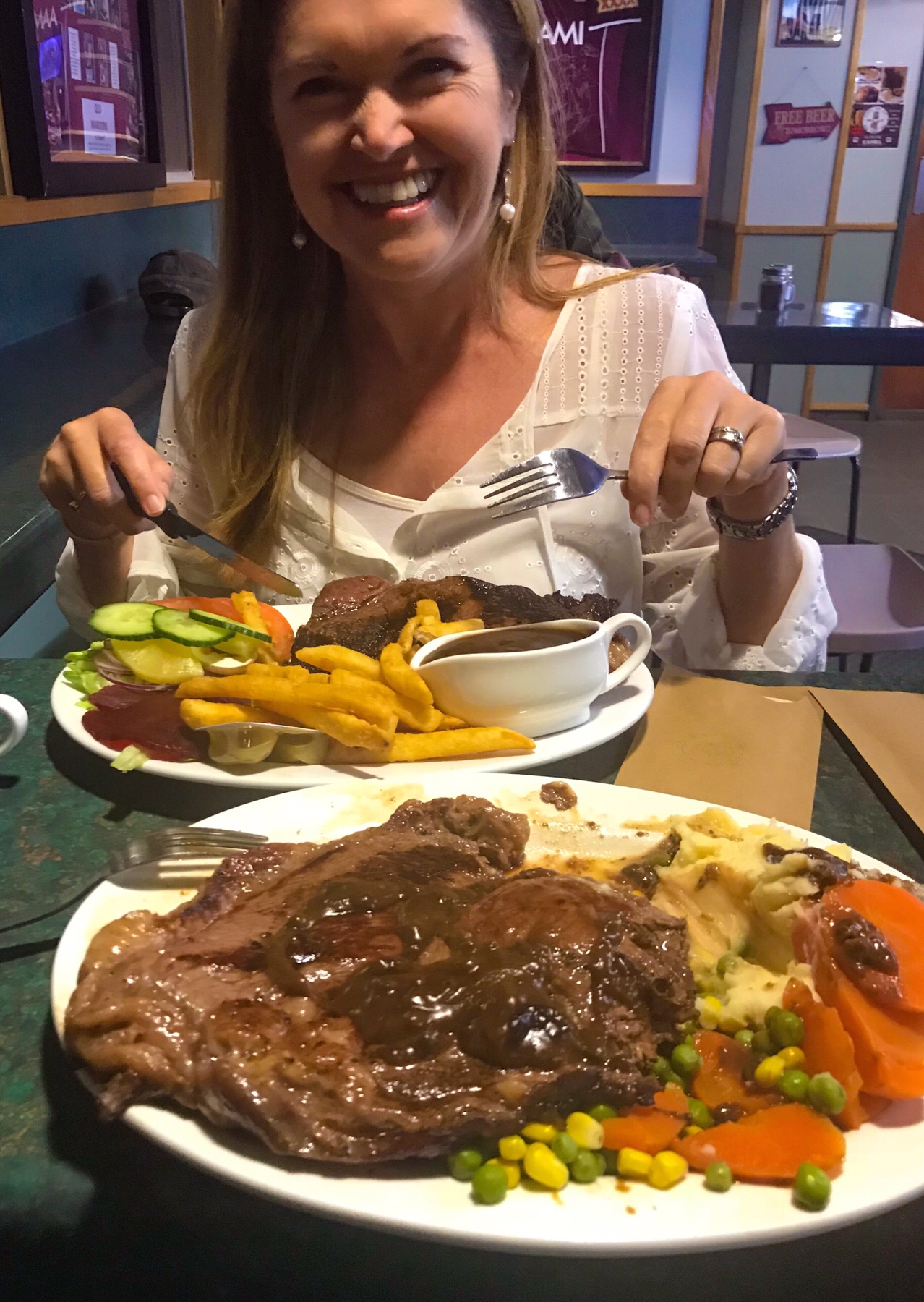 Frightening…It was cooked well though and we definitely fulfilled our red meat quota for the month!
Frightening…It was cooked well though and we definitely fulfilled our red meat quota for the month!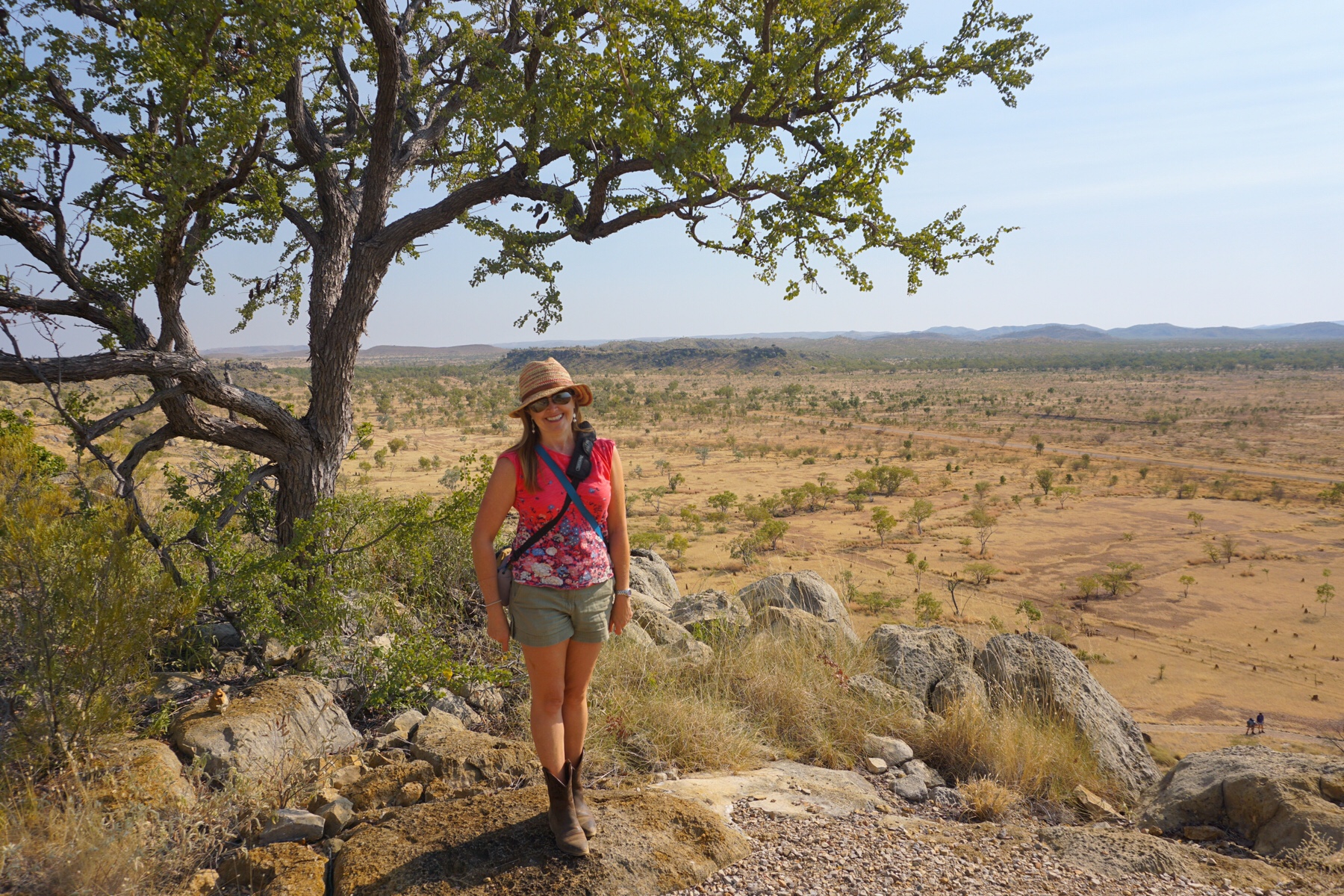
 Just one small part of the 40km square area is open to visitors, but it offers a fabulous window to some of Australia’s evolution. Harking back to times when this dry dusty area was instead rich rainforest peppered with spring-fed lakes and pools – now limestone beds packed full of fossilised bones.
Just one small part of the 40km square area is open to visitors, but it offers a fabulous window to some of Australia’s evolution. Harking back to times when this dry dusty area was instead rich rainforest peppered with spring-fed lakes and pools – now limestone beds packed full of fossilised bones.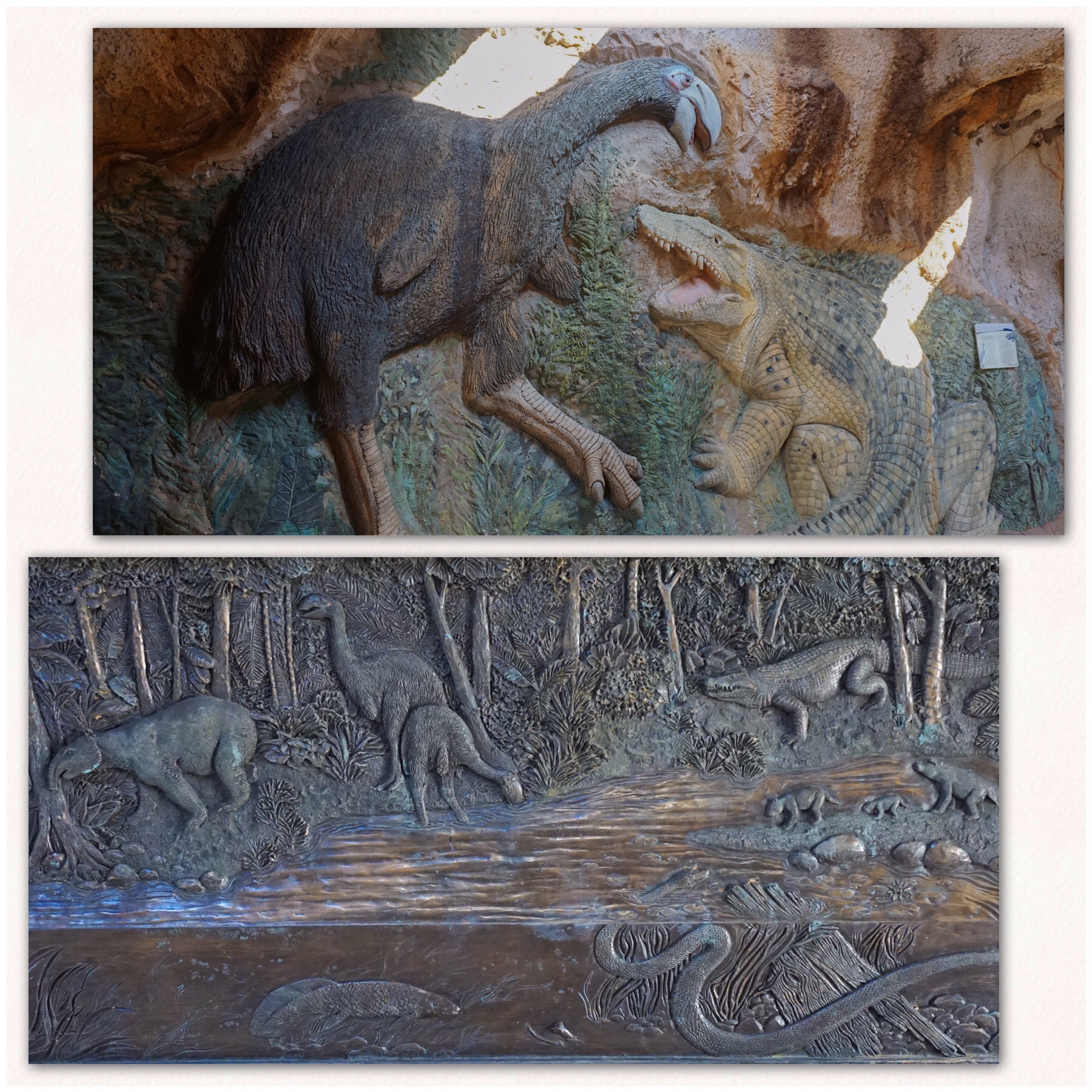
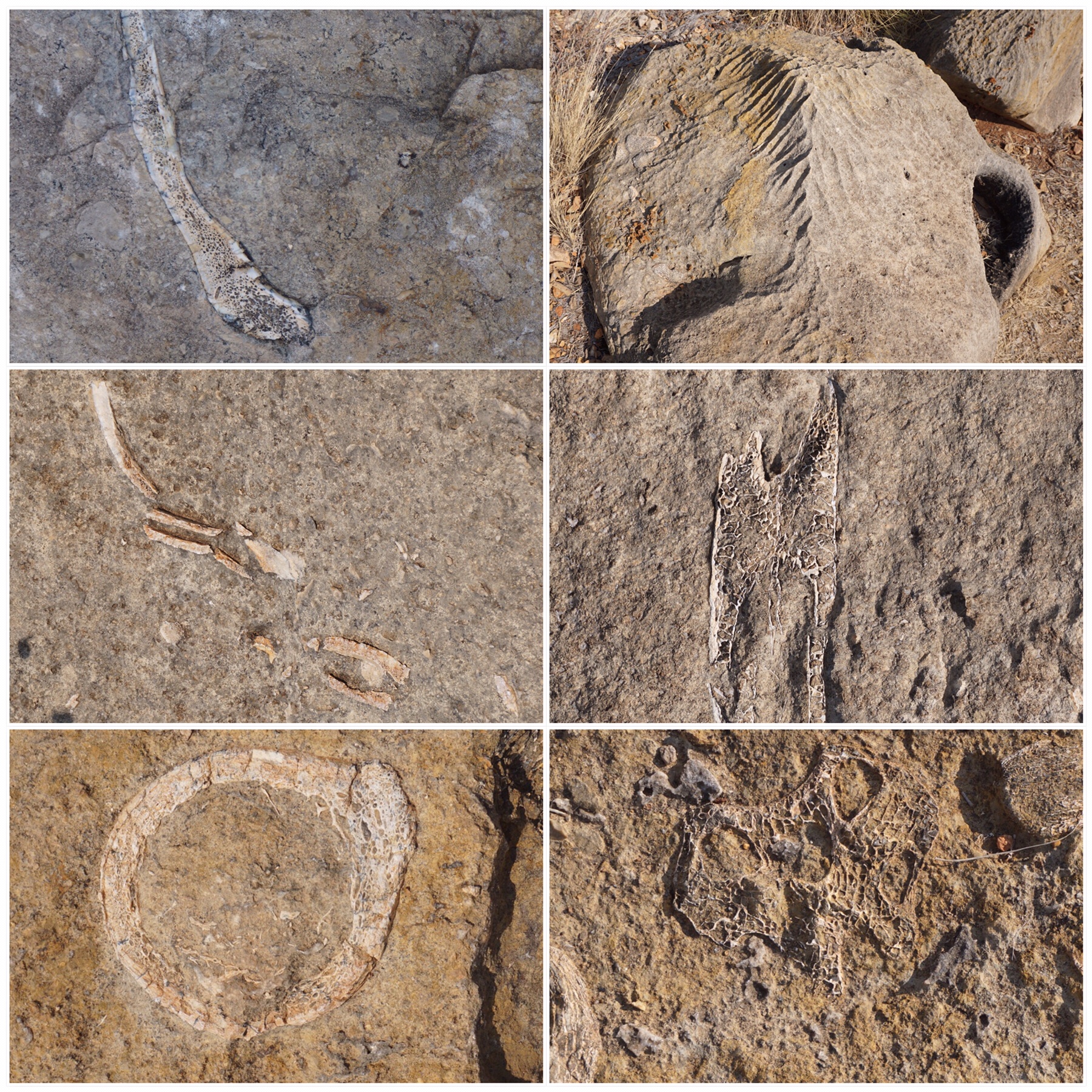 The national park seems to be in cahoots with Adels Grove, with a lot of encouragement for visitors to do a paid trip with a tour guide. We tried to get on a tour but none were running, so we did a self-guided visit. There was very limited information provided on boards, and may fossils with no details beside them. You had to use a lot of imagination to understand what you’re looking at, and a lot of Googling later on when we finally got enough phone signal to connect to internet.
The national park seems to be in cahoots with Adels Grove, with a lot of encouragement for visitors to do a paid trip with a tour guide. We tried to get on a tour but none were running, so we did a self-guided visit. There was very limited information provided on boards, and may fossils with no details beside them. You had to use a lot of imagination to understand what you’re looking at, and a lot of Googling later on when we finally got enough phone signal to connect to internet.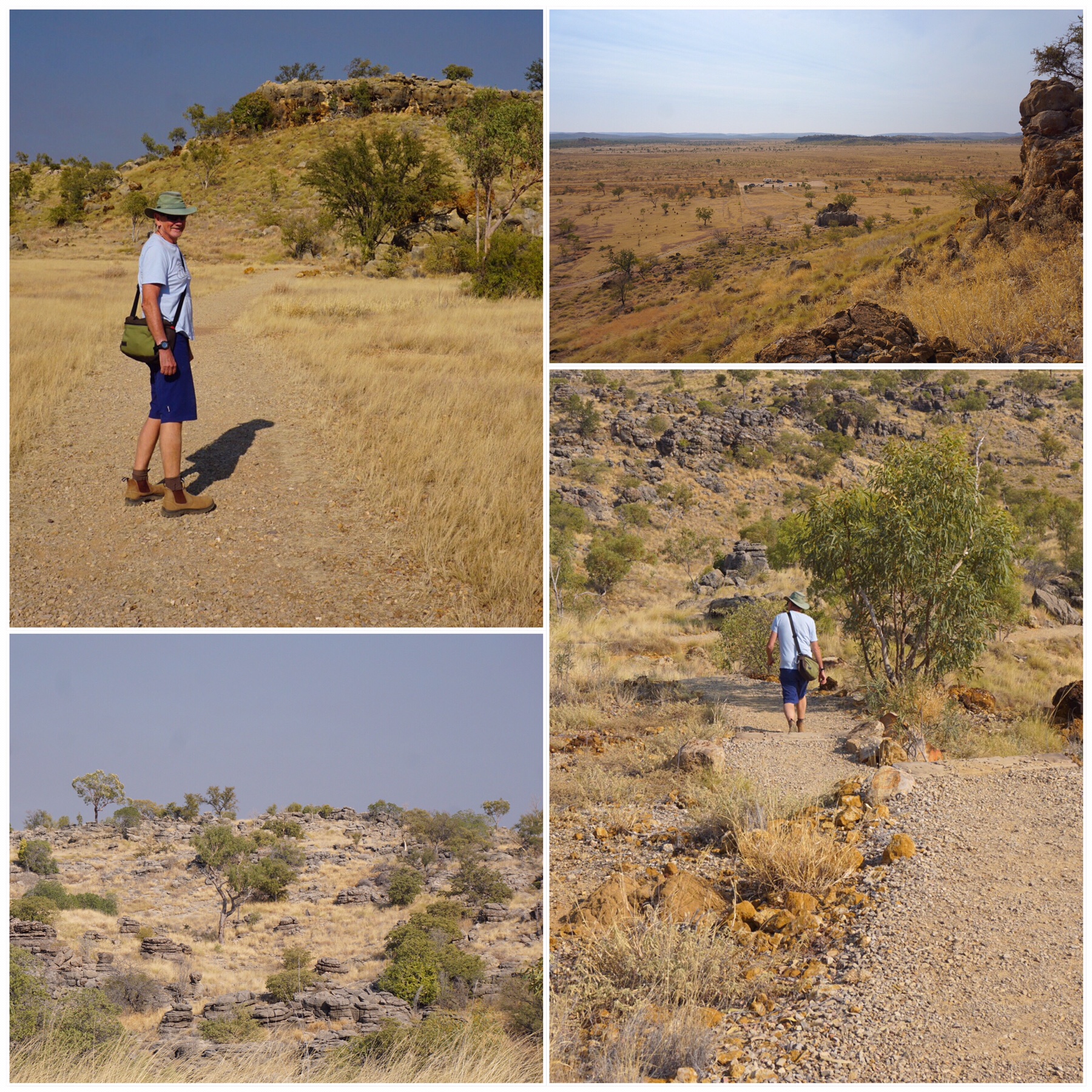
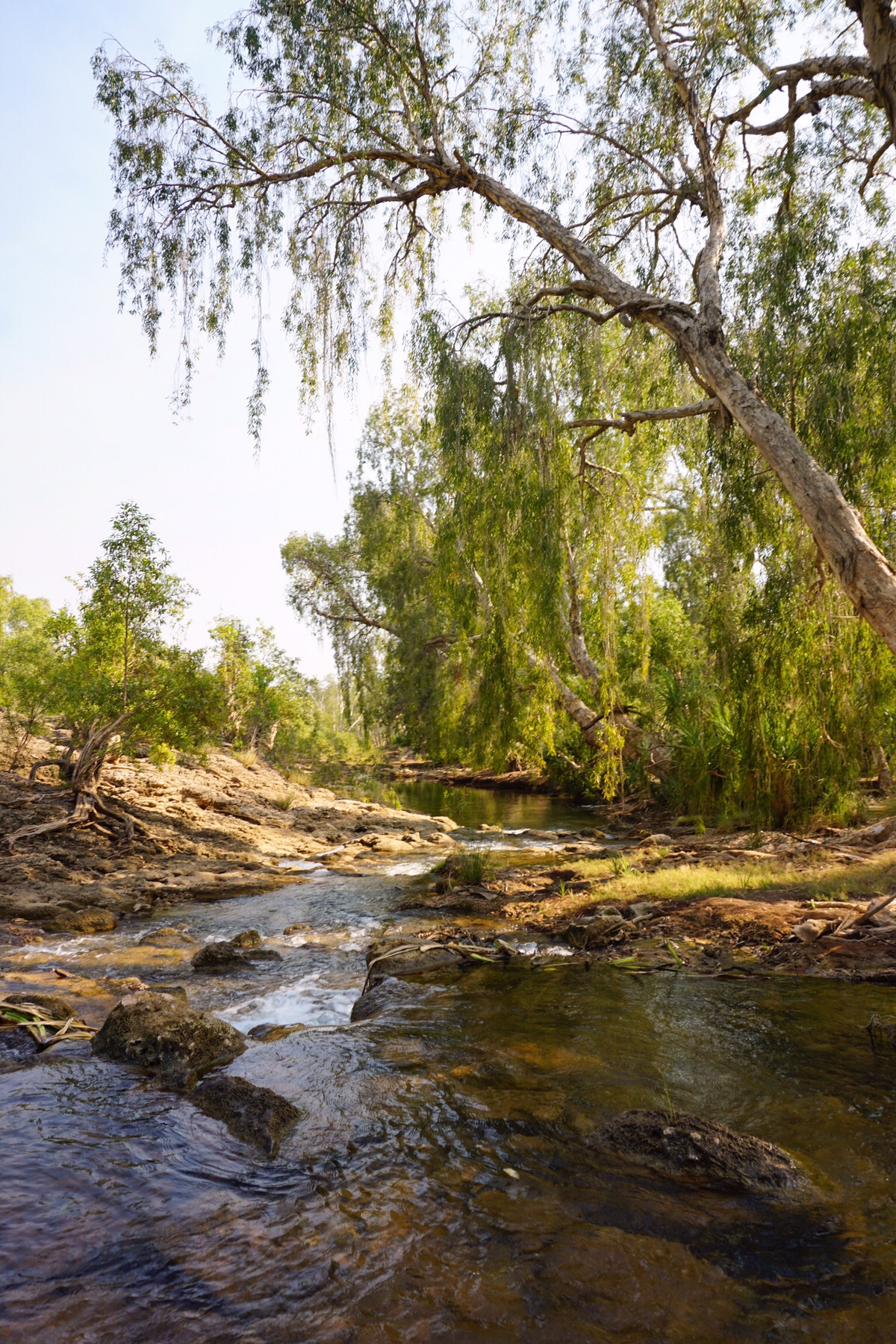
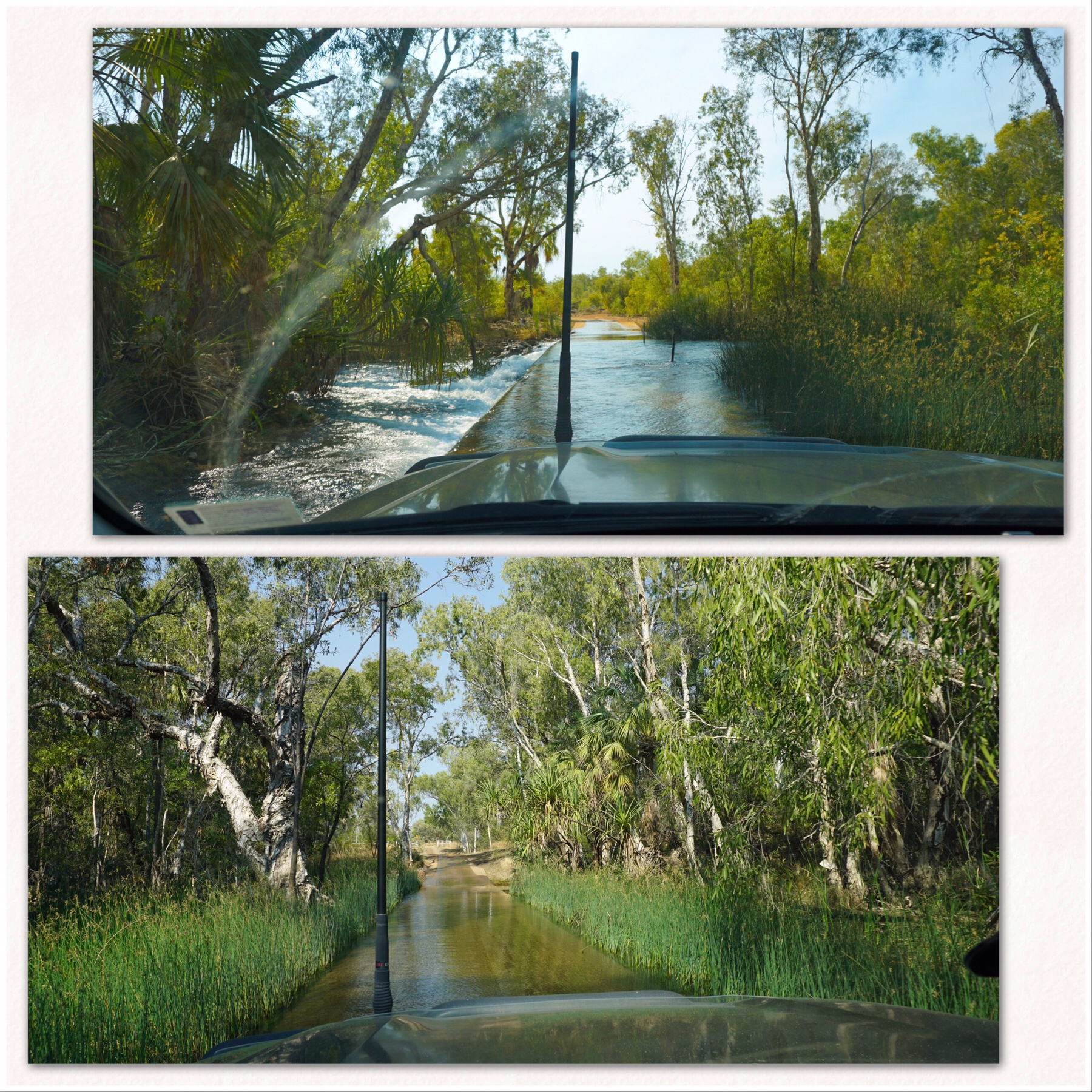 It was a slow old journey which led eventually to tarmac, and then another 200km to our destination for the night, Camooweal. There we did a massive clean, inside and out, to try and rid ourselves of some of the red dust we had accumulated over the past few days.
It was a slow old journey which led eventually to tarmac, and then another 200km to our destination for the night, Camooweal. There we did a massive clean, inside and out, to try and rid ourselves of some of the red dust we had accumulated over the past few days.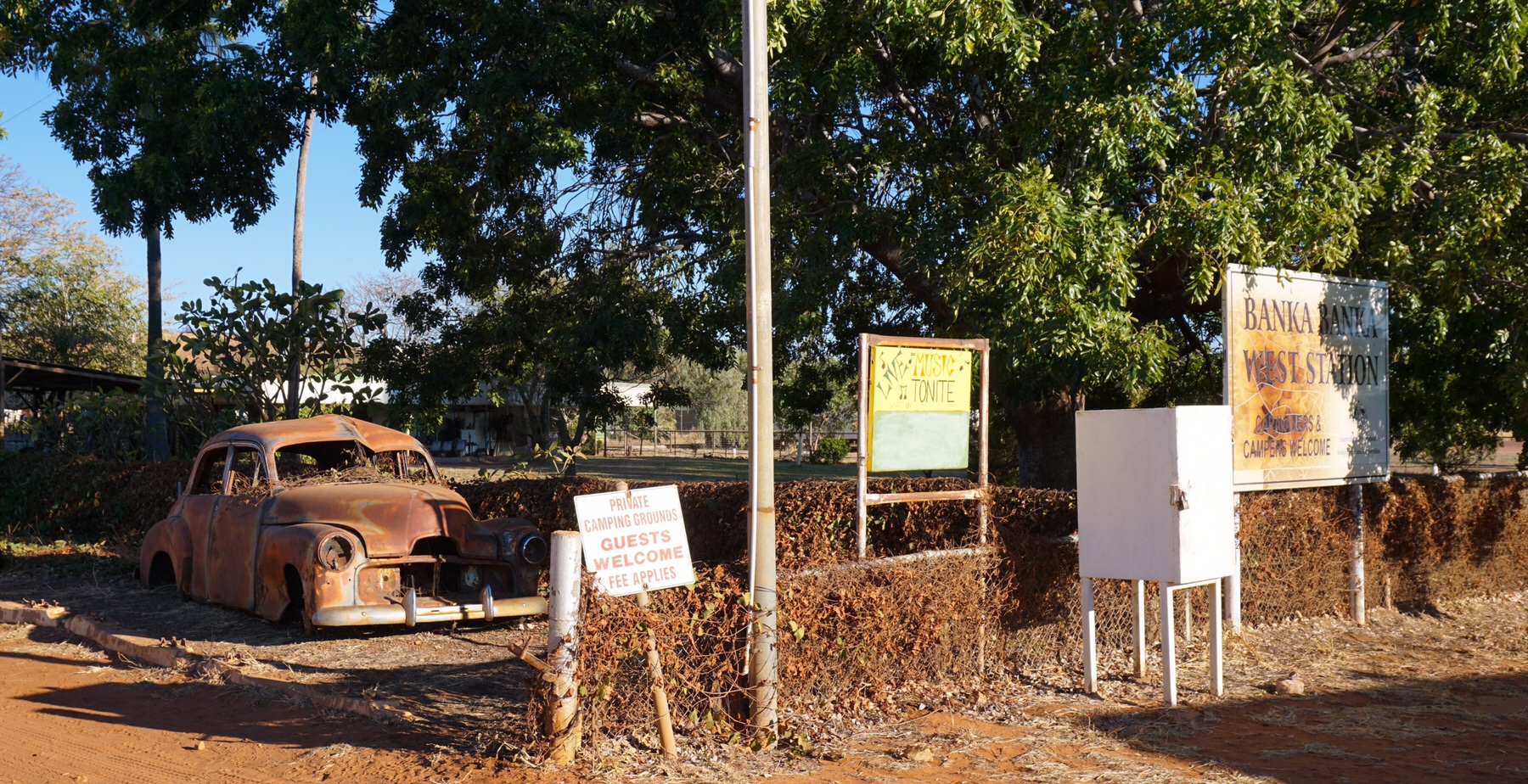
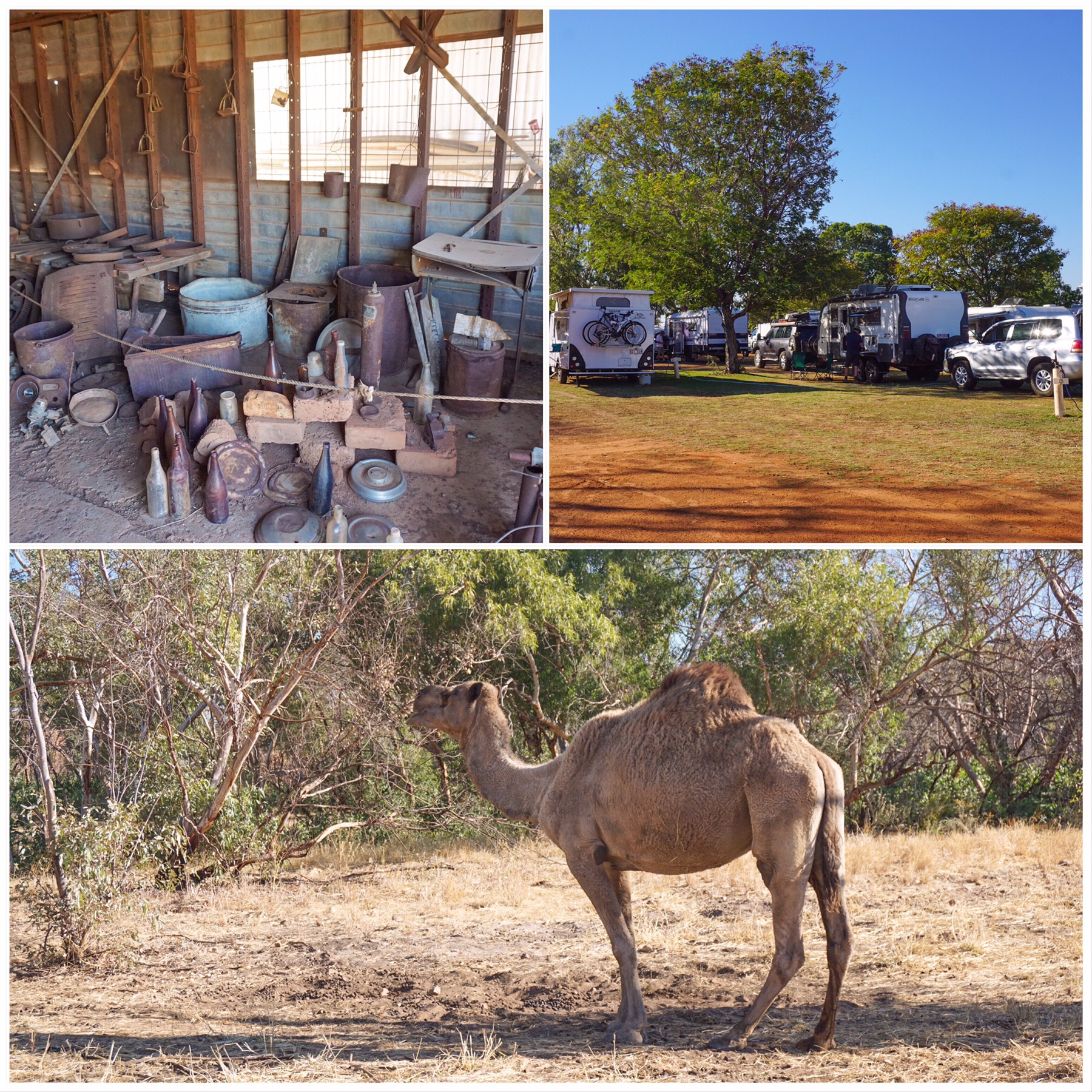 It is amazing how many caravans are on the road – it is not even school holidays any more, and everywhere is heaving. Stations like this are literally raking the money in. We park in rows in a paddock, each van having access to water, a shower and toilet block, and a country music singer around the campfire at night. All this for $20 a van – that’ll be around $1,500 dollars per night earned…not bad for a patch of dirt.
It is amazing how many caravans are on the road – it is not even school holidays any more, and everywhere is heaving. Stations like this are literally raking the money in. We park in rows in a paddock, each van having access to water, a shower and toilet block, and a country music singer around the campfire at night. All this for $20 a van – that’ll be around $1,500 dollars per night earned…not bad for a patch of dirt.